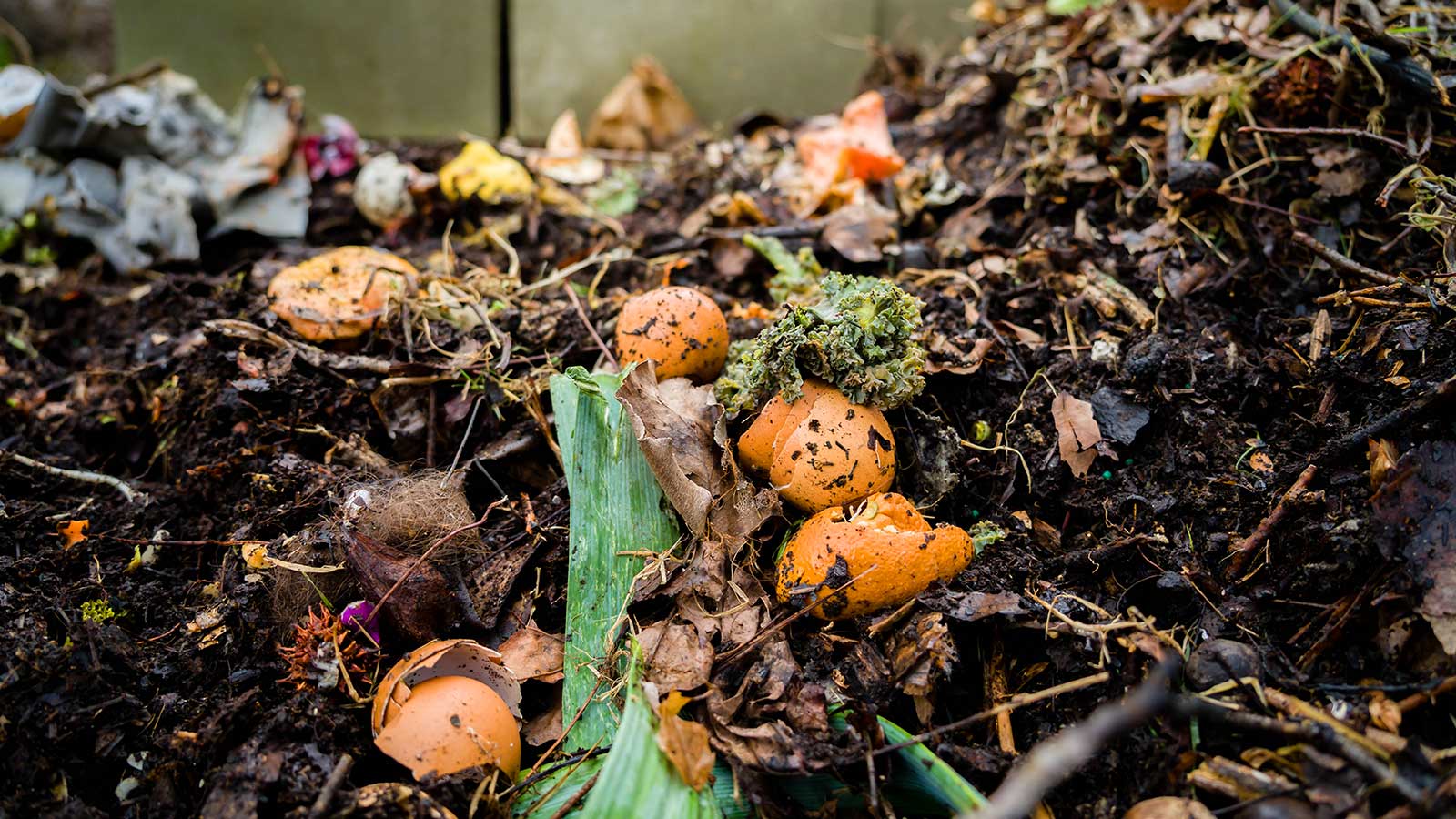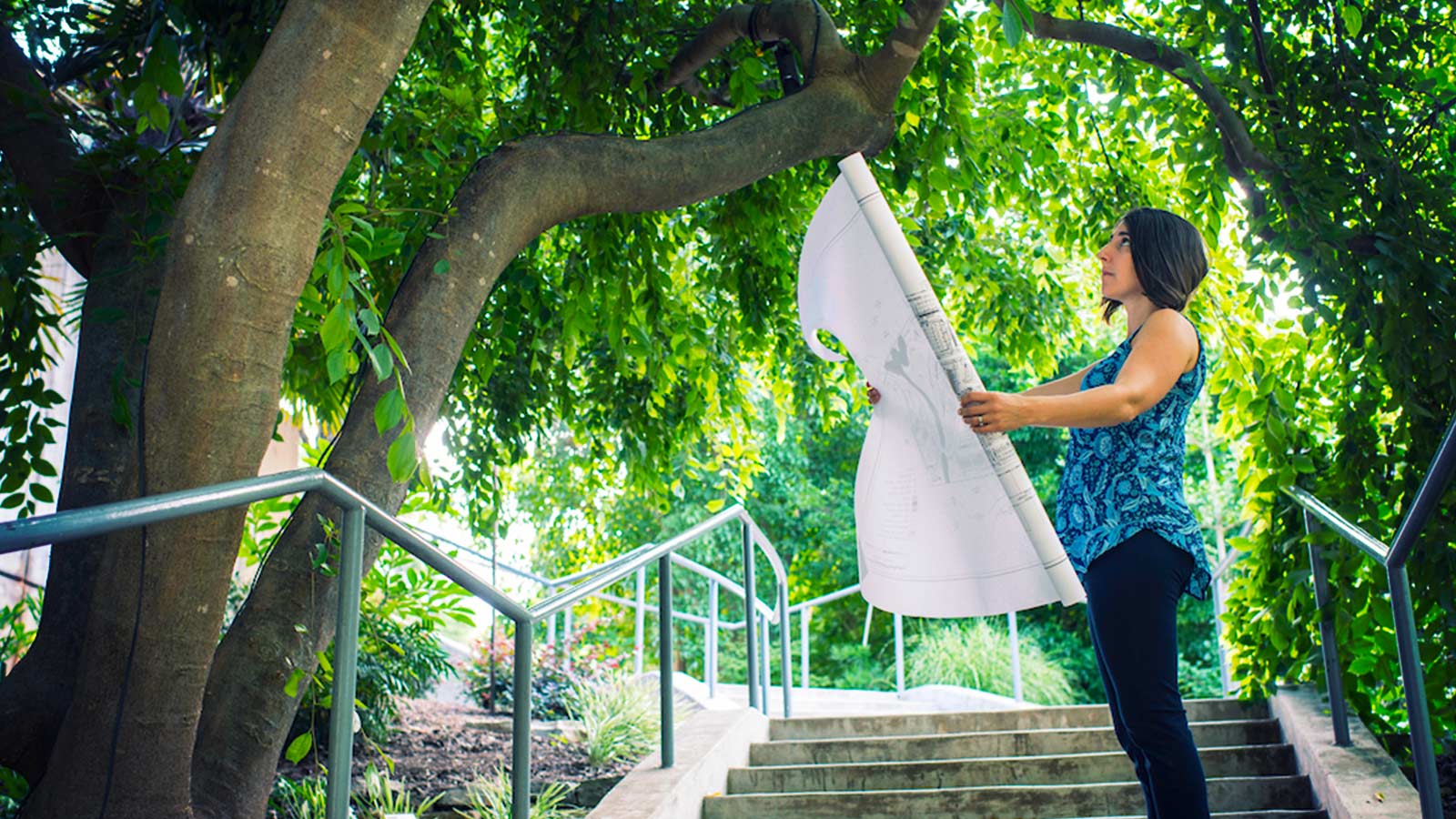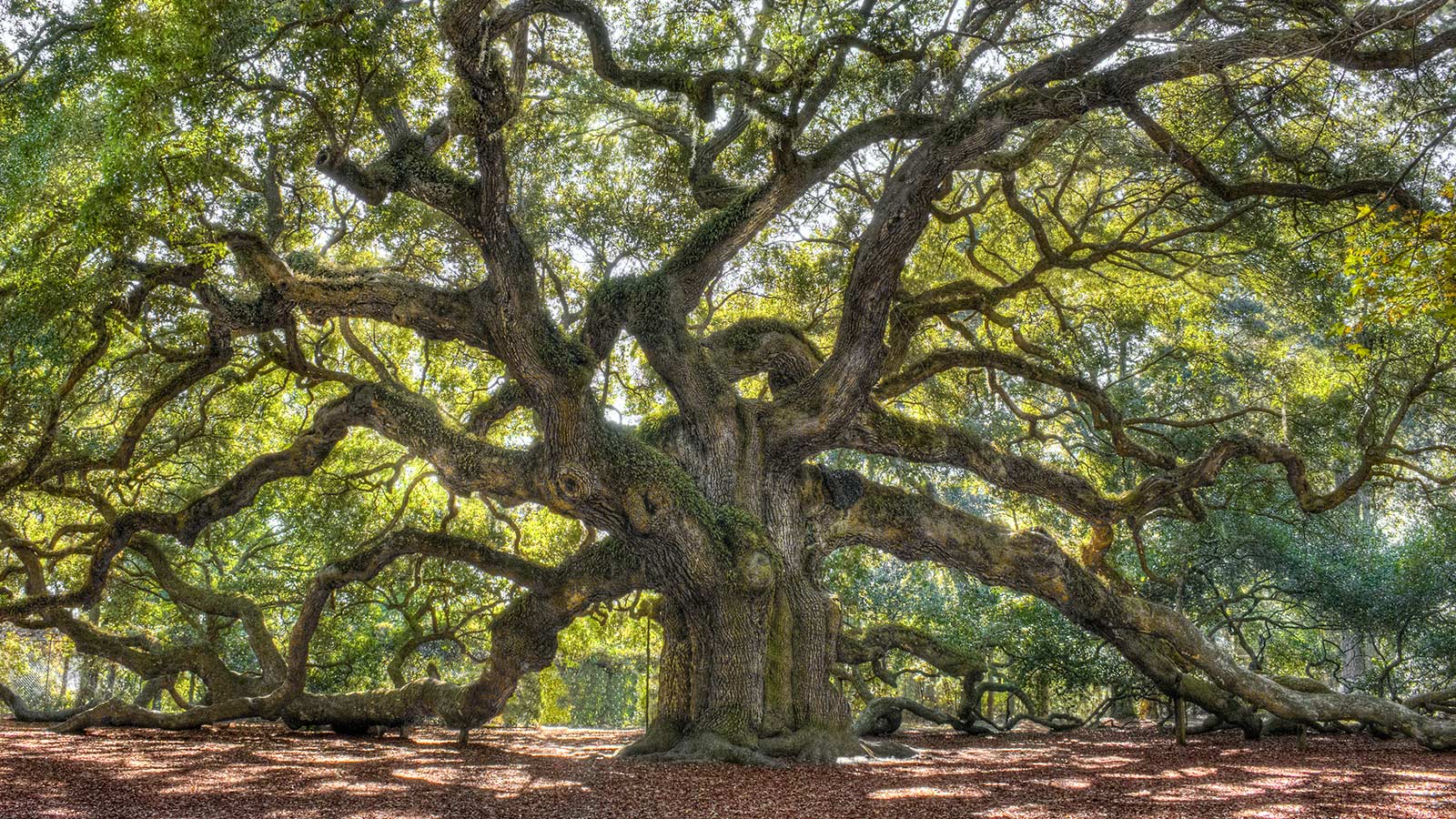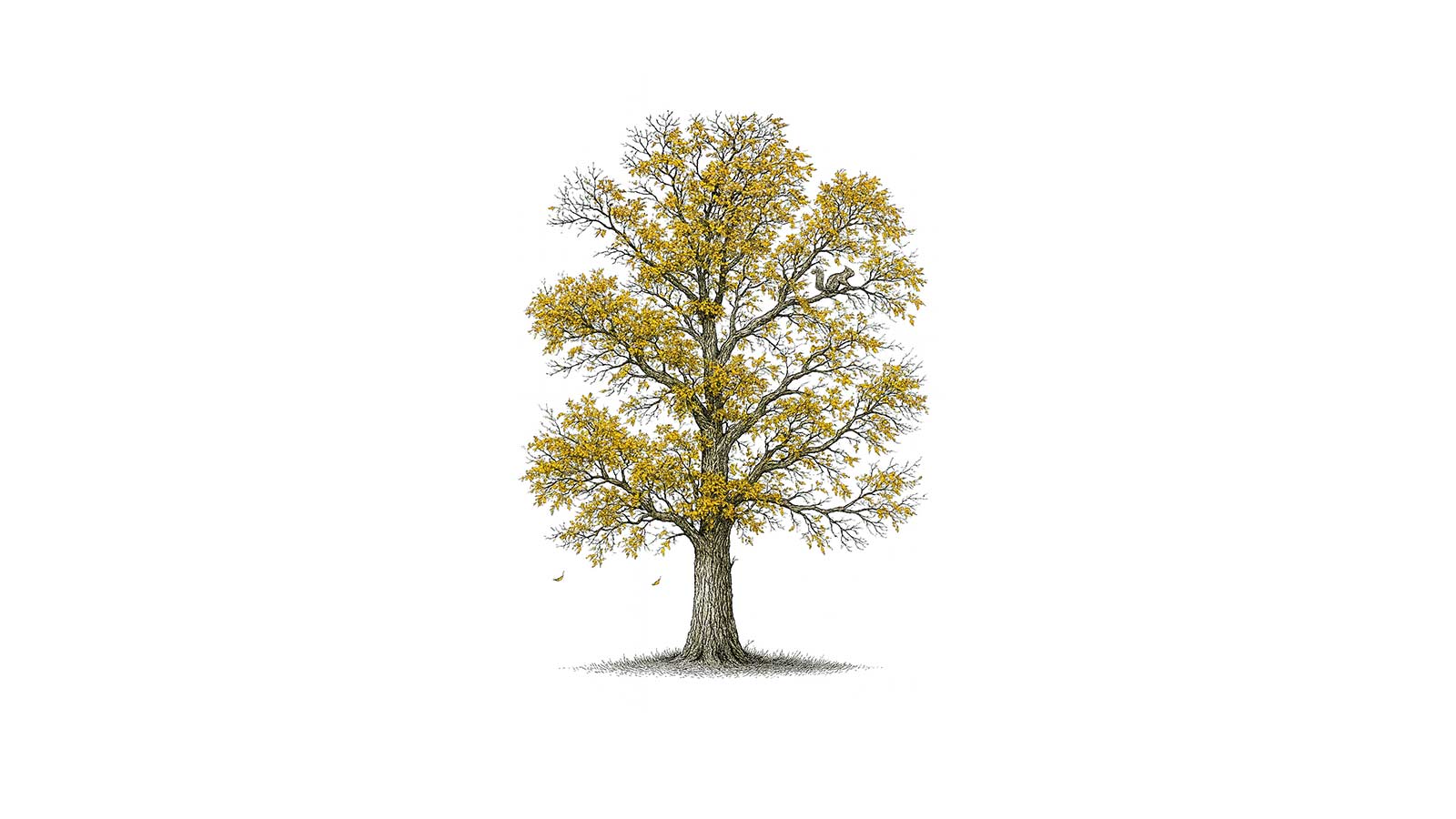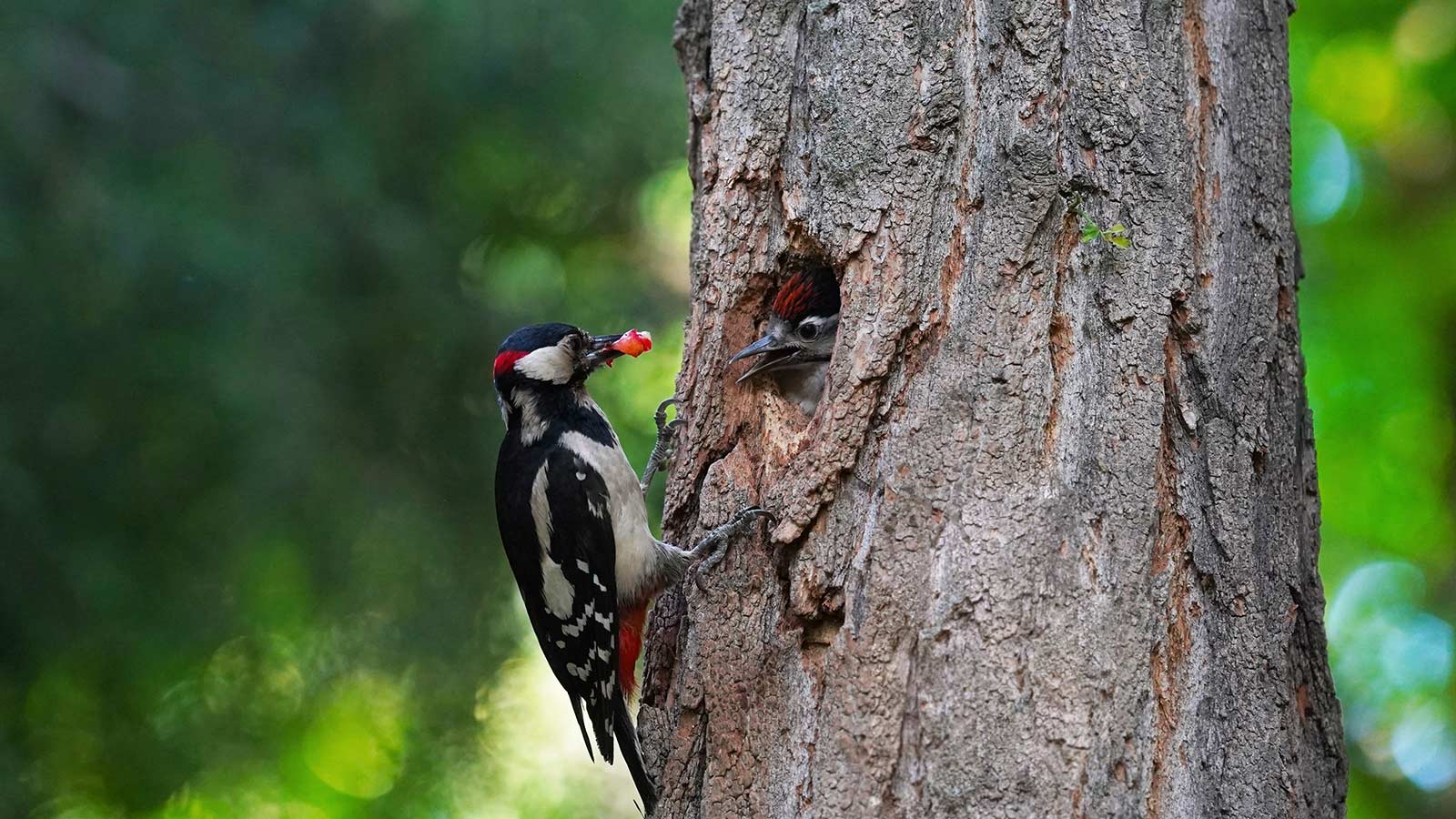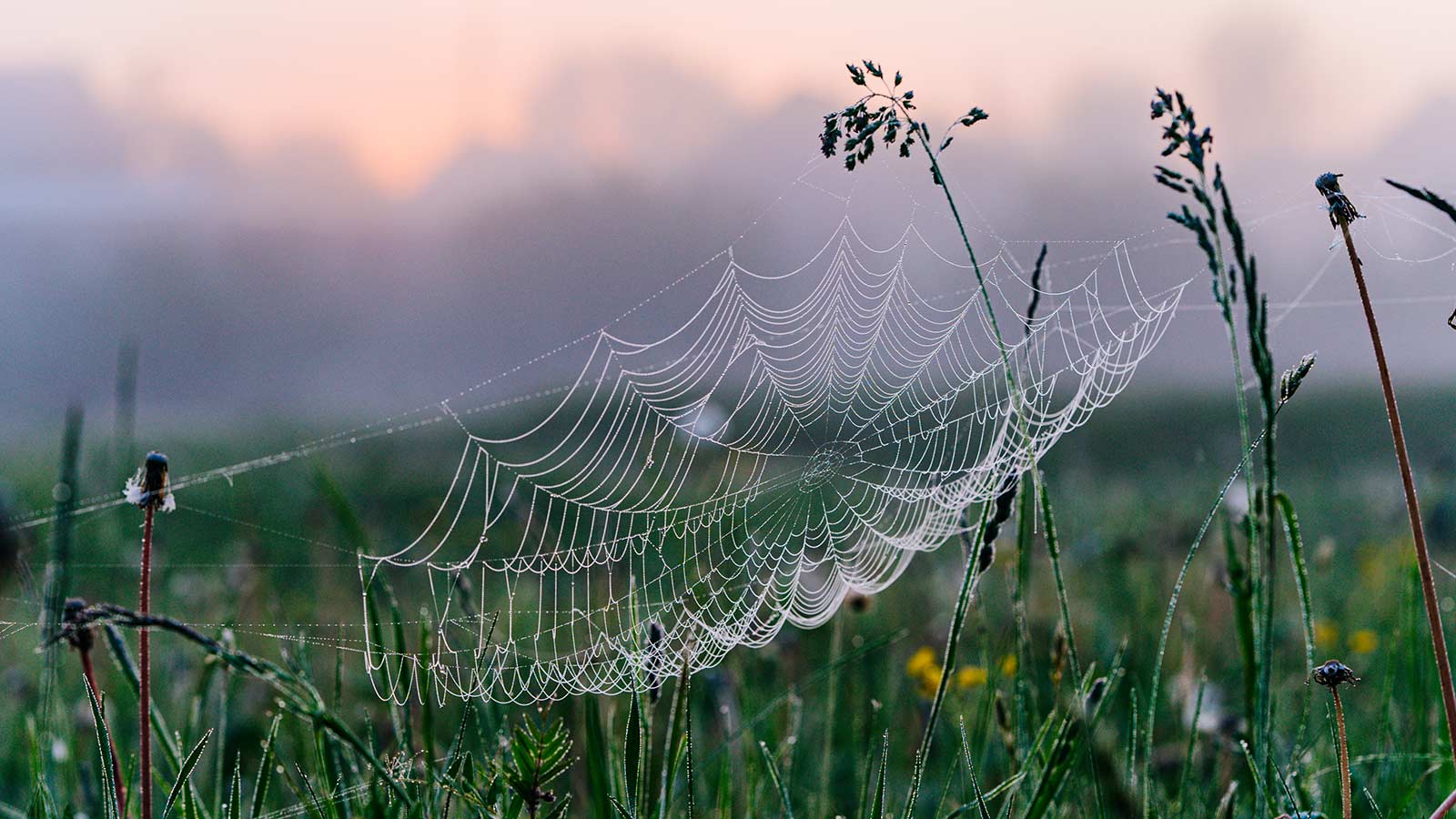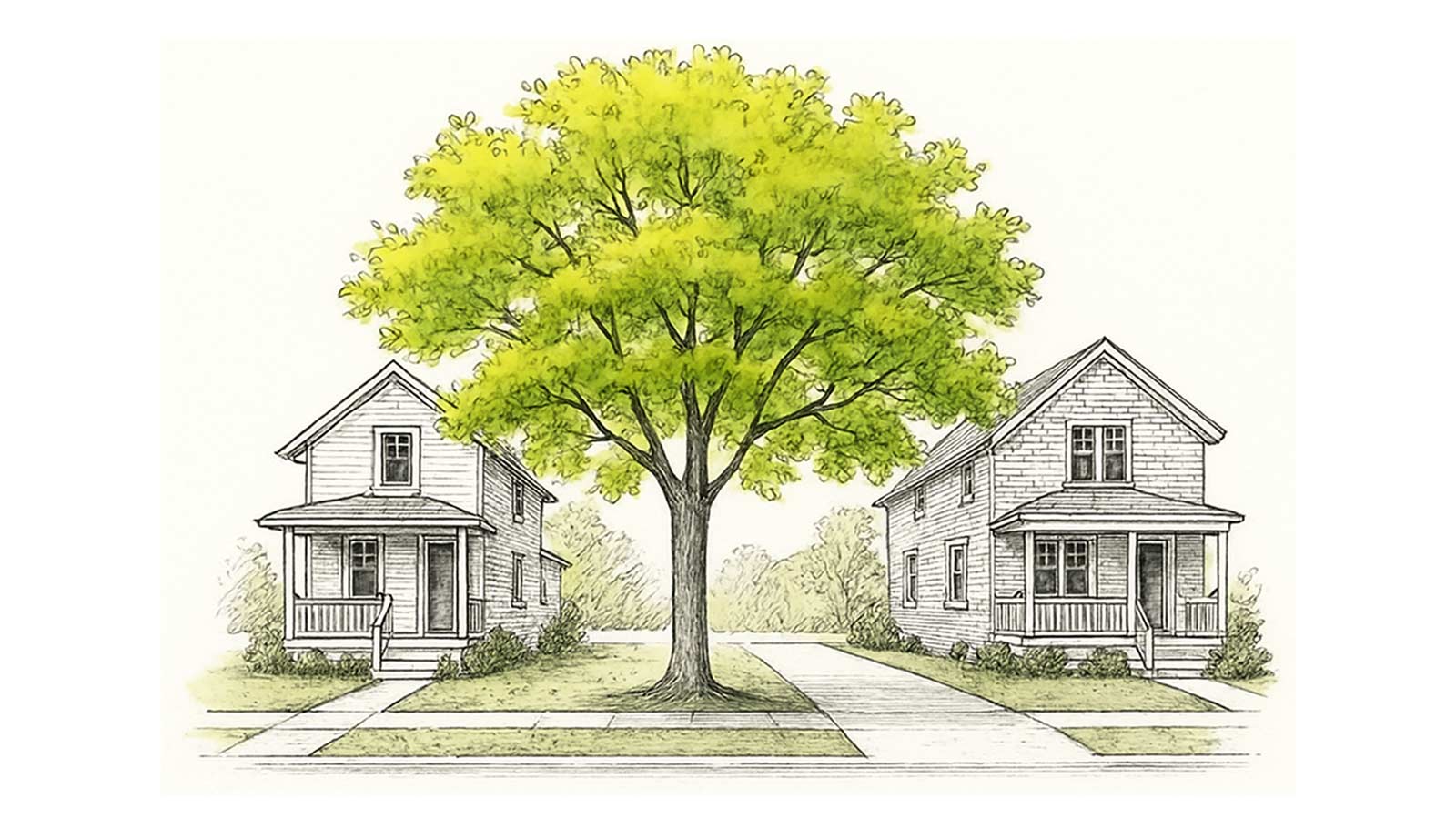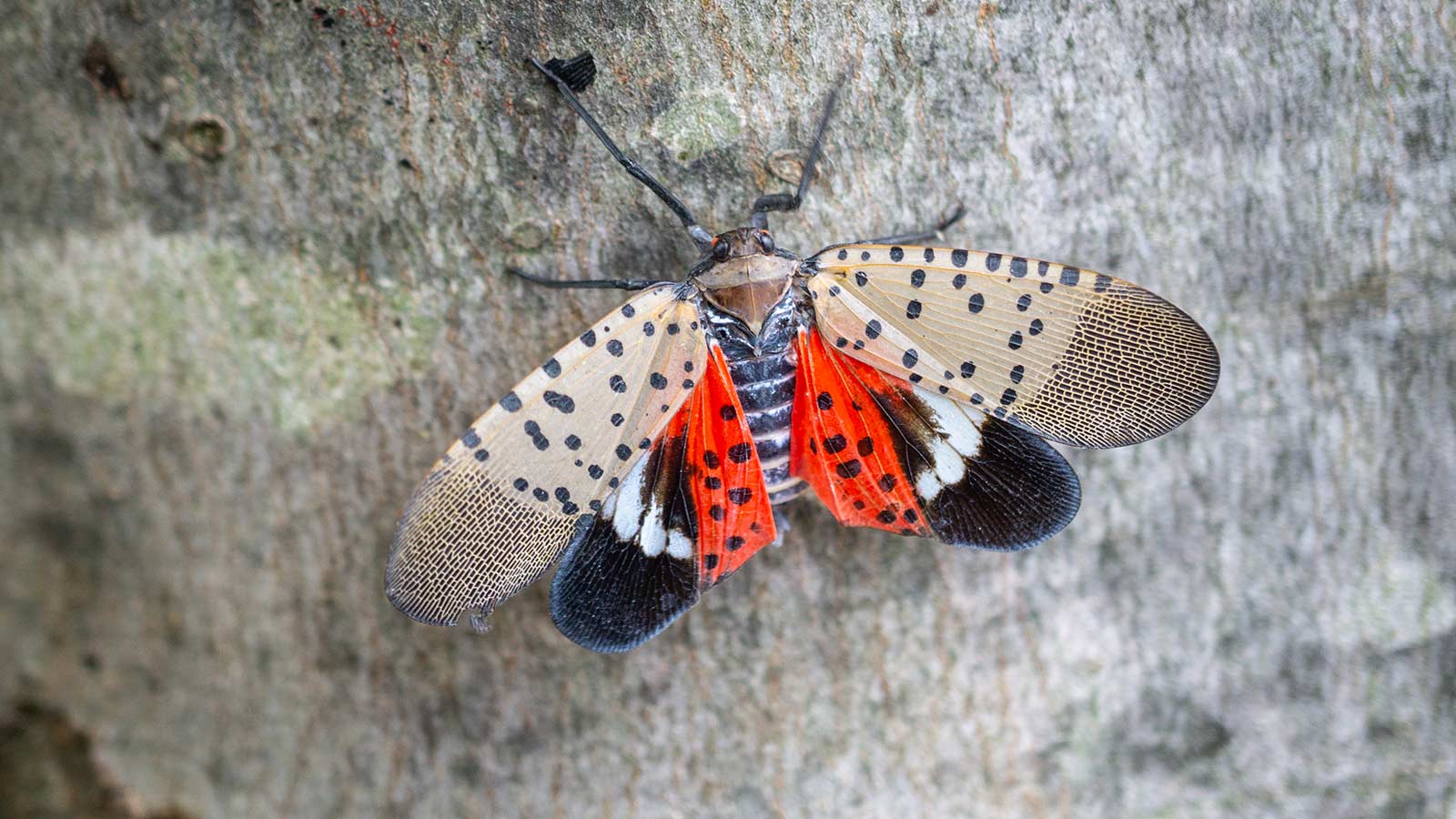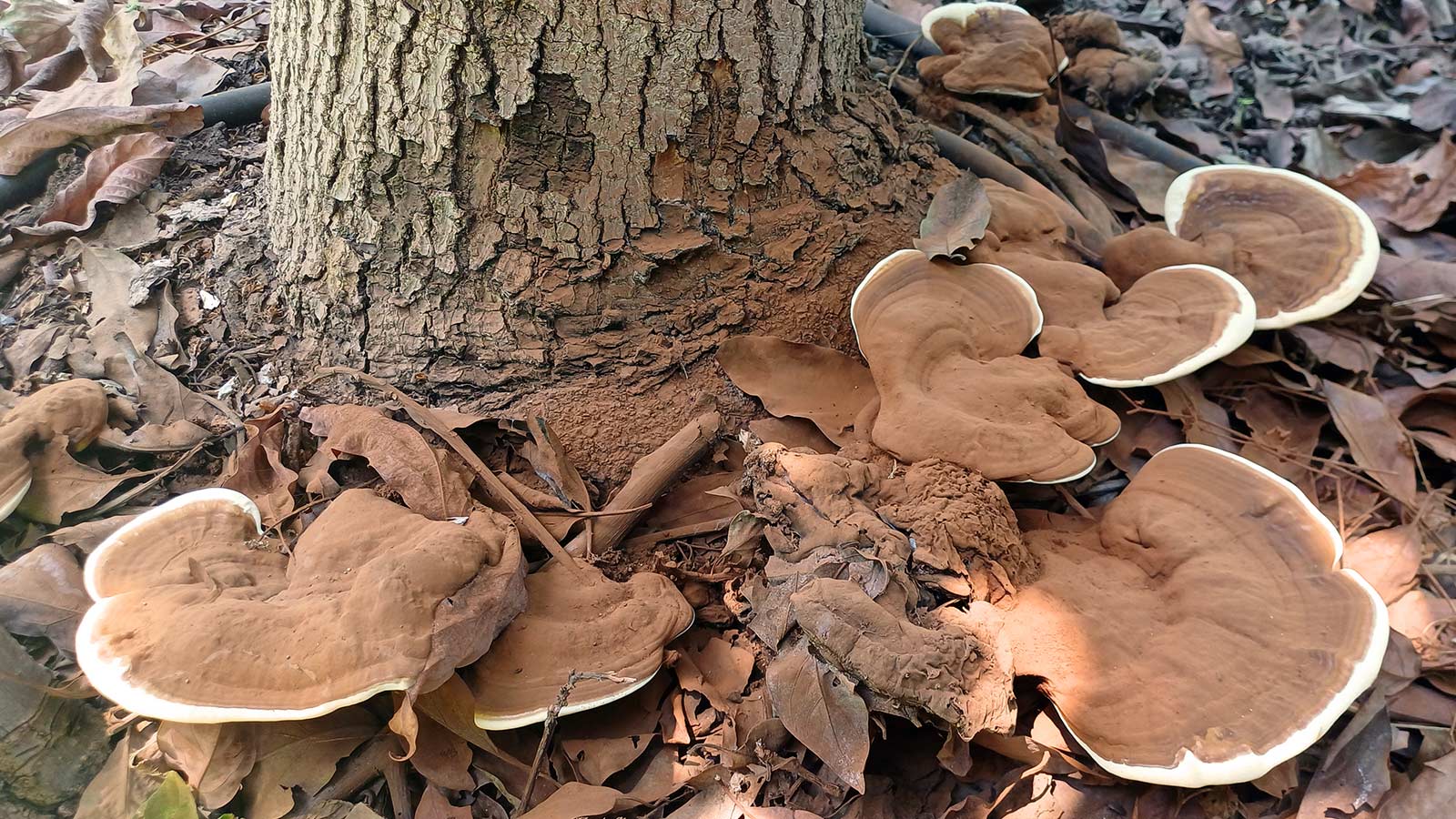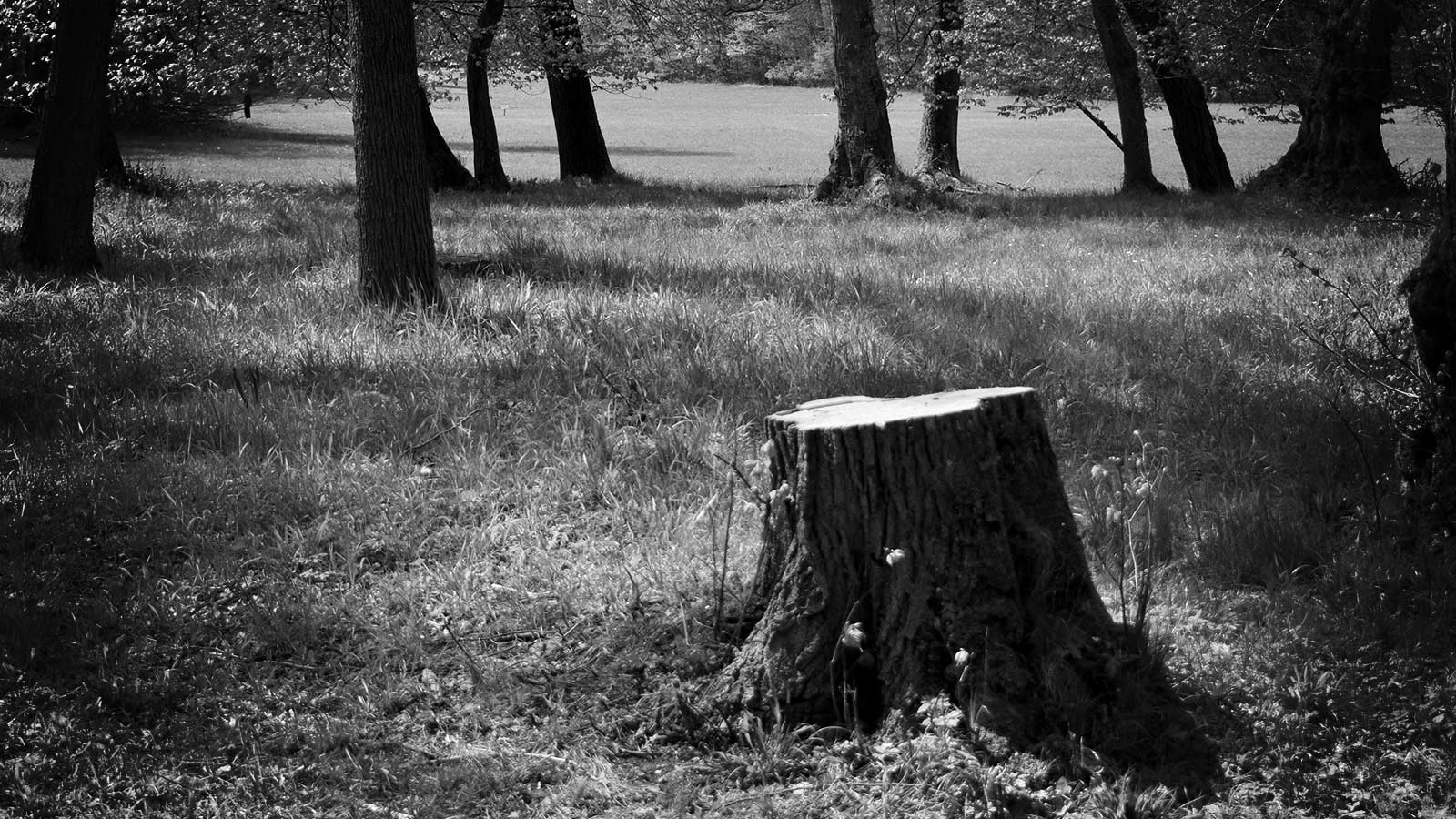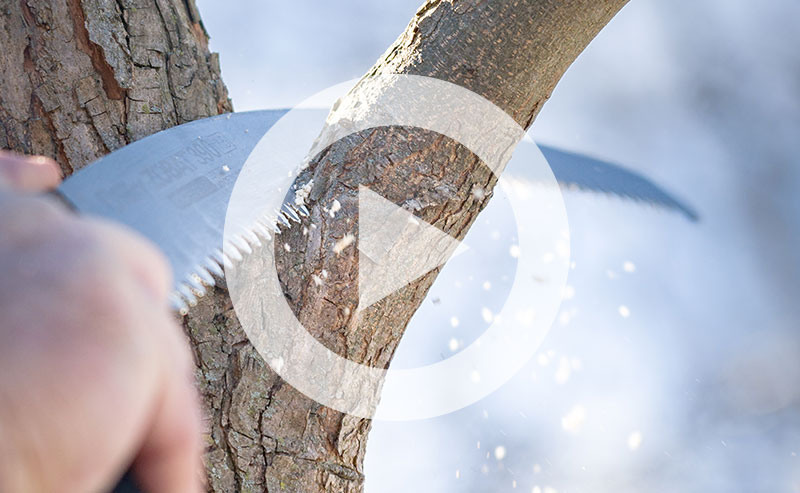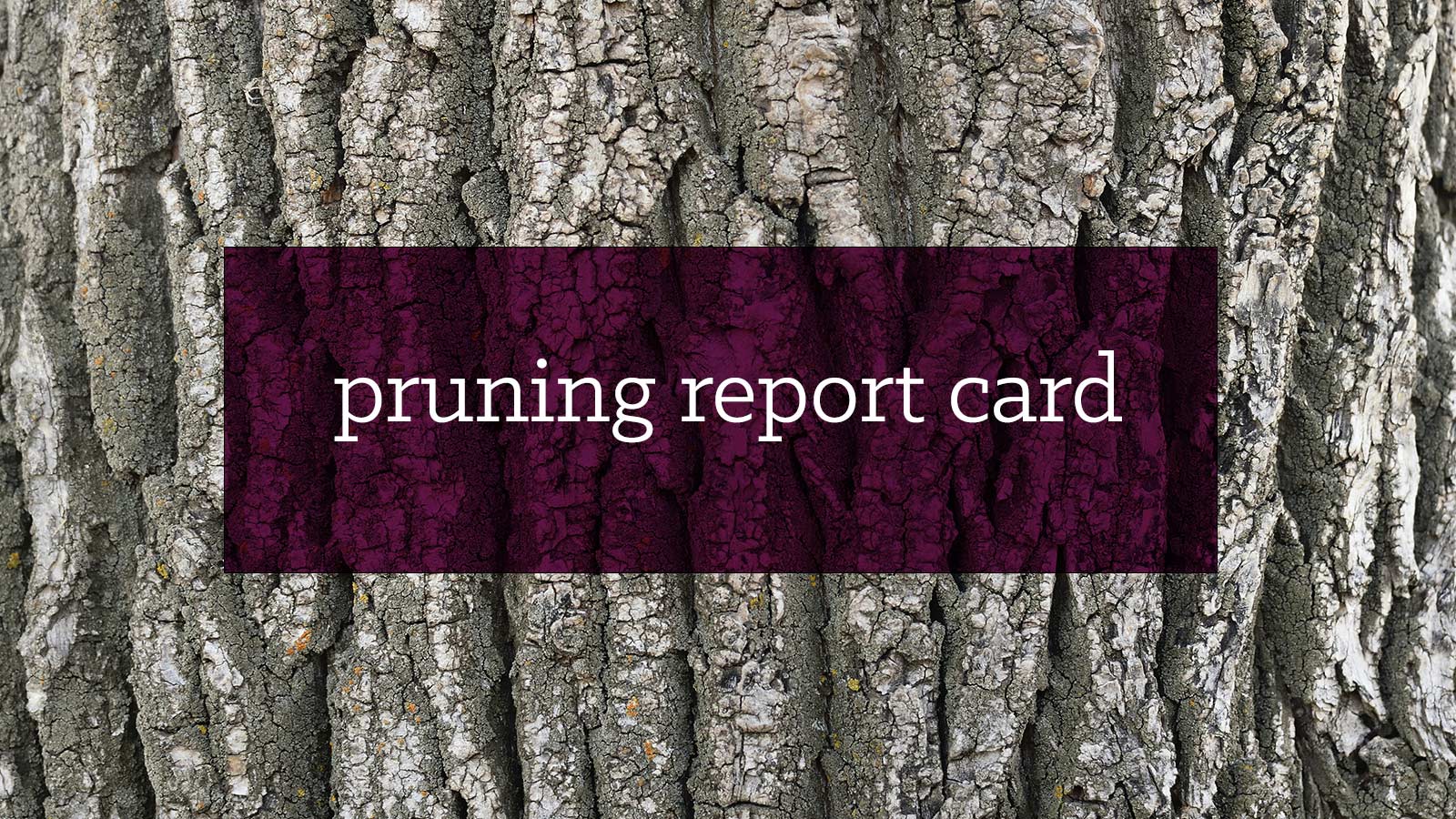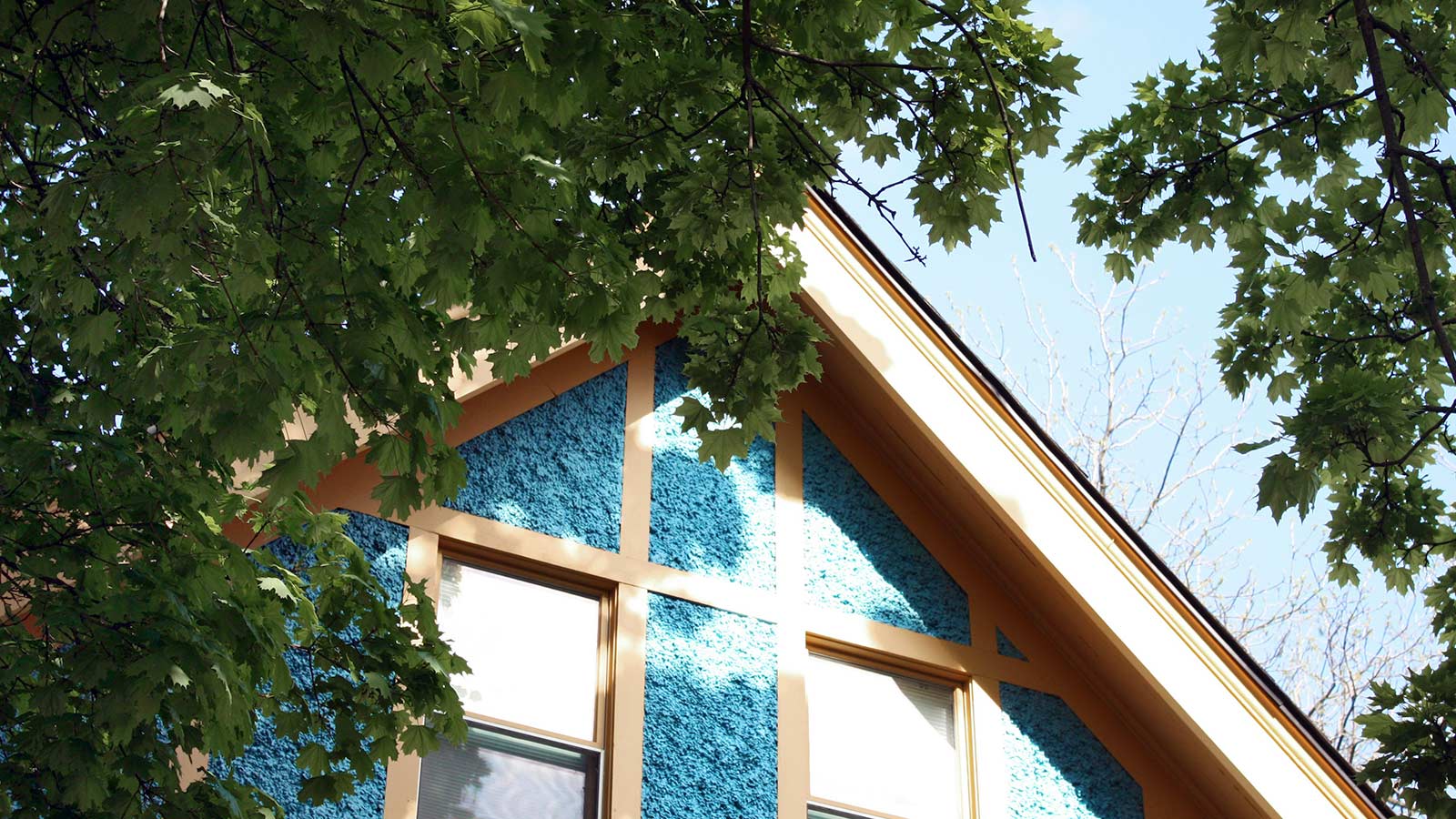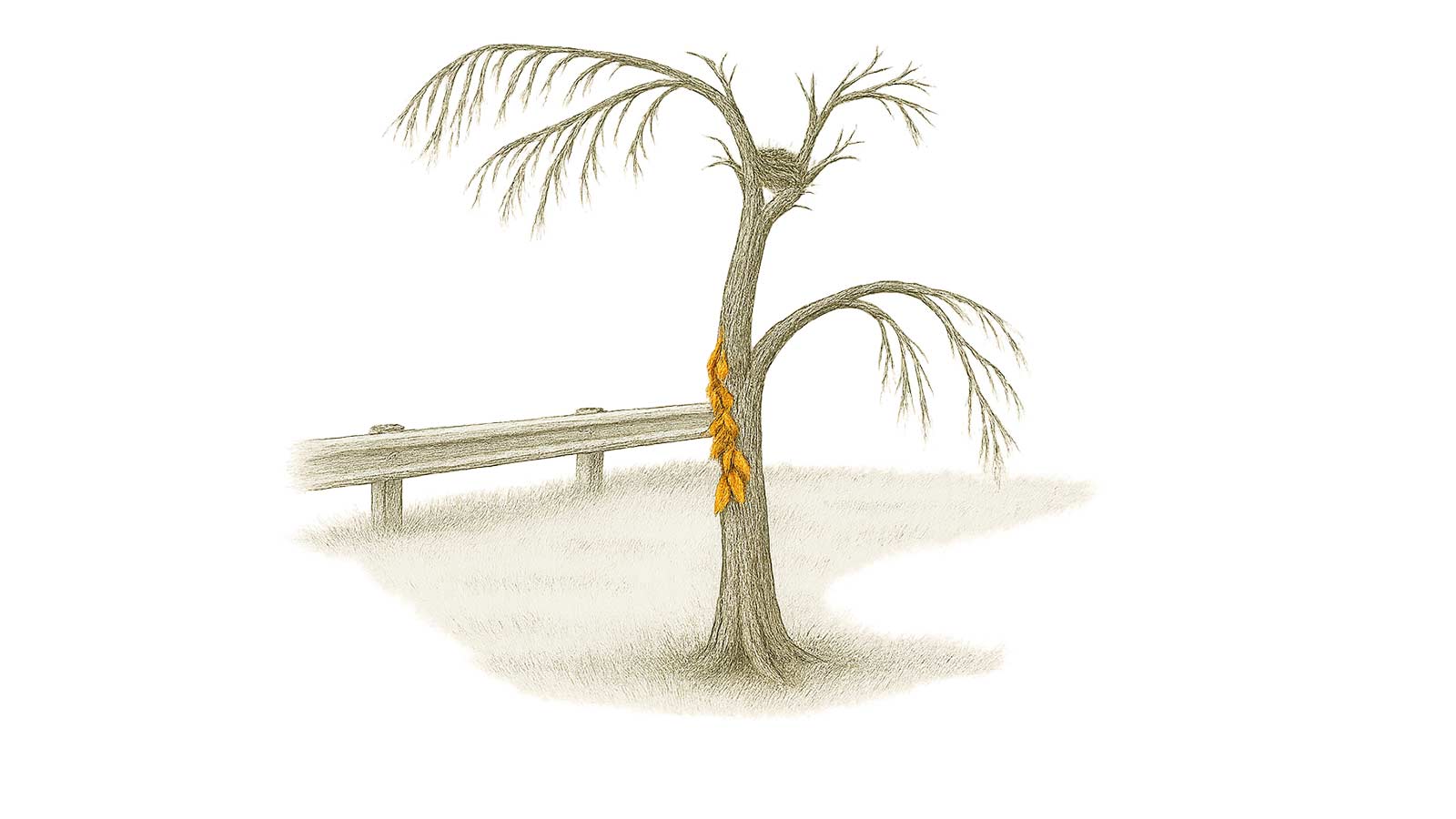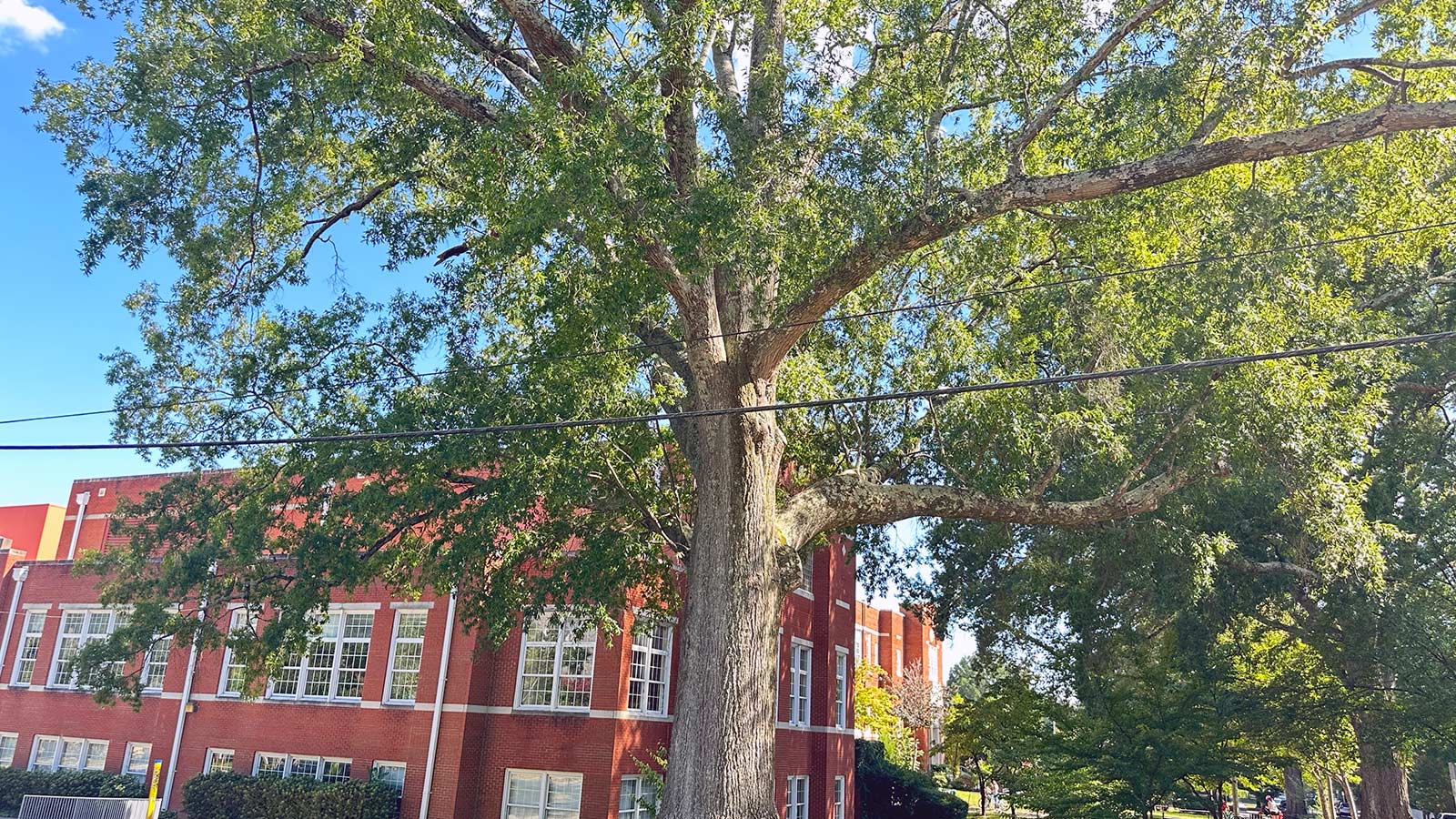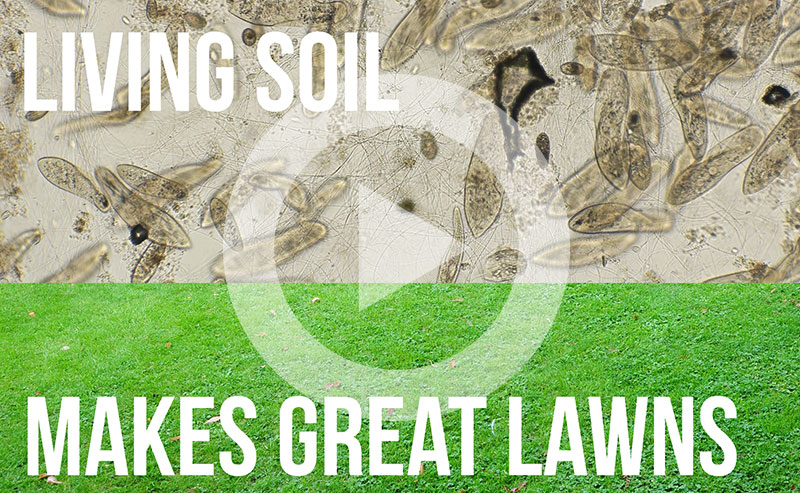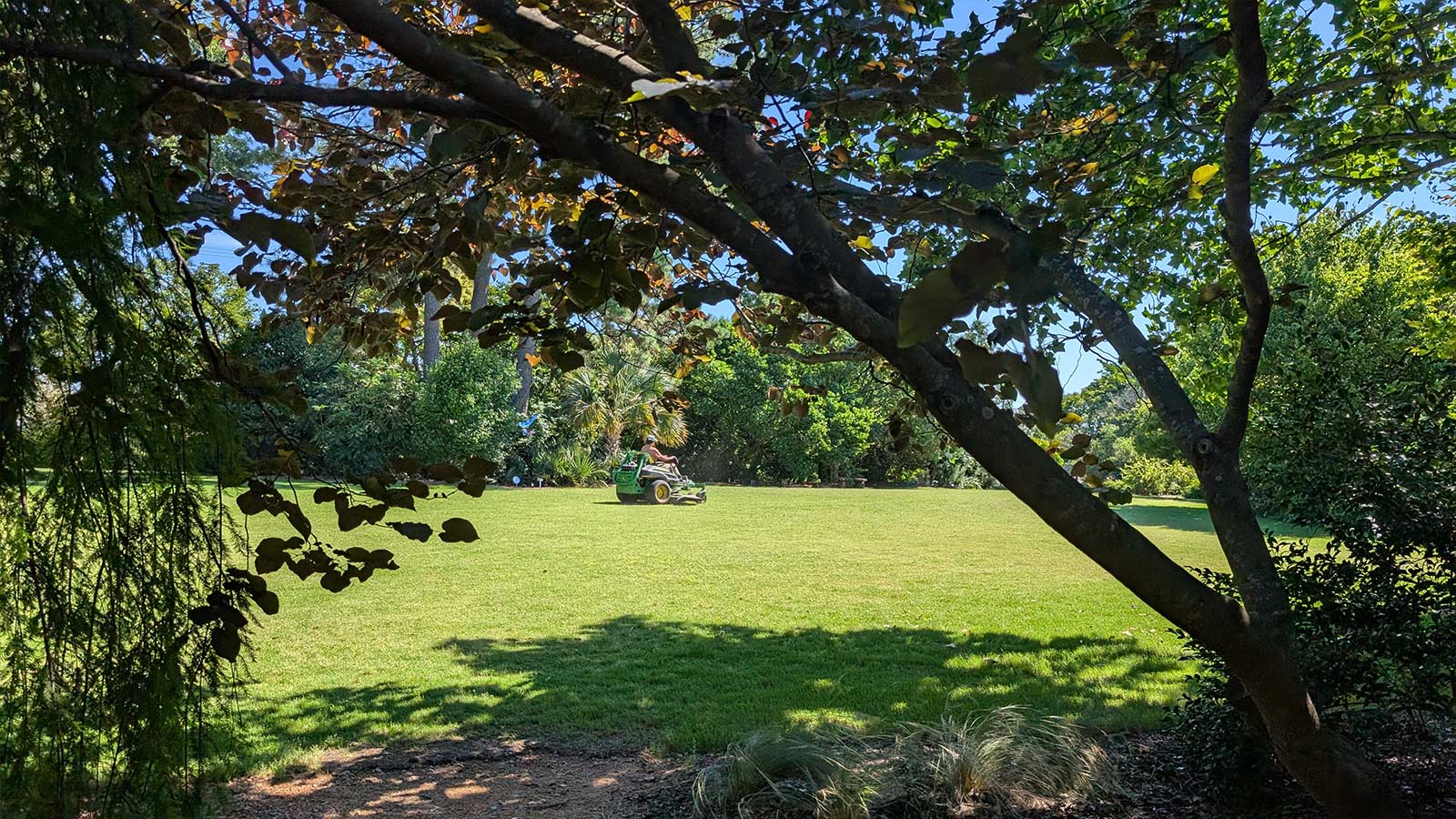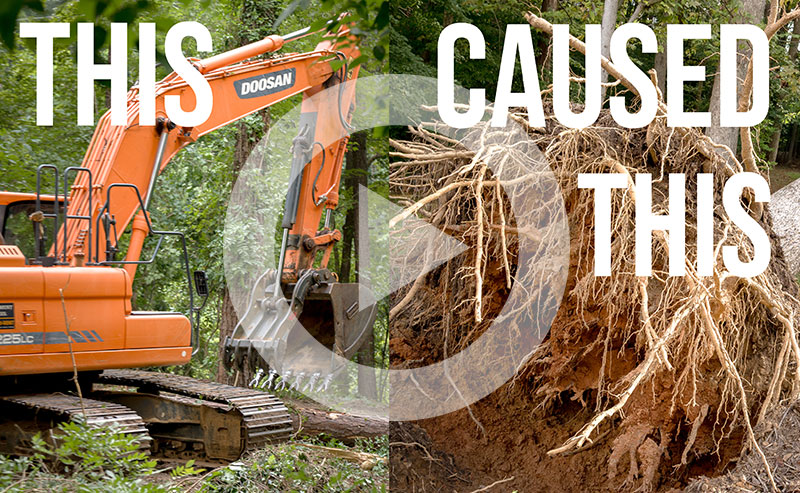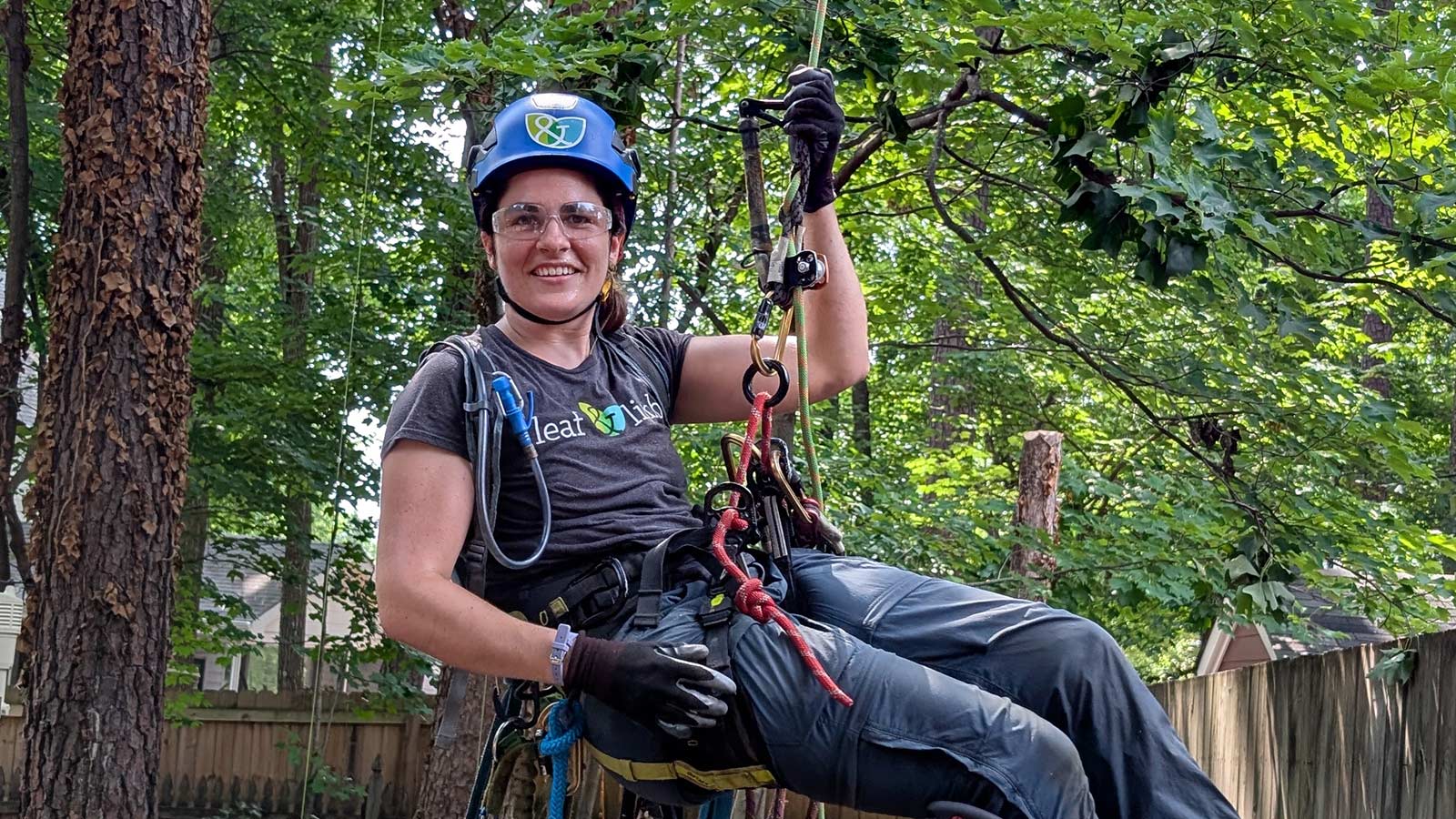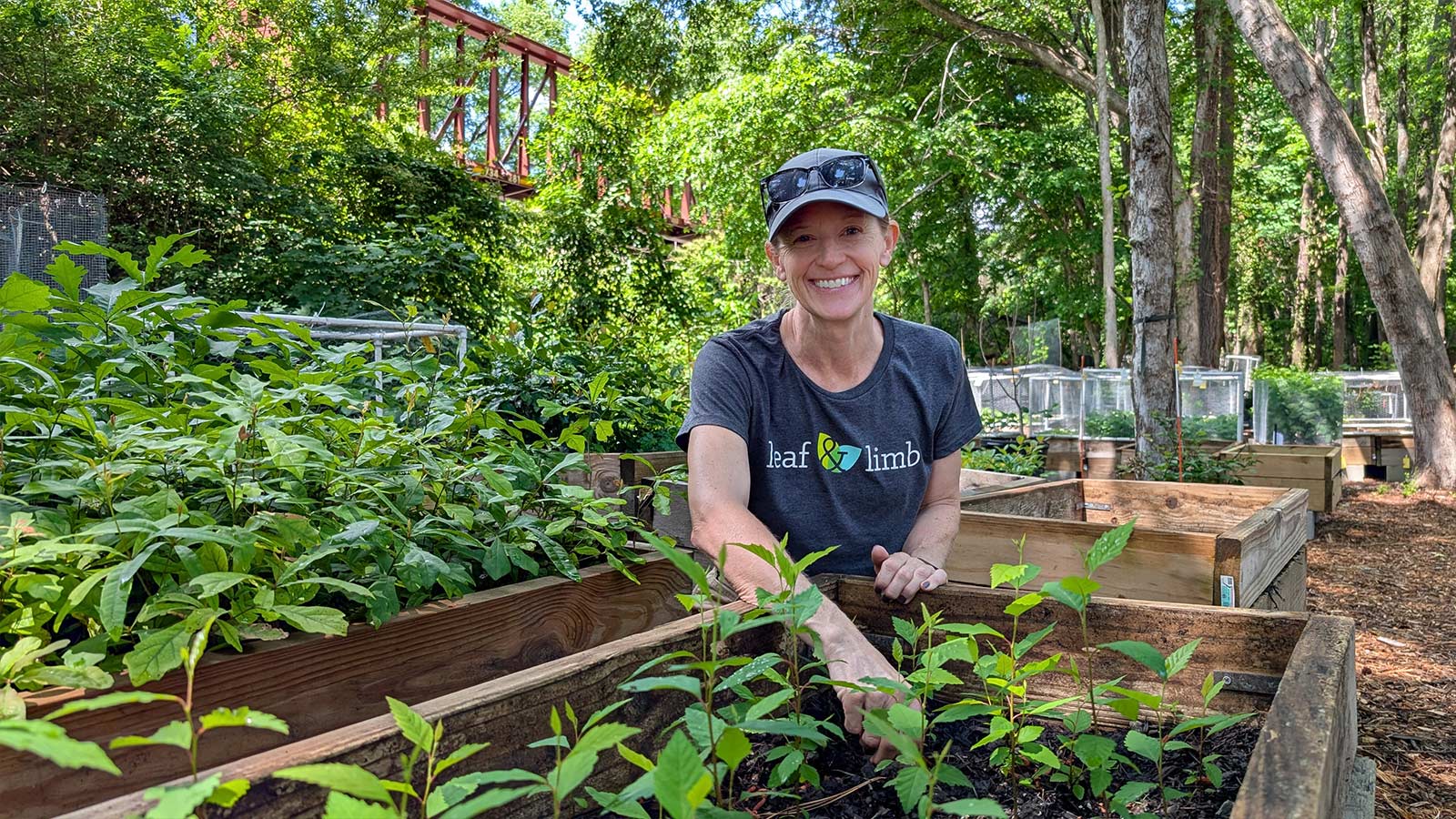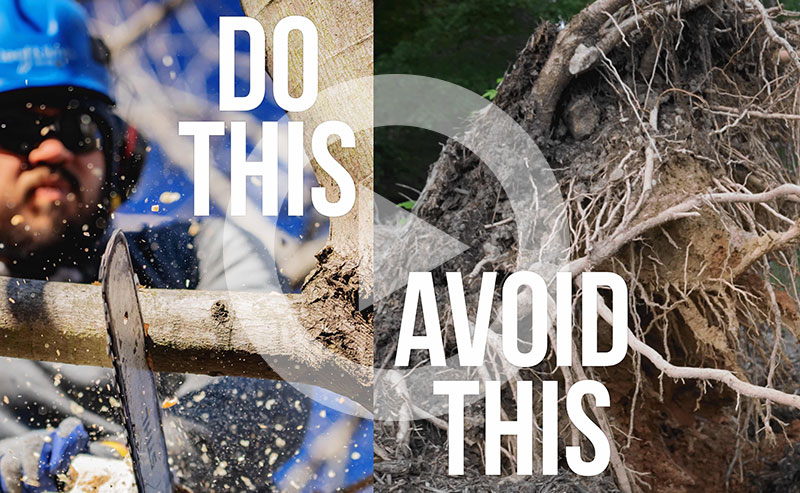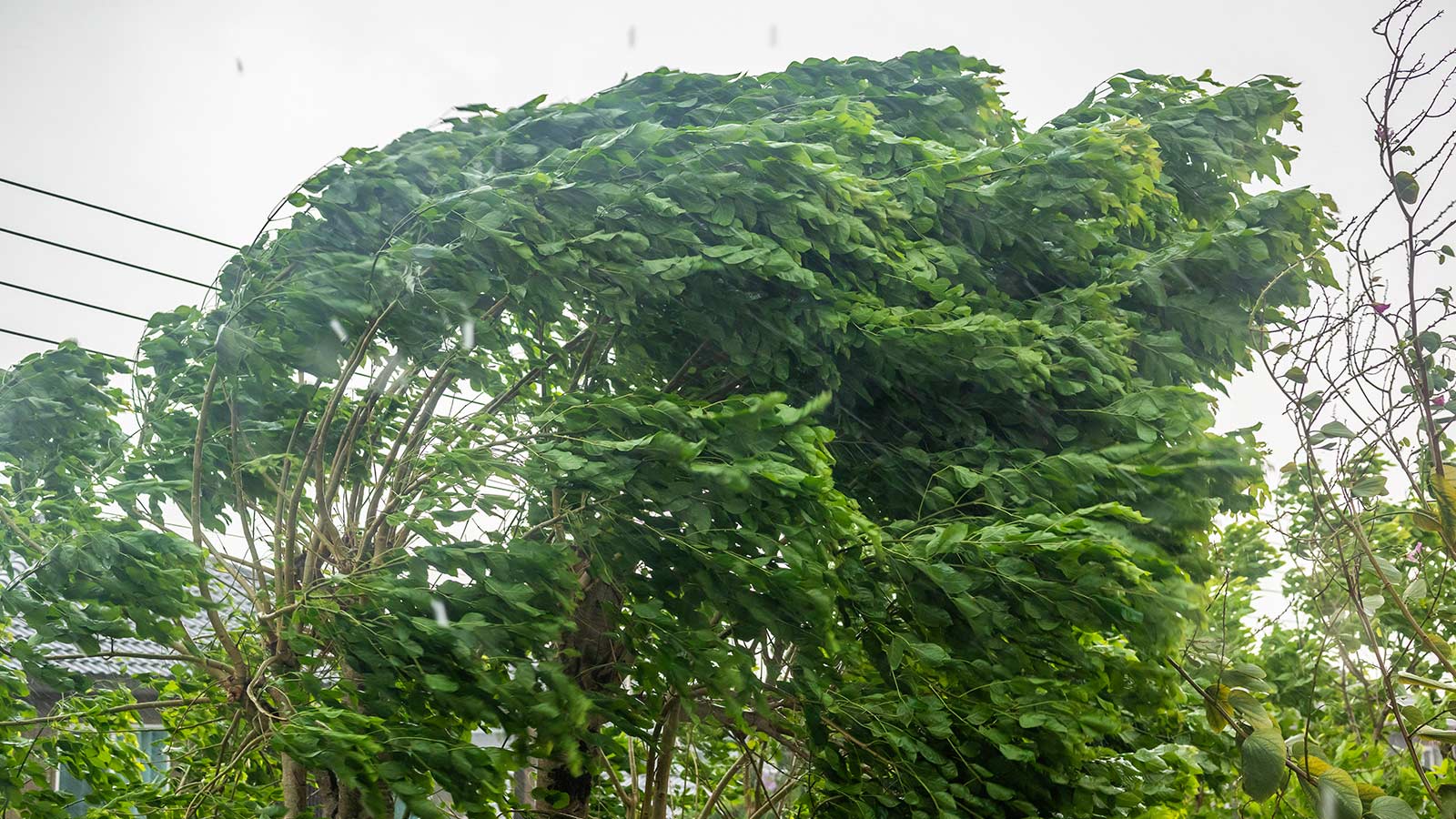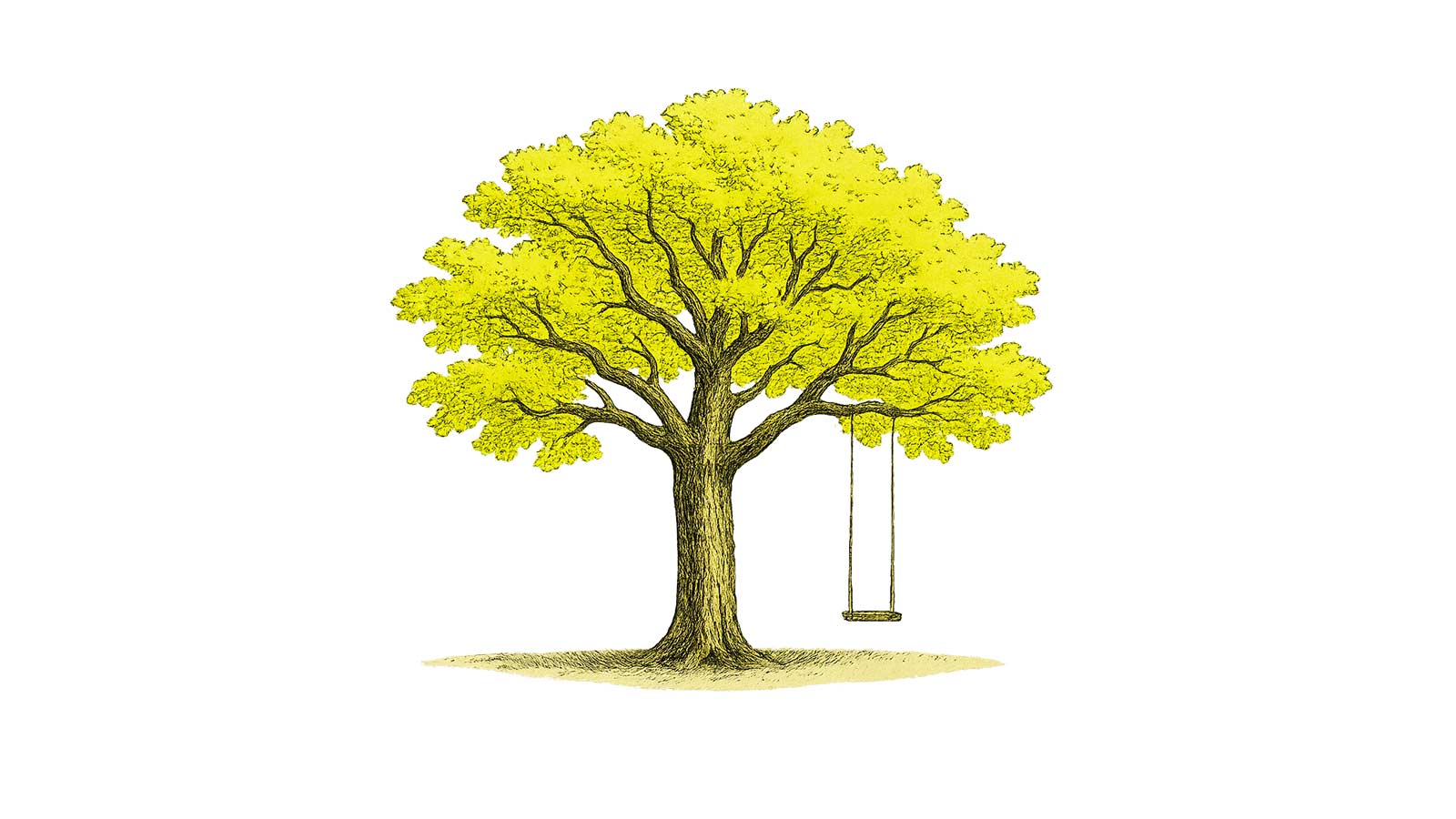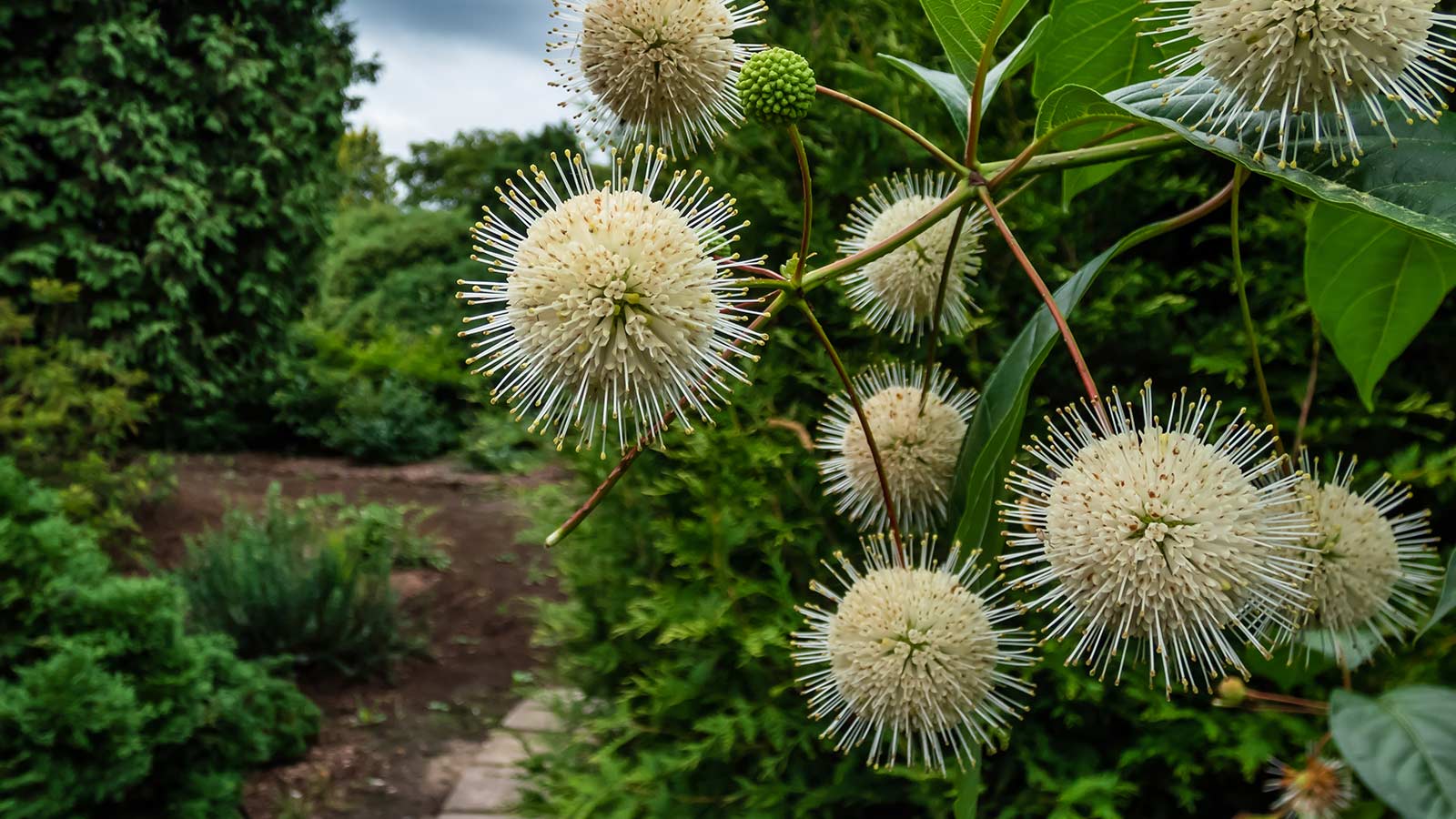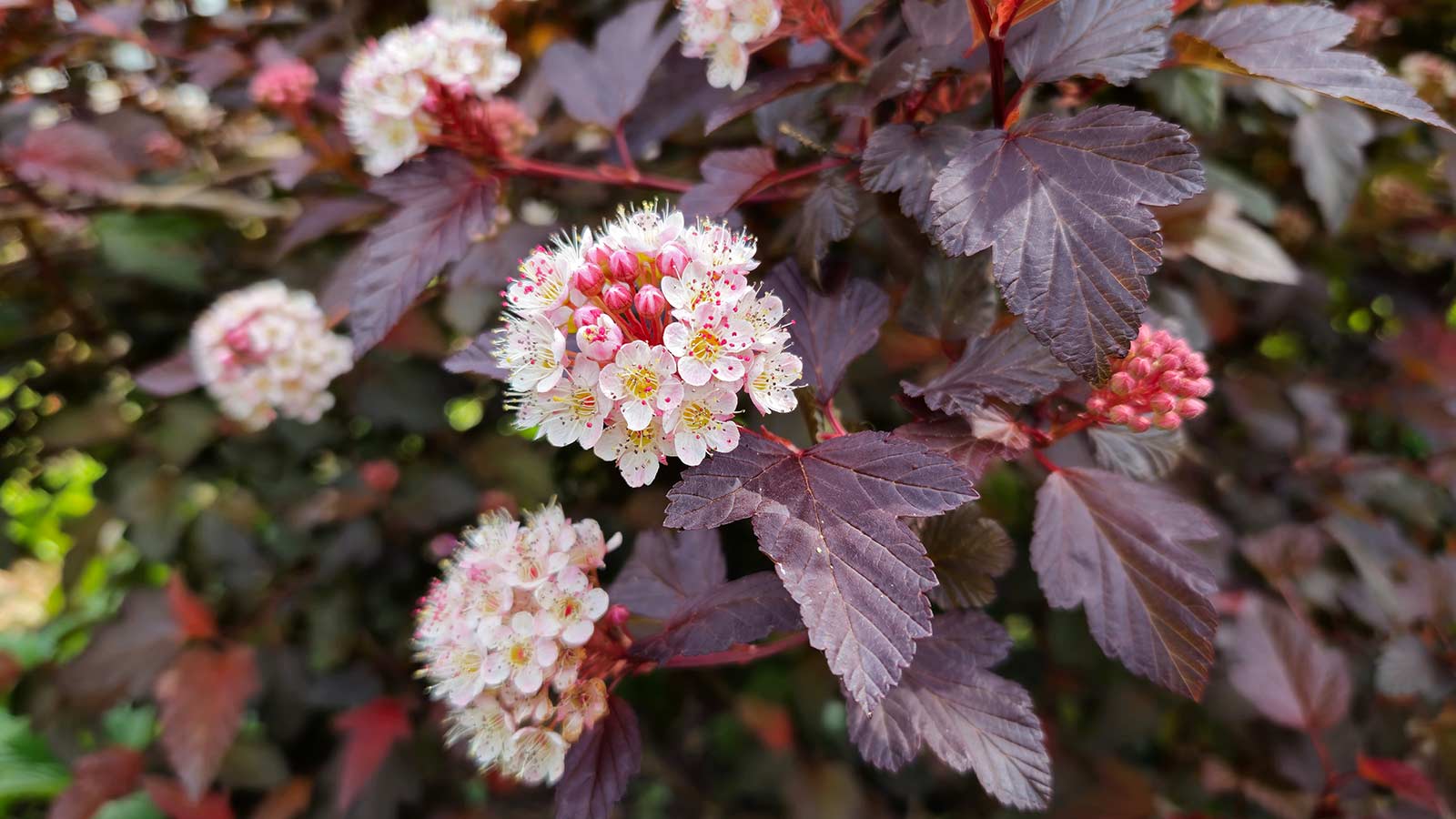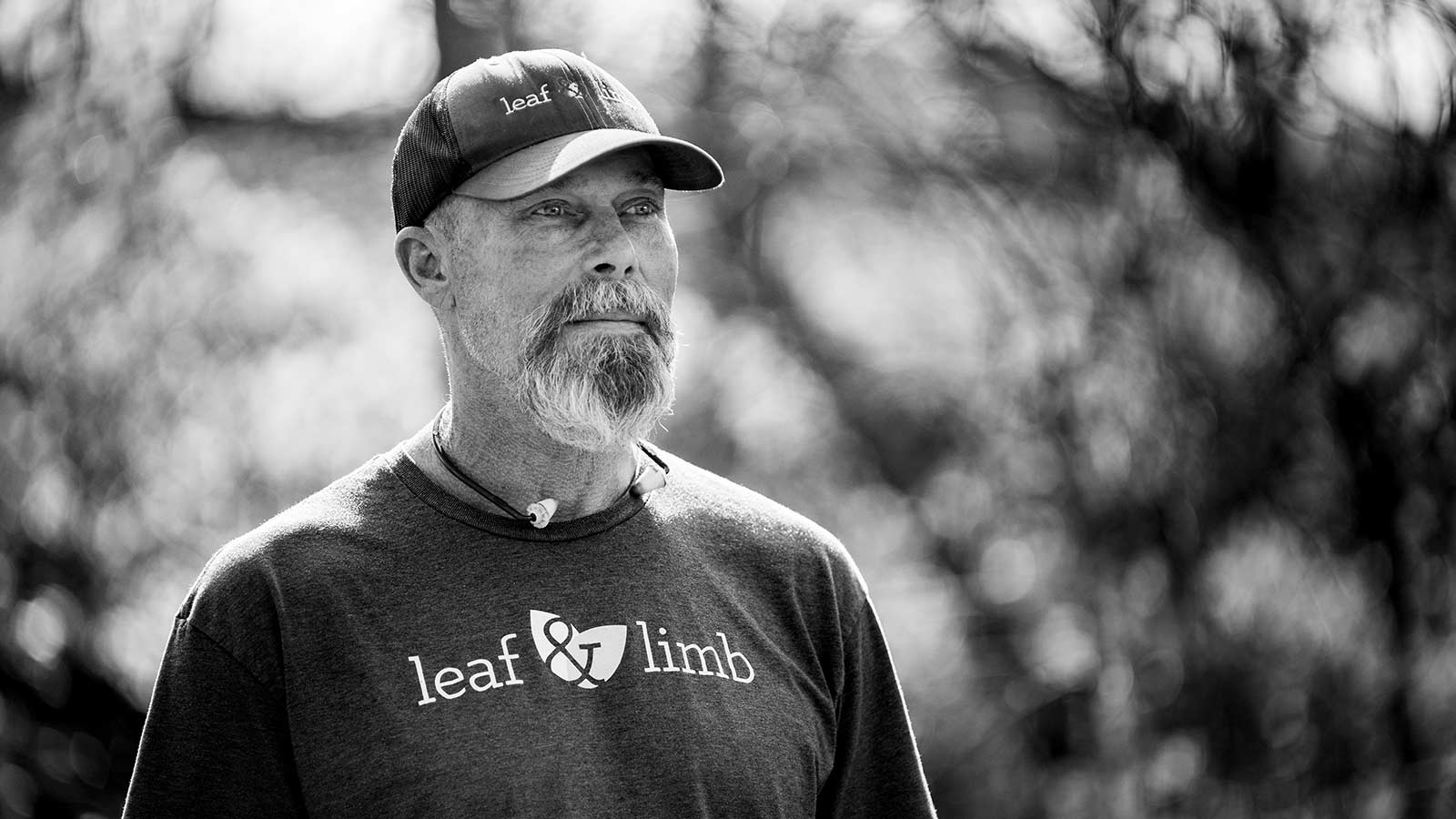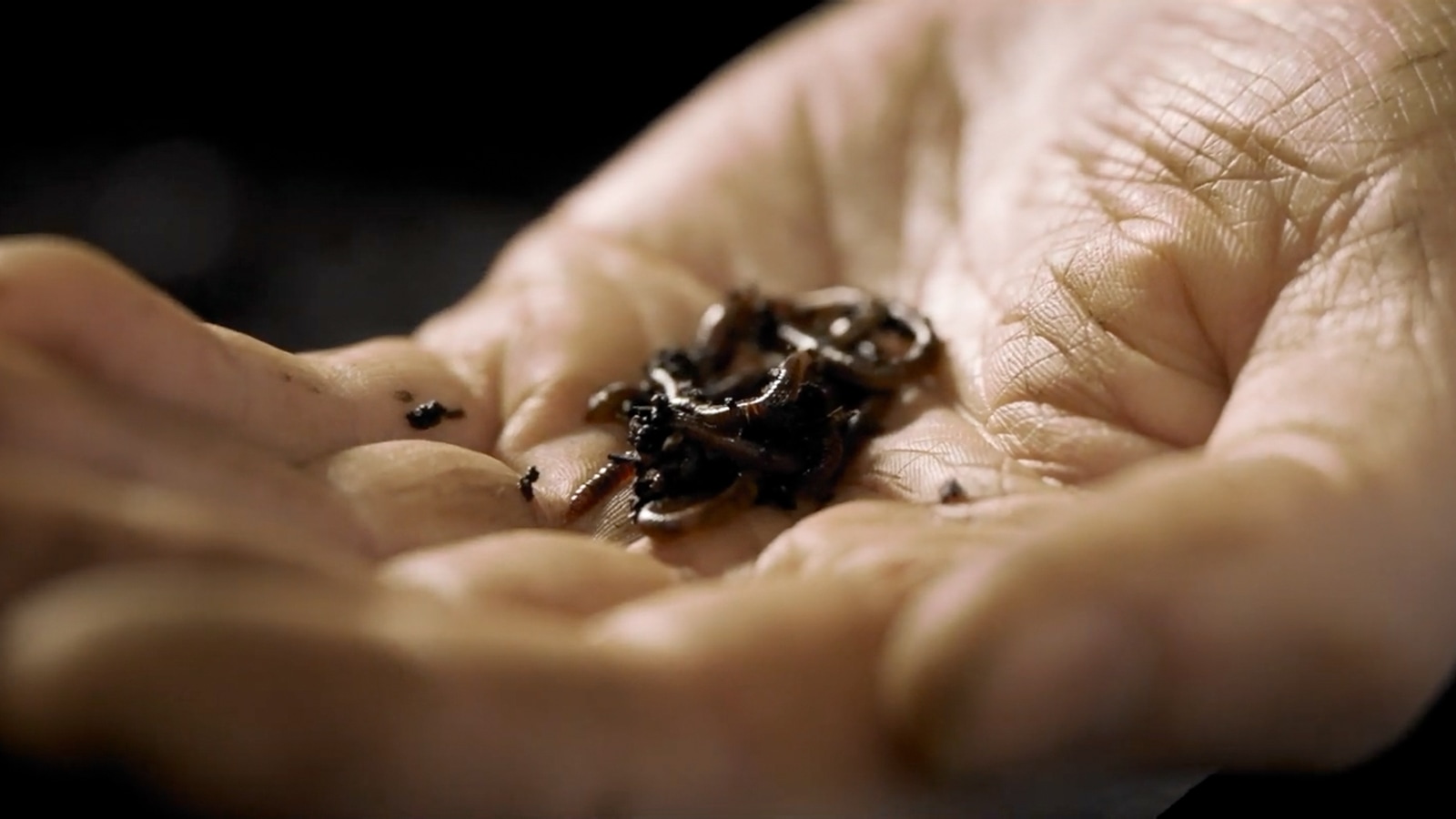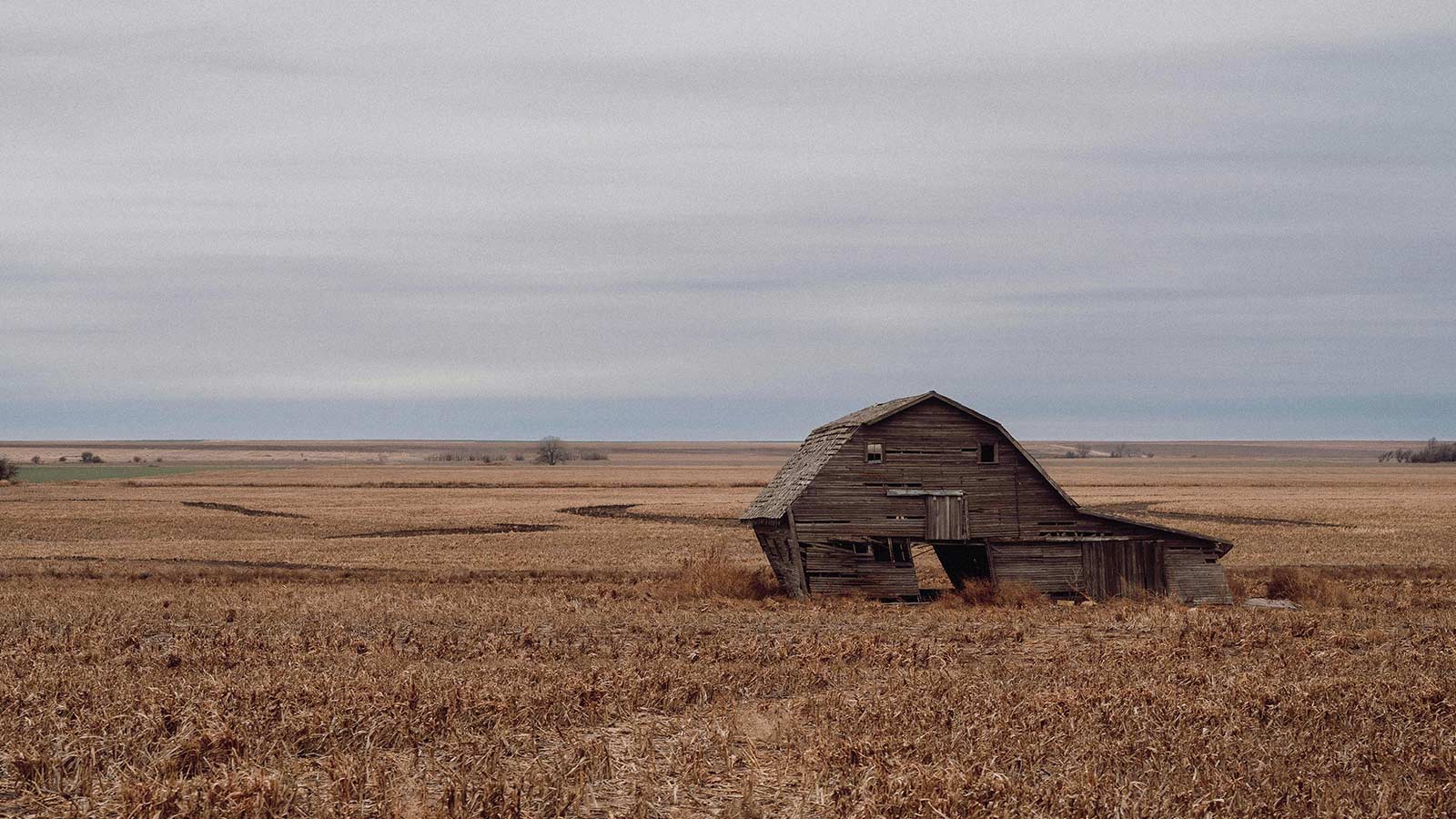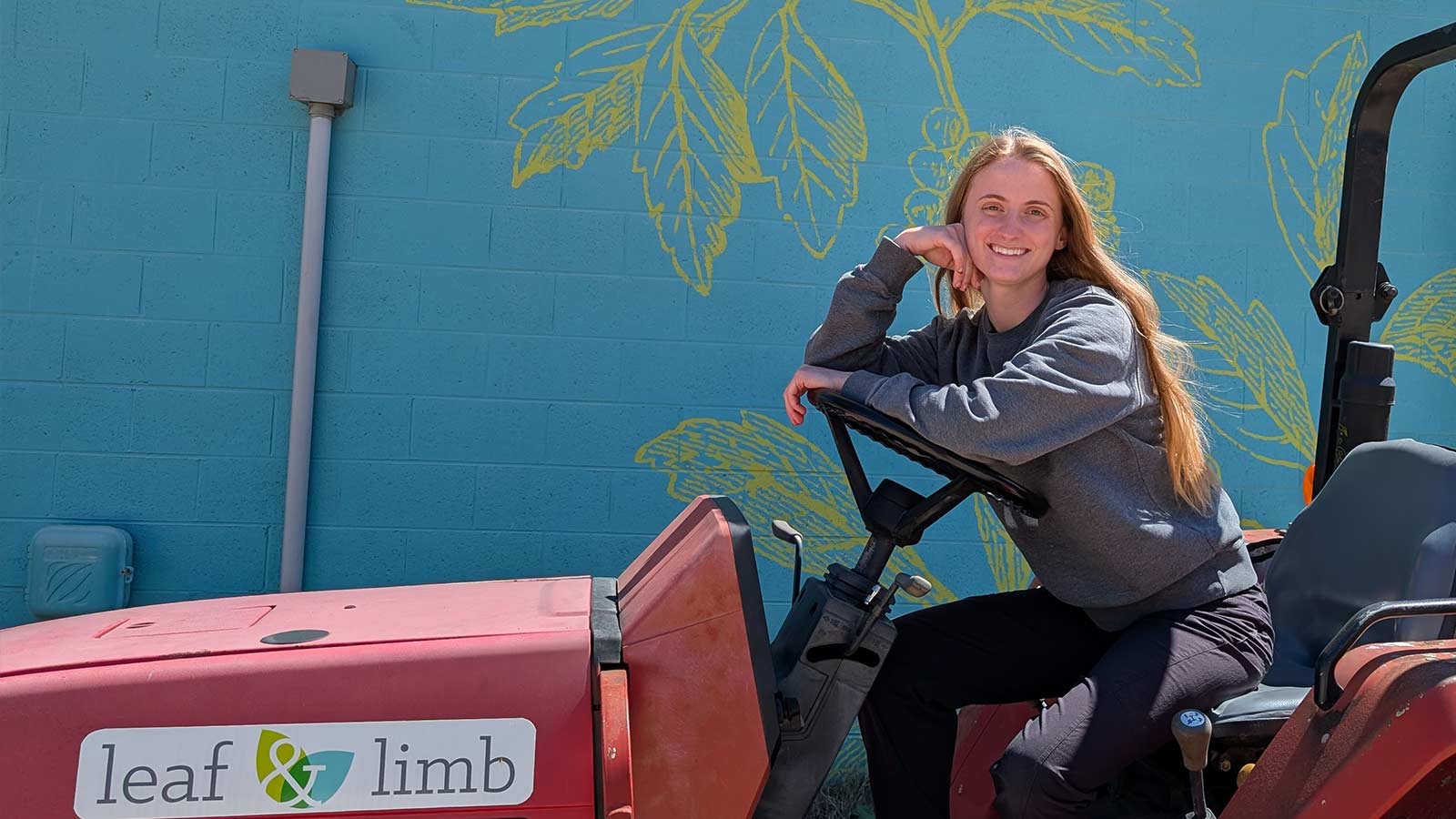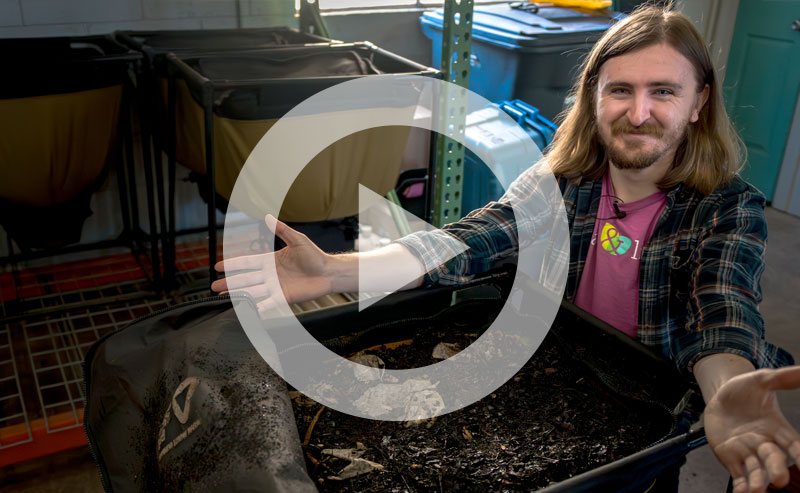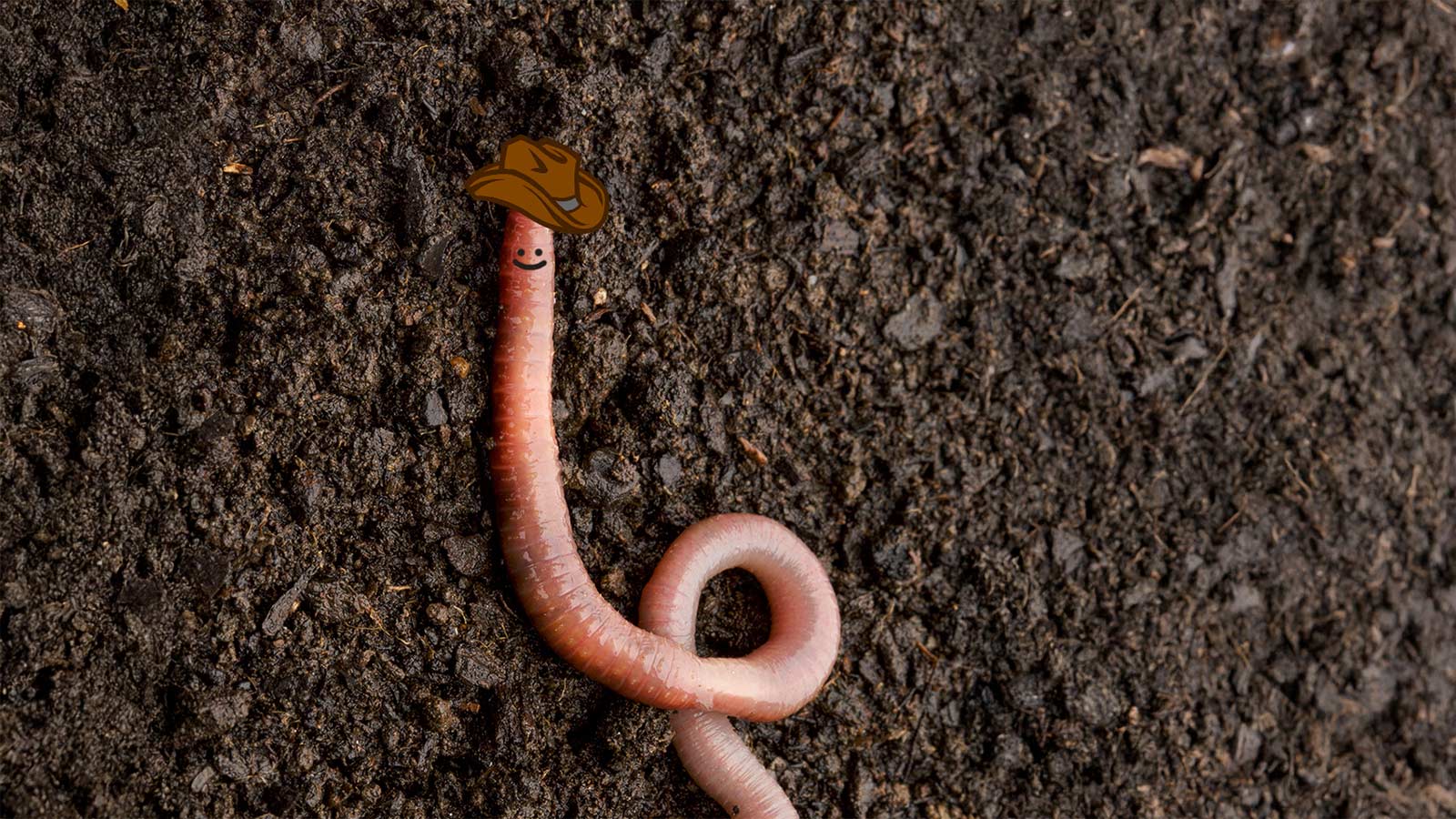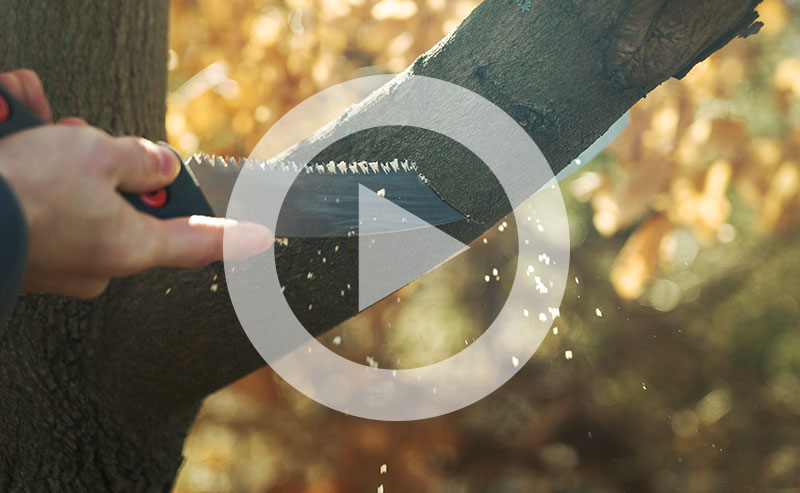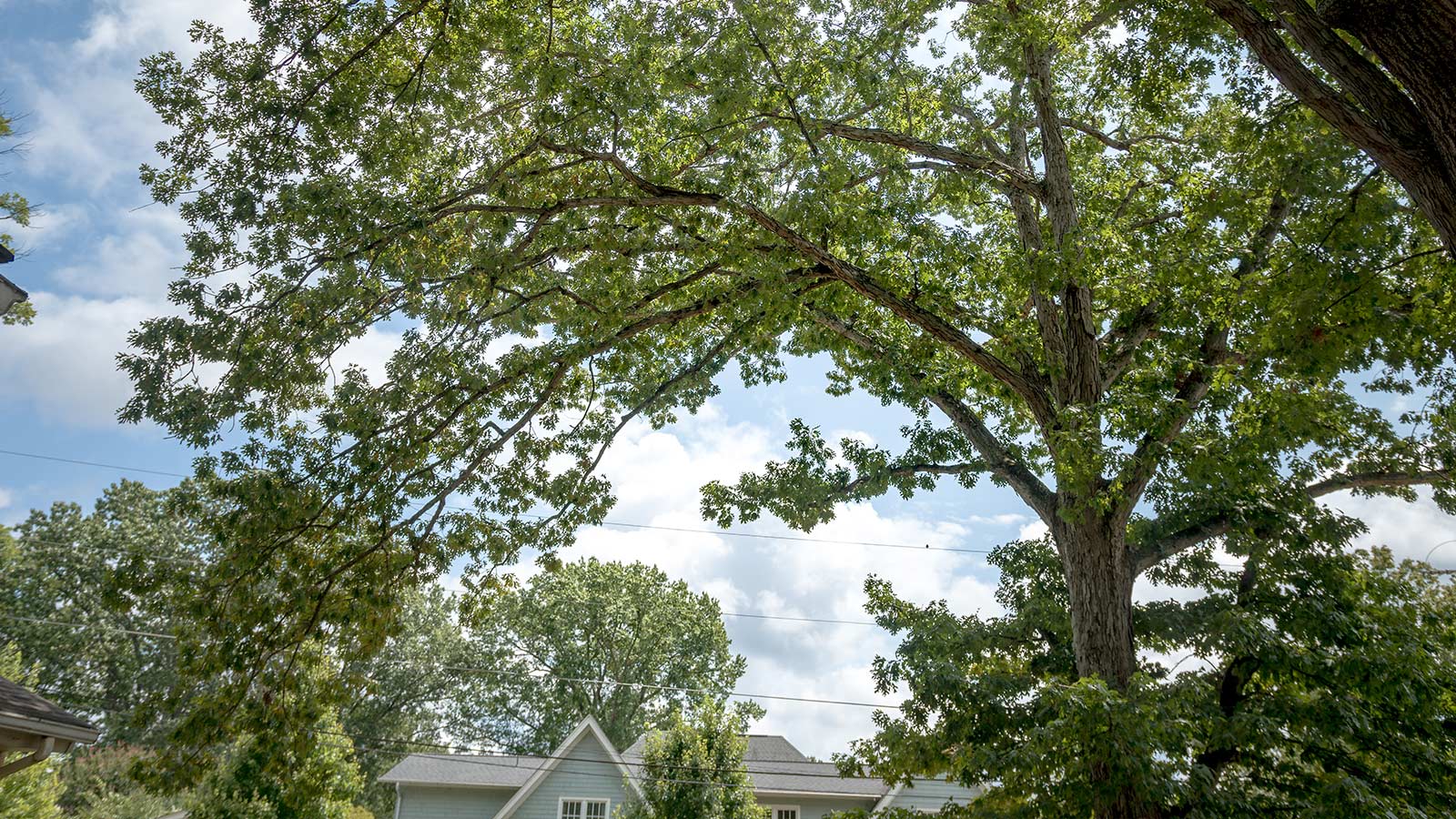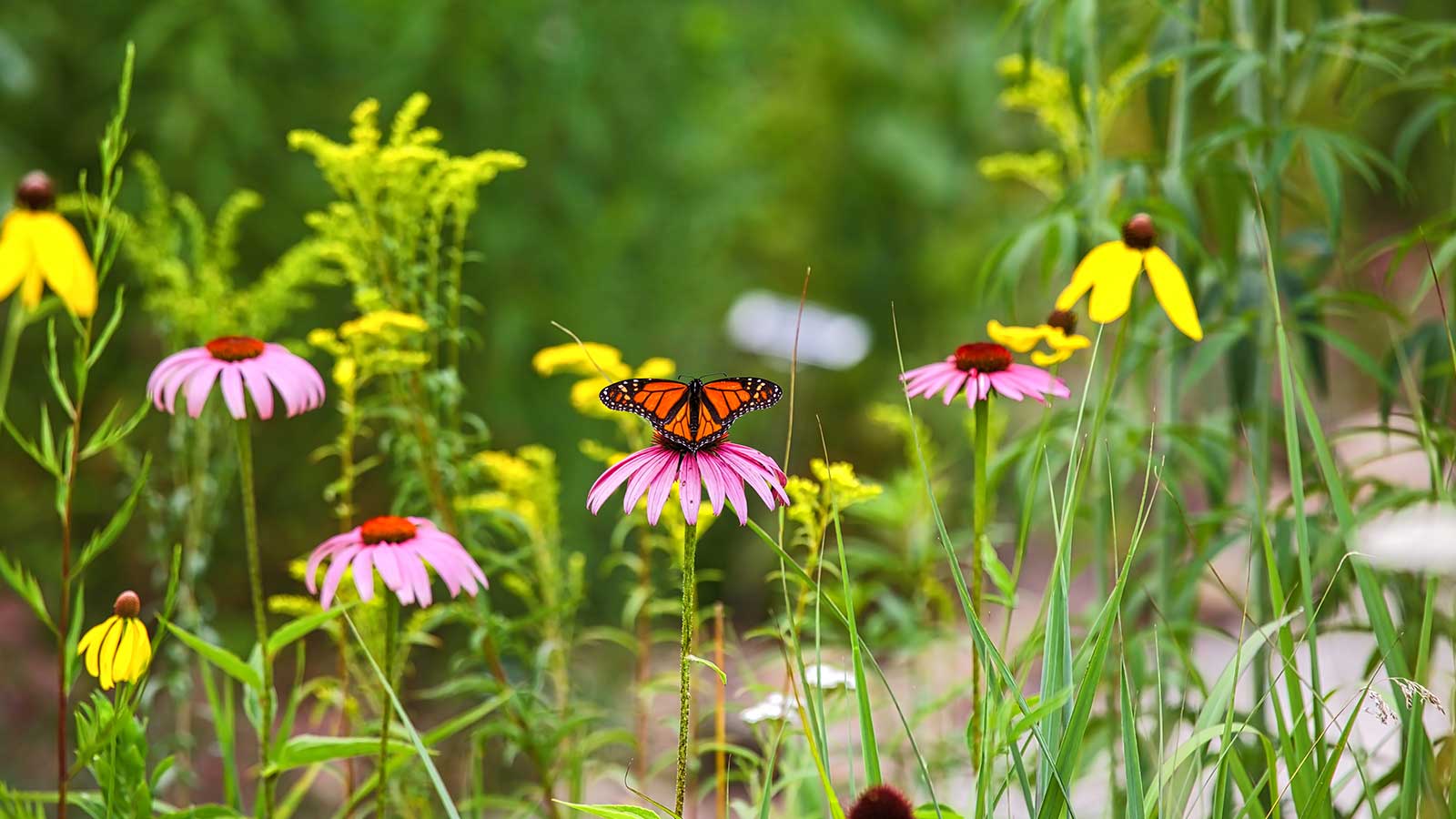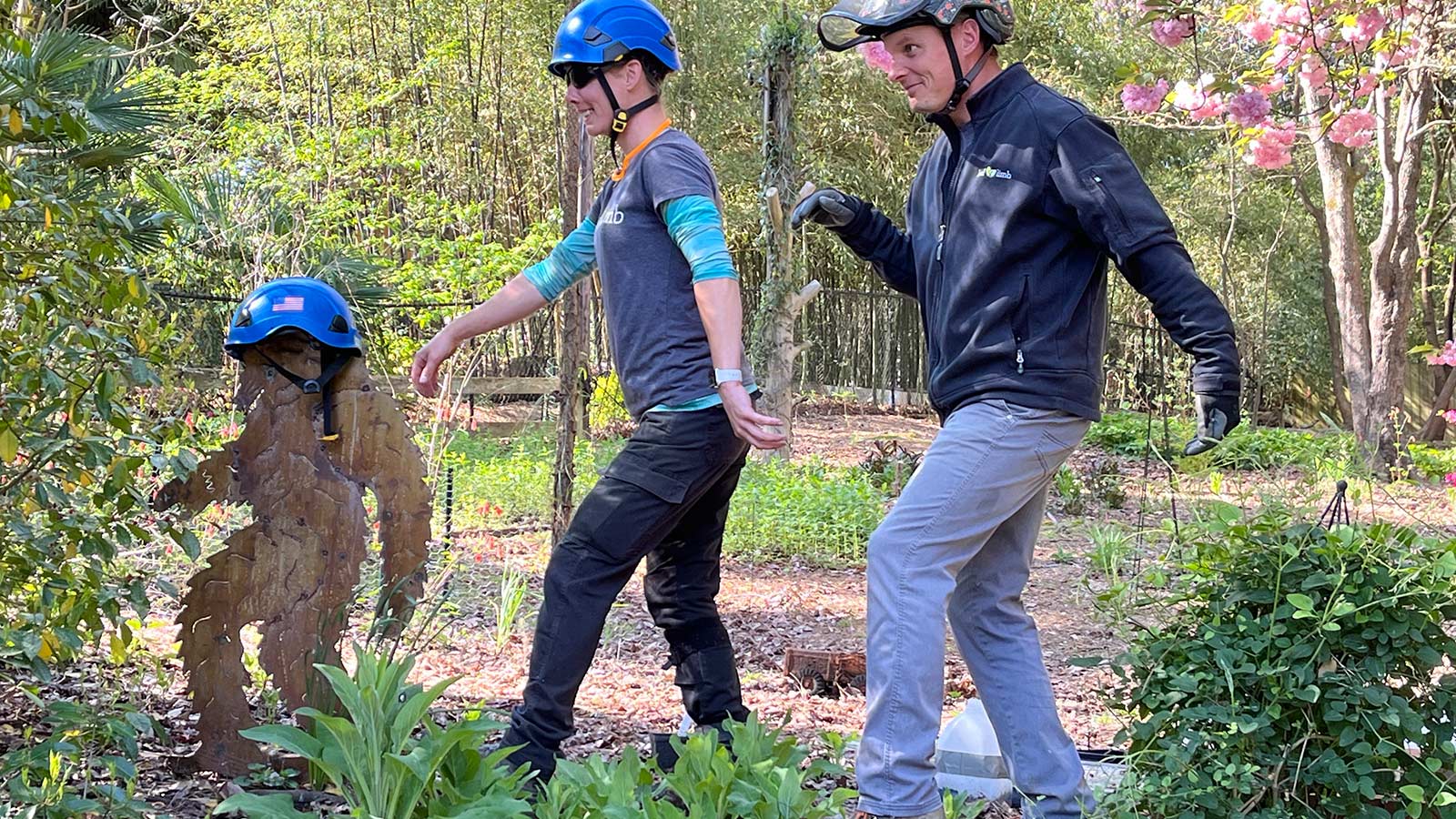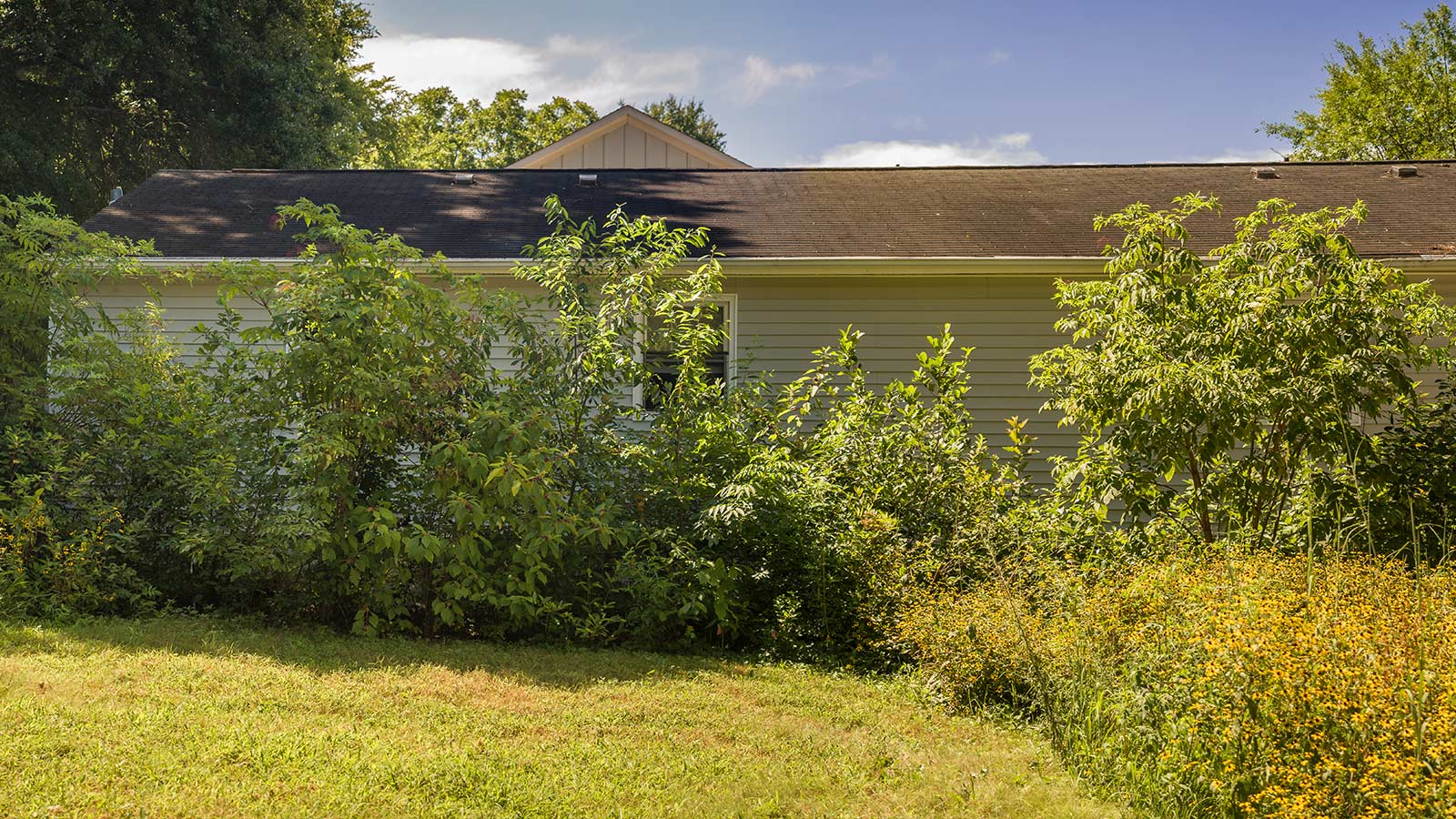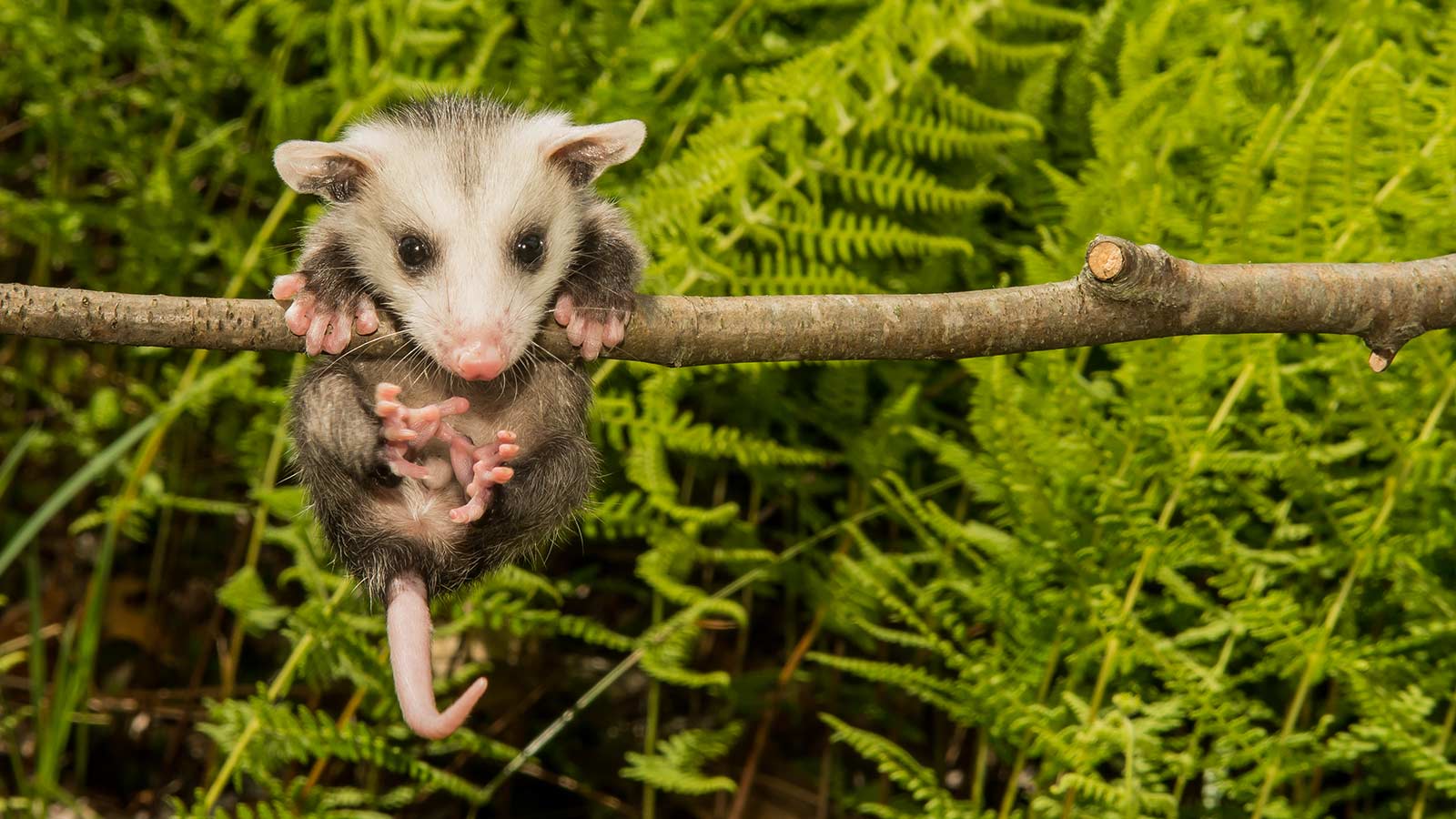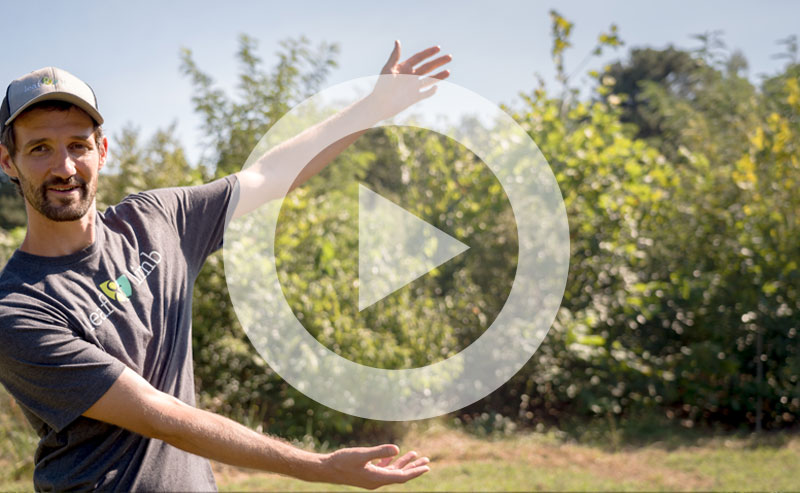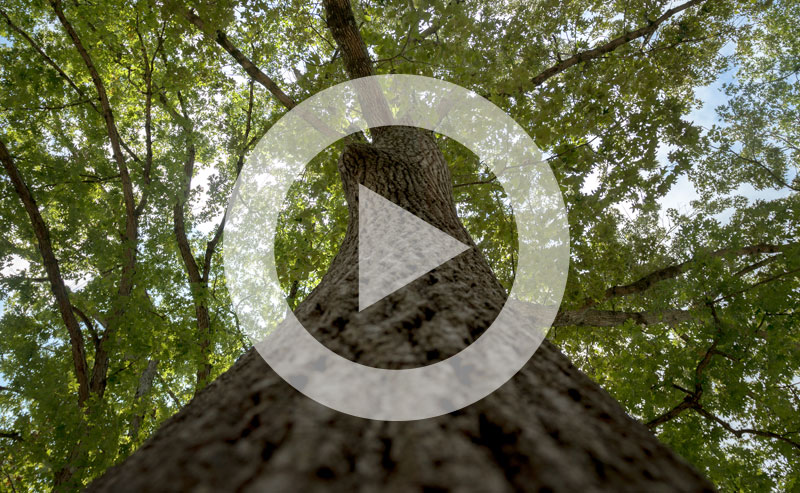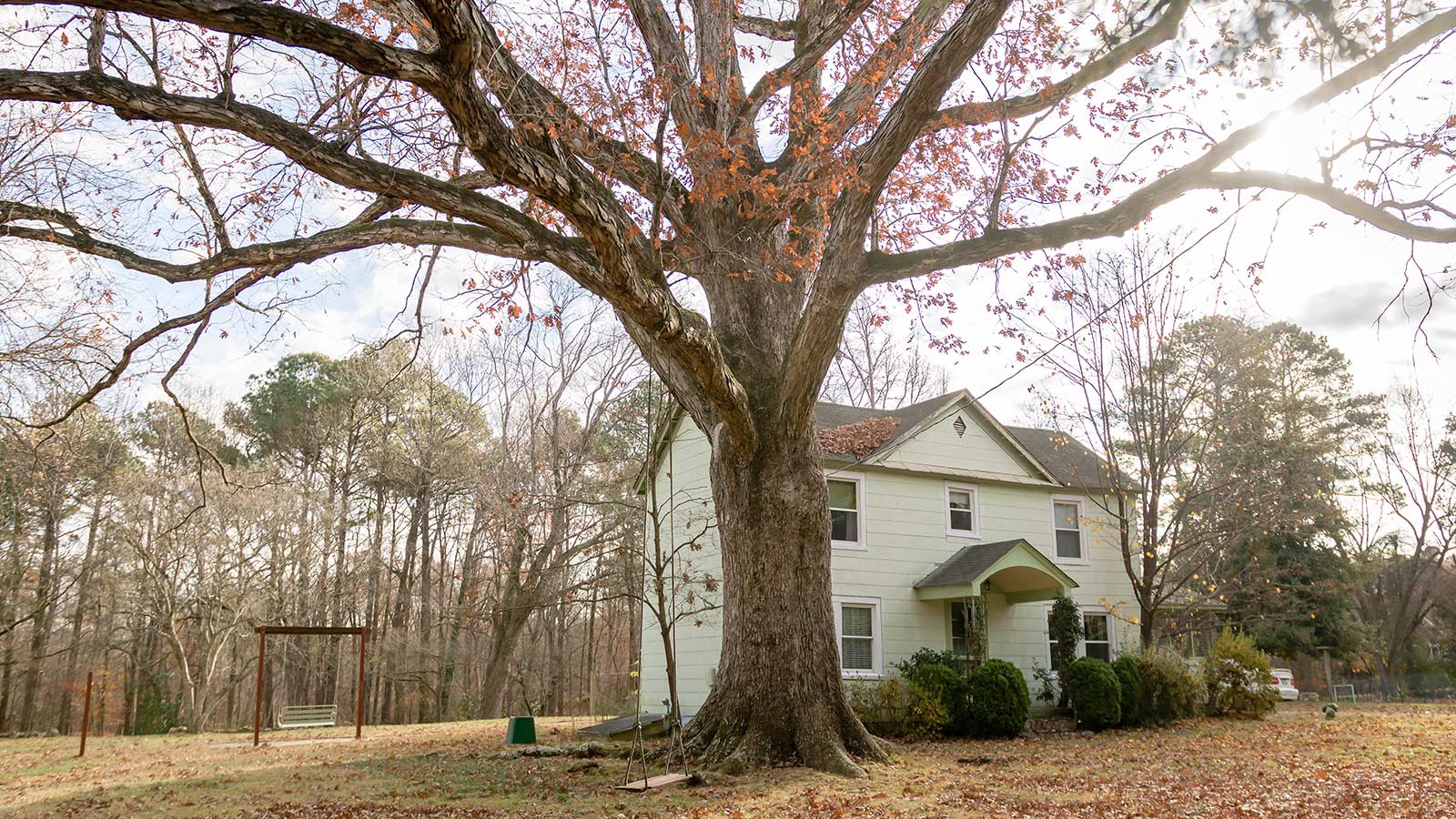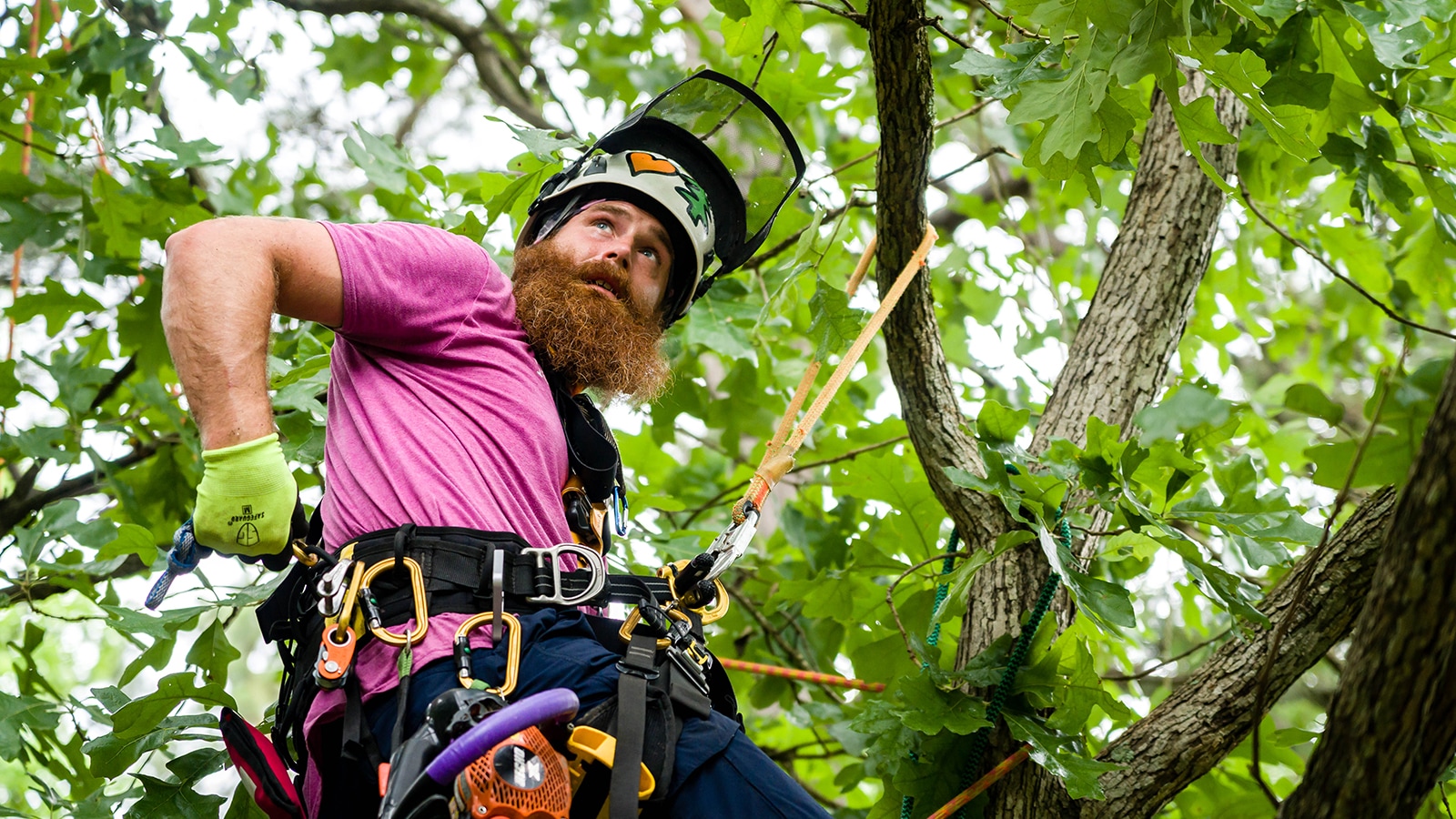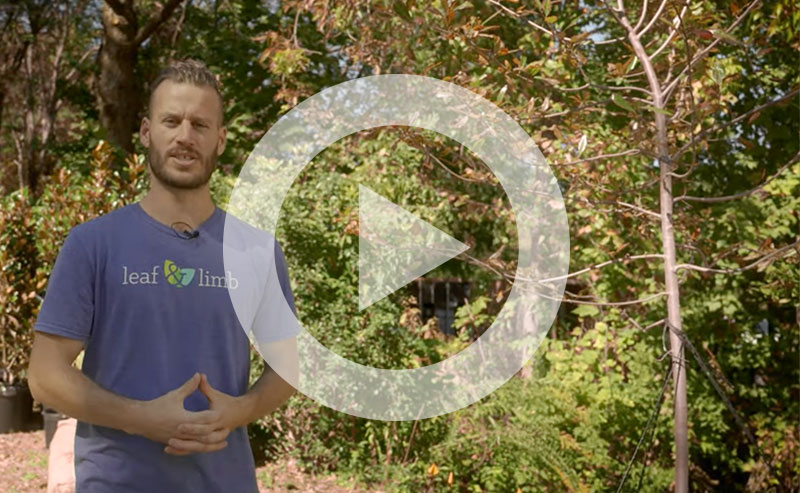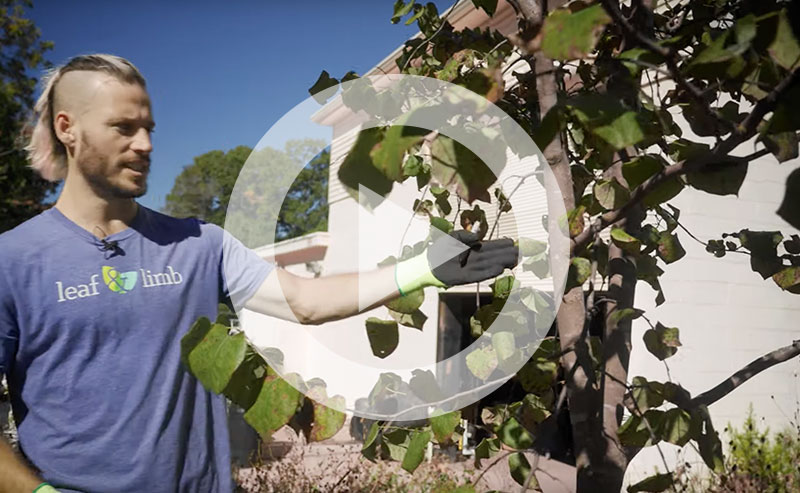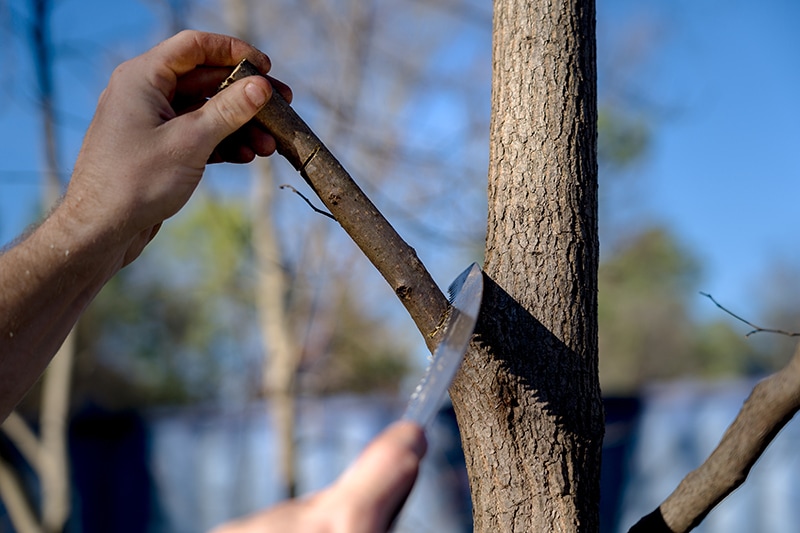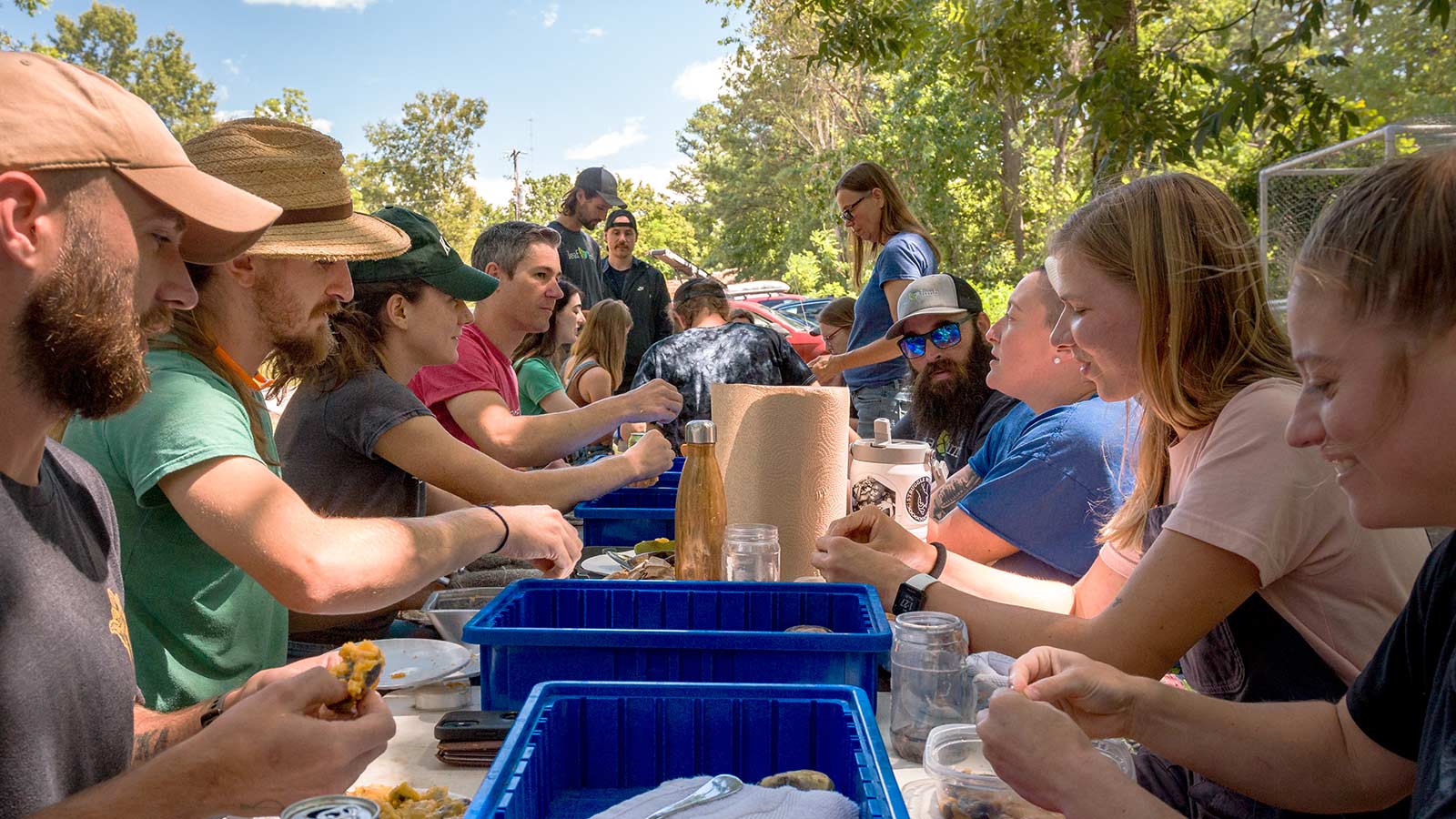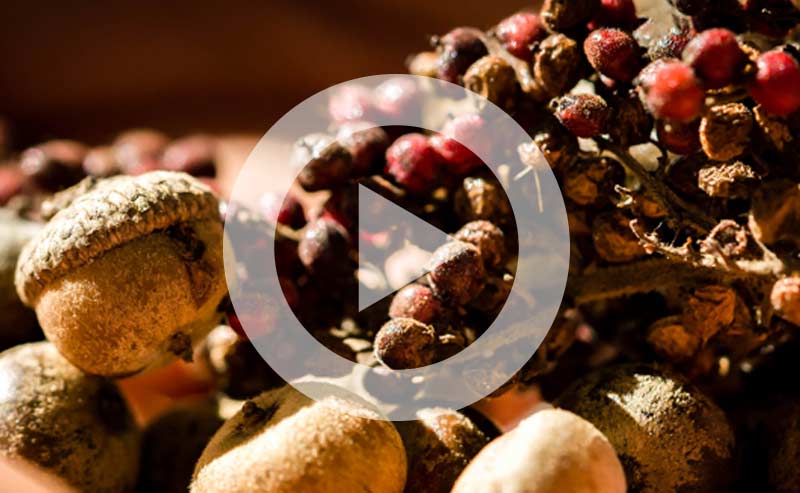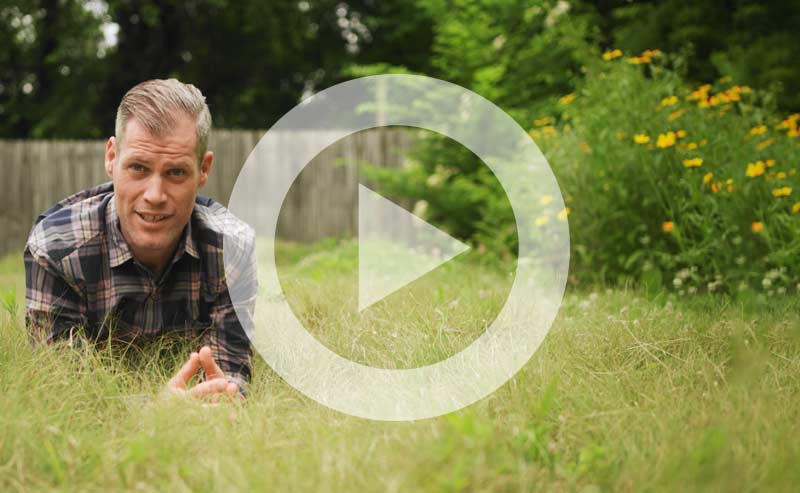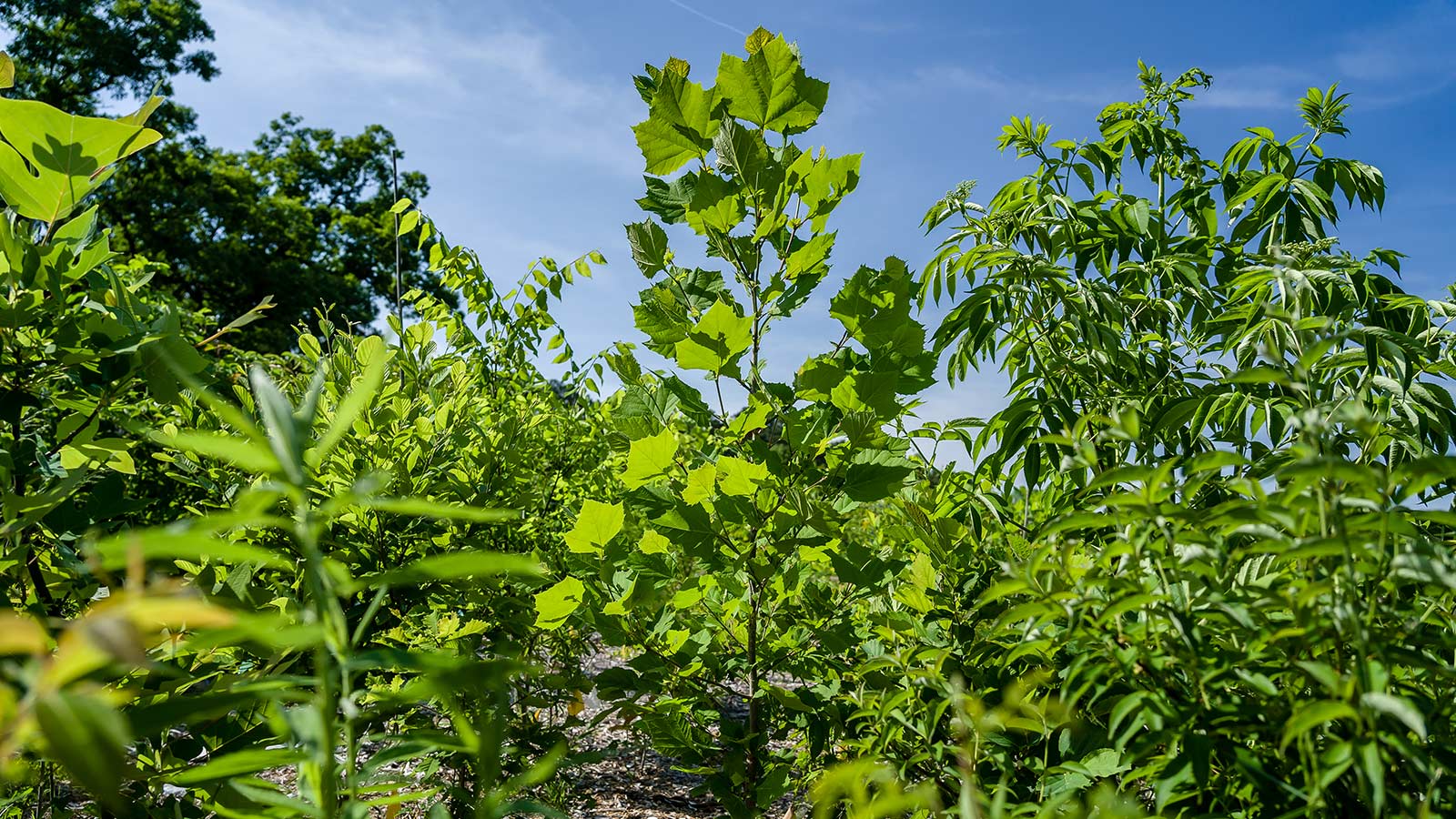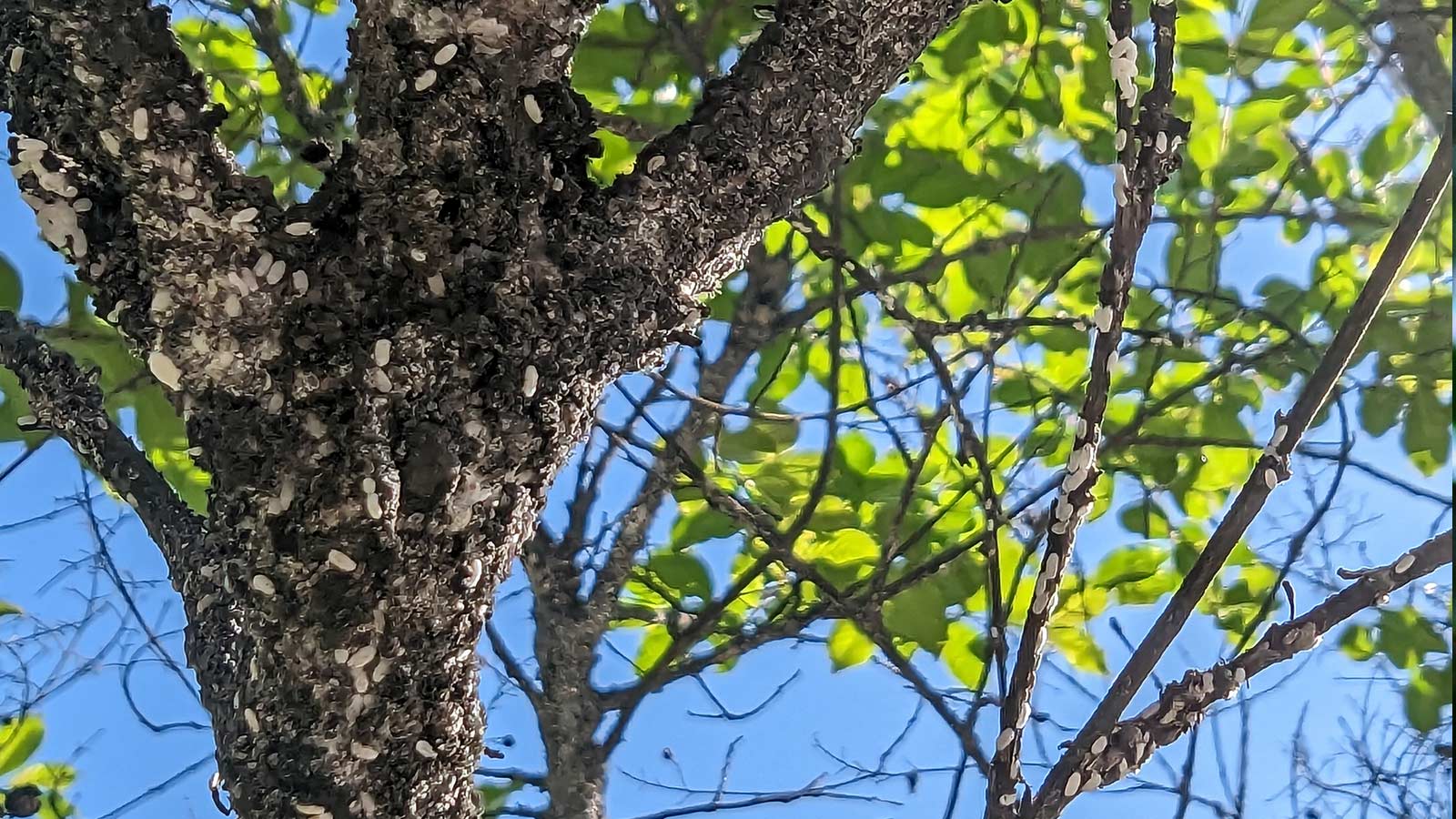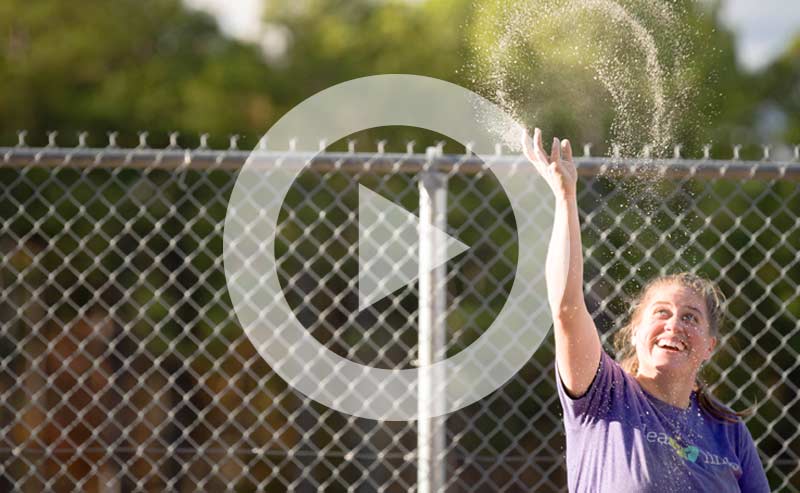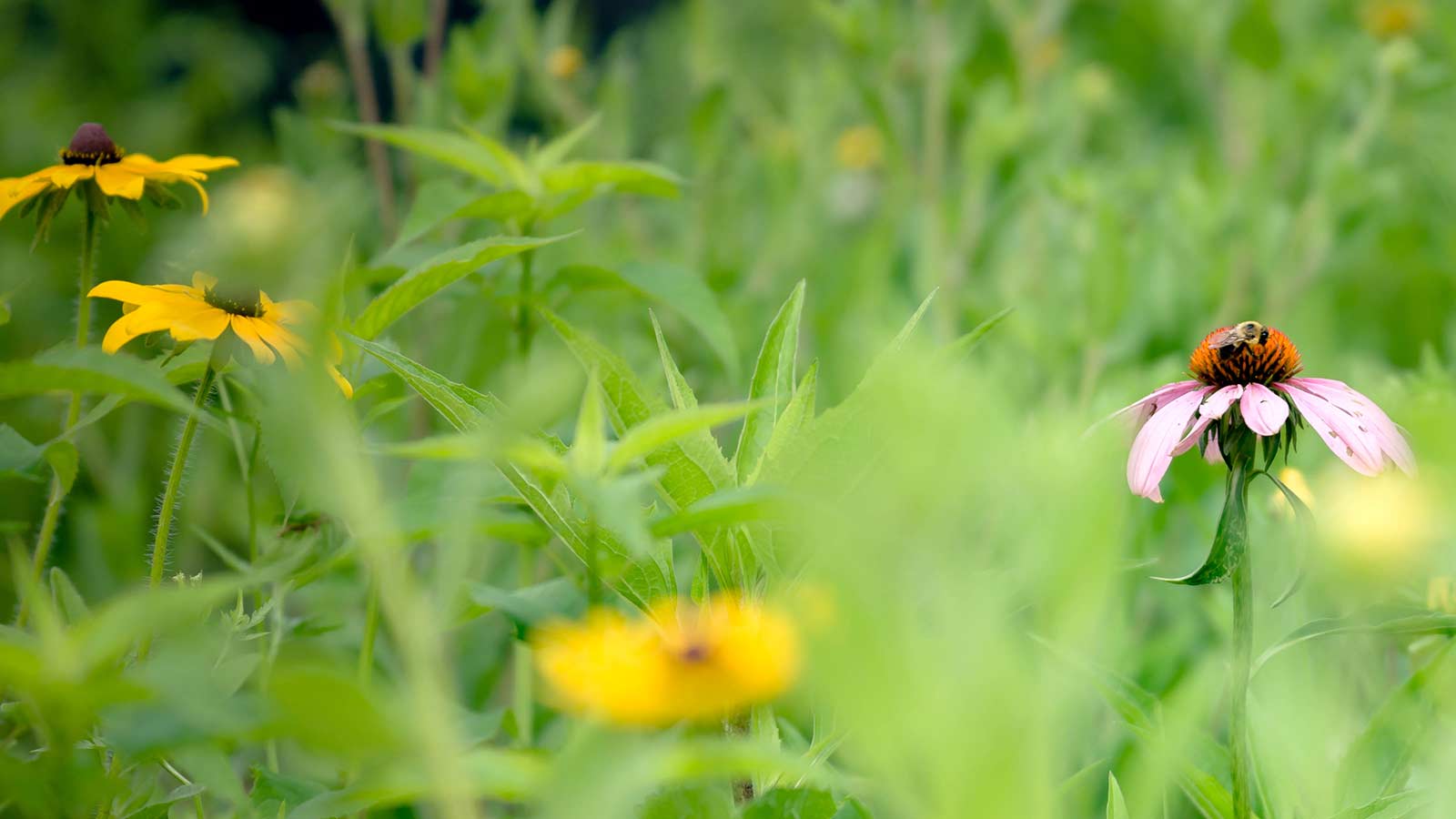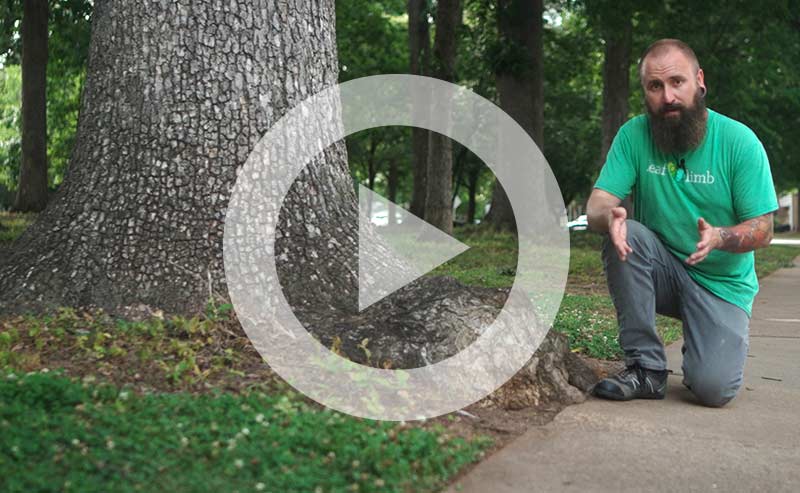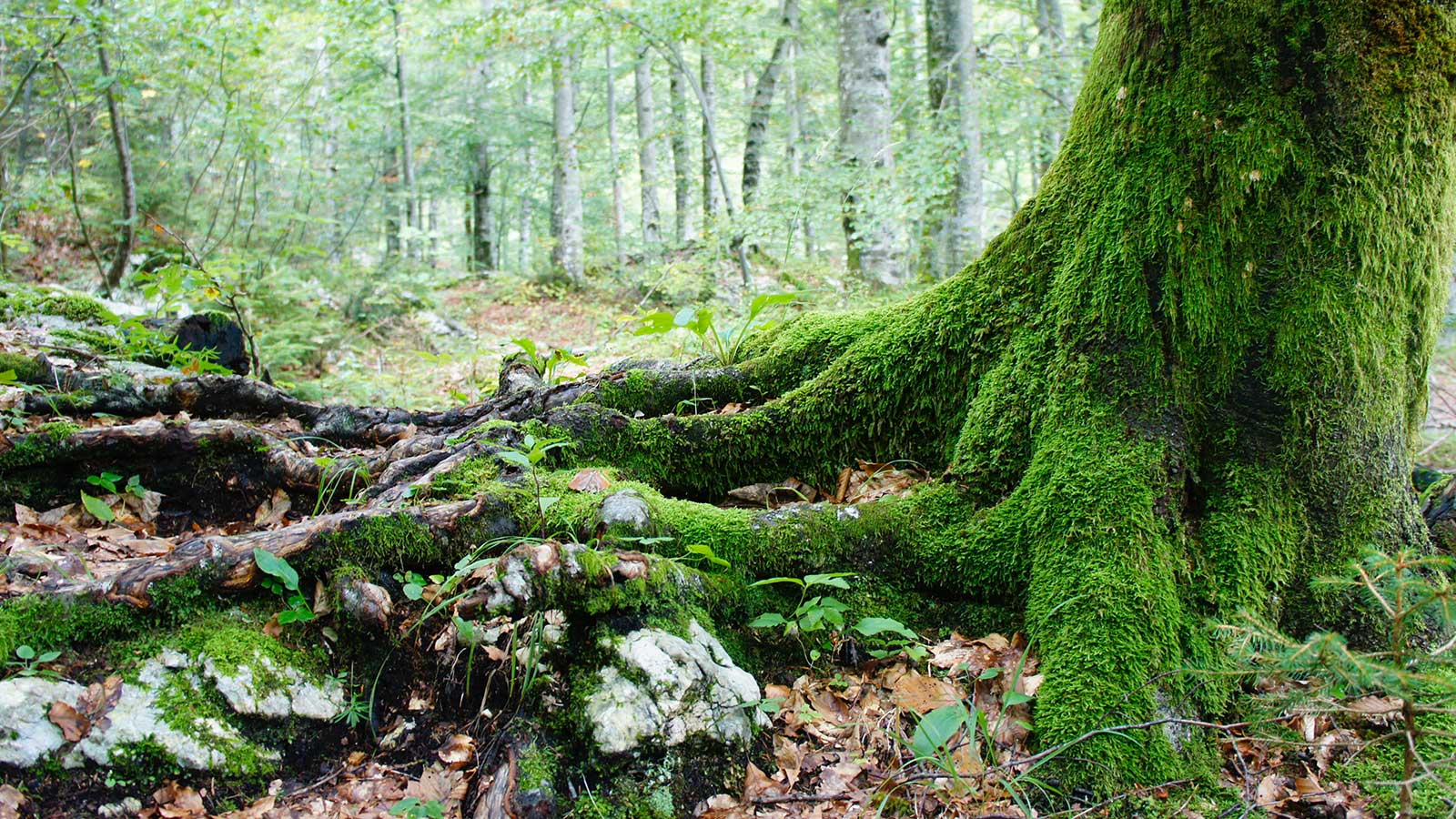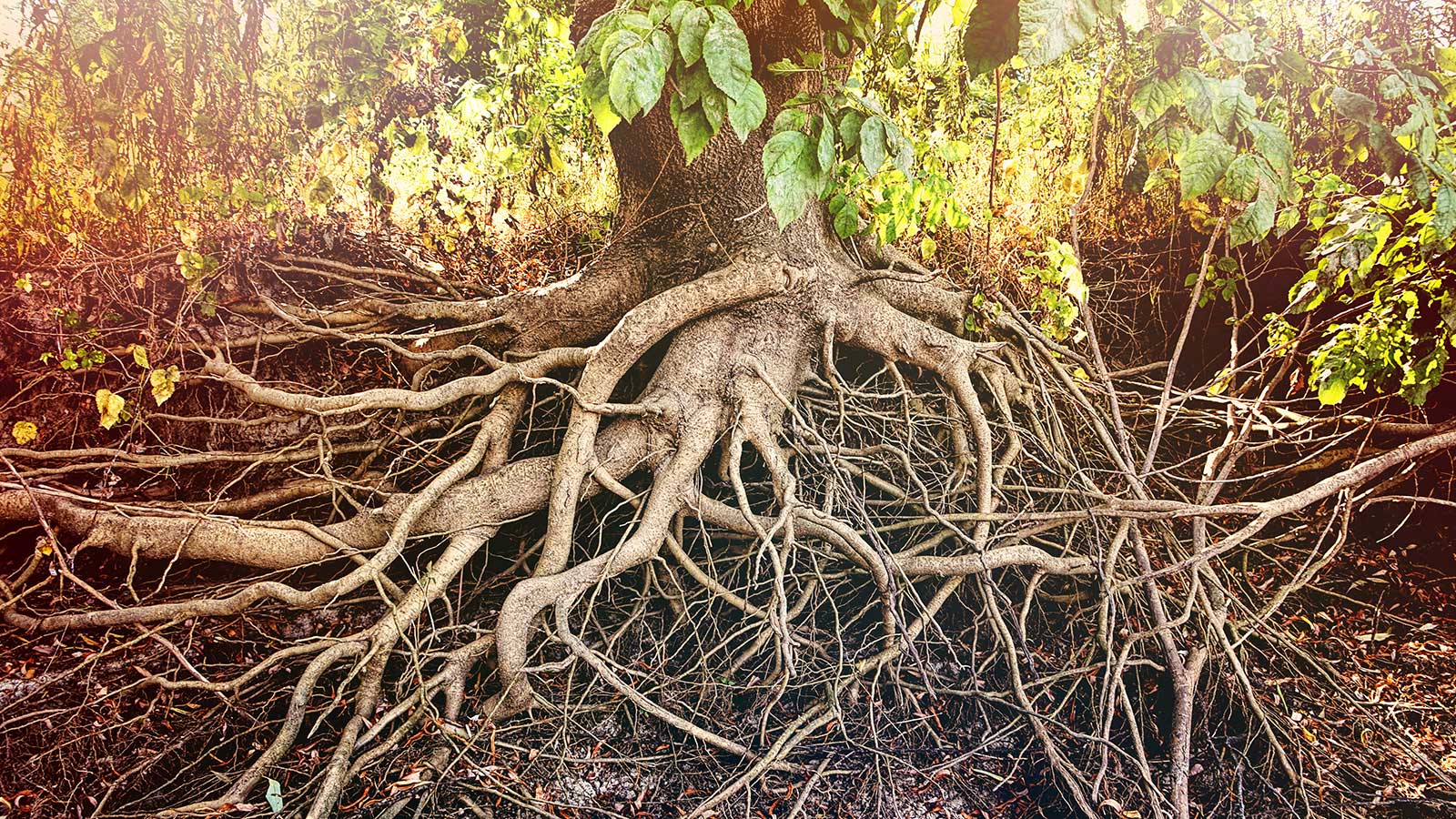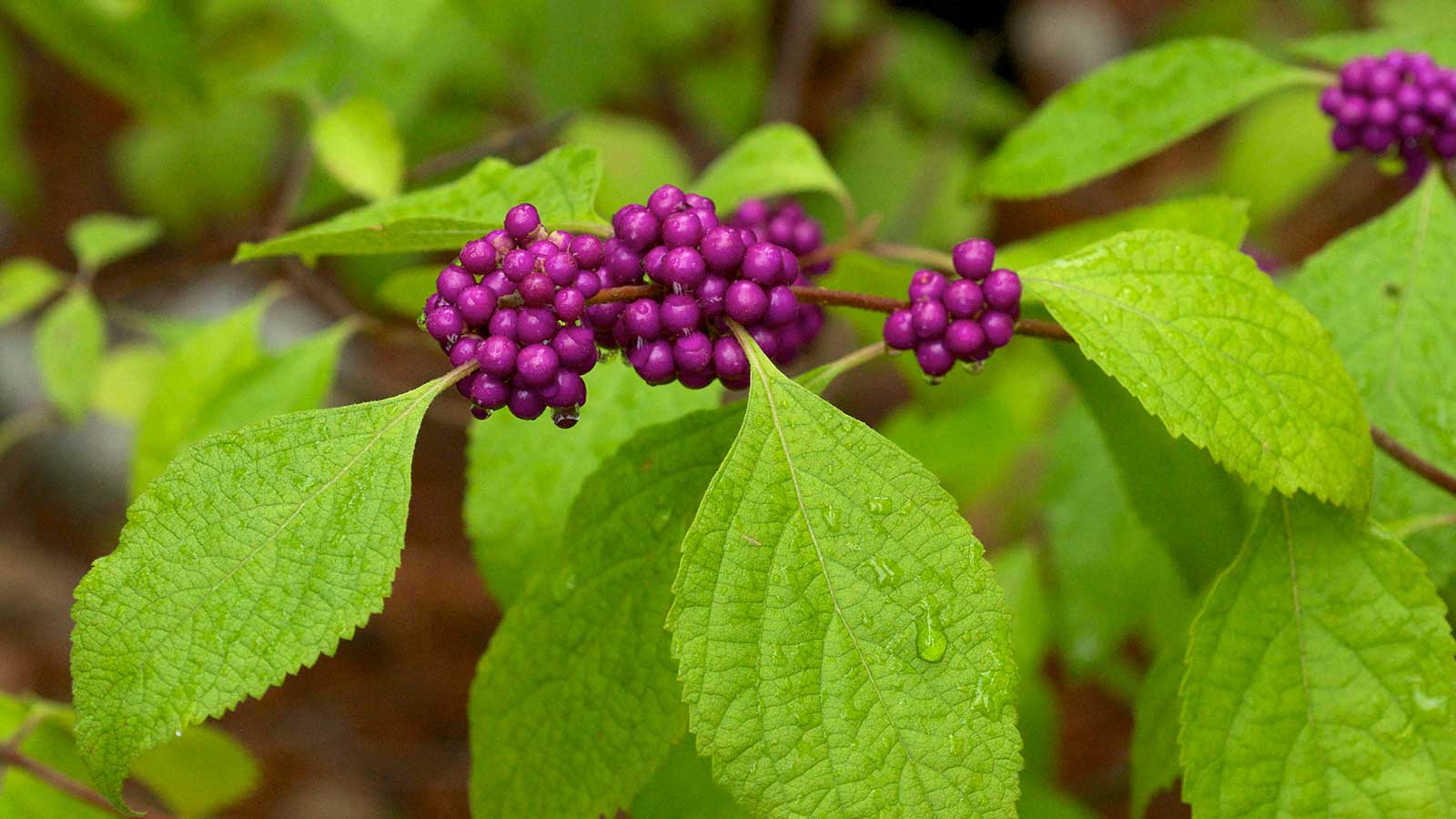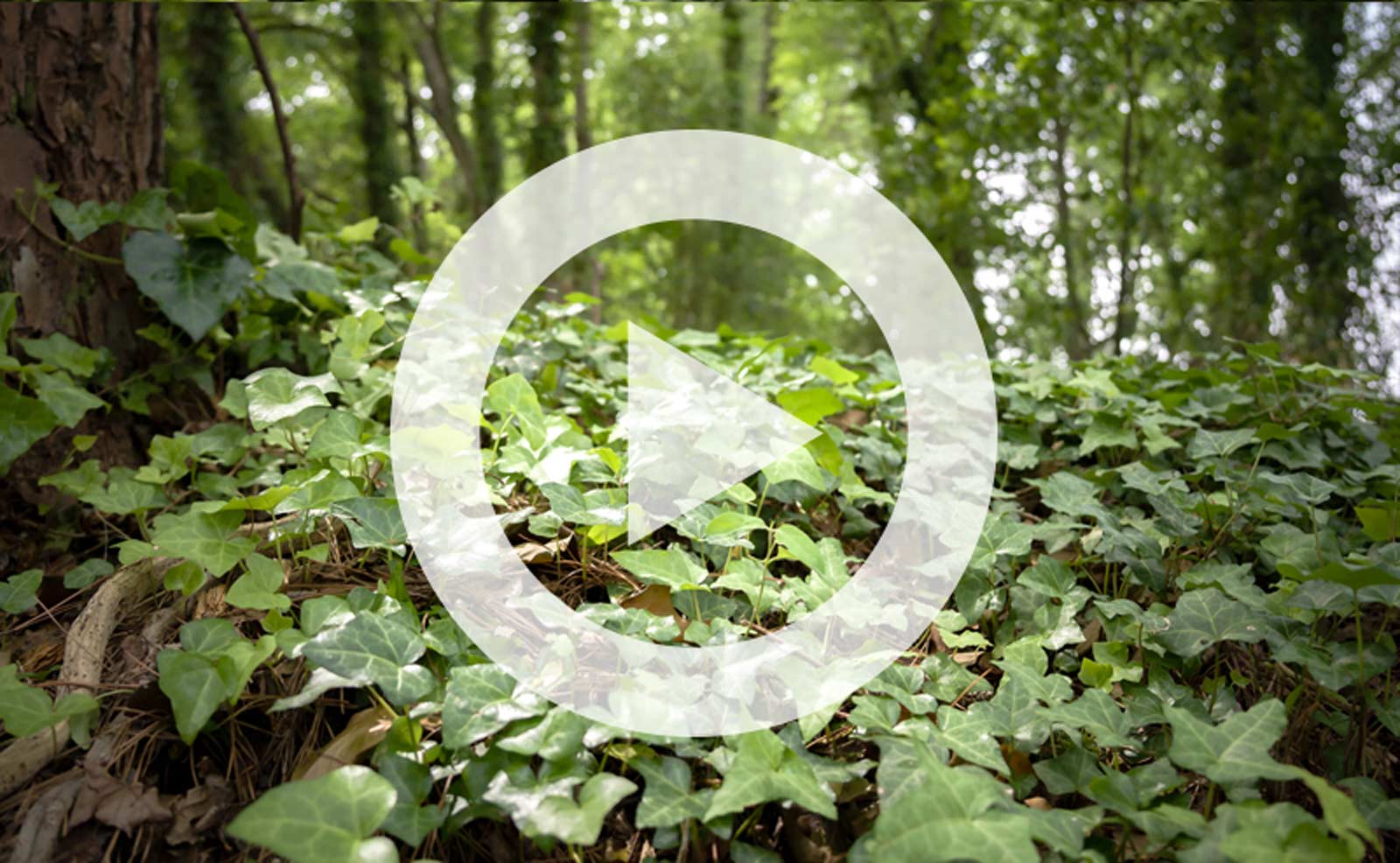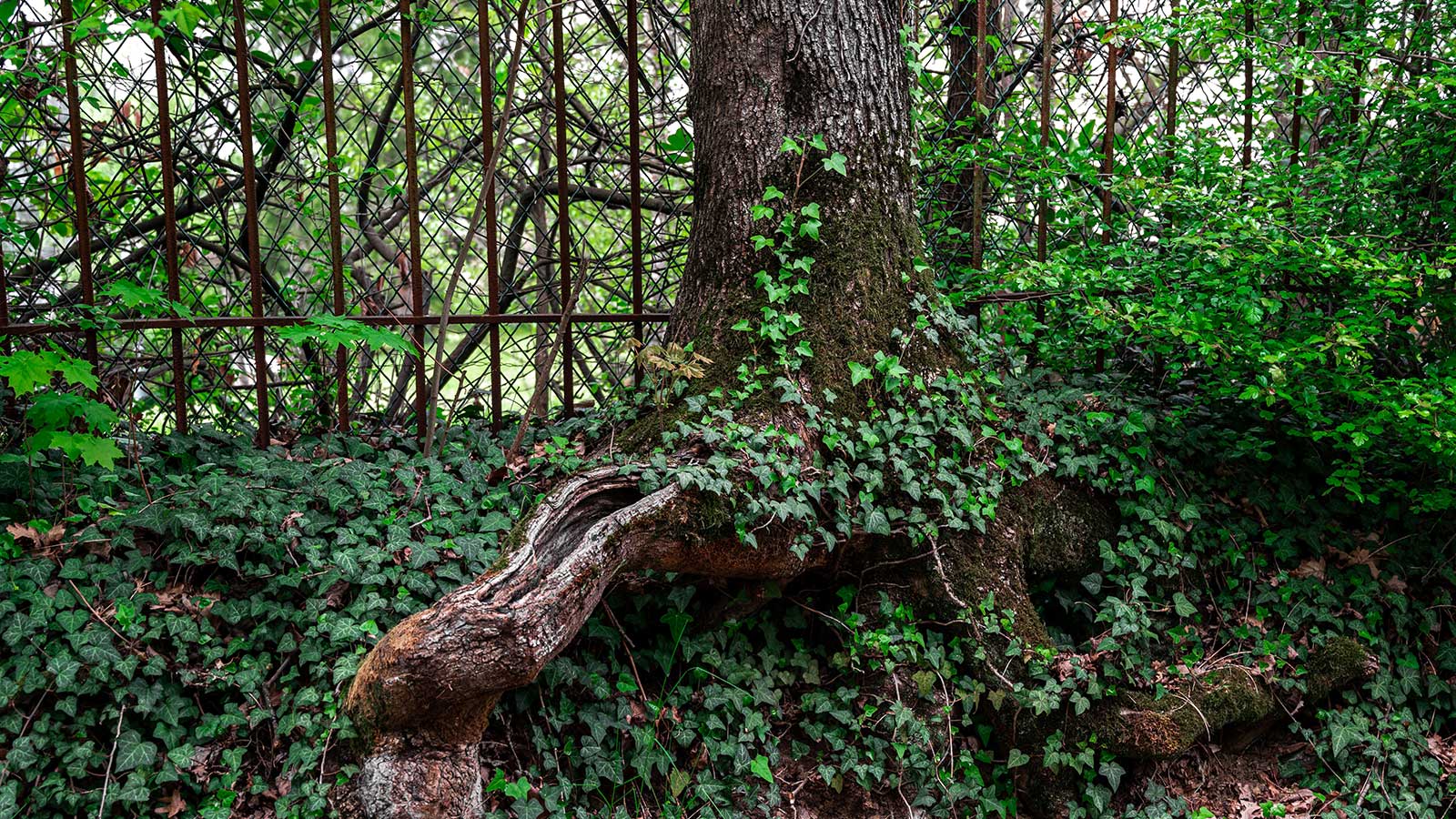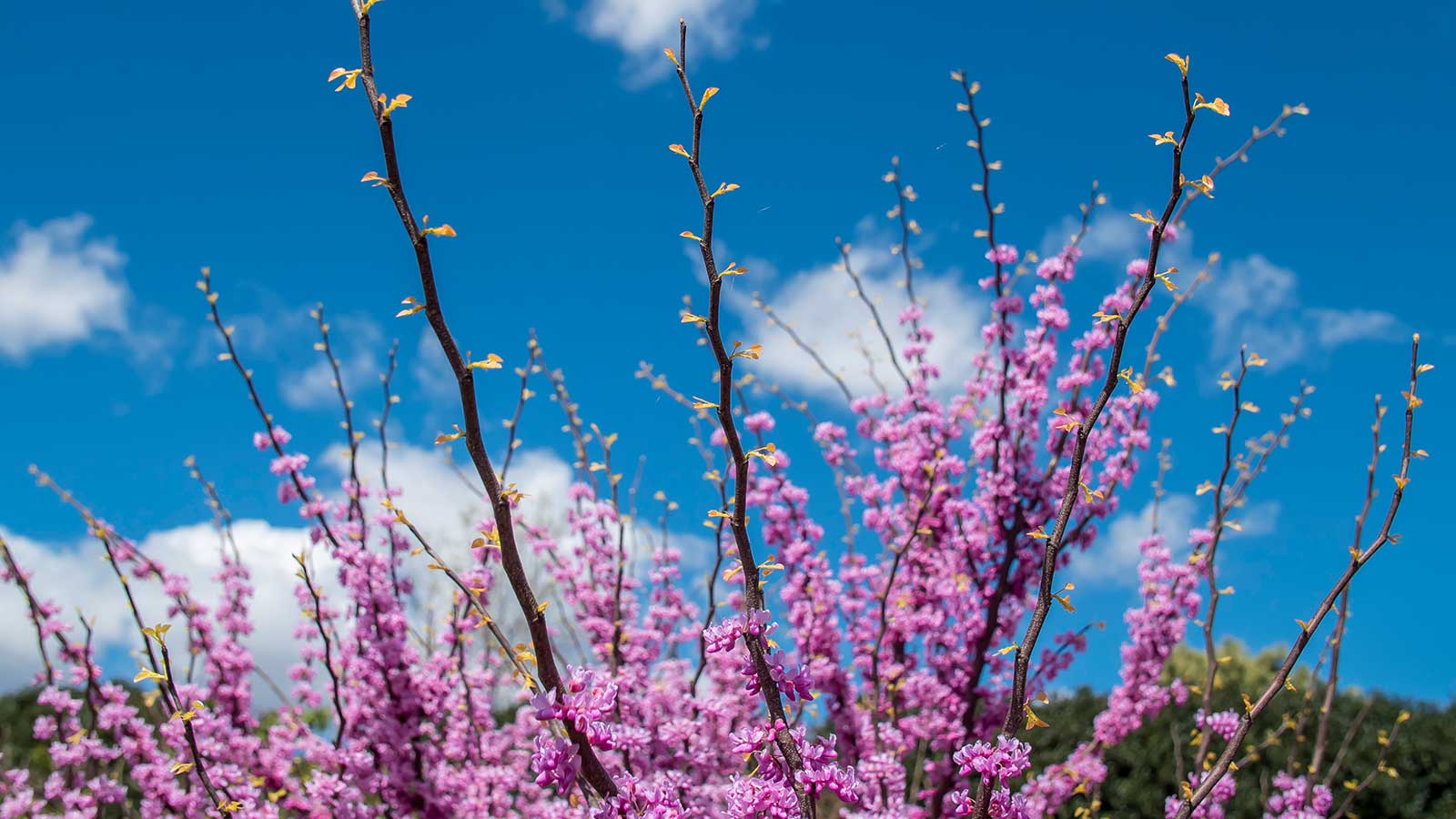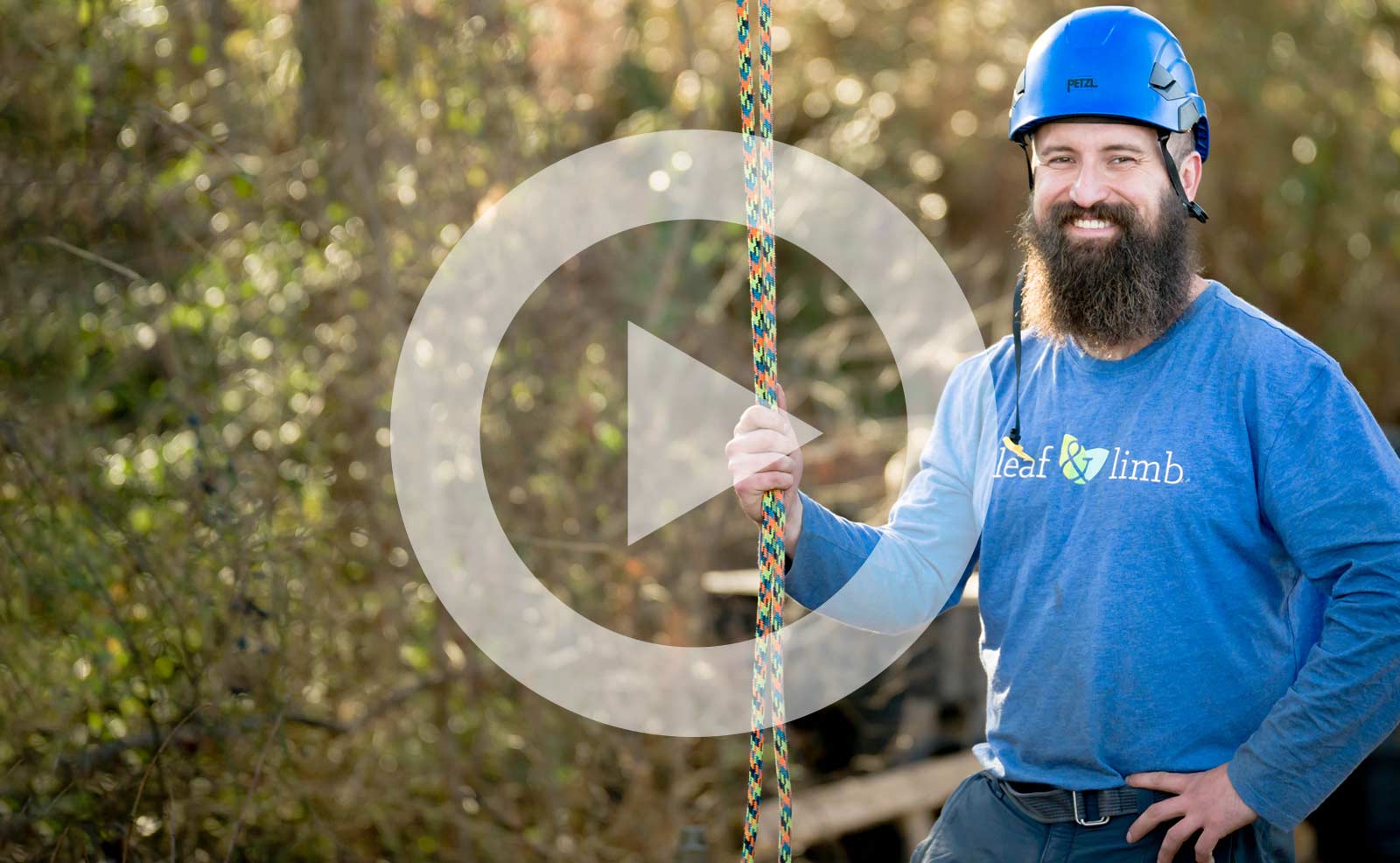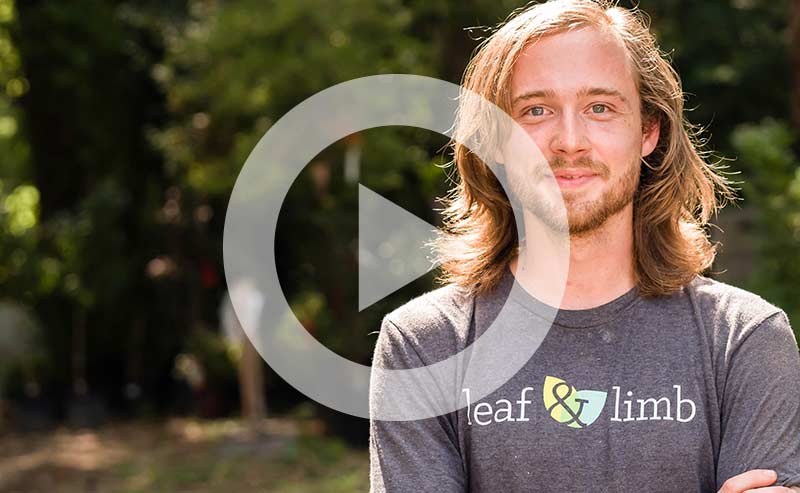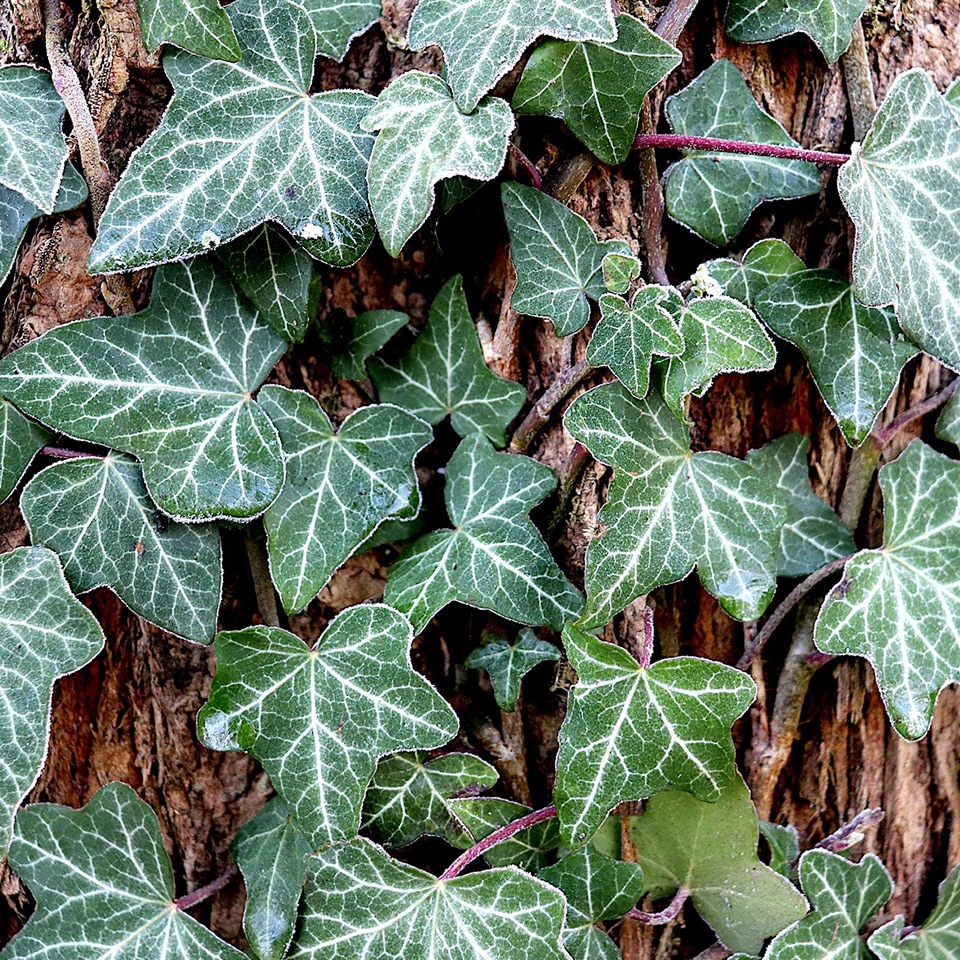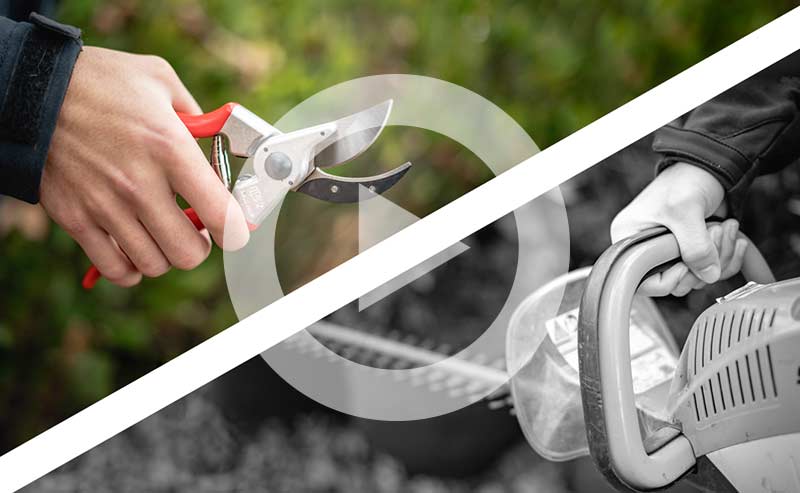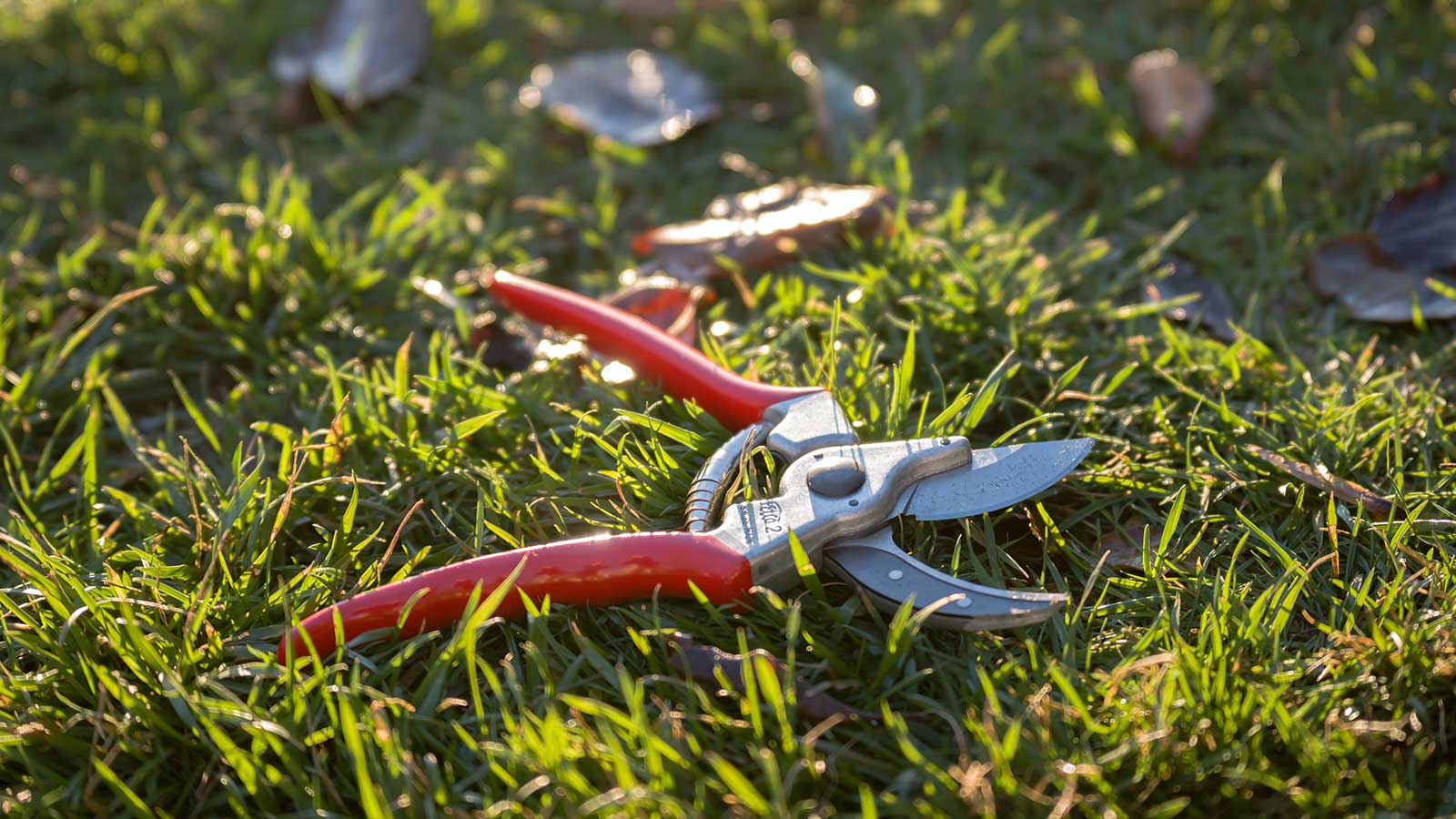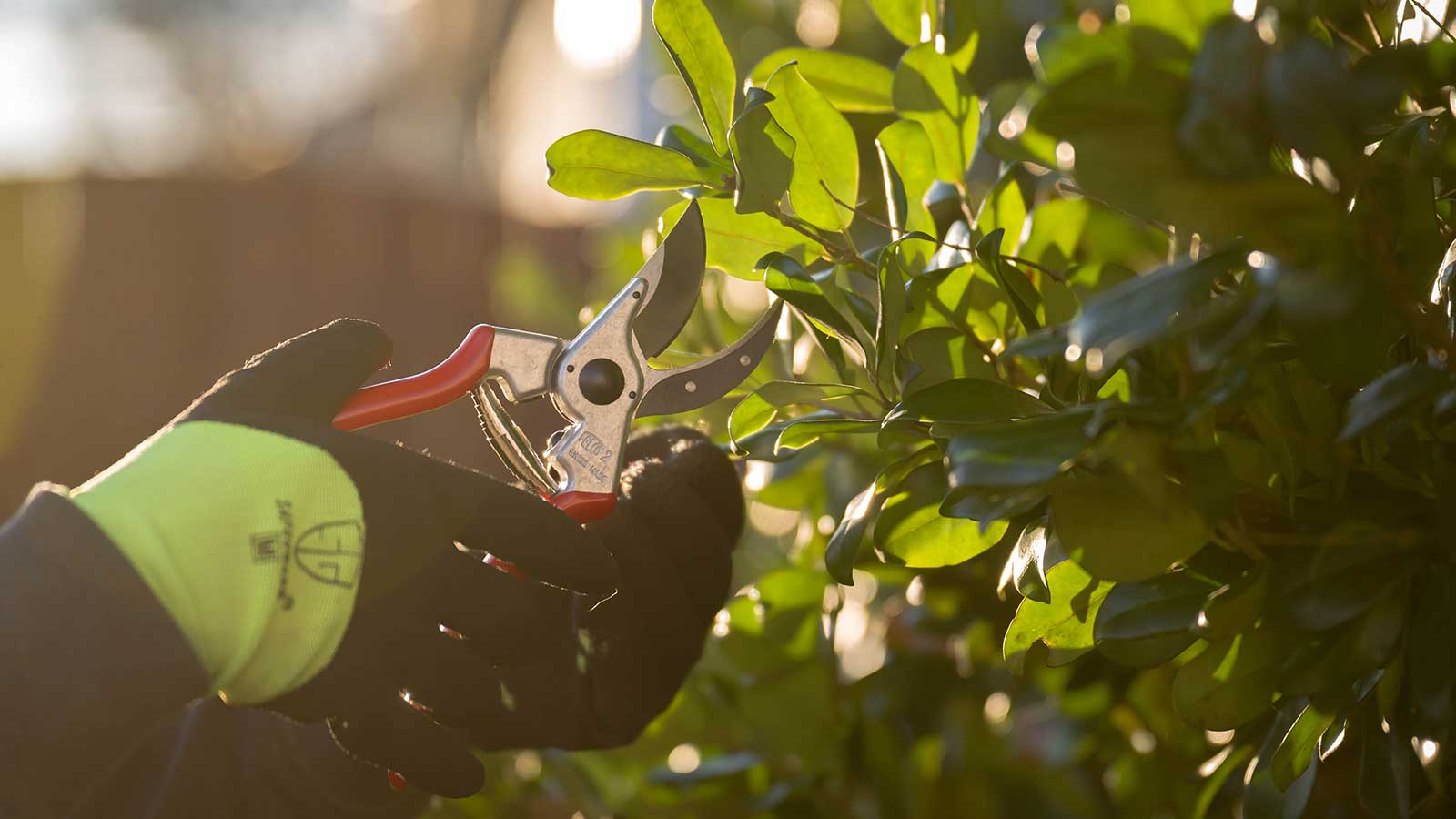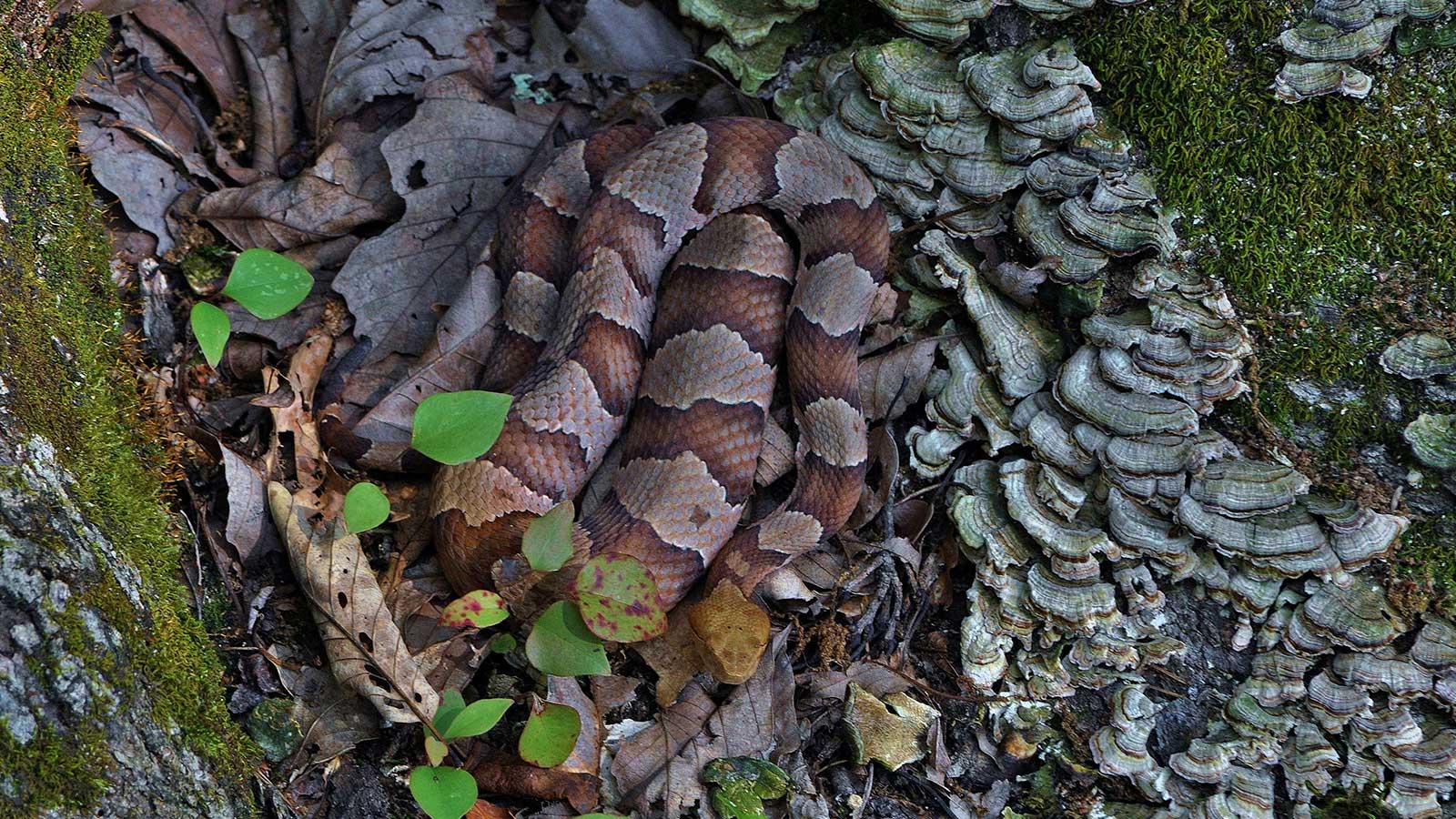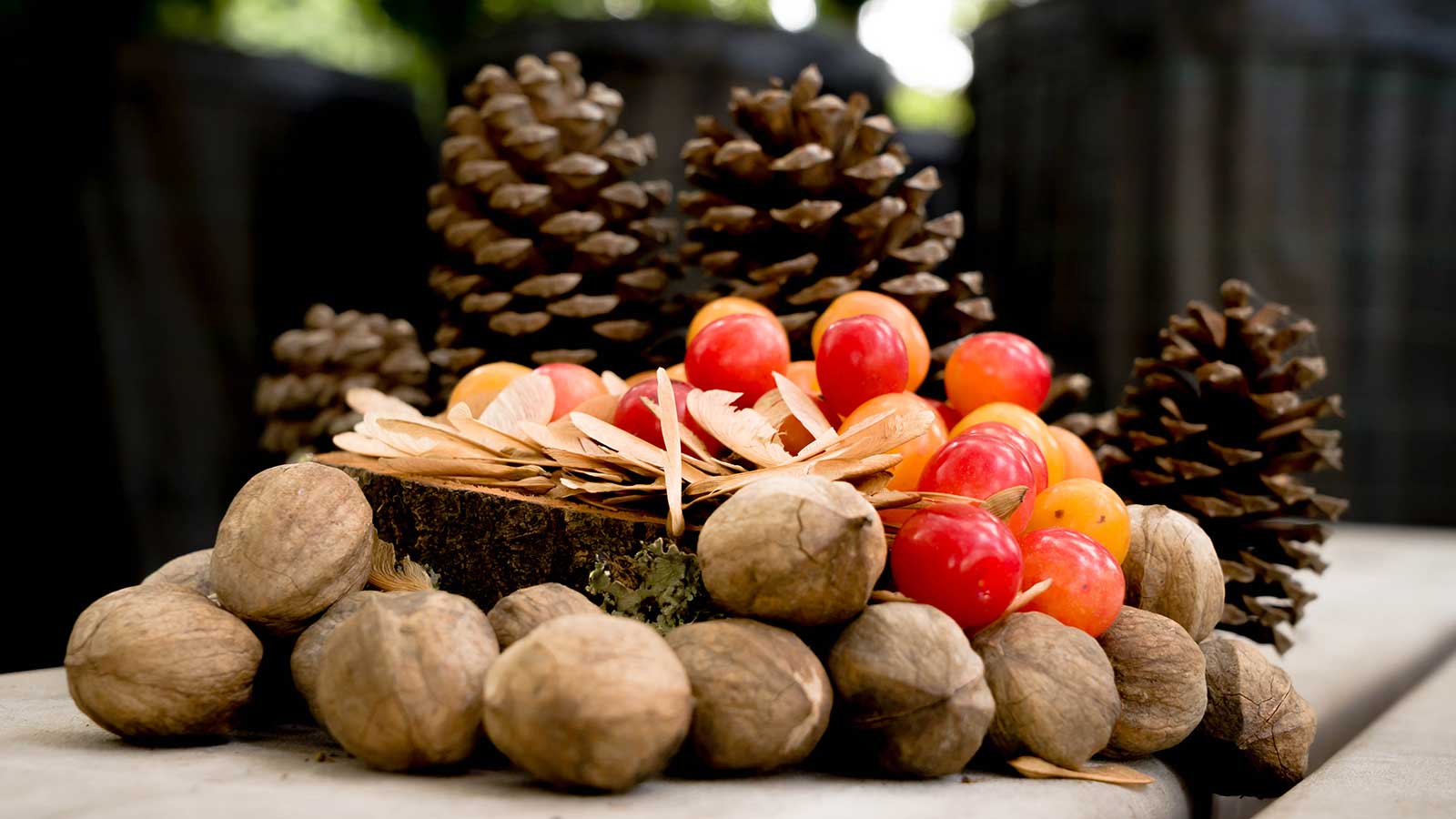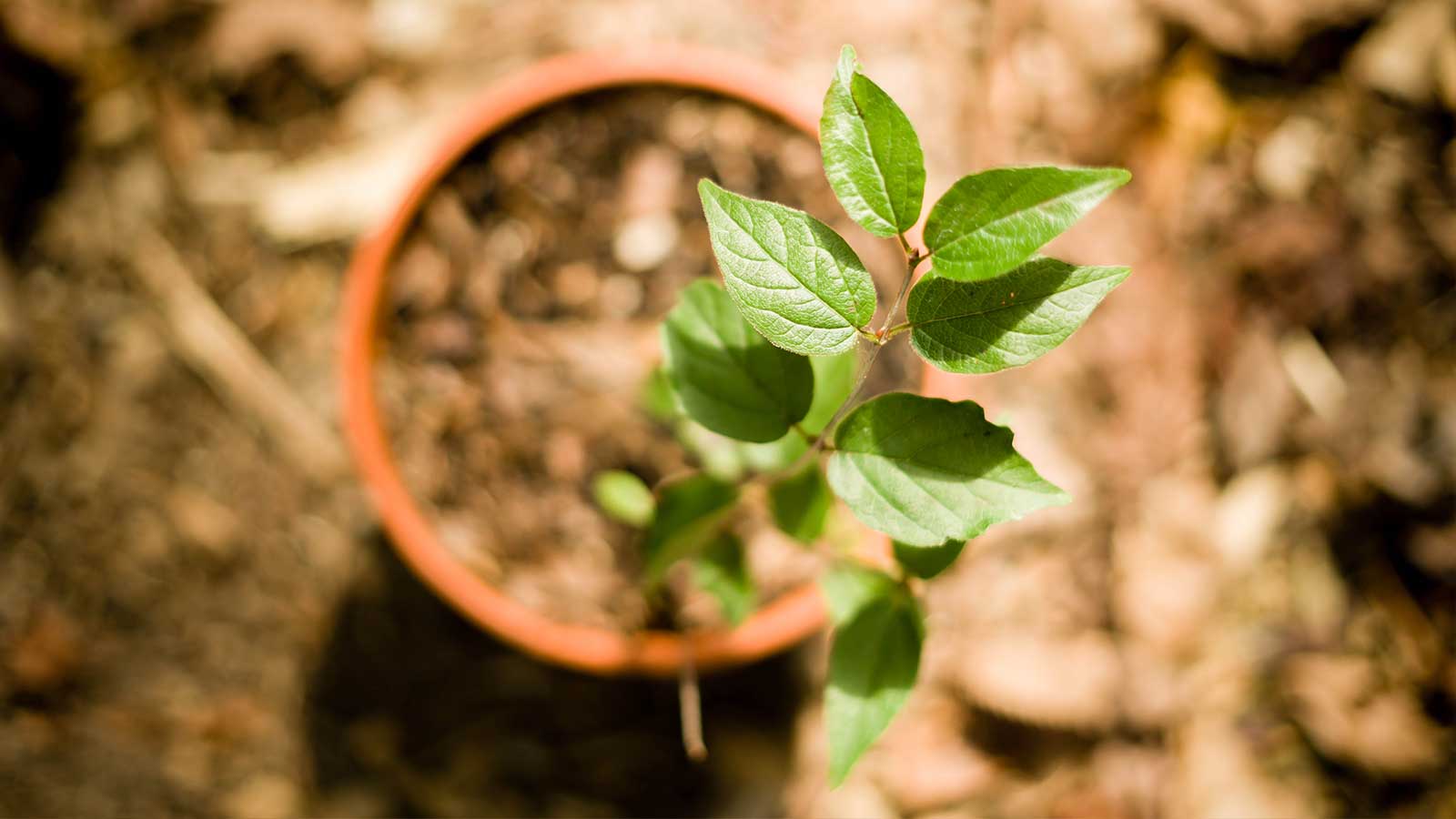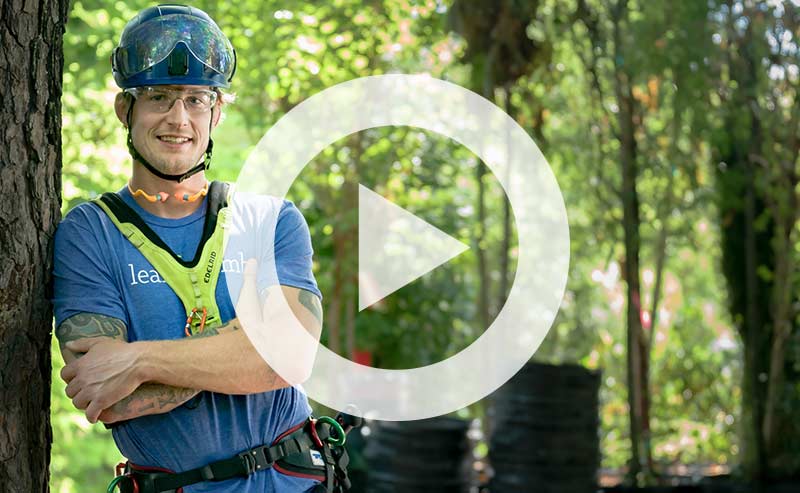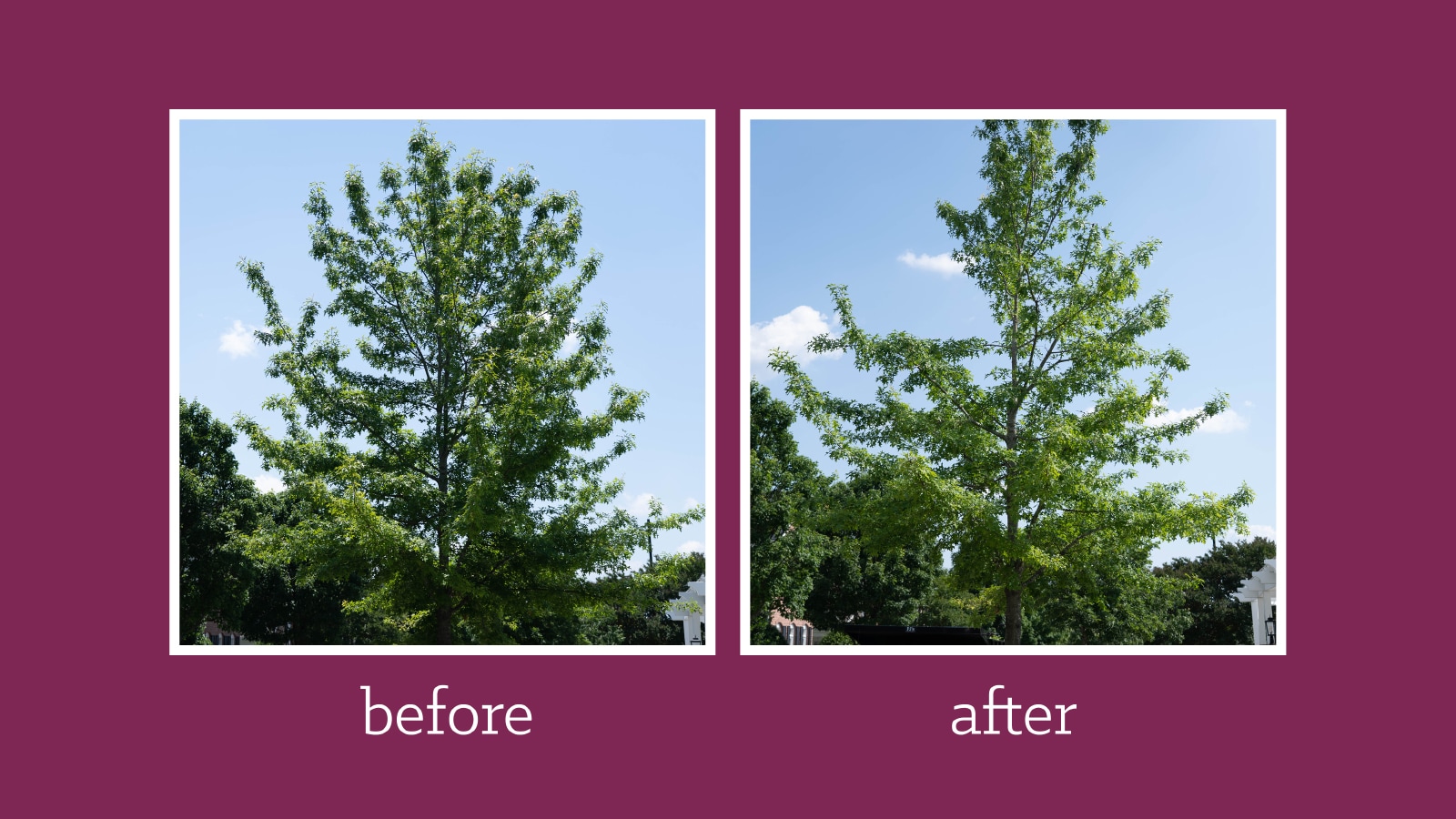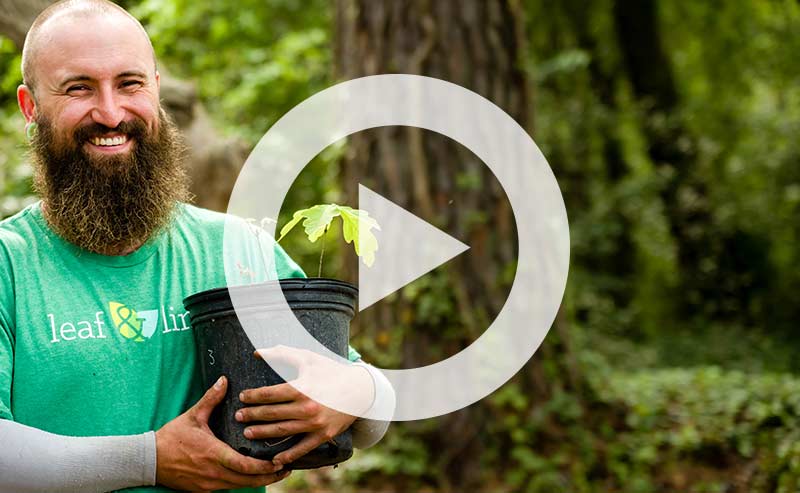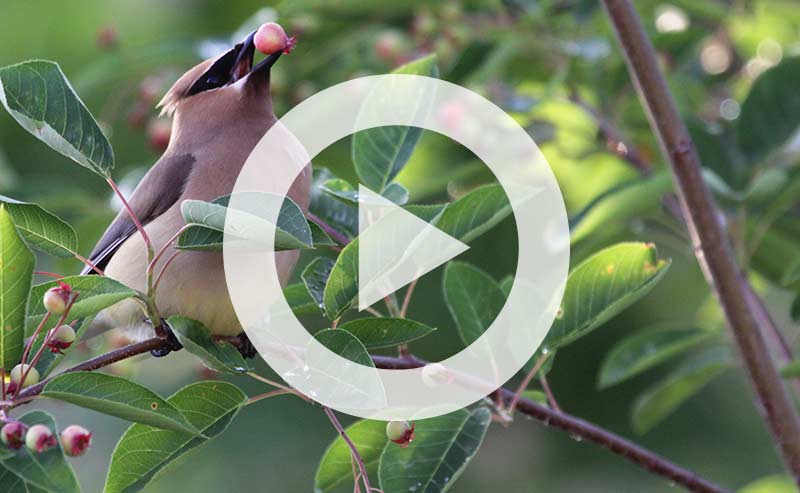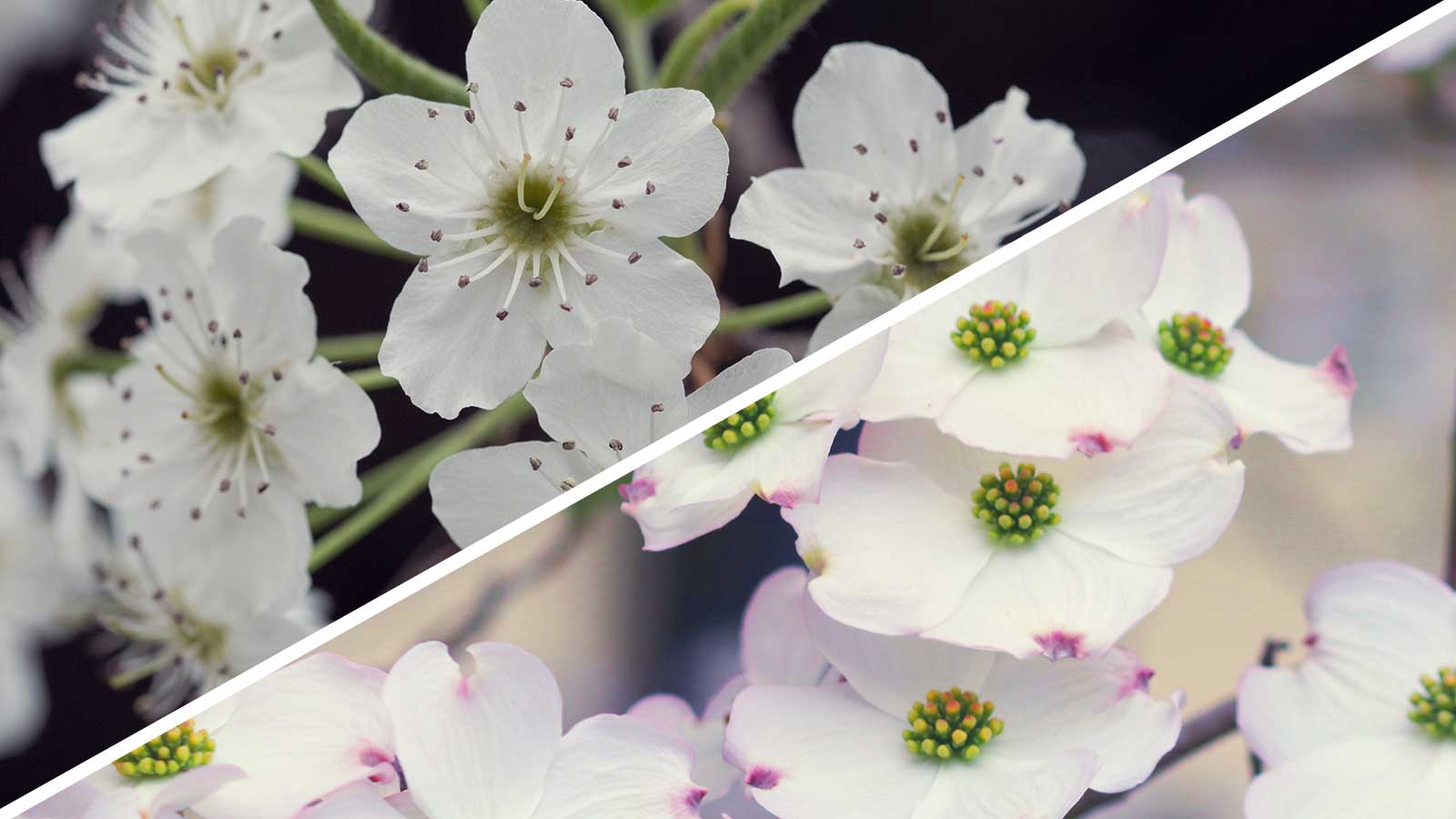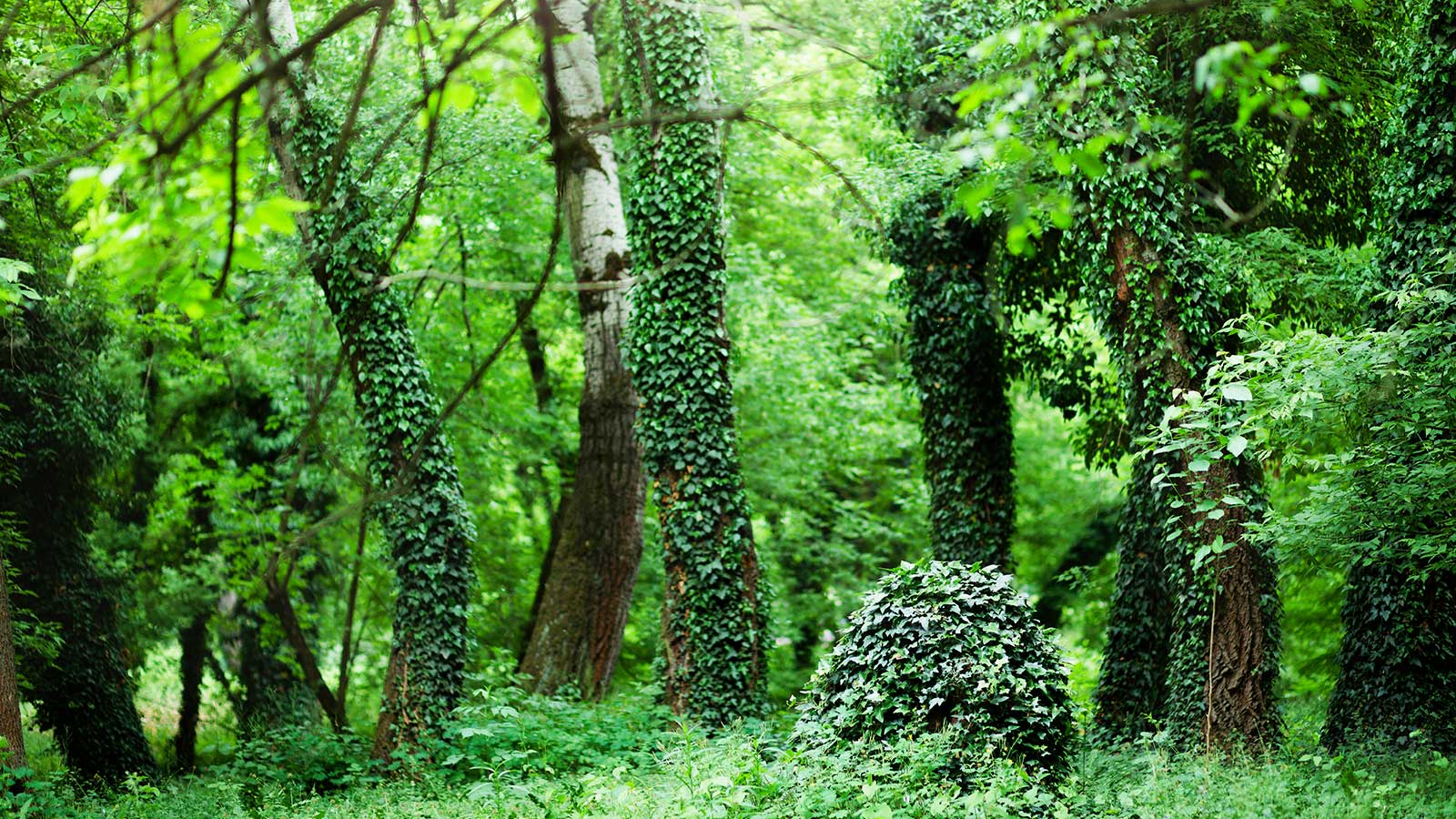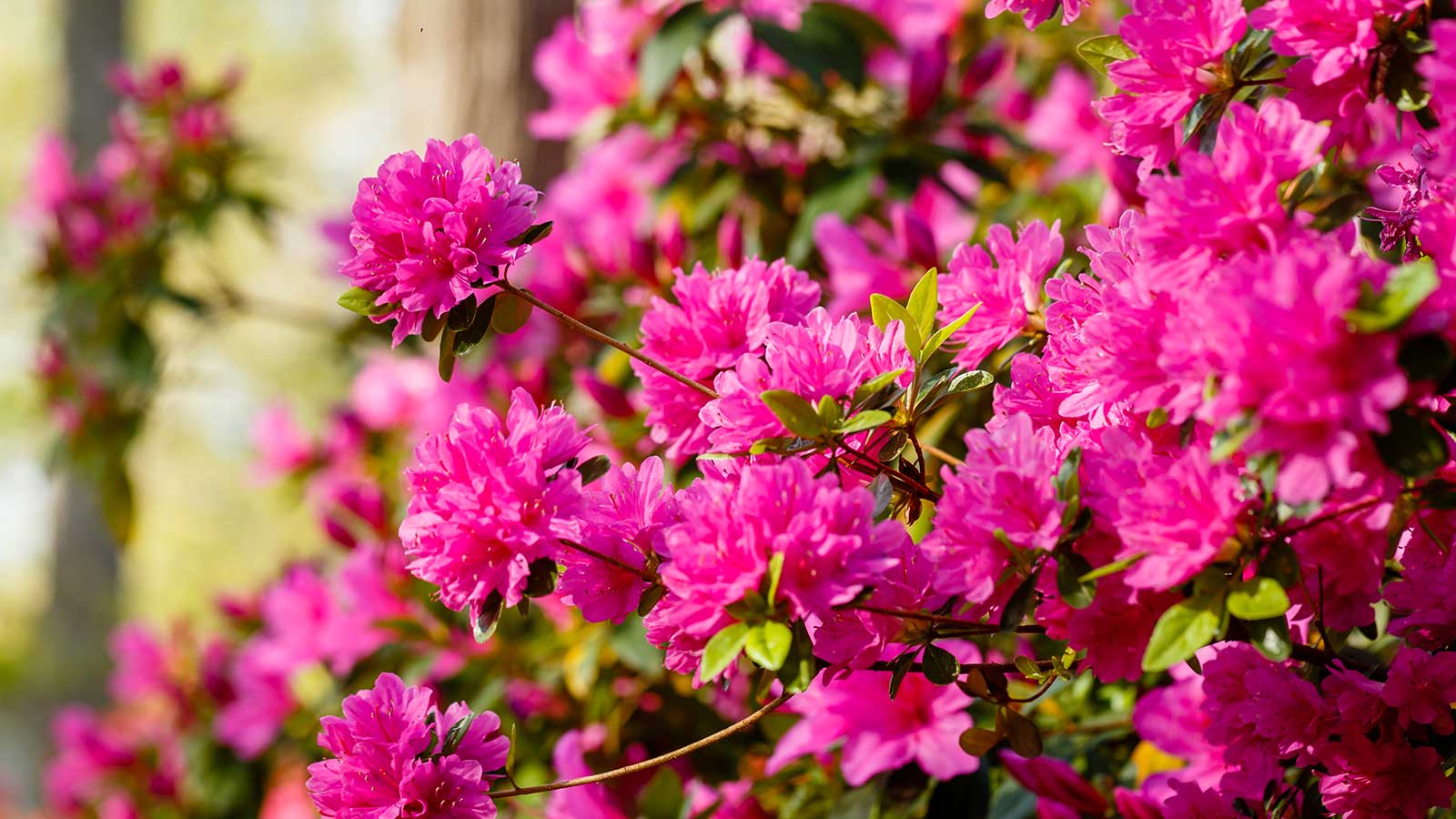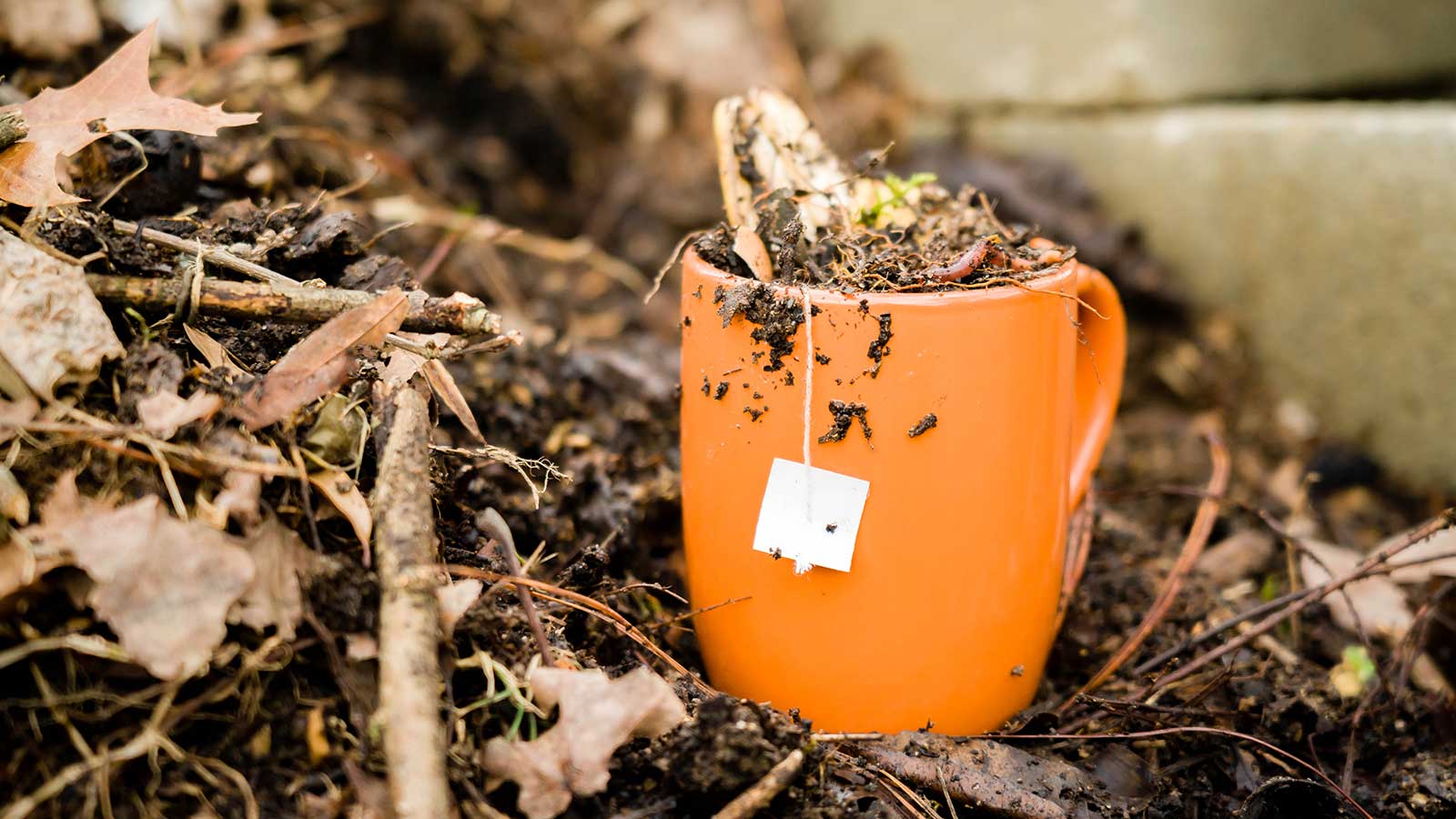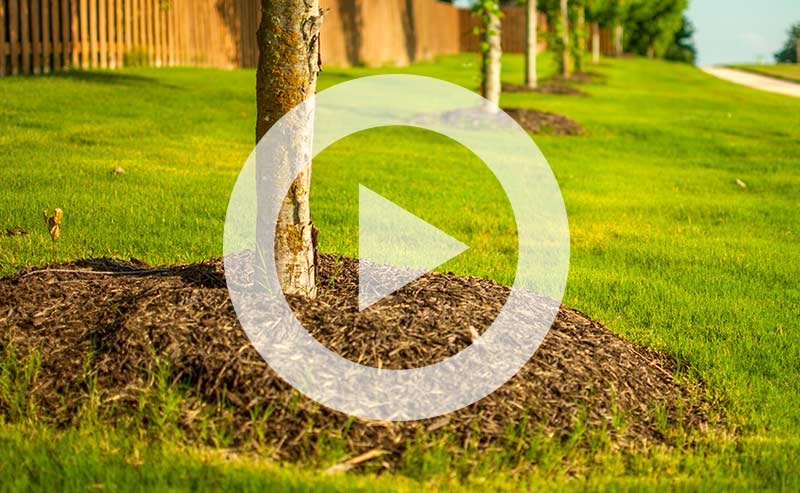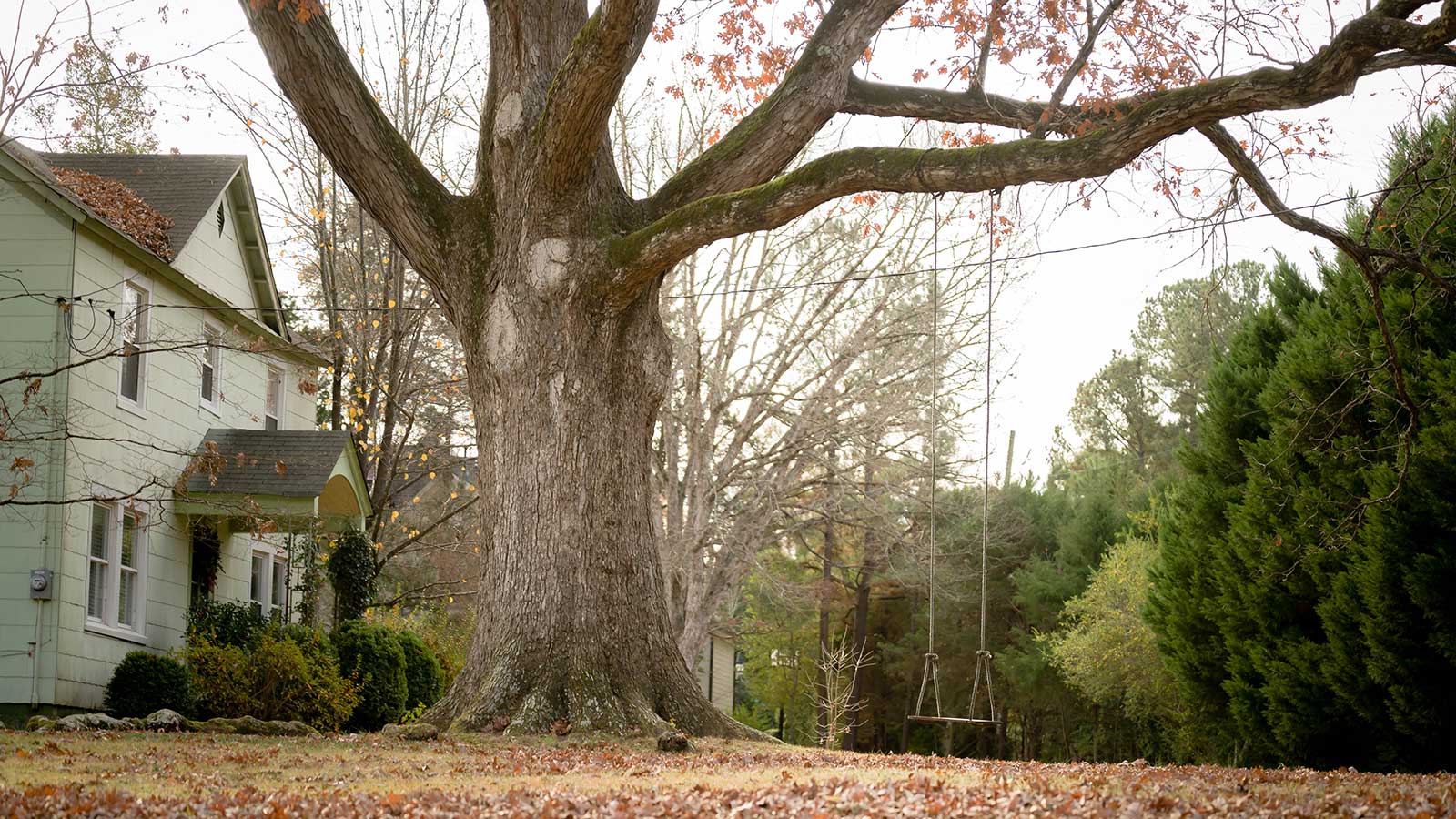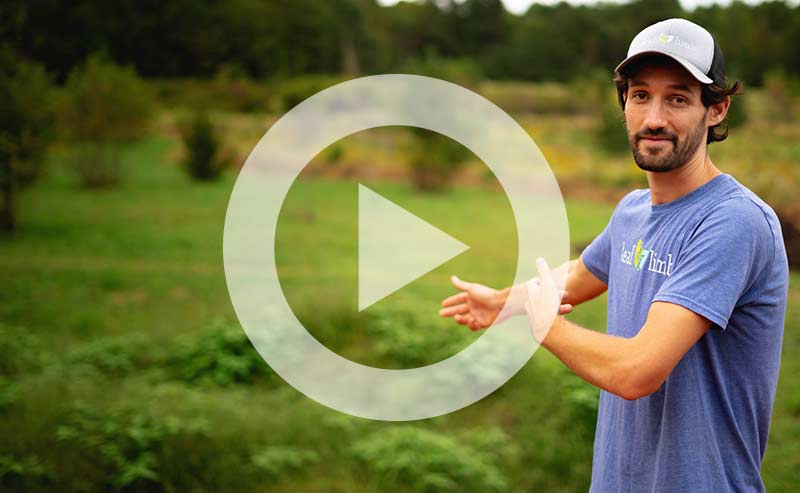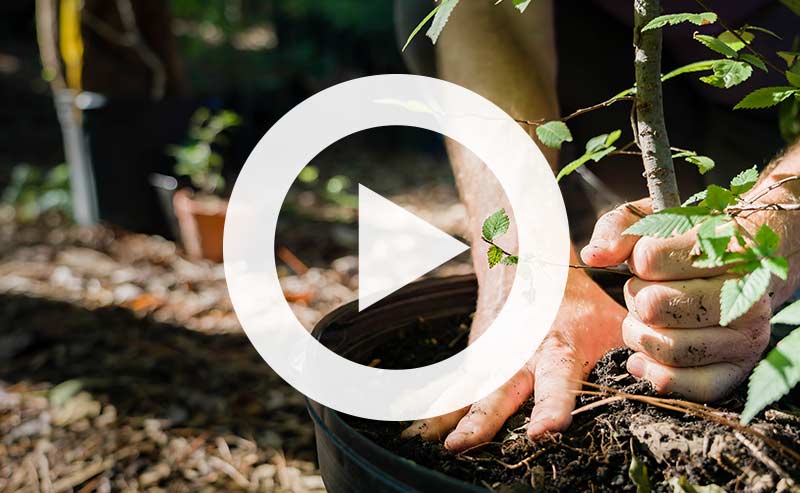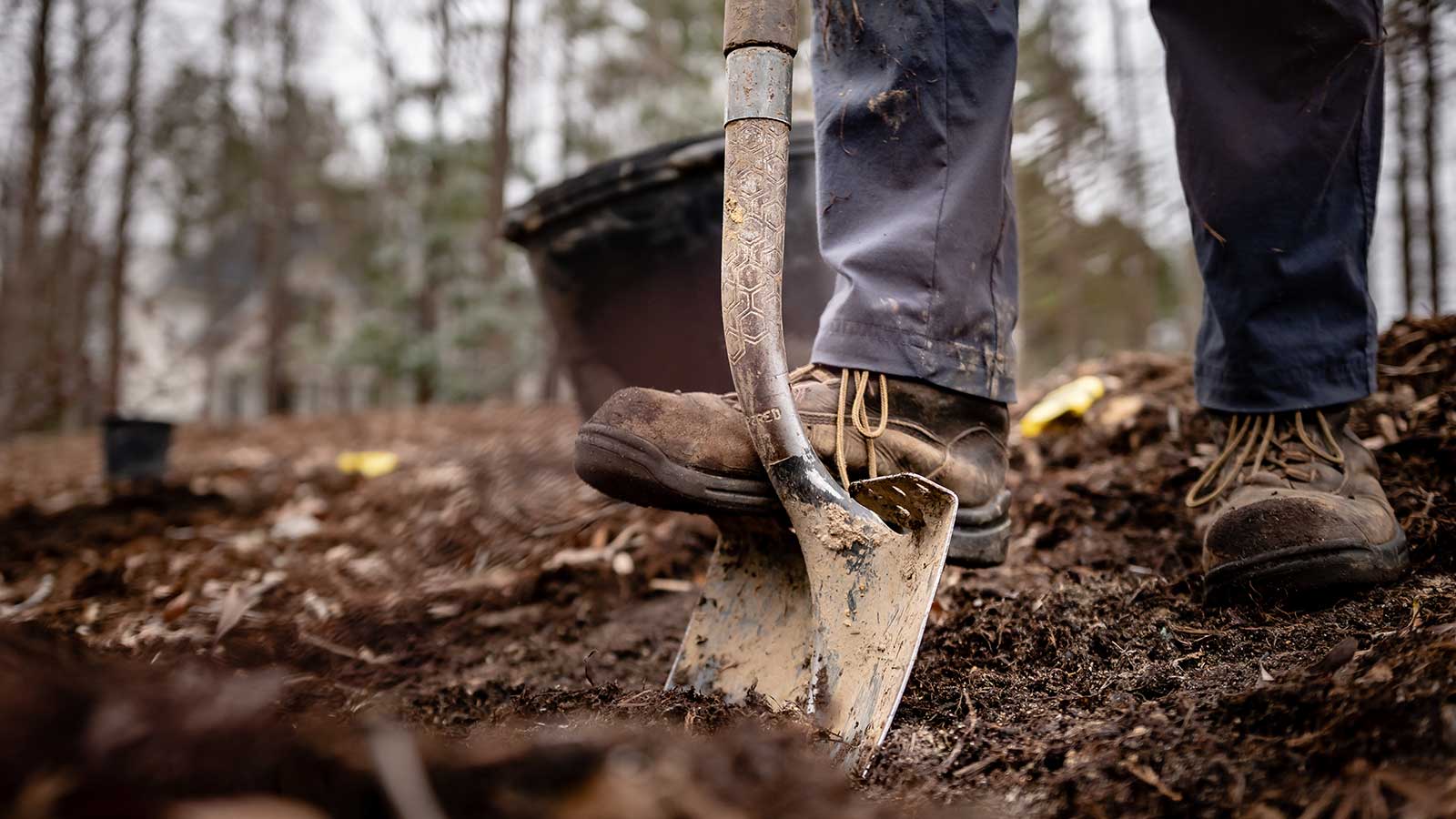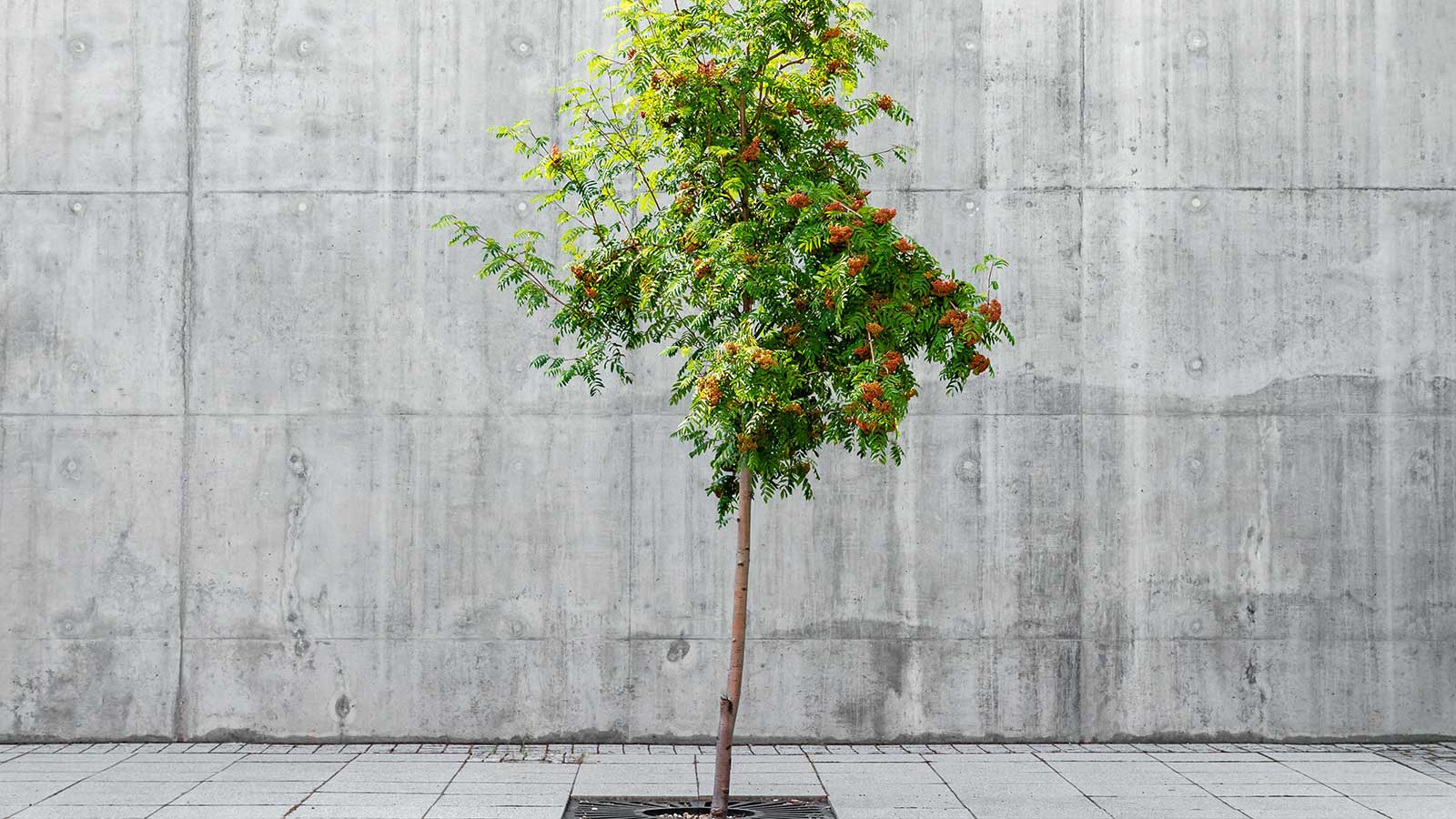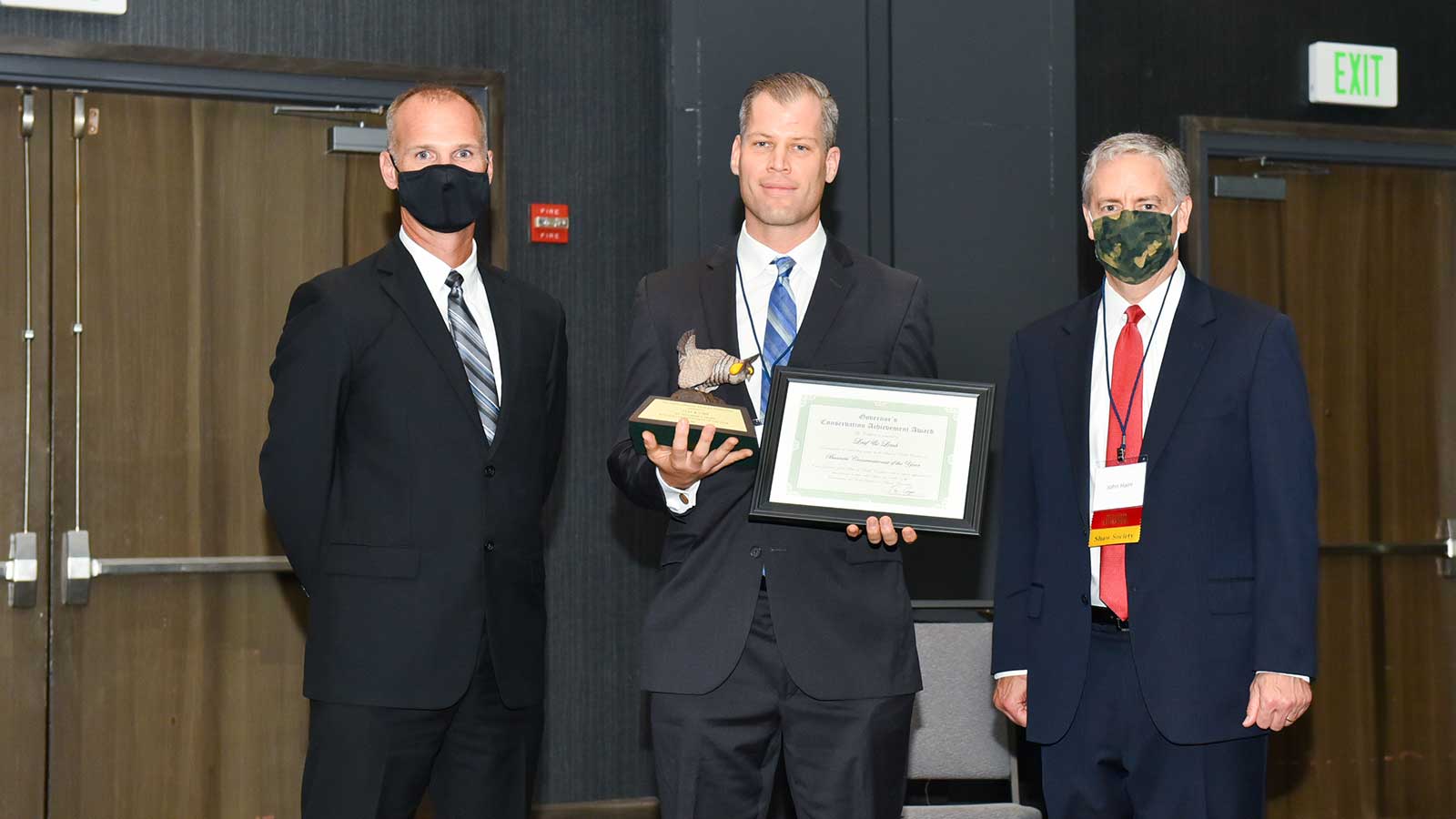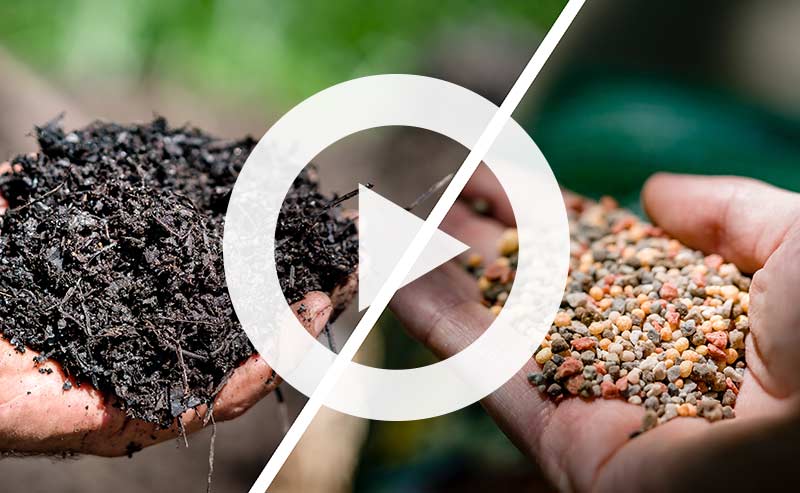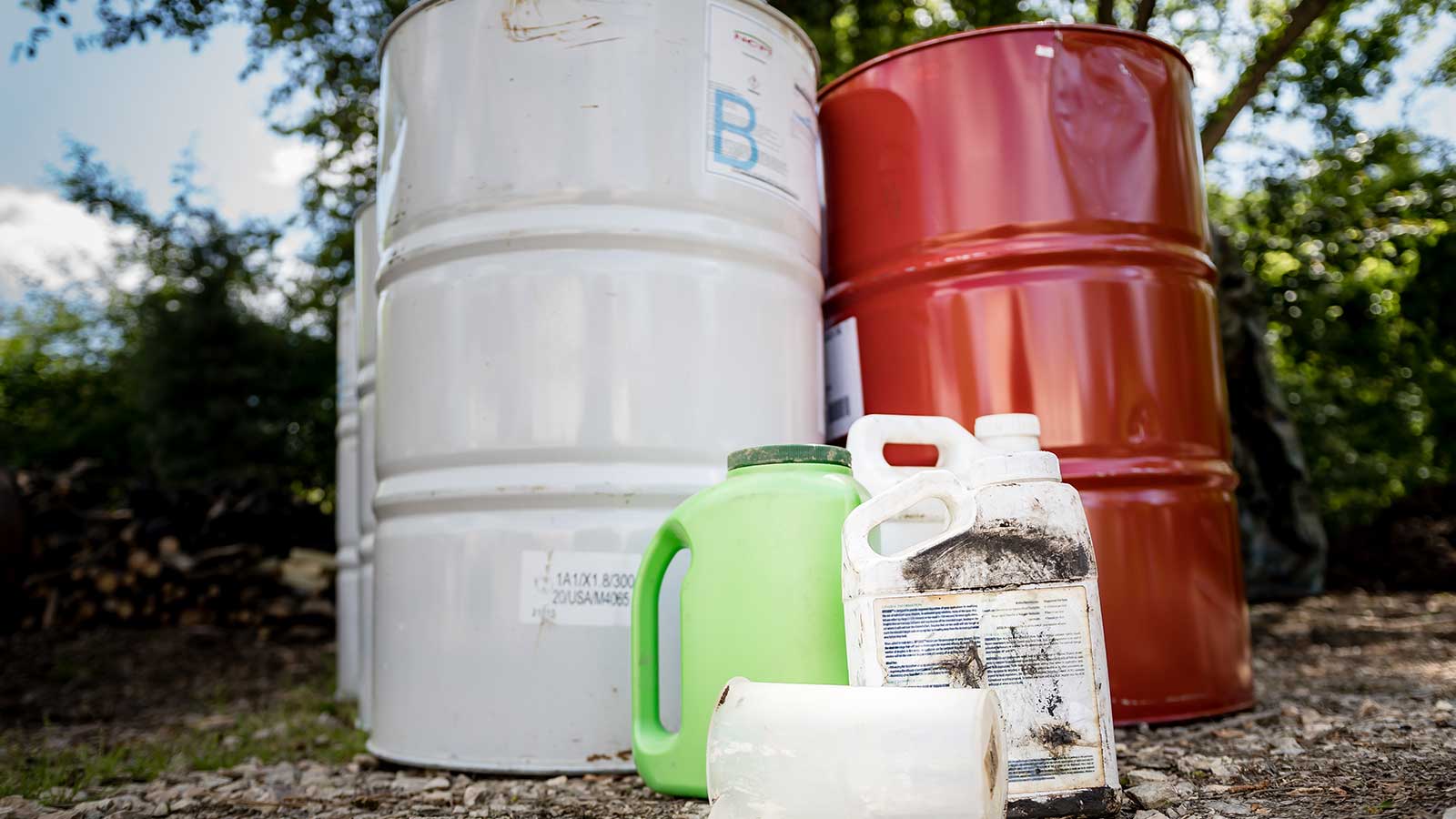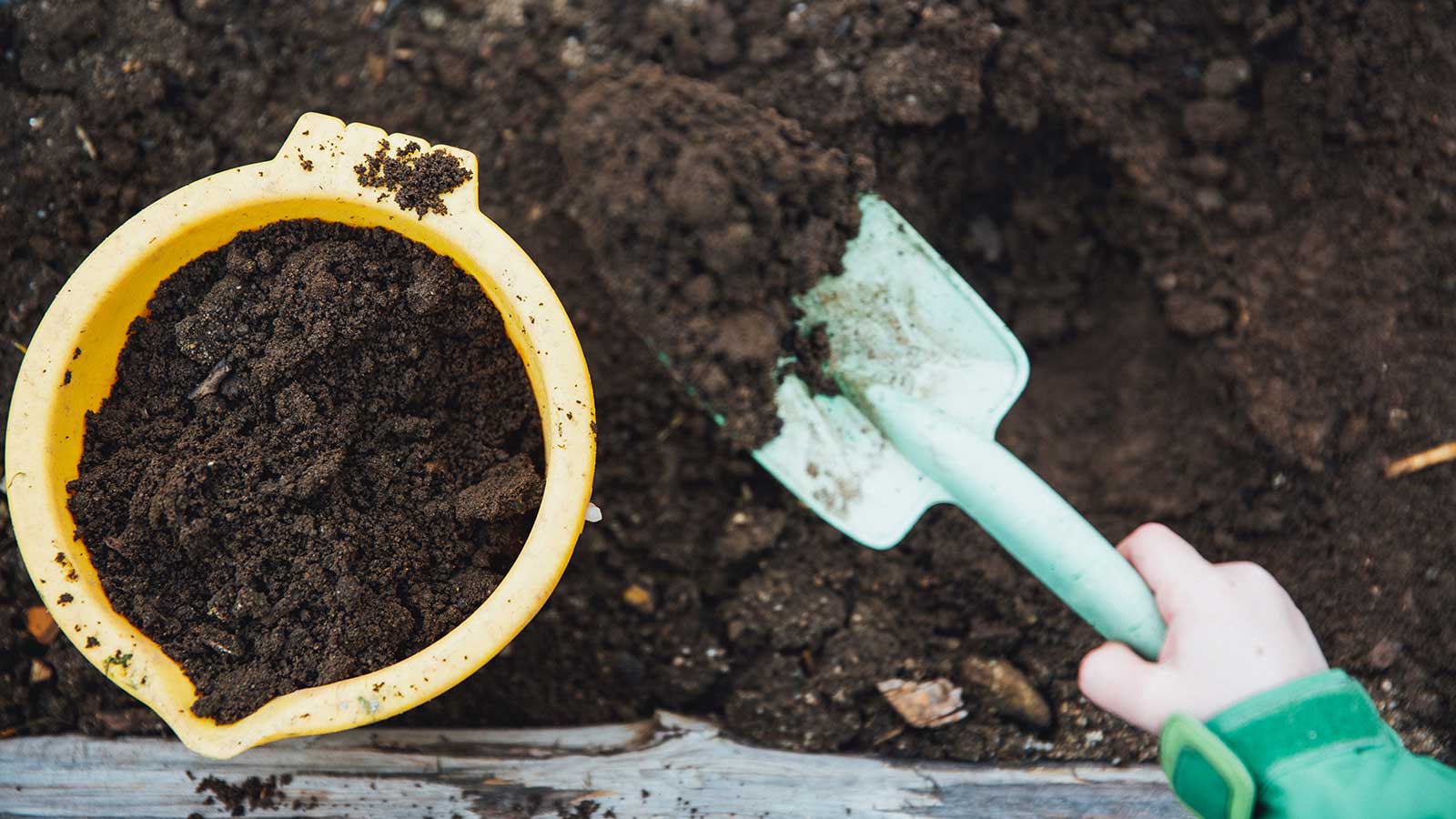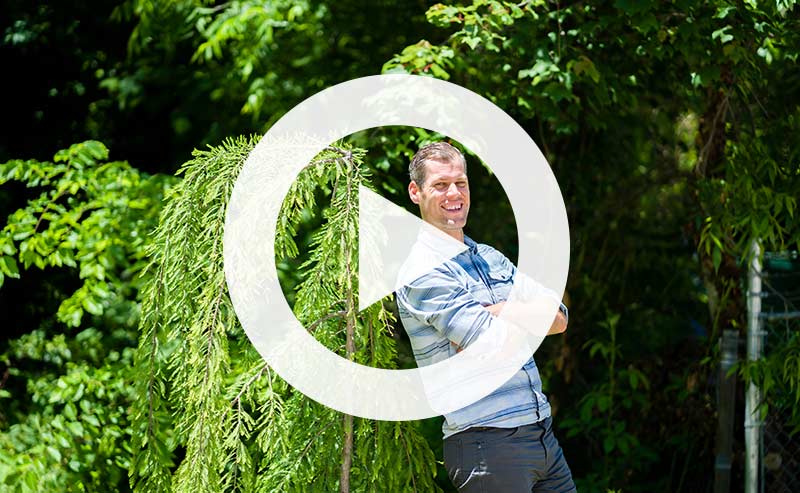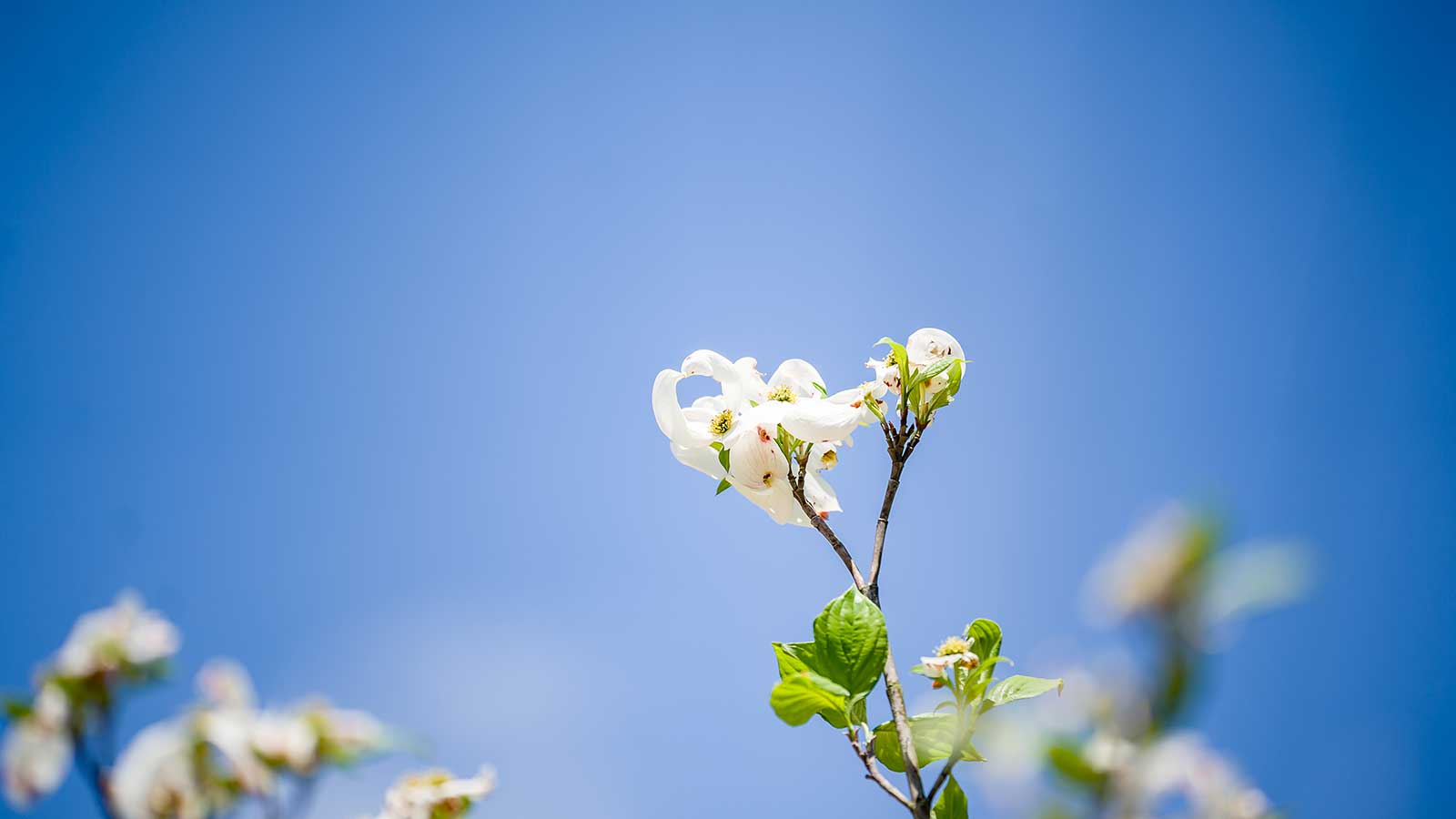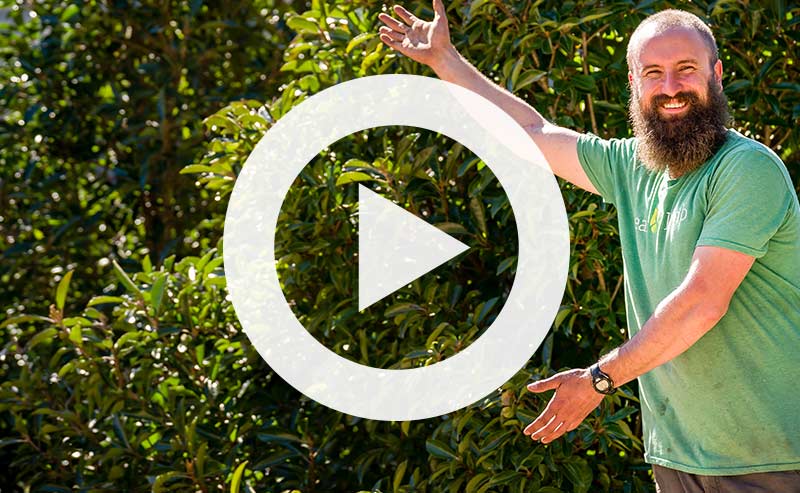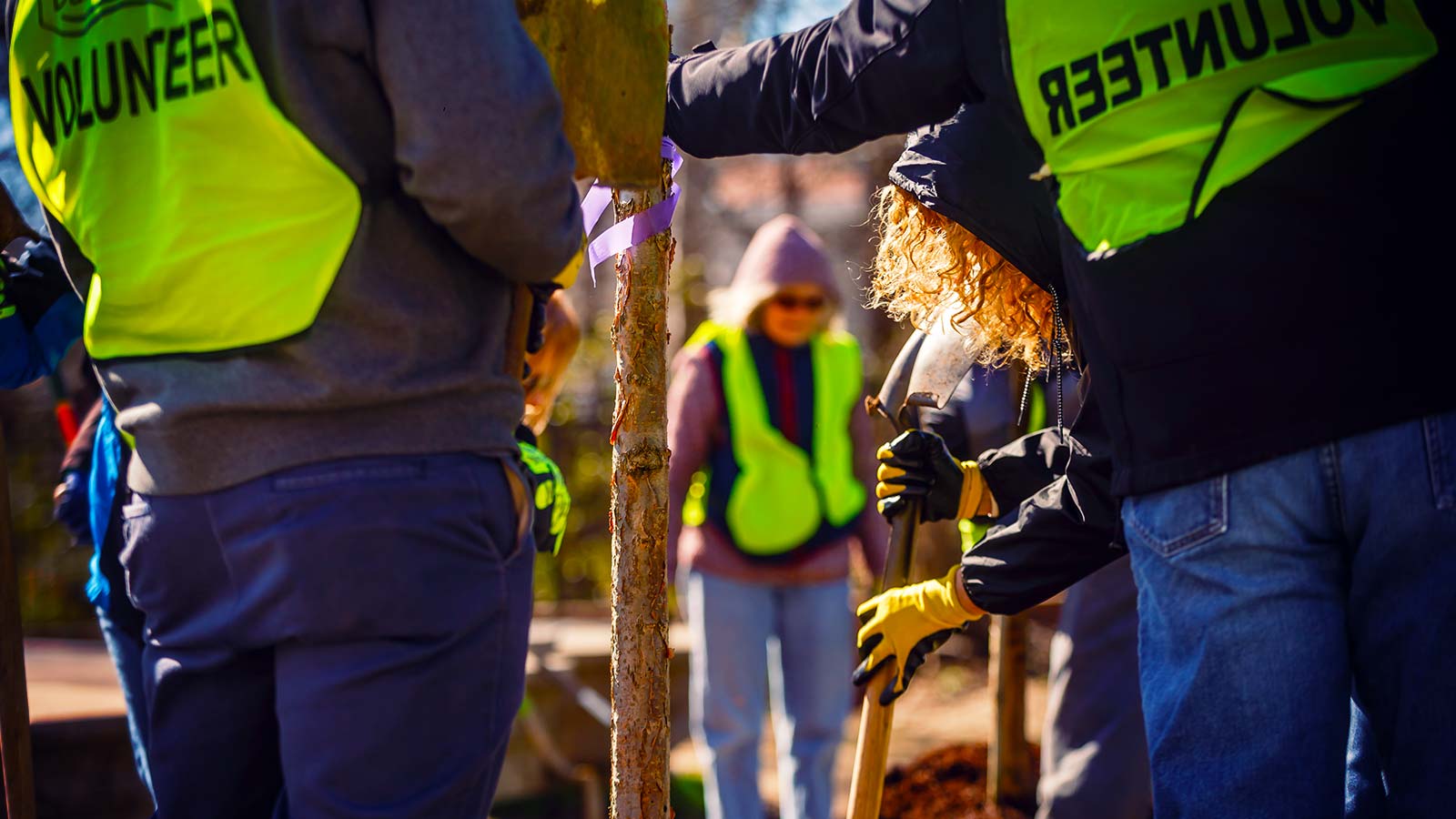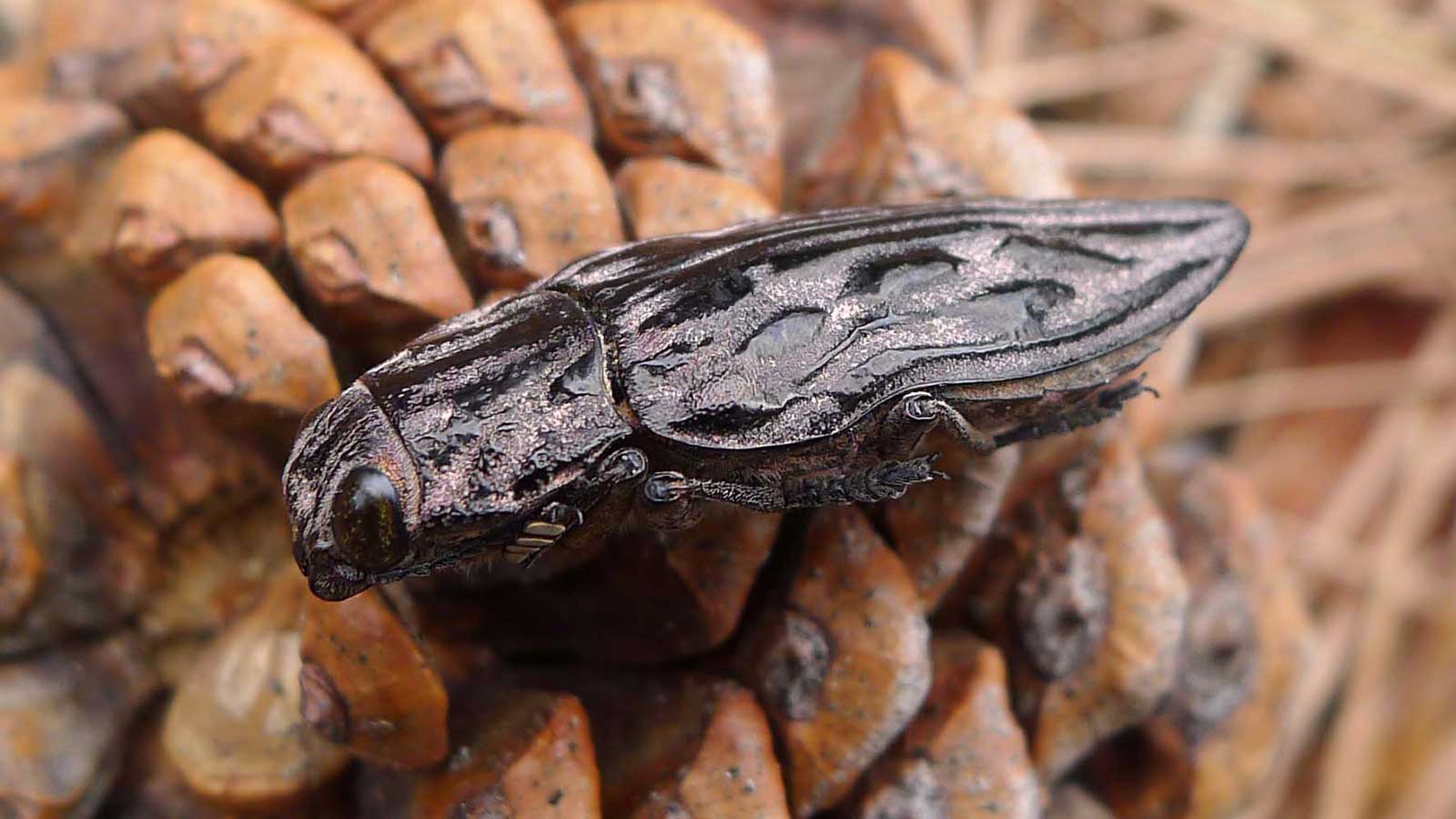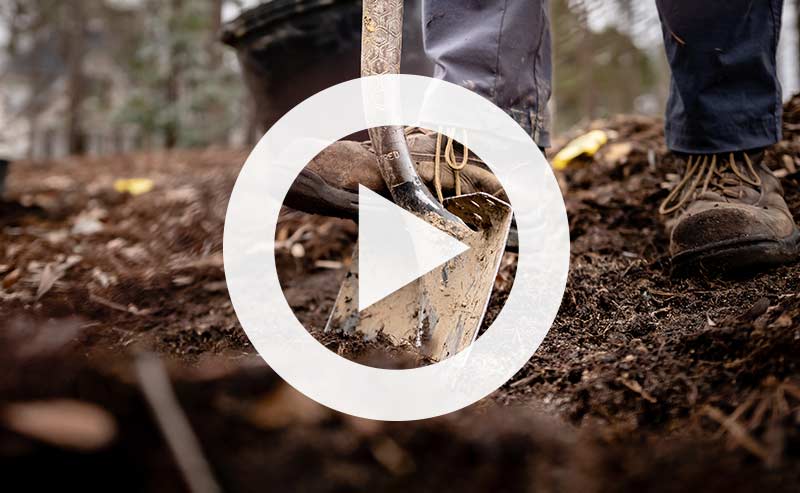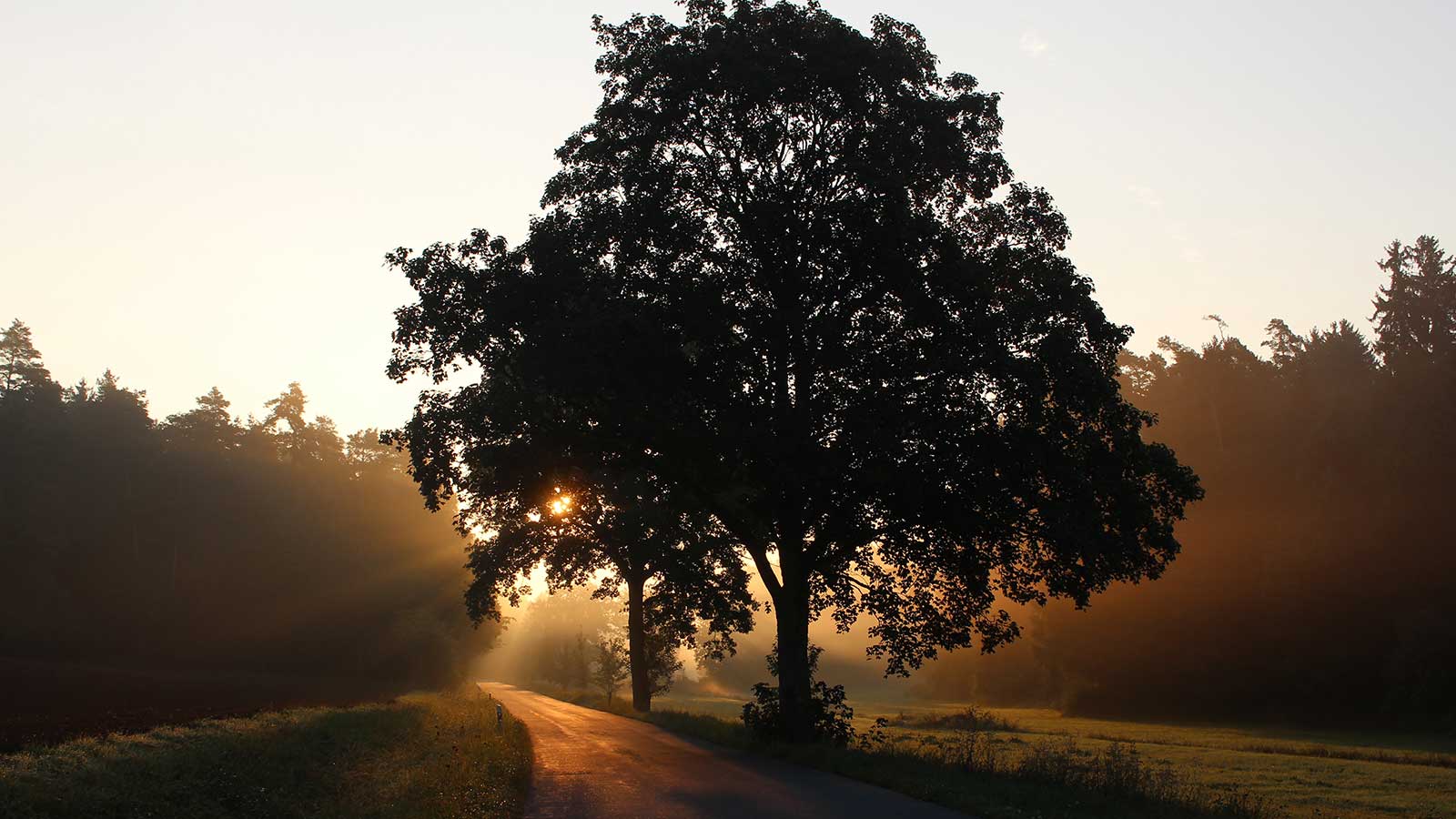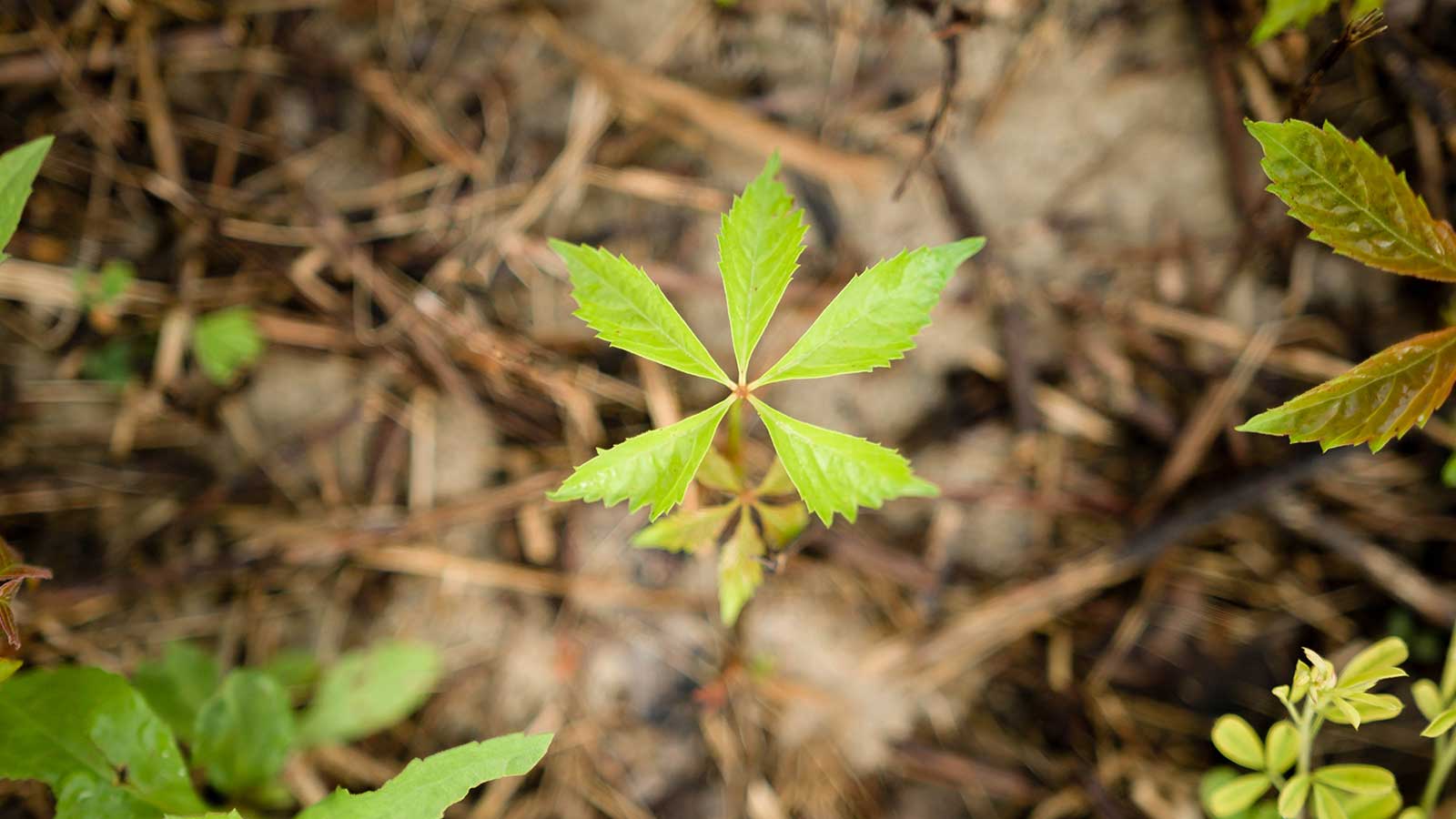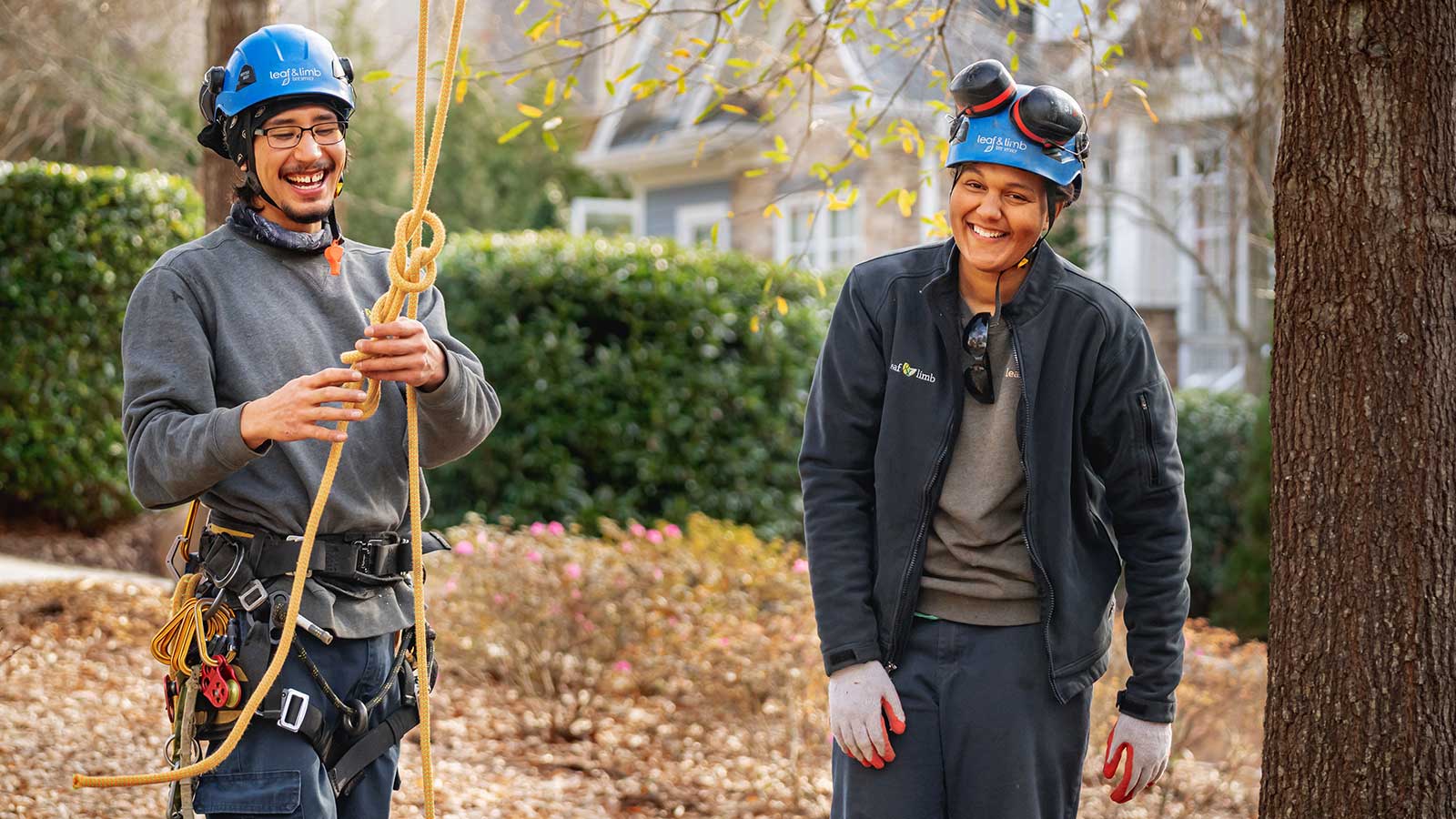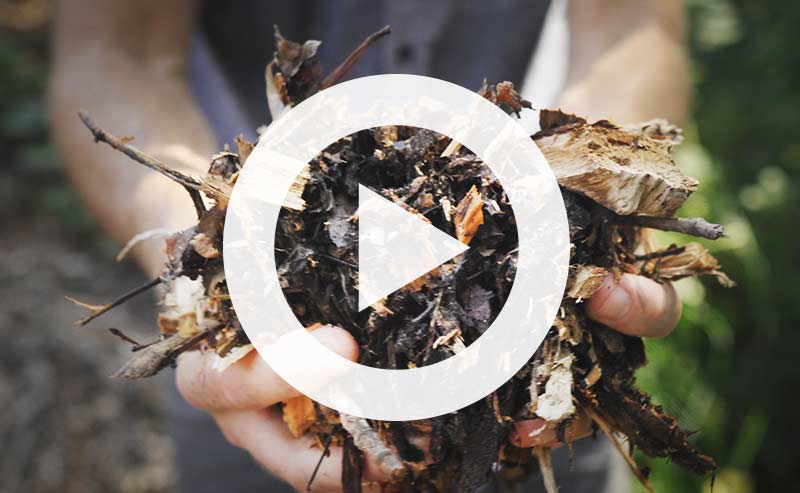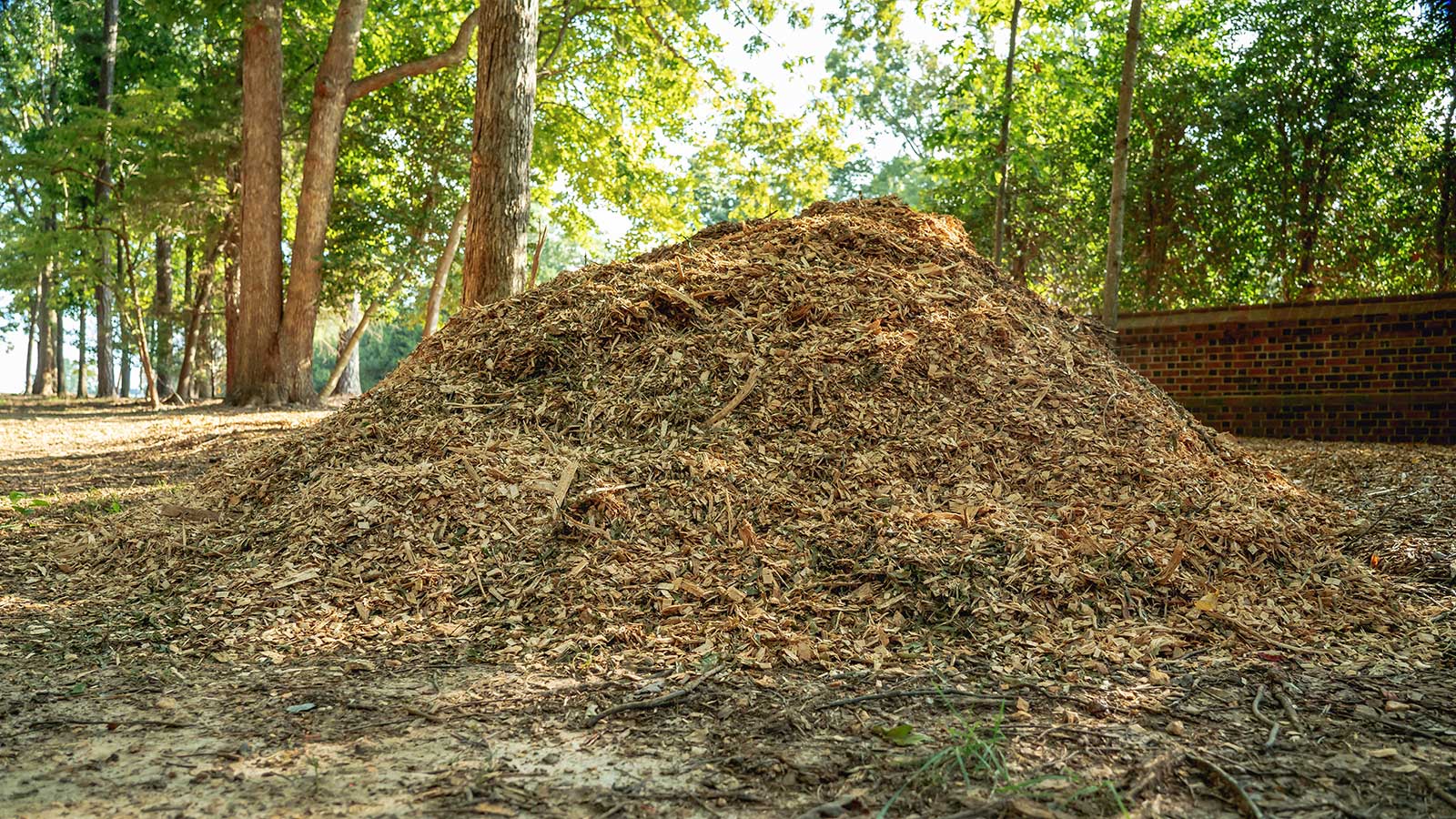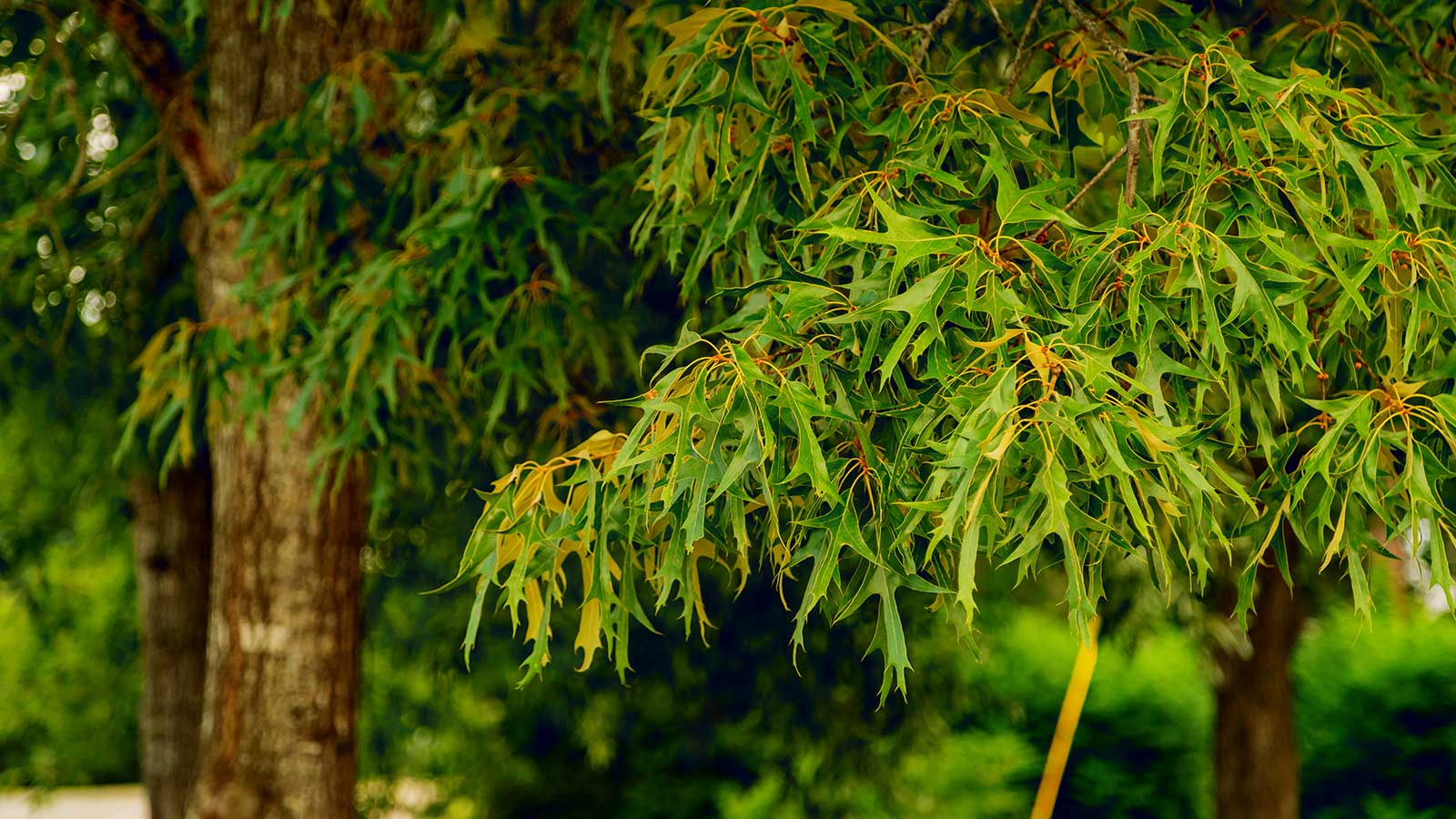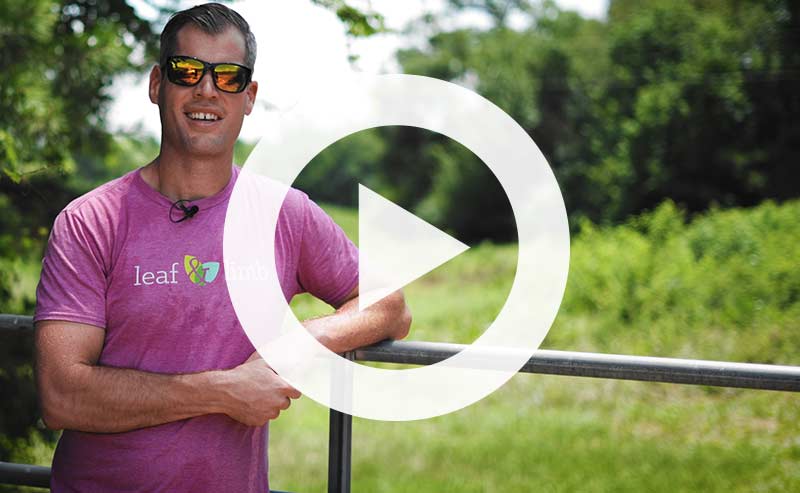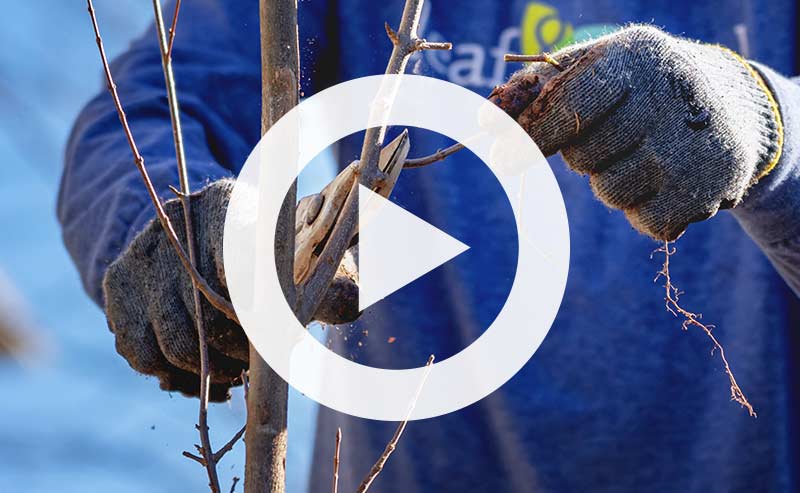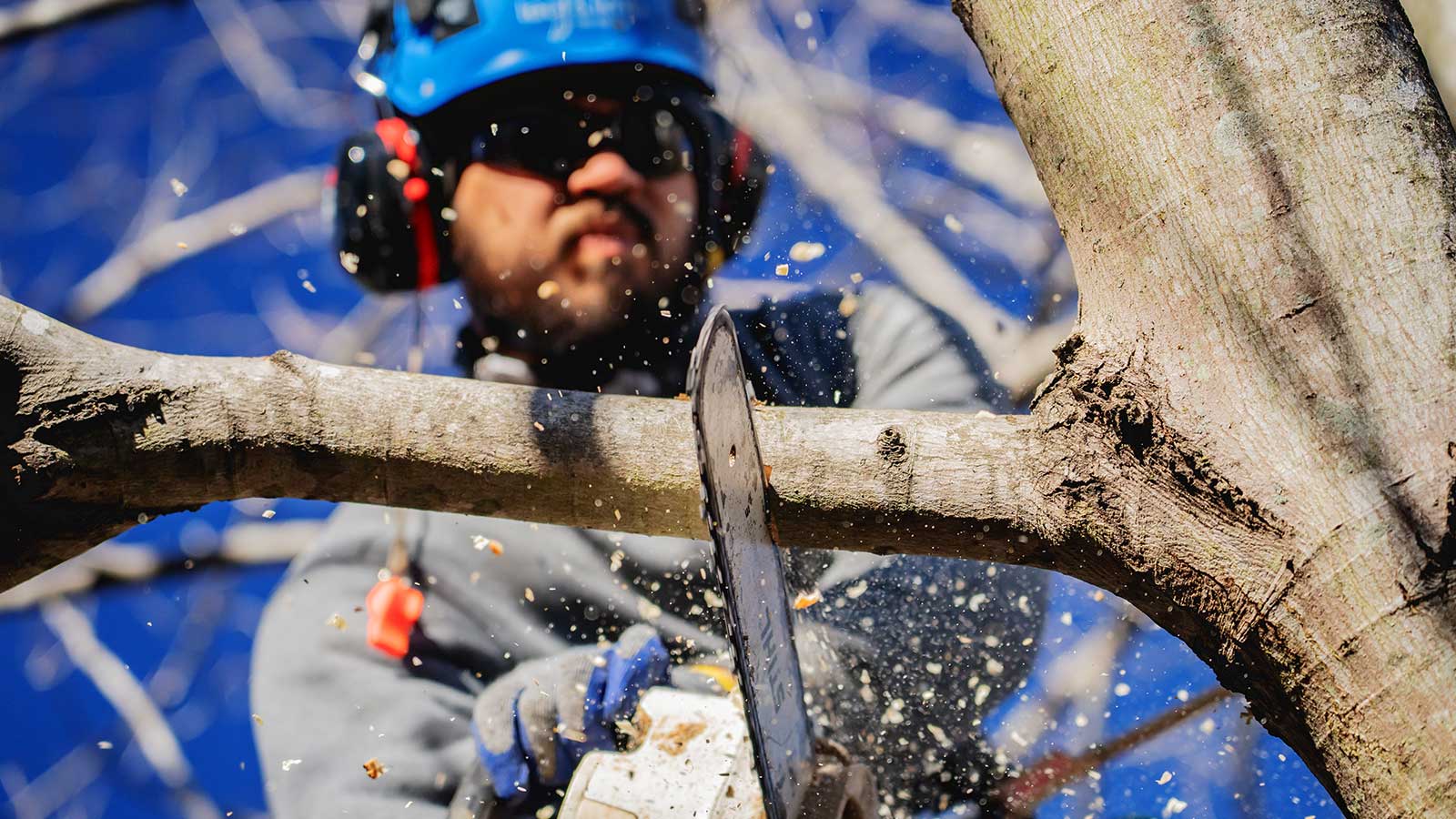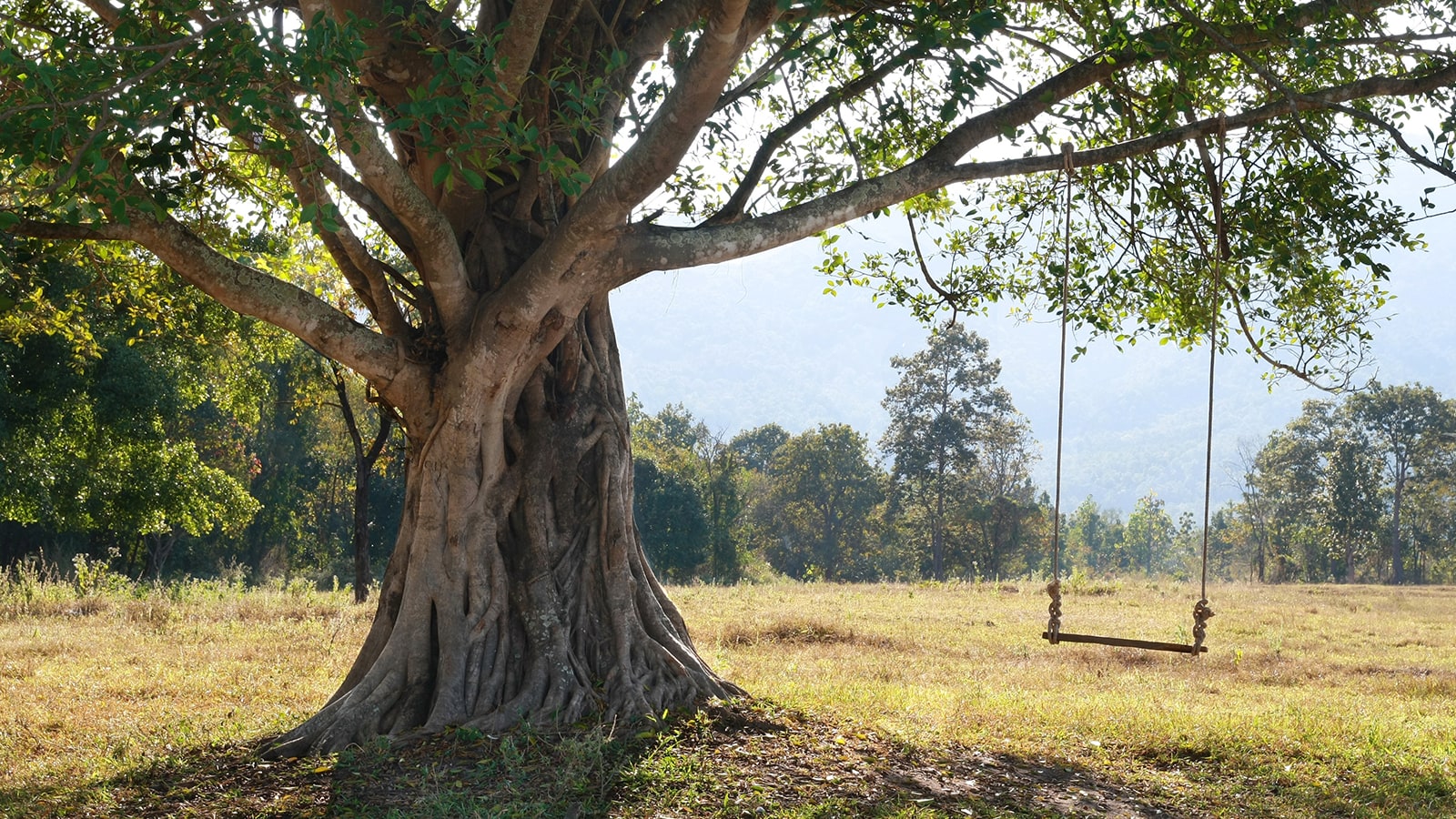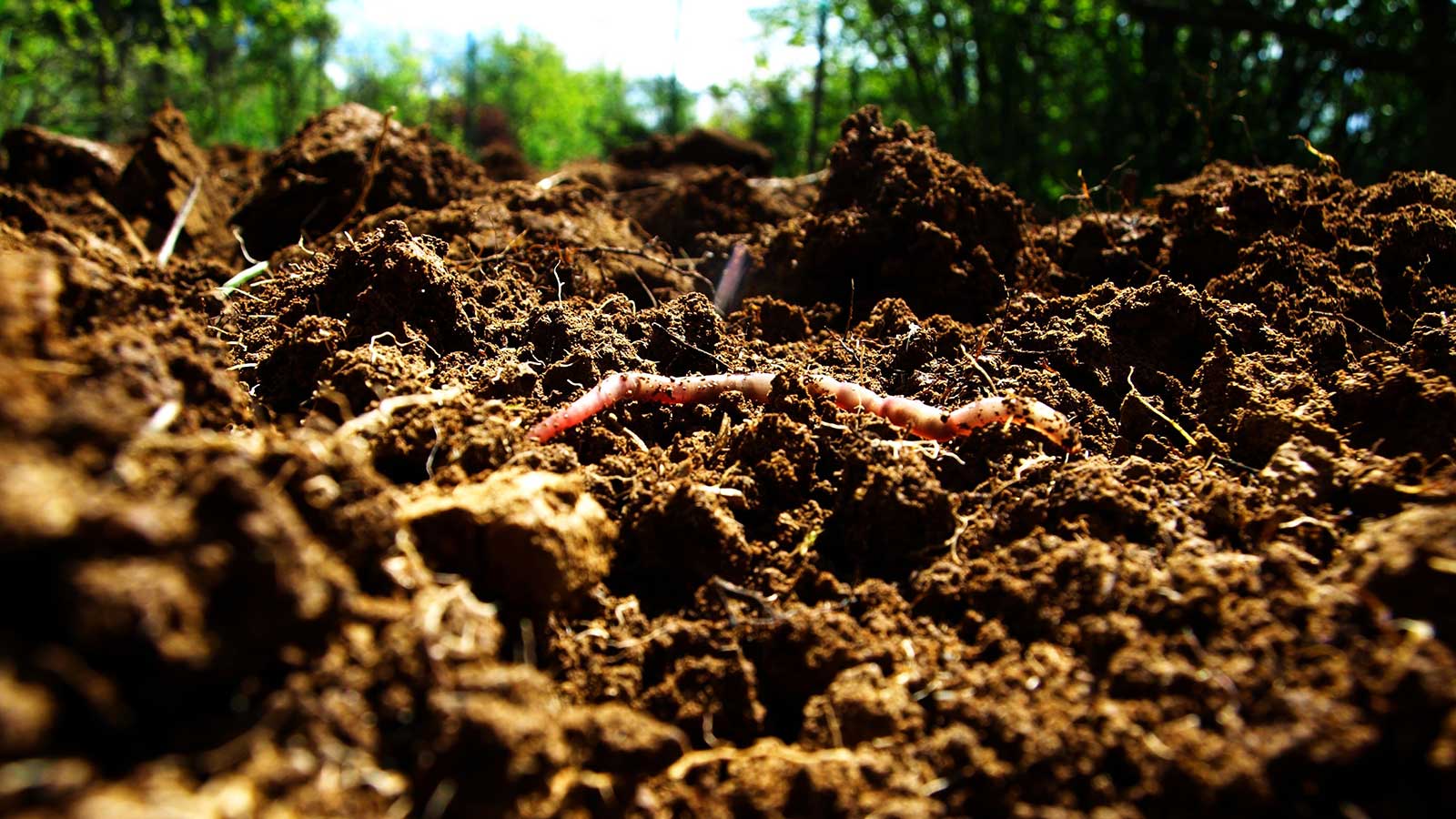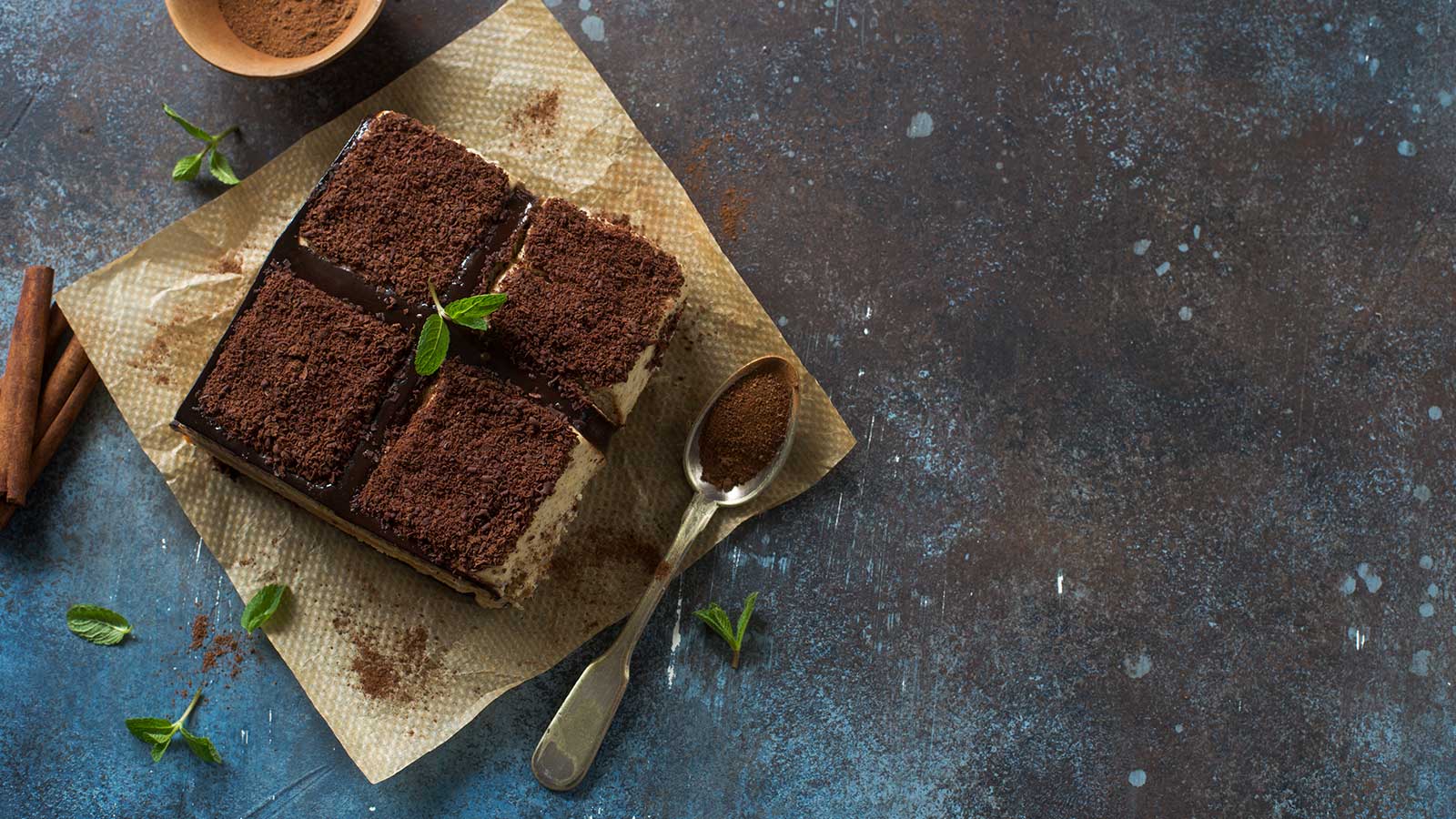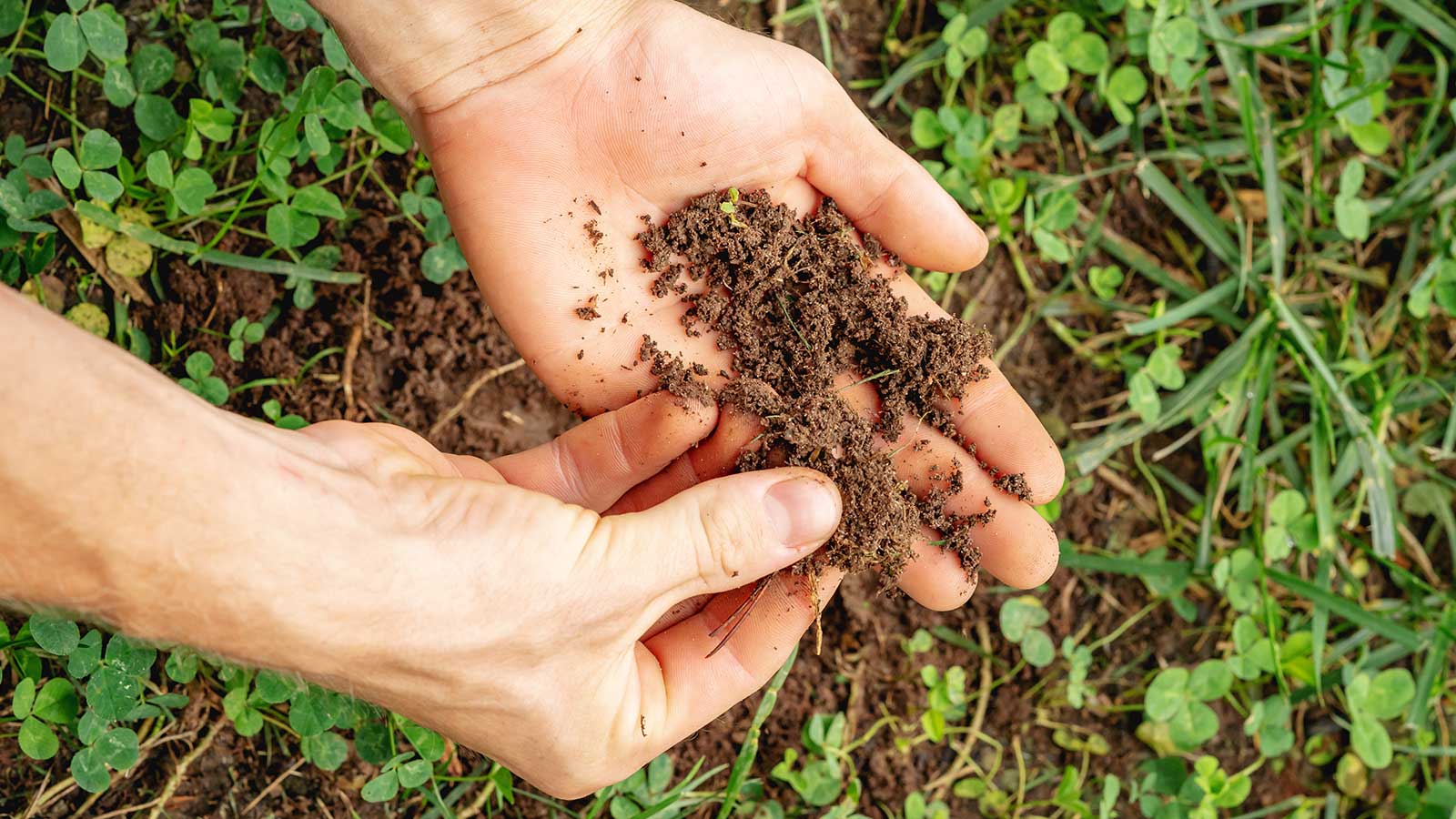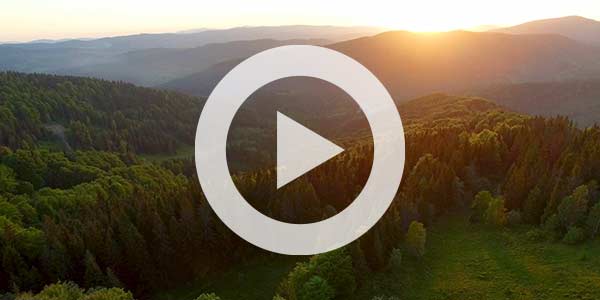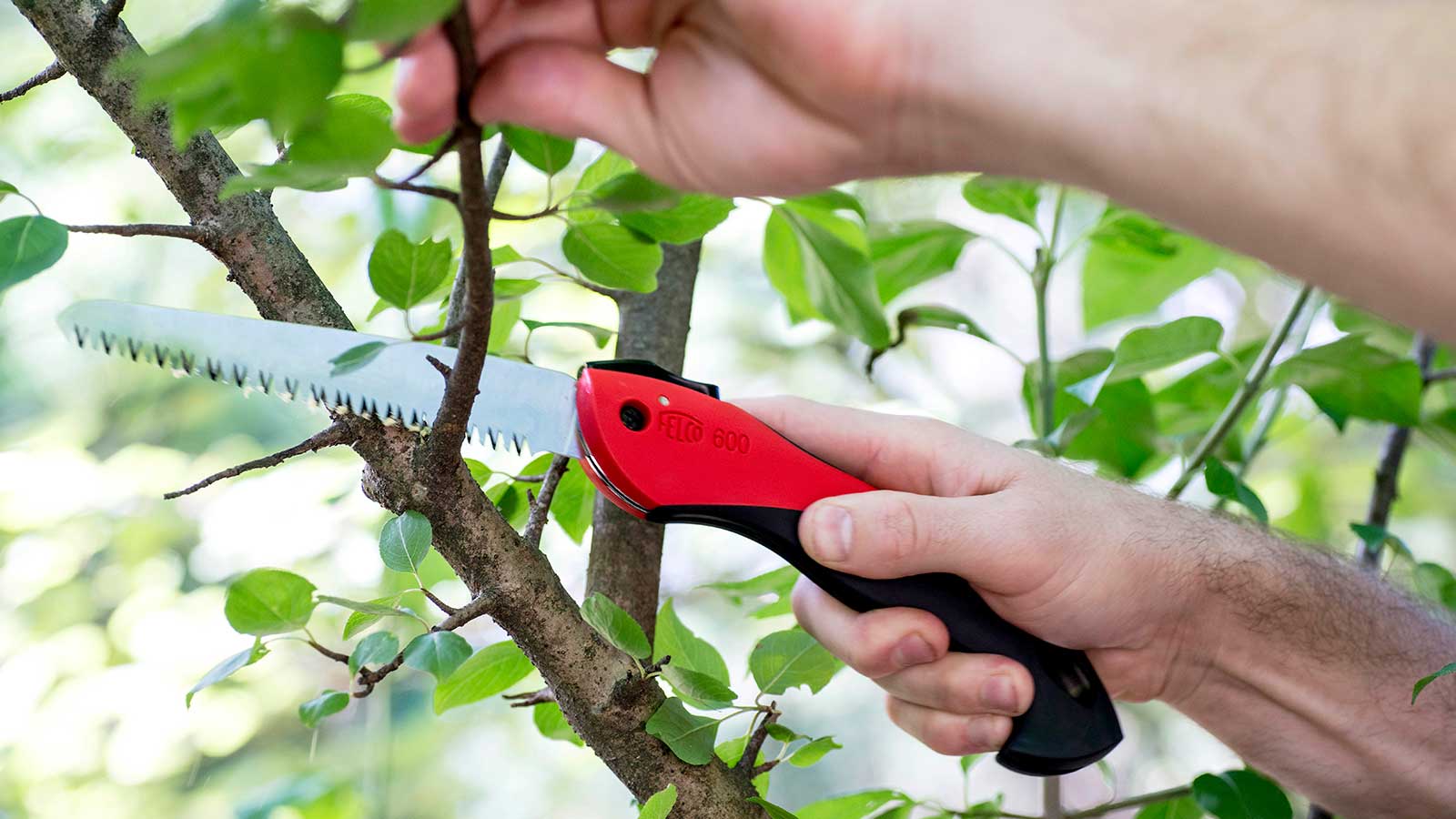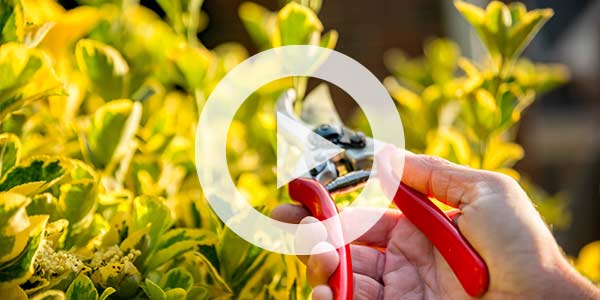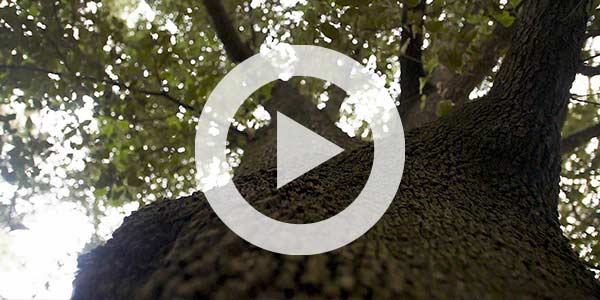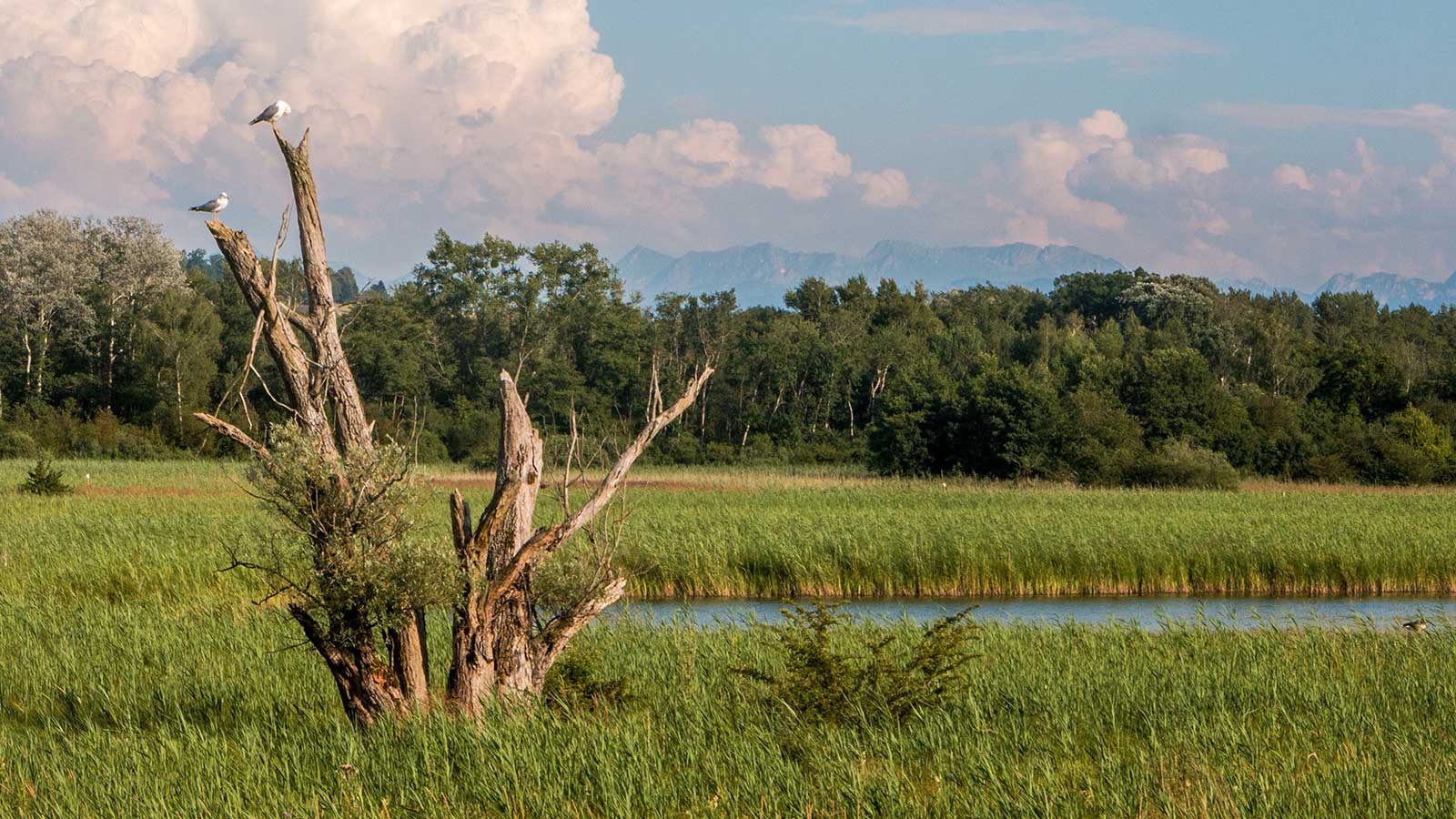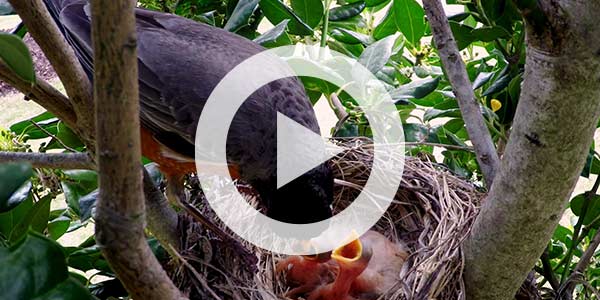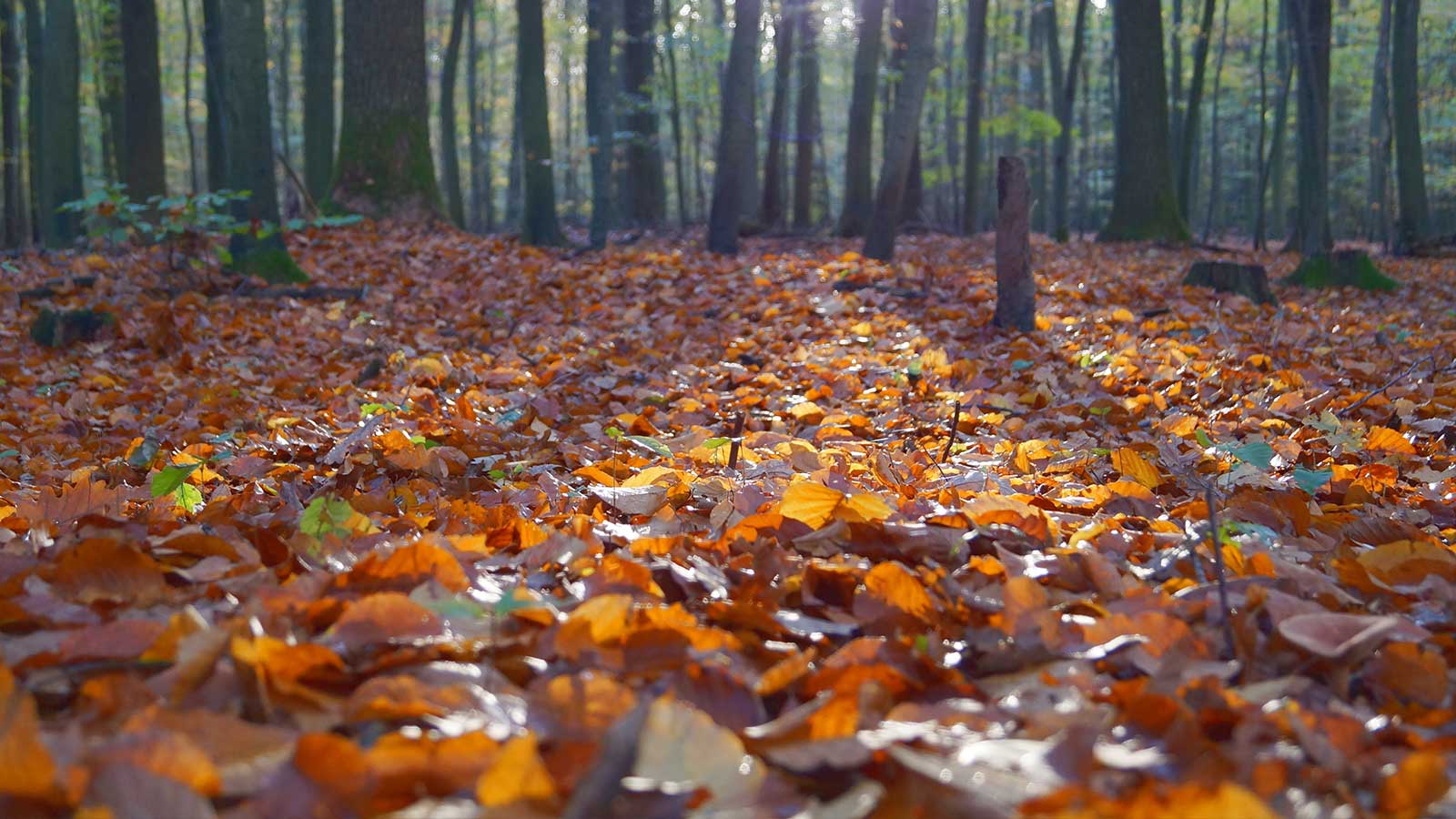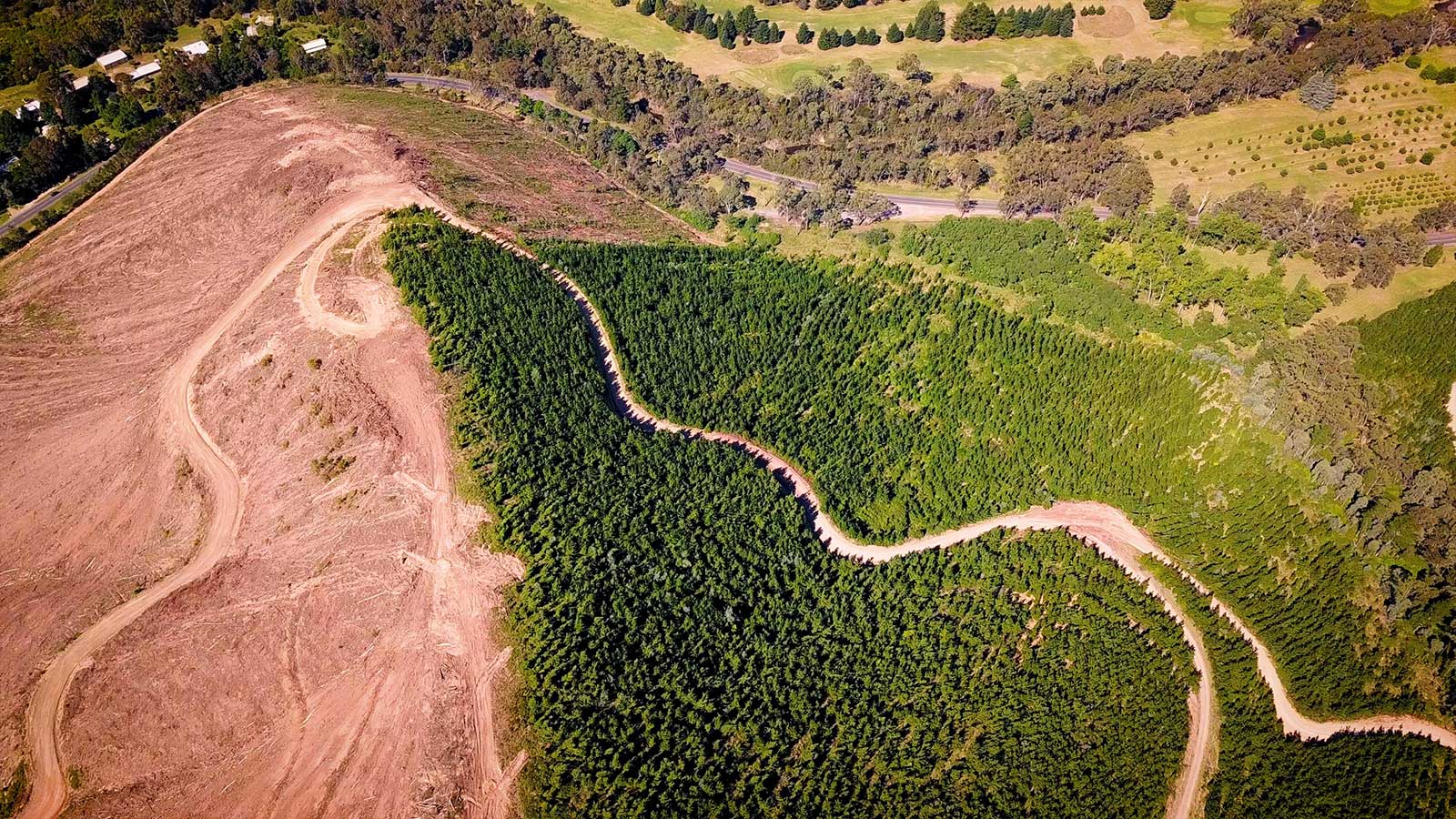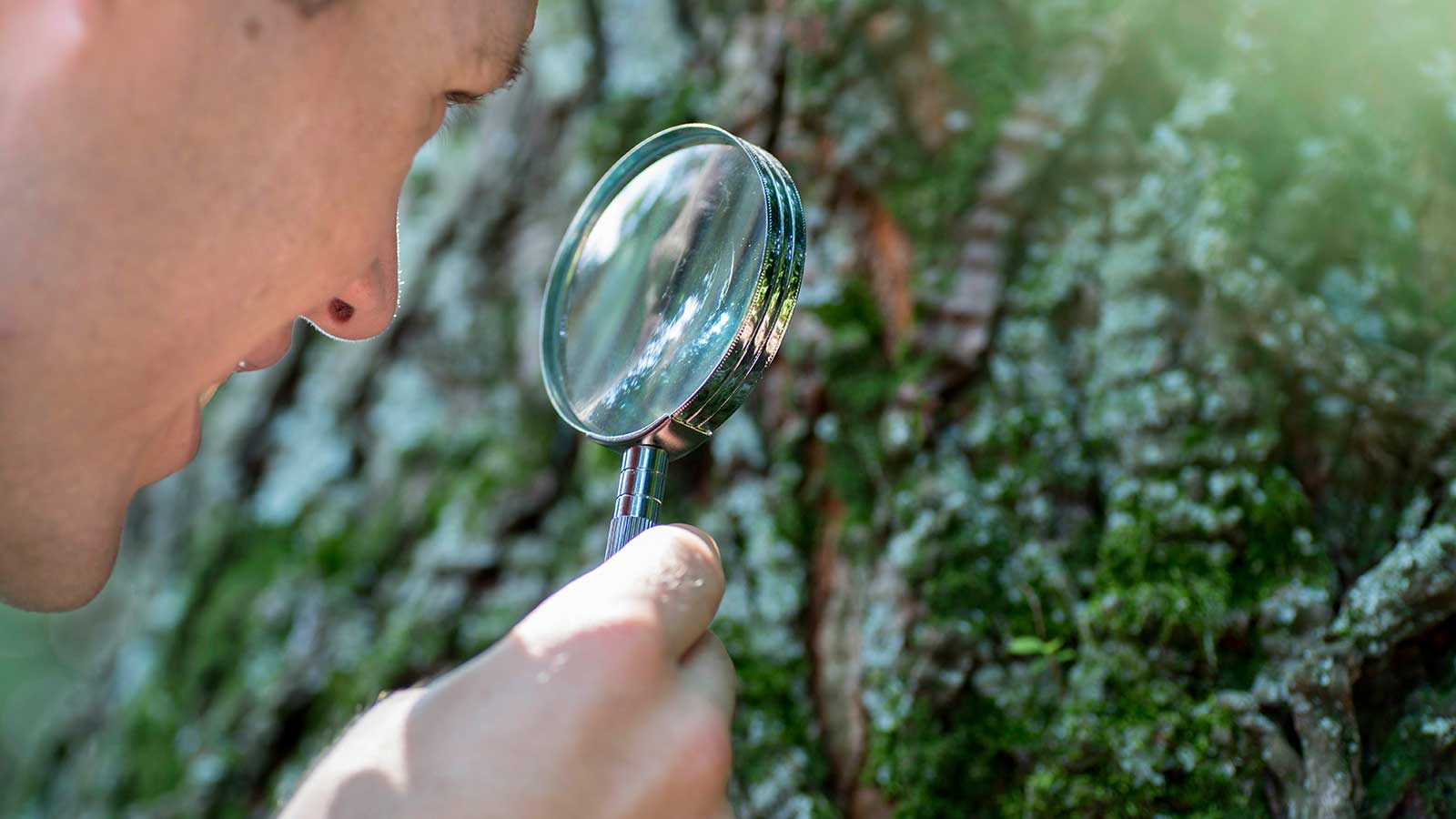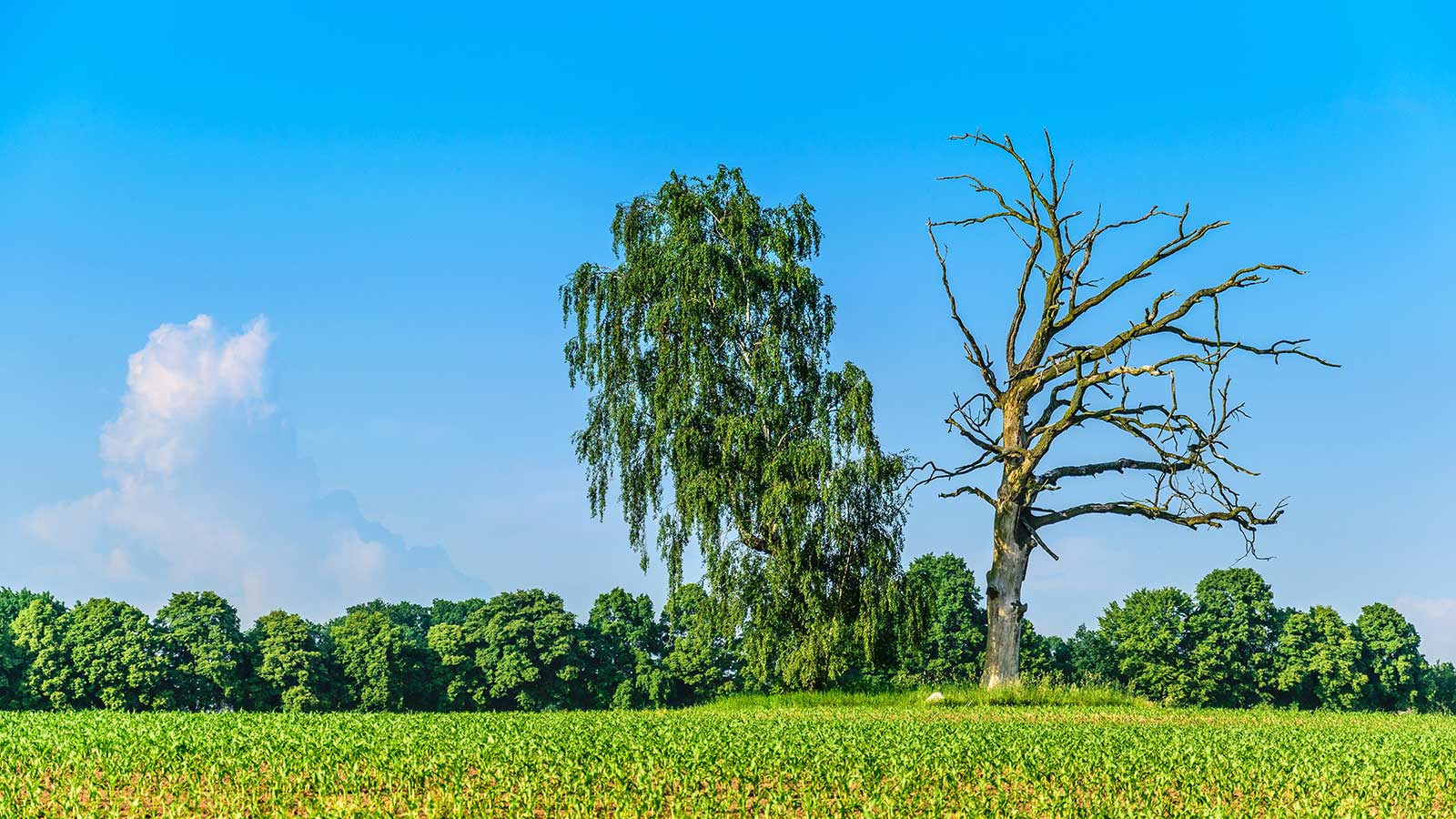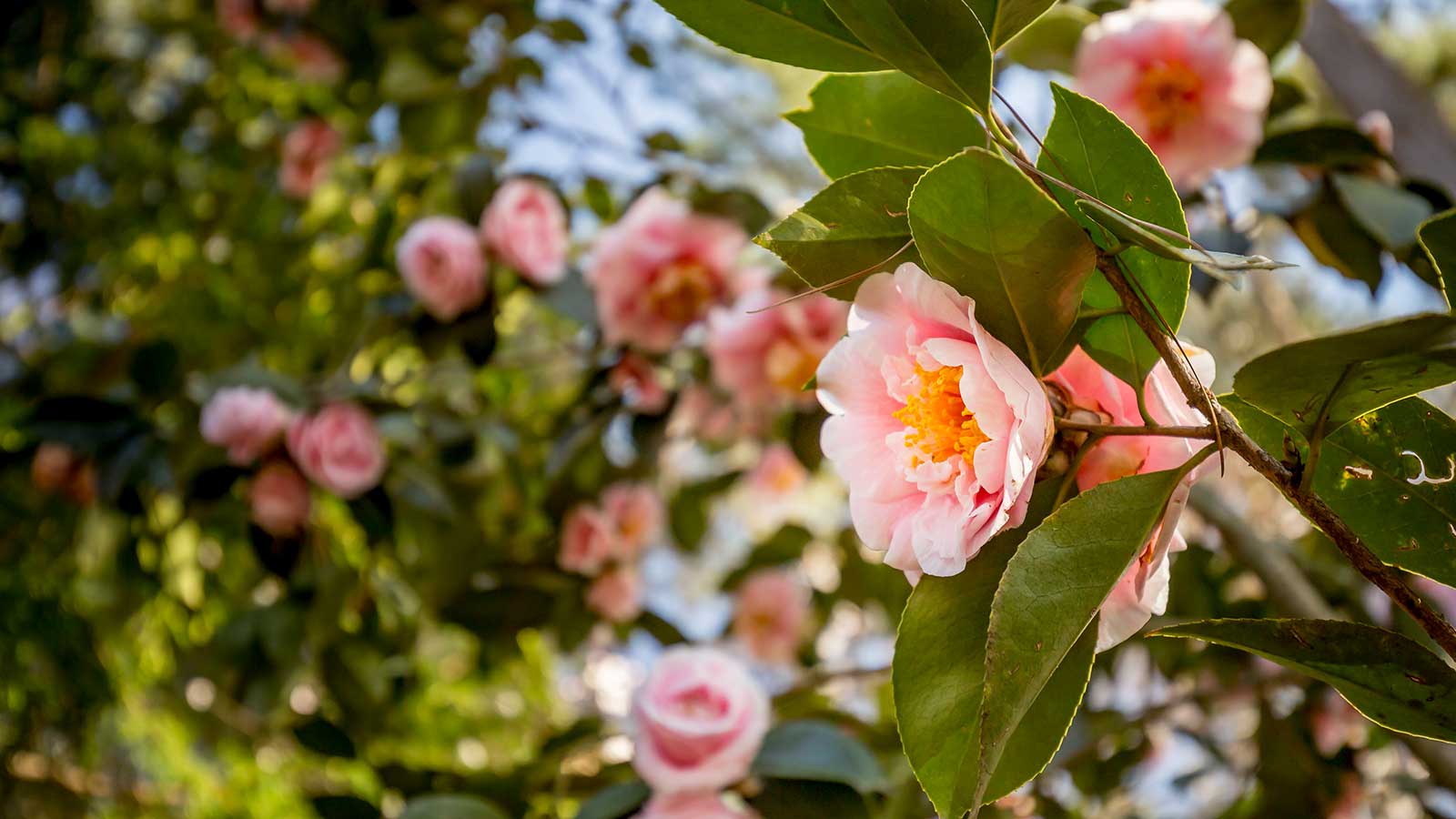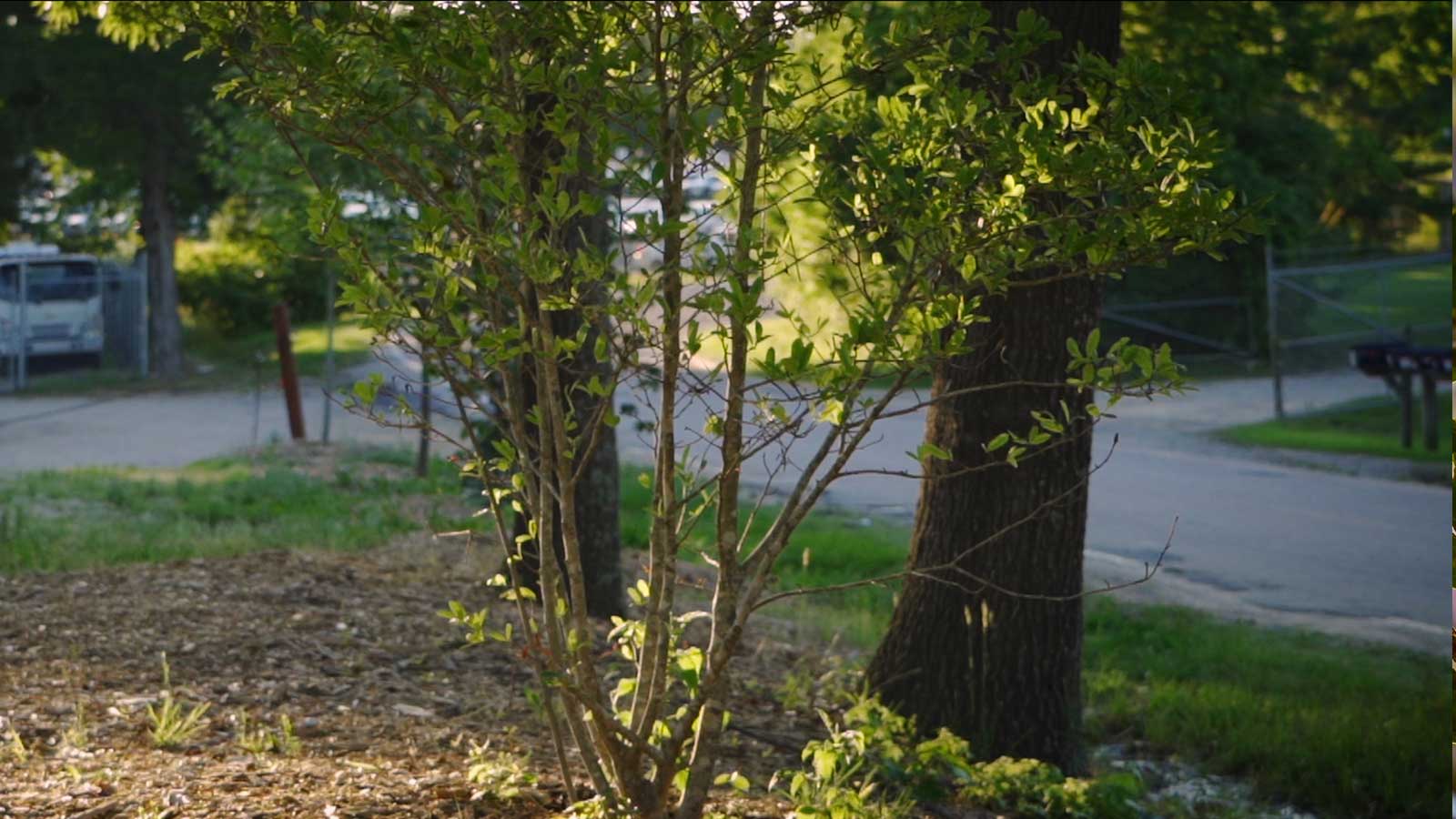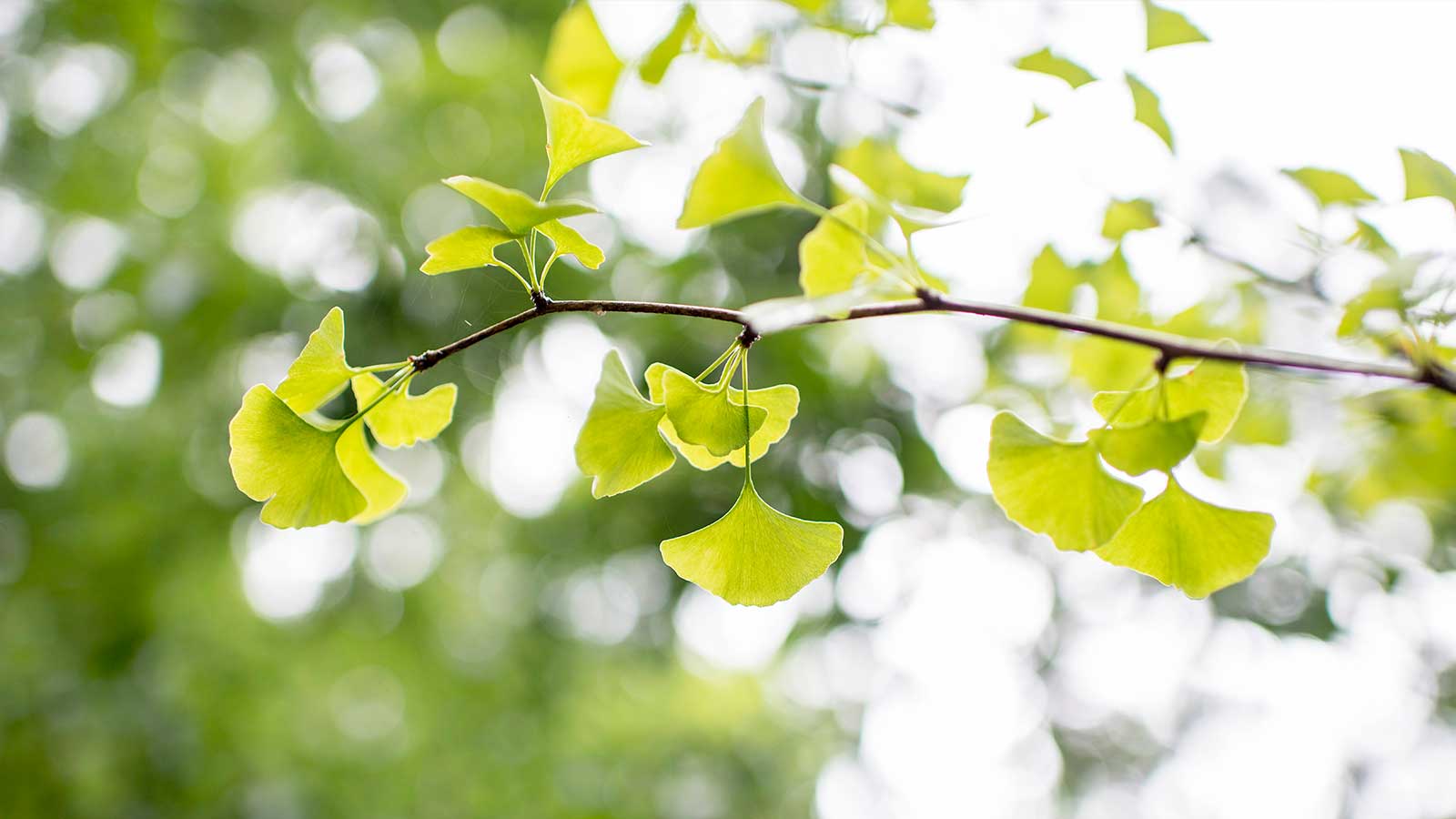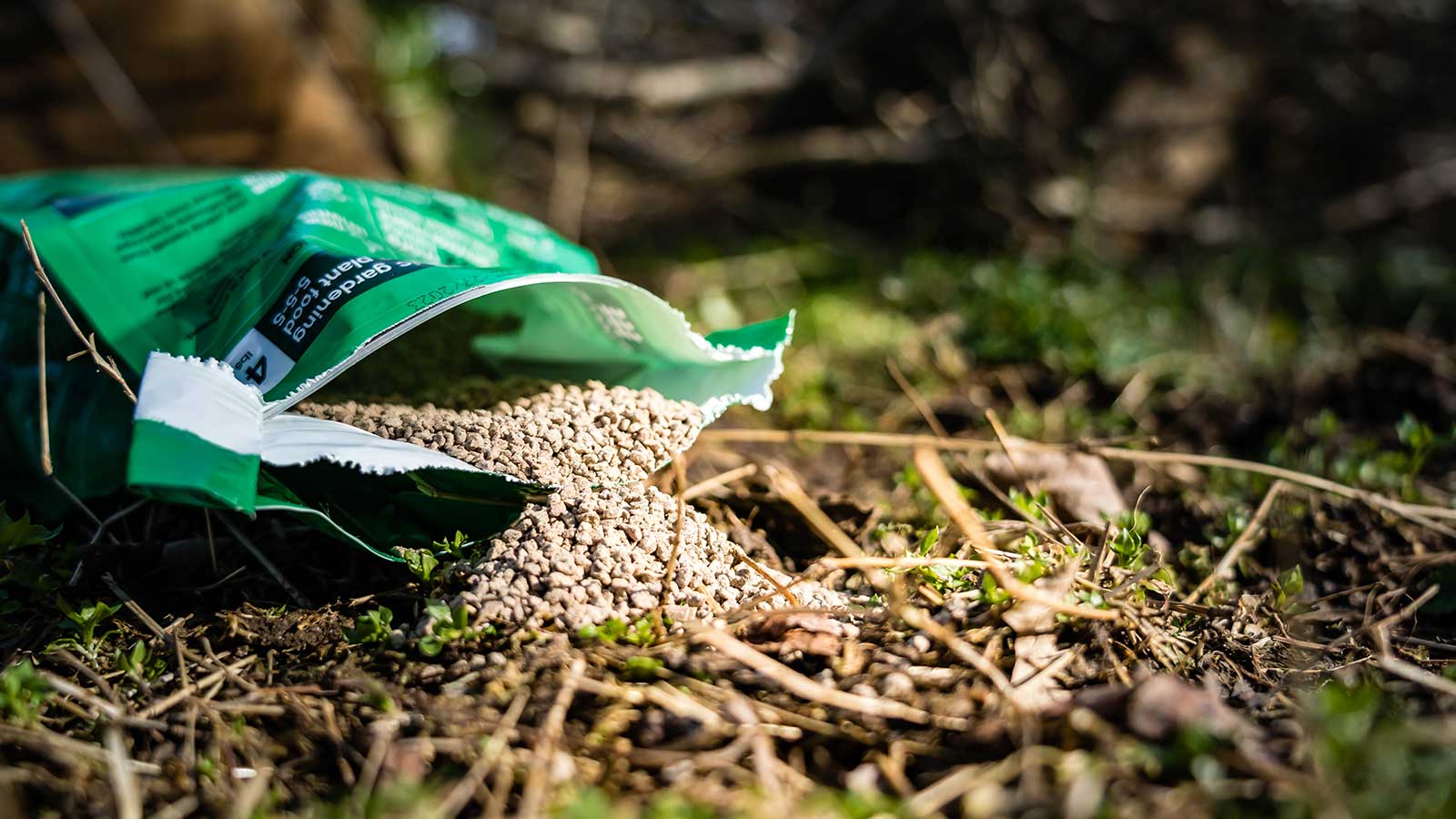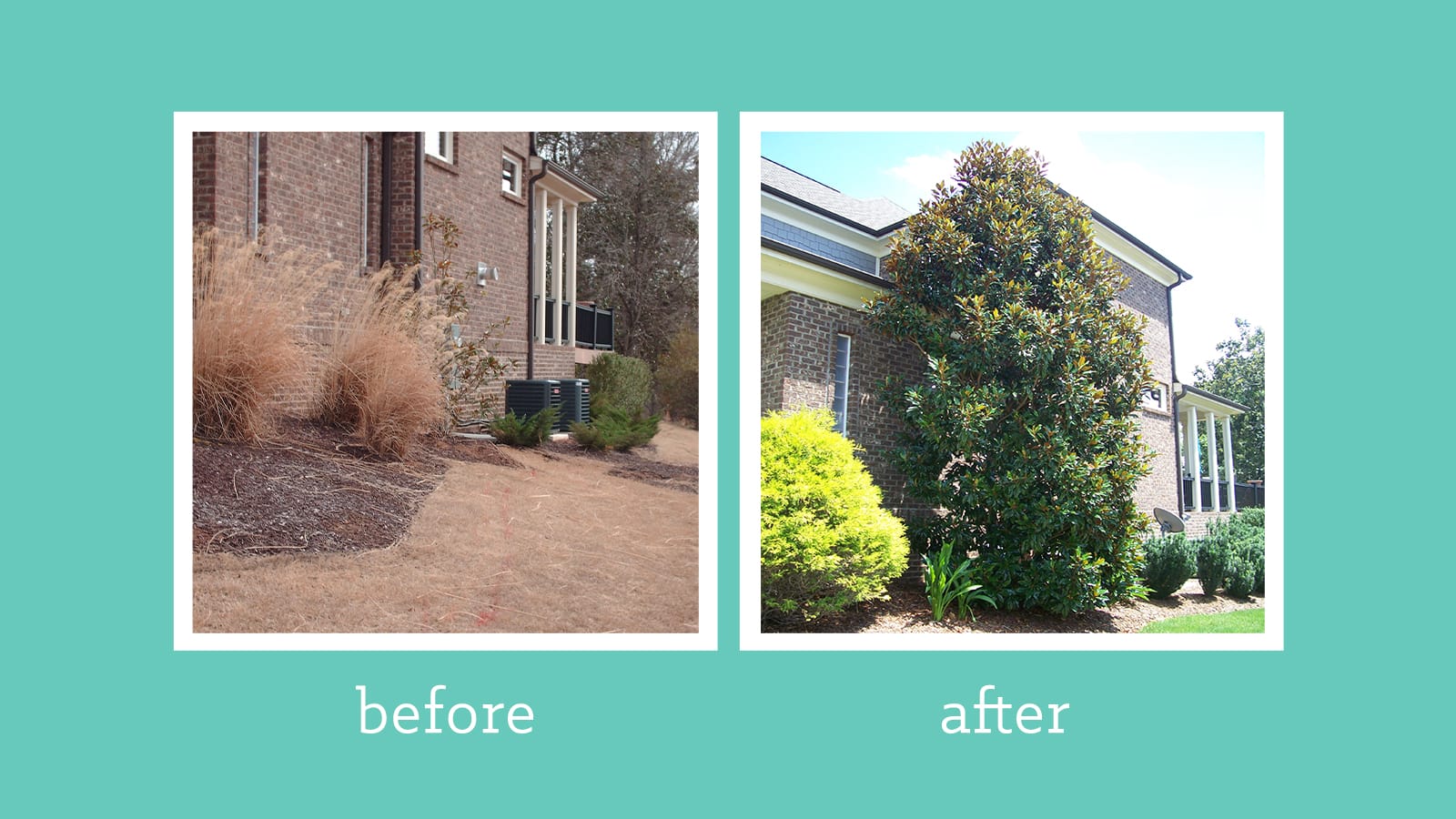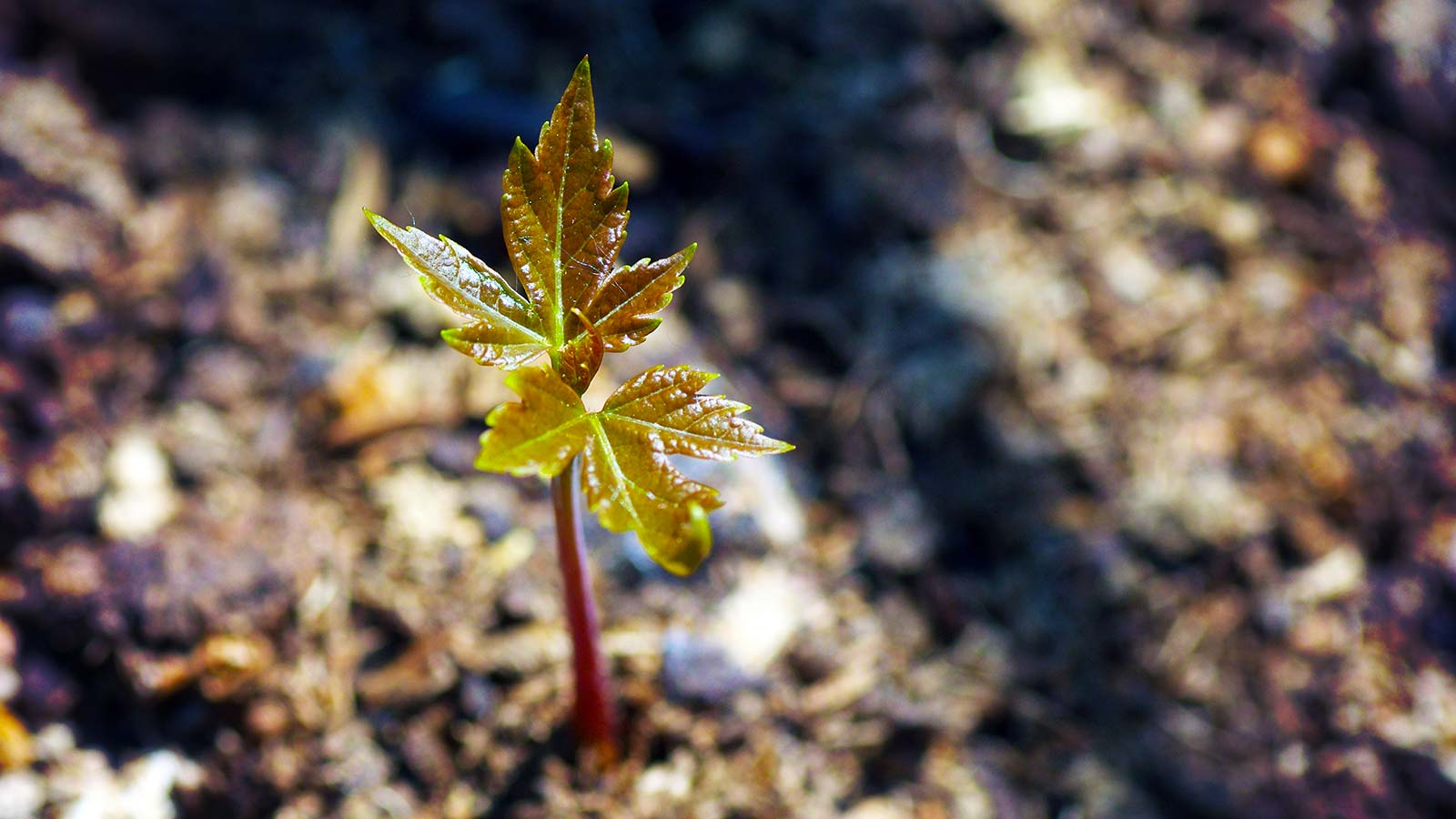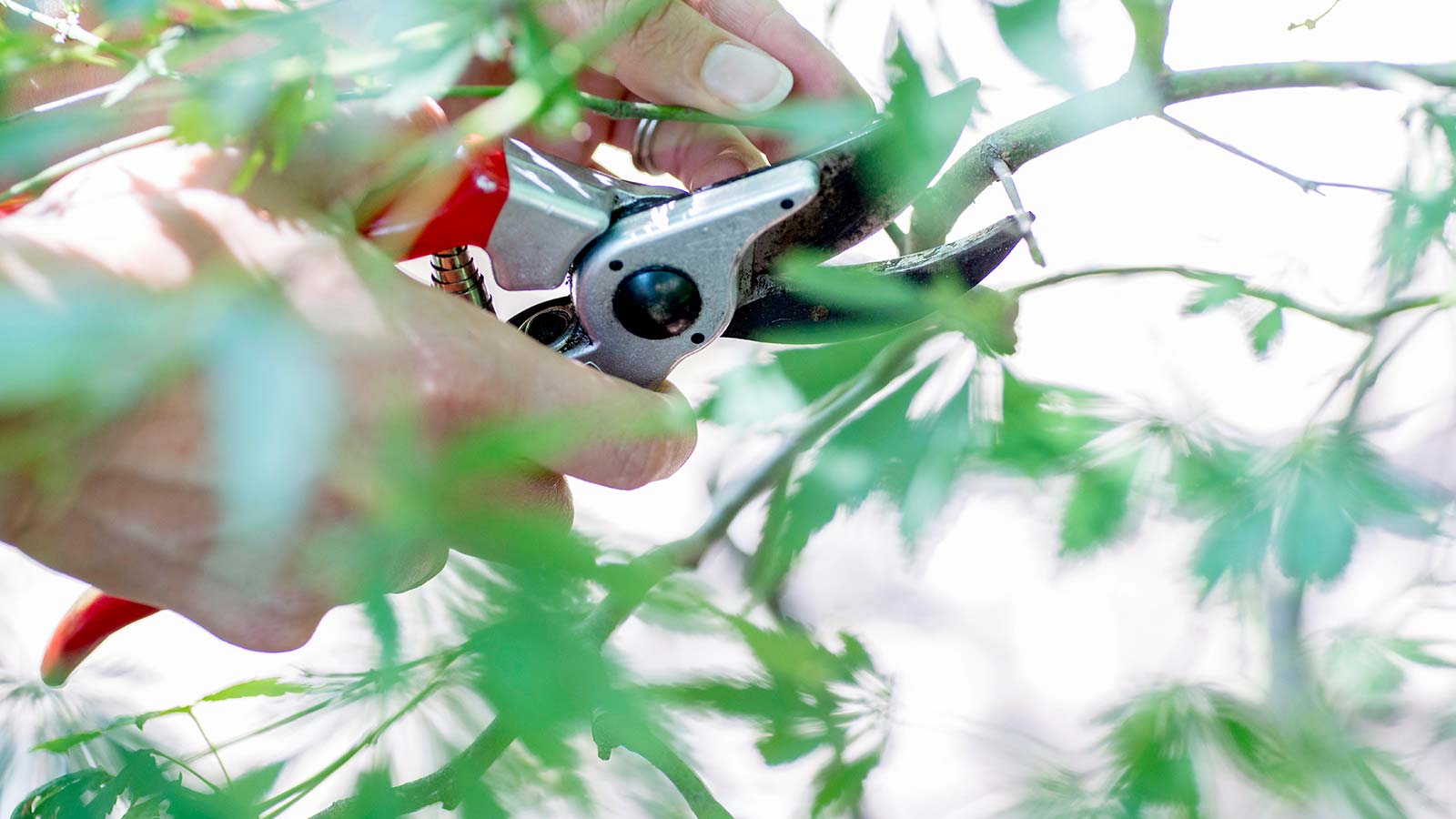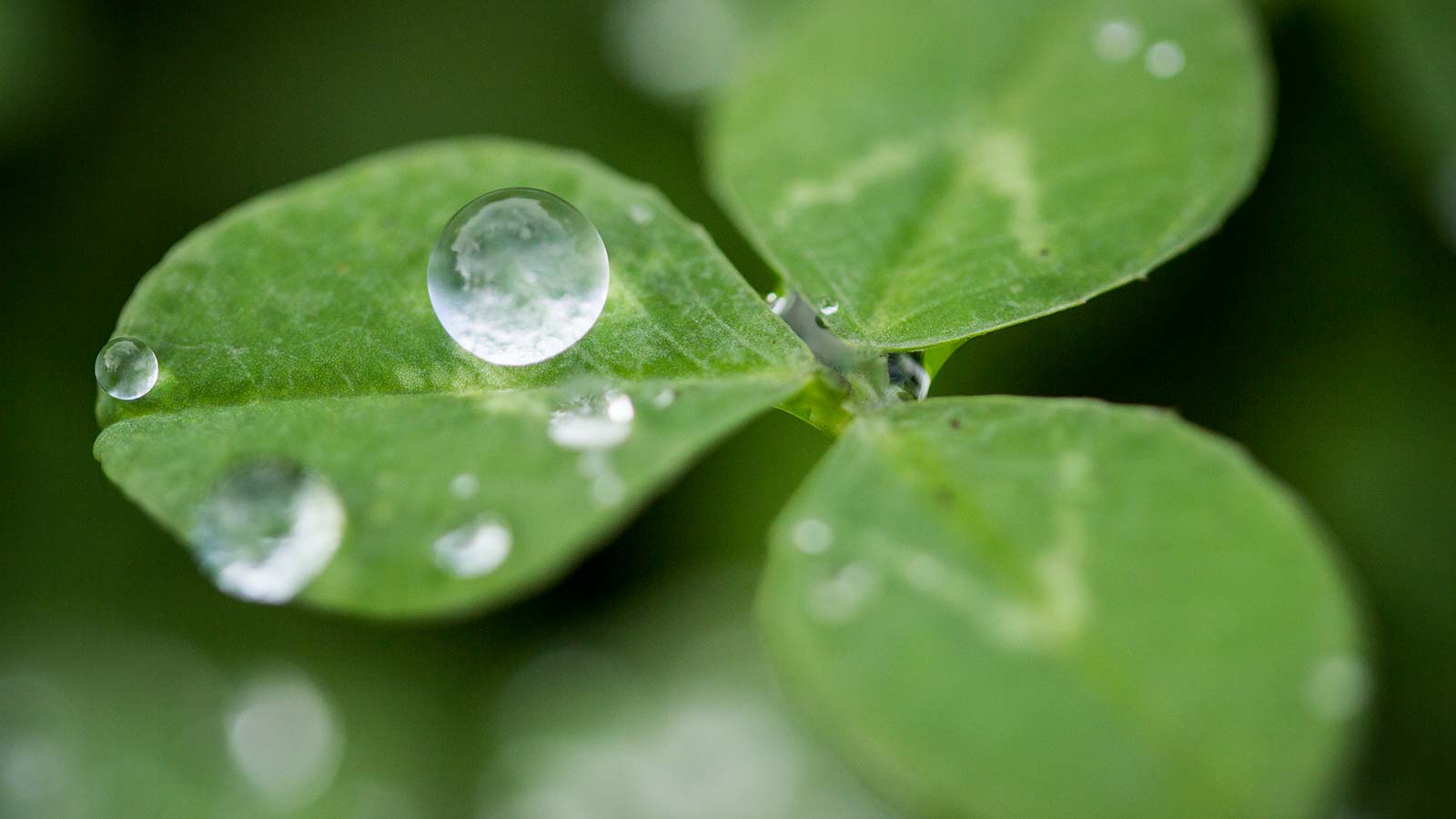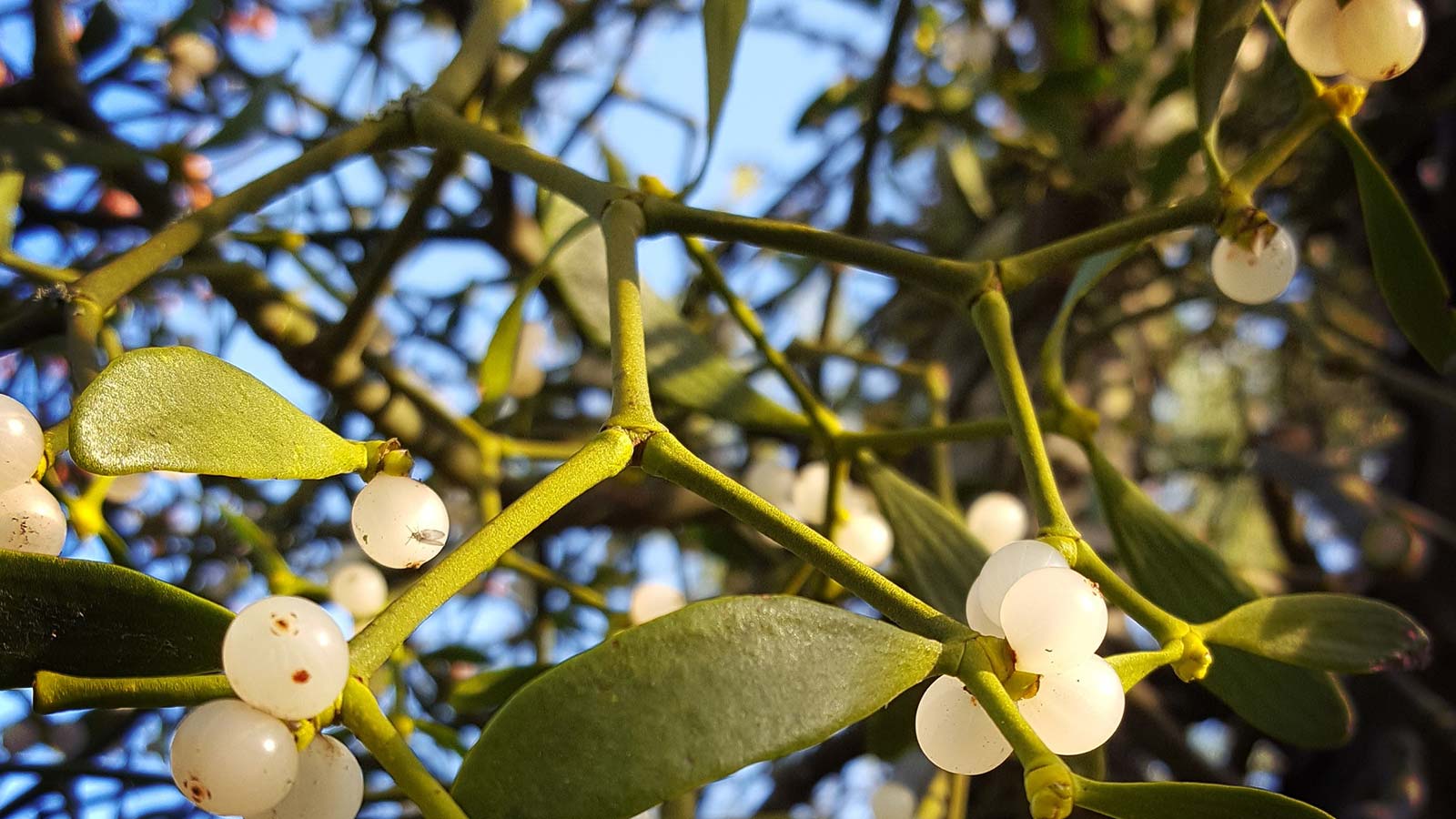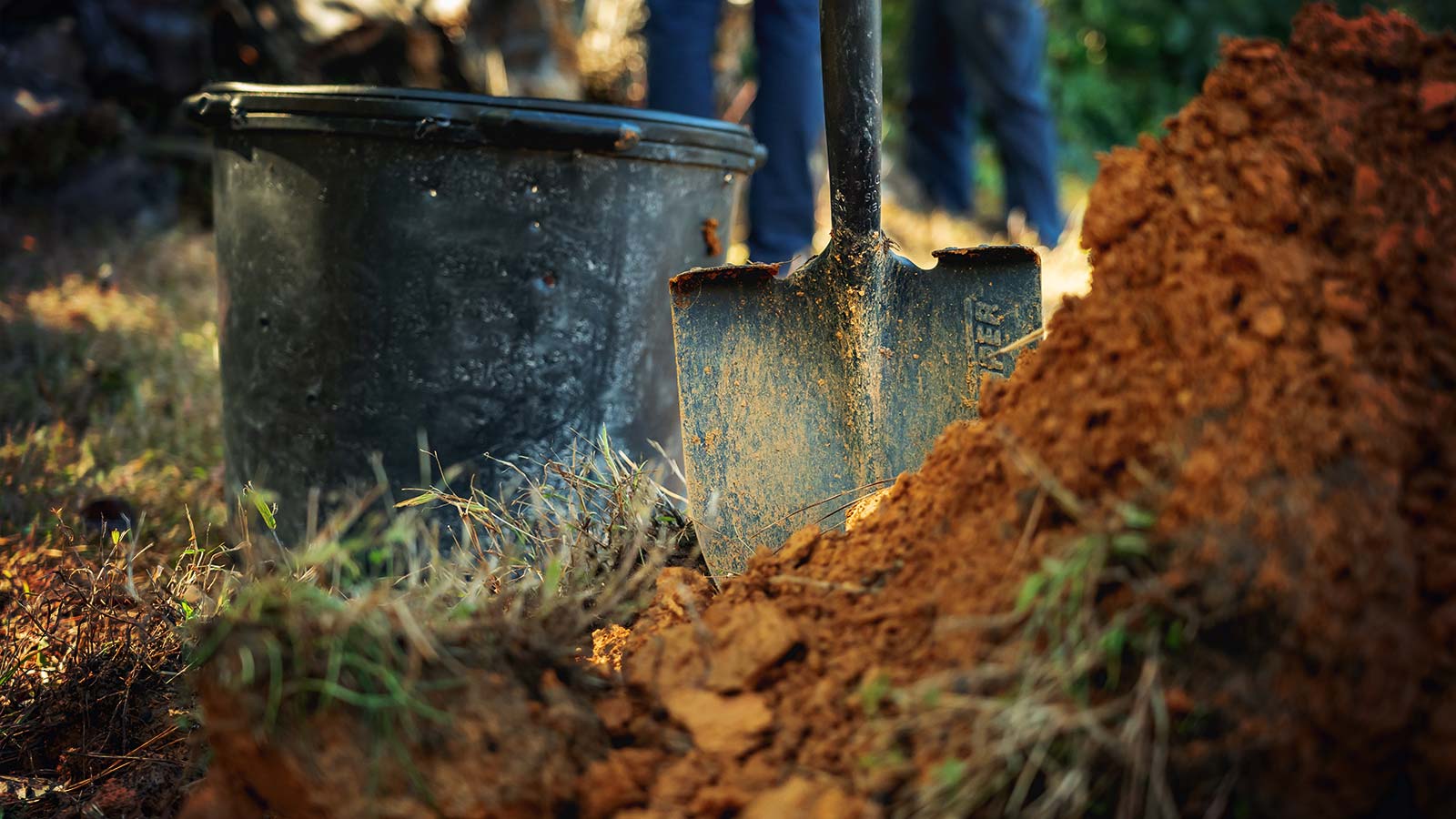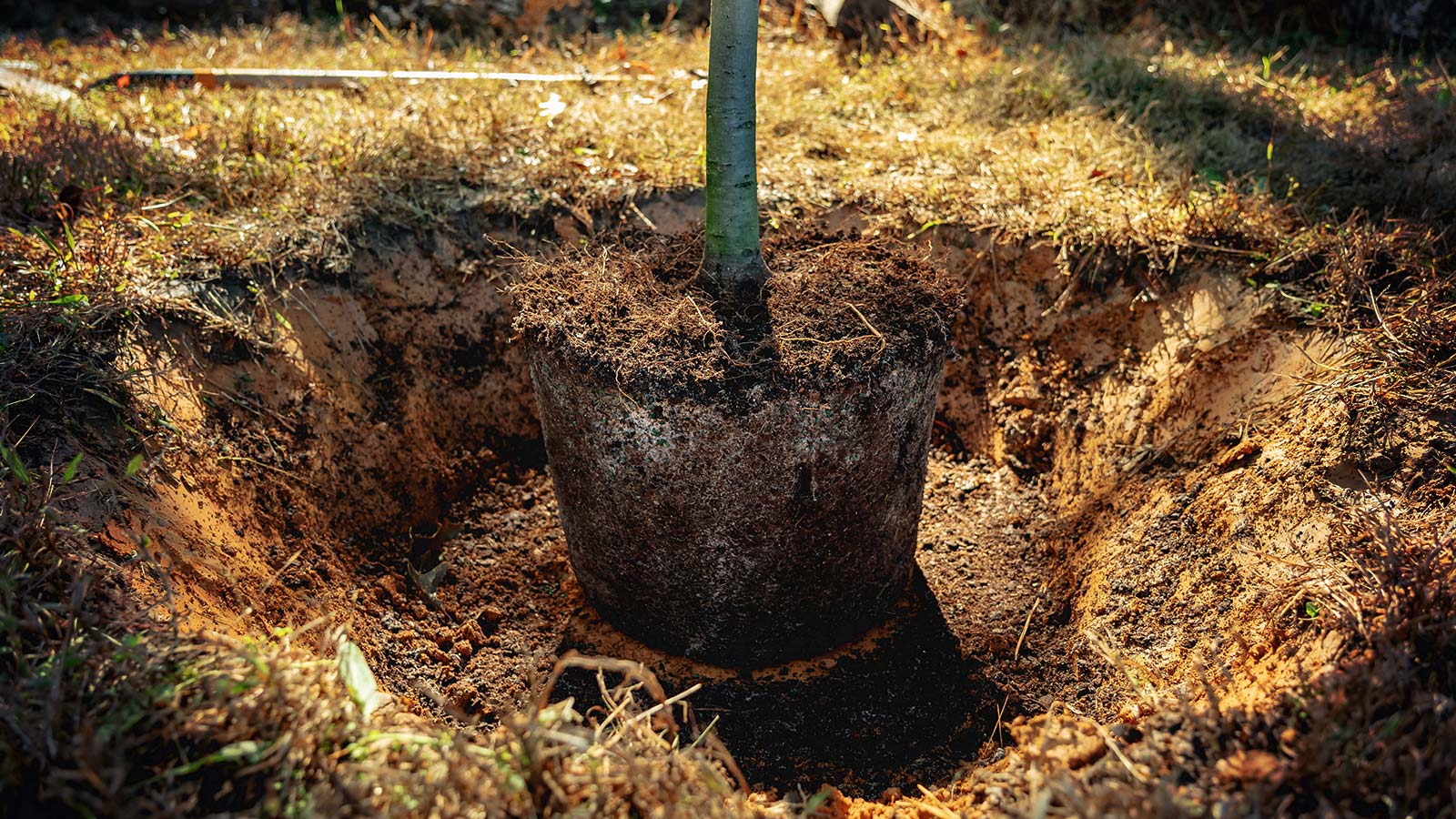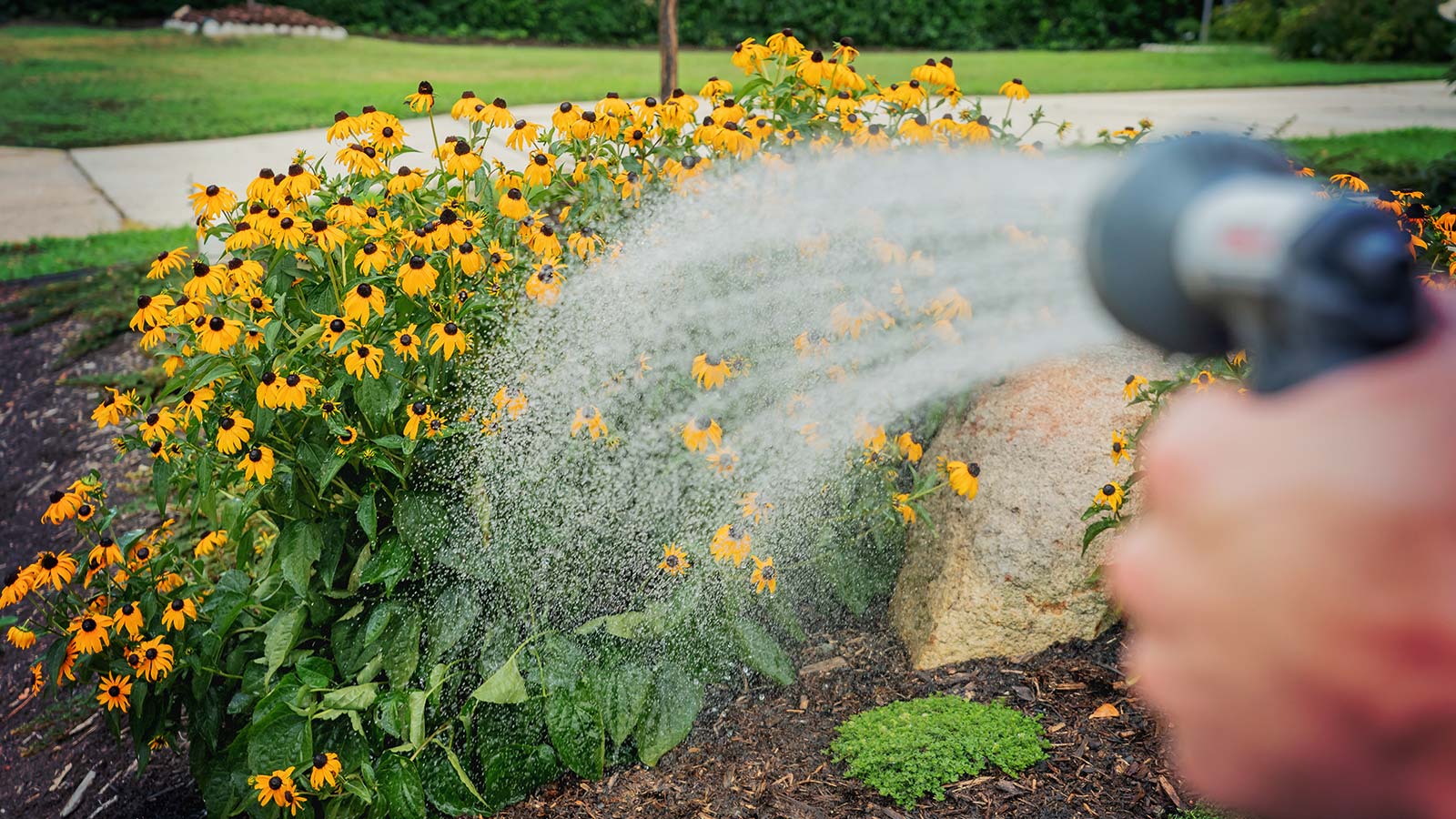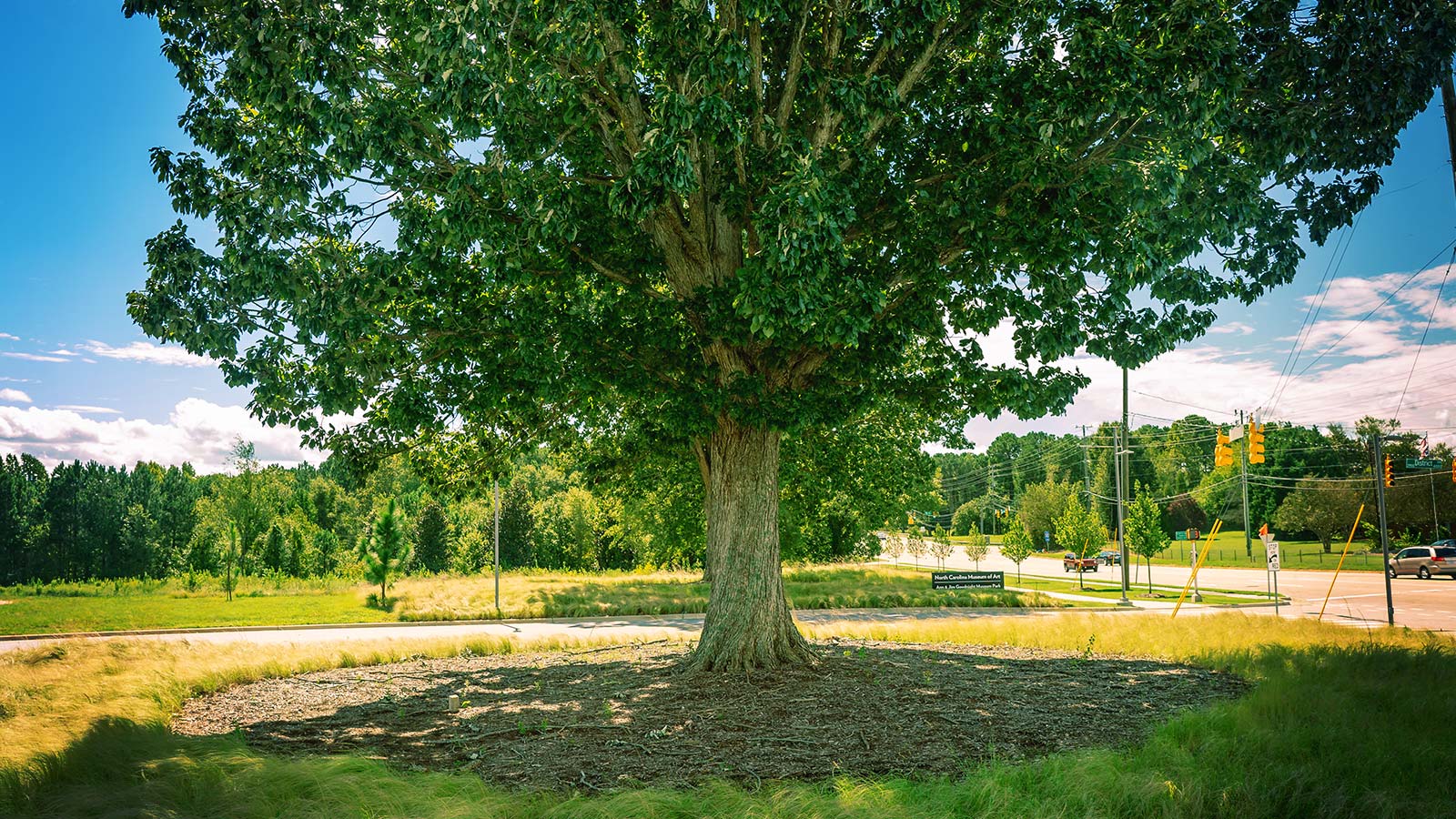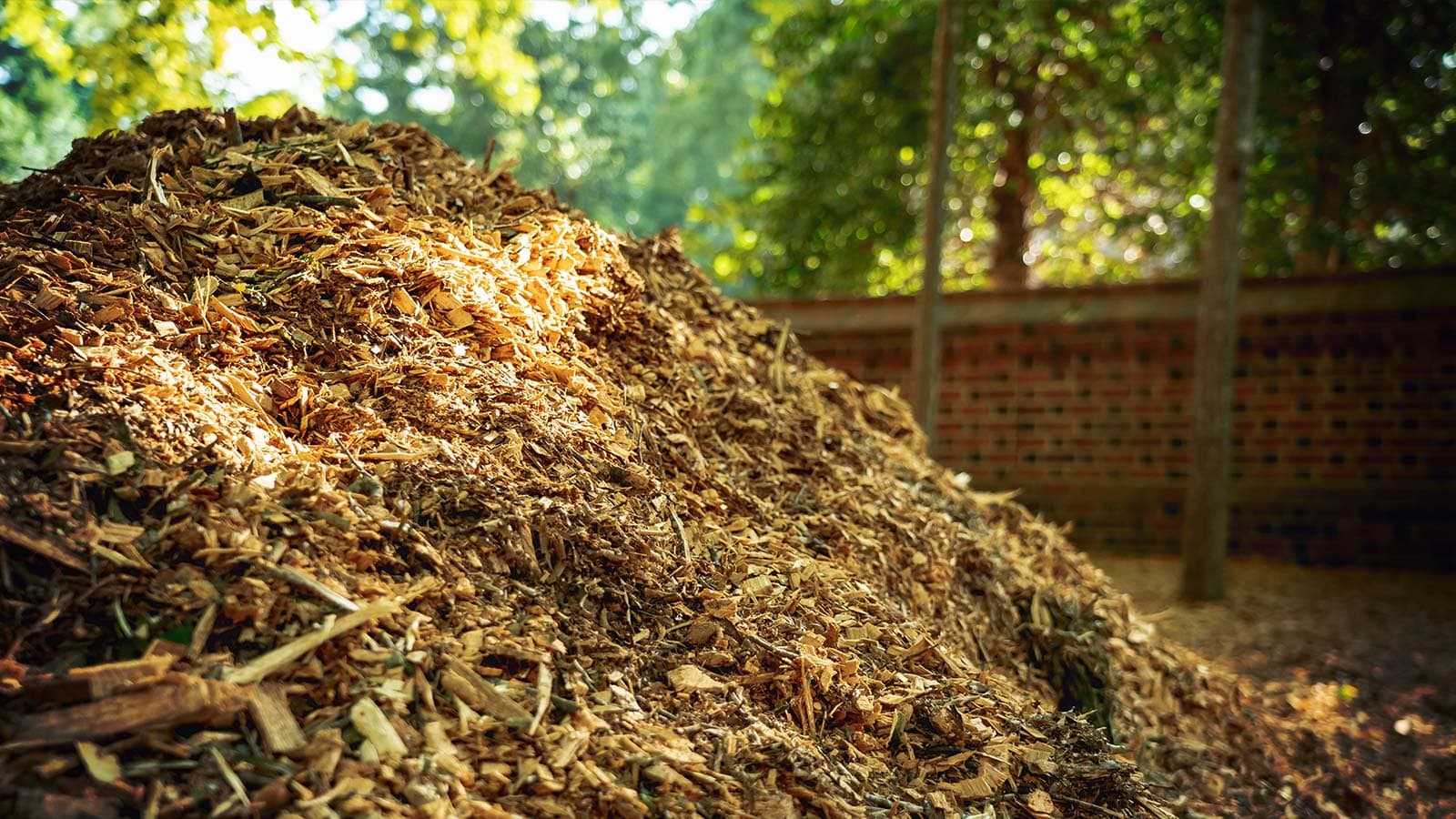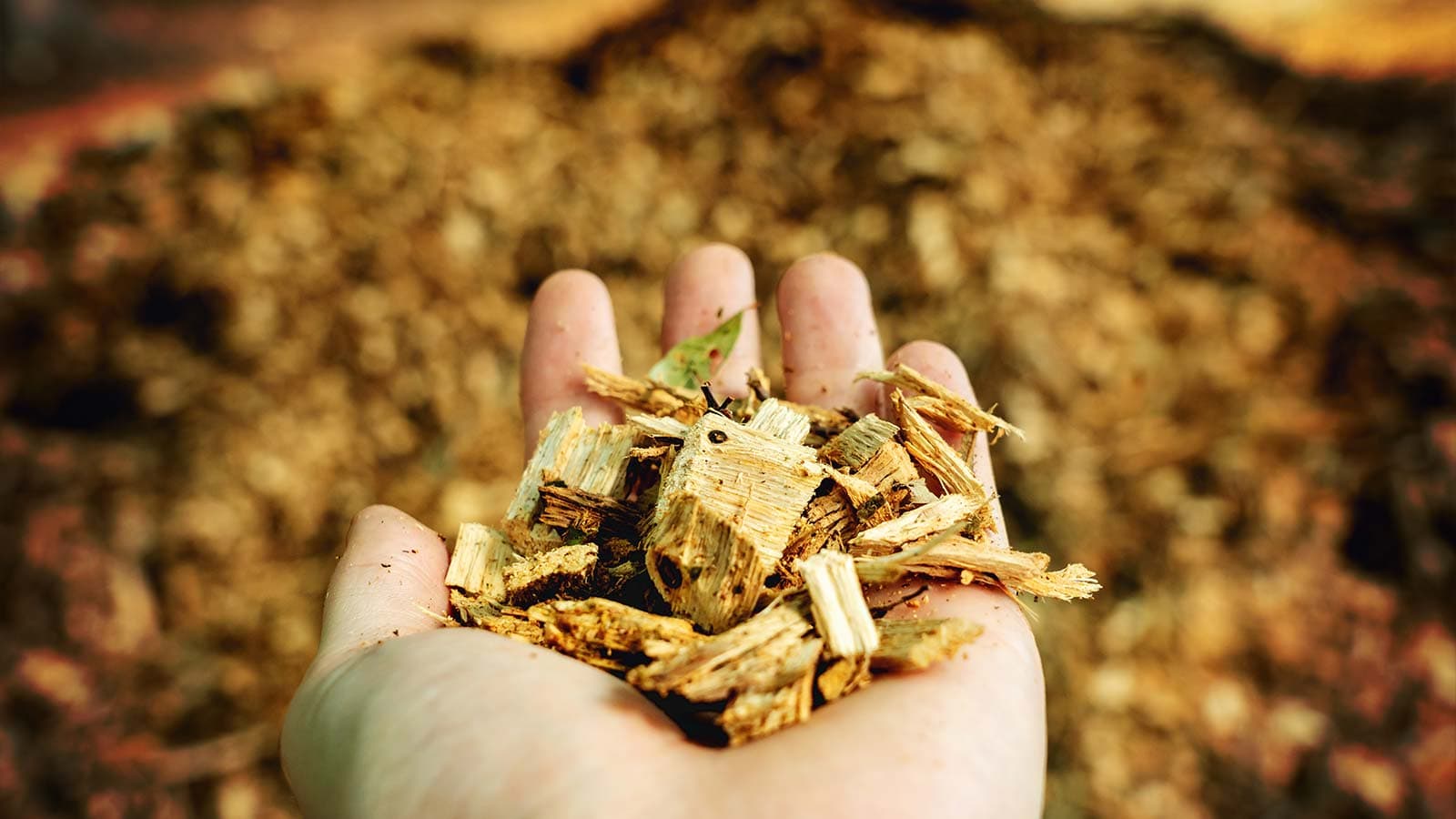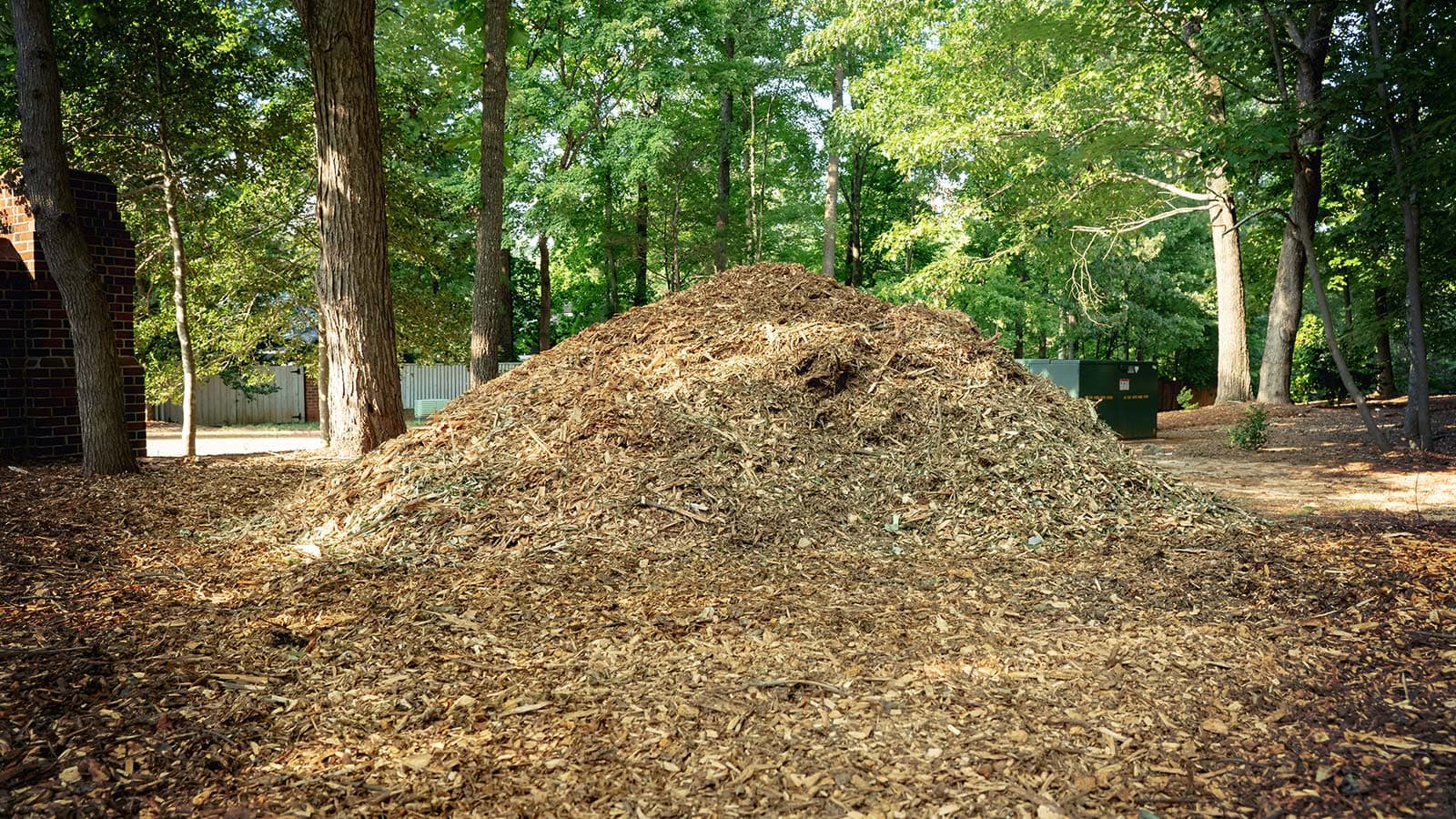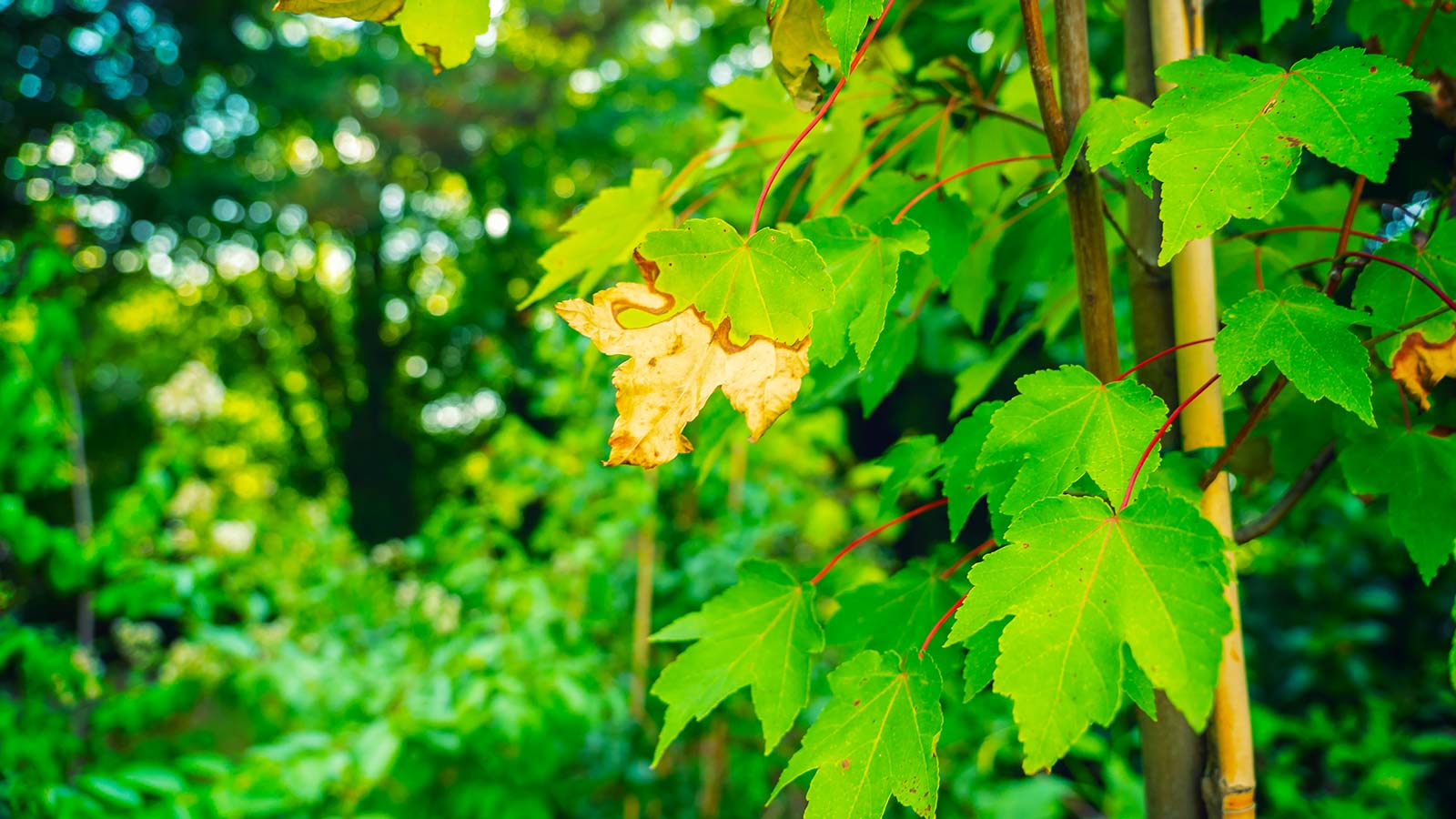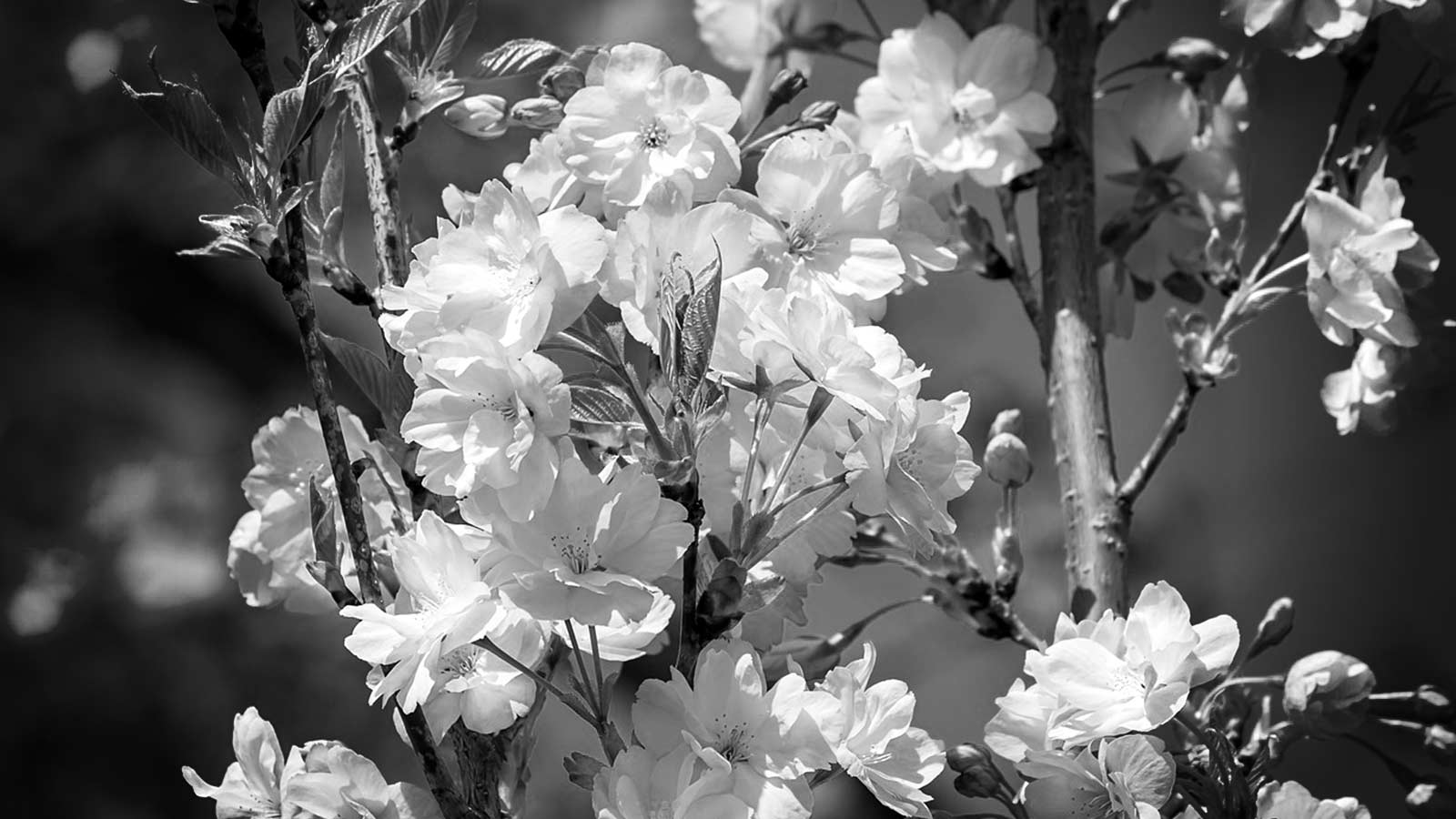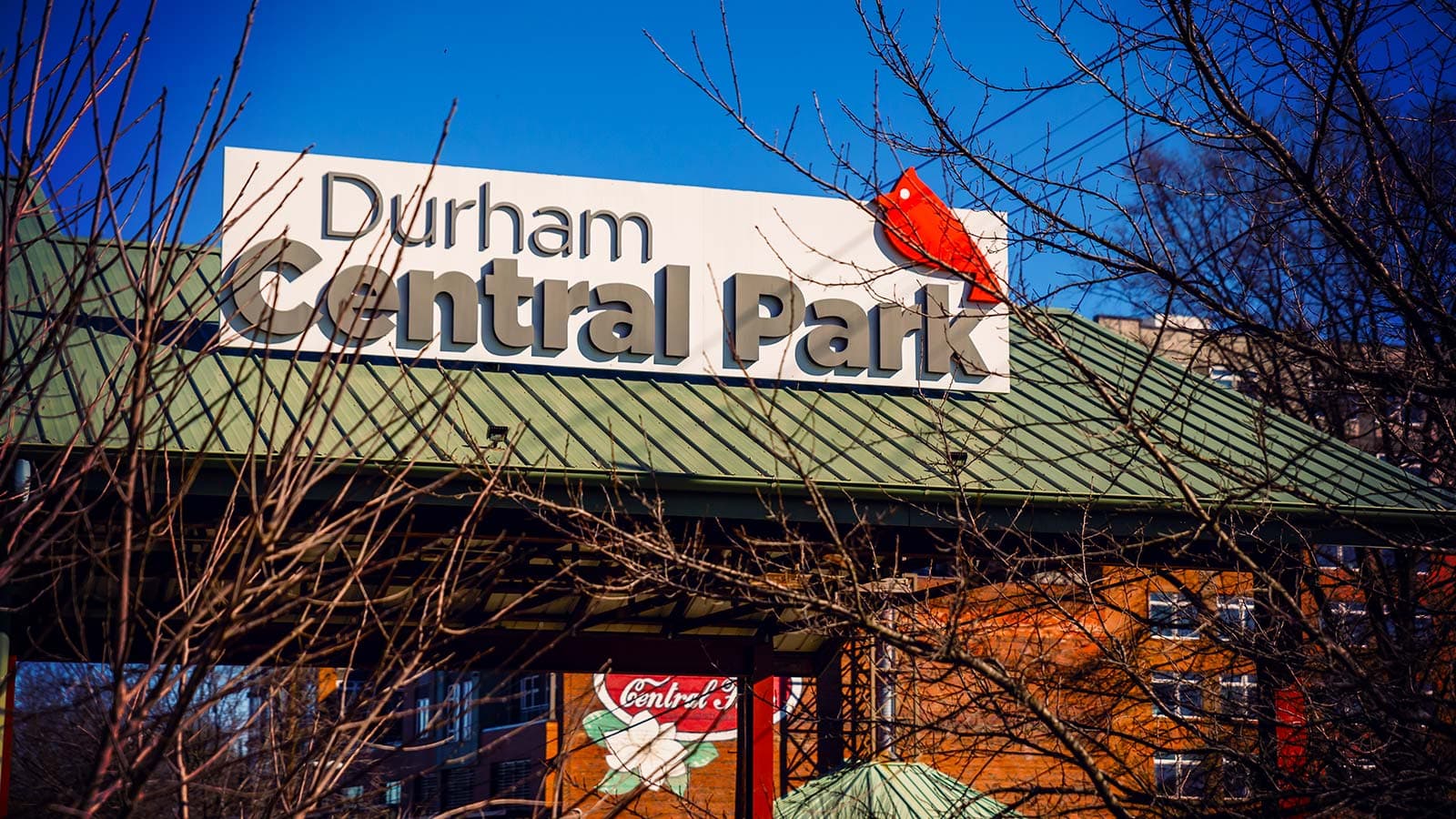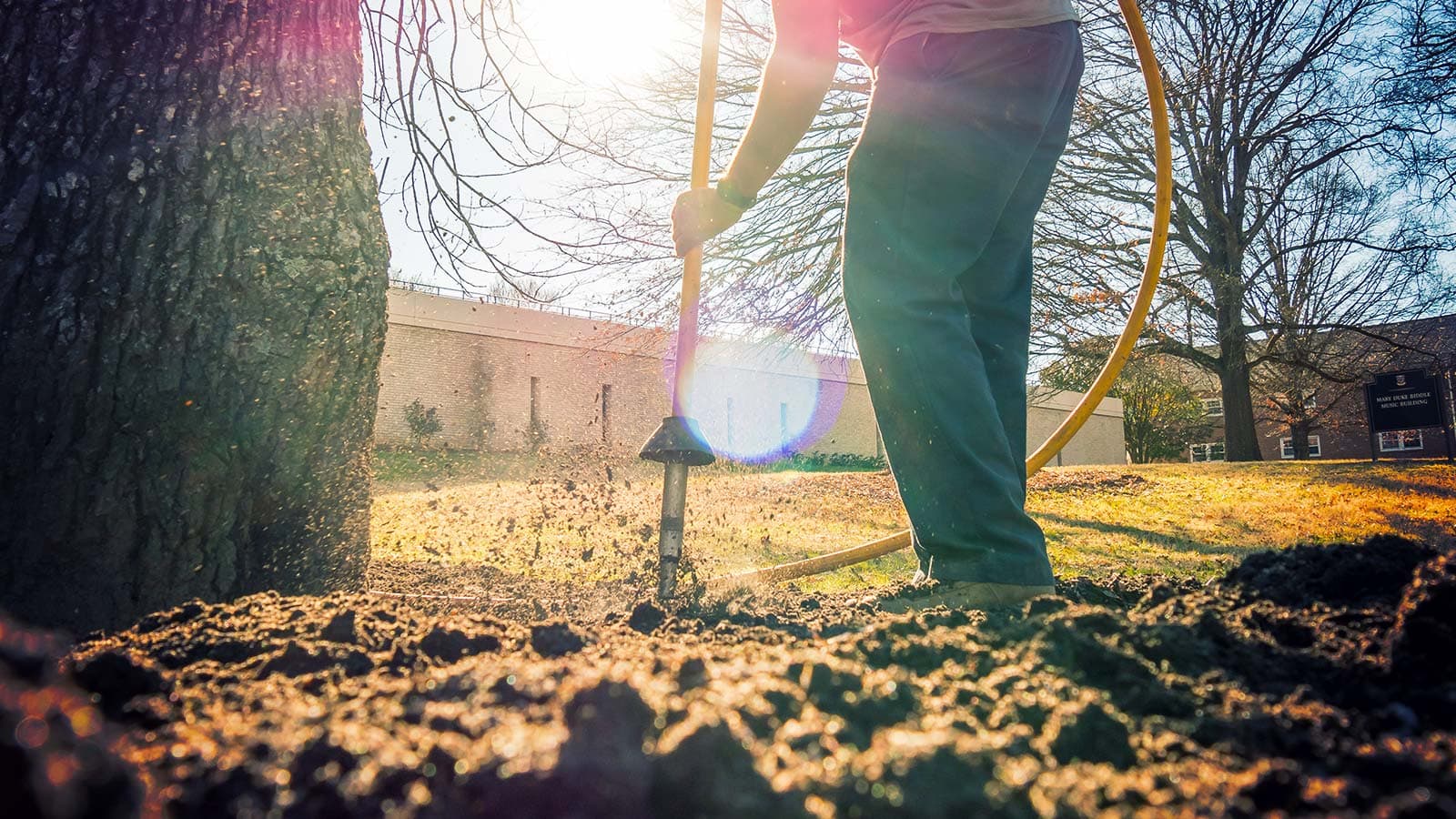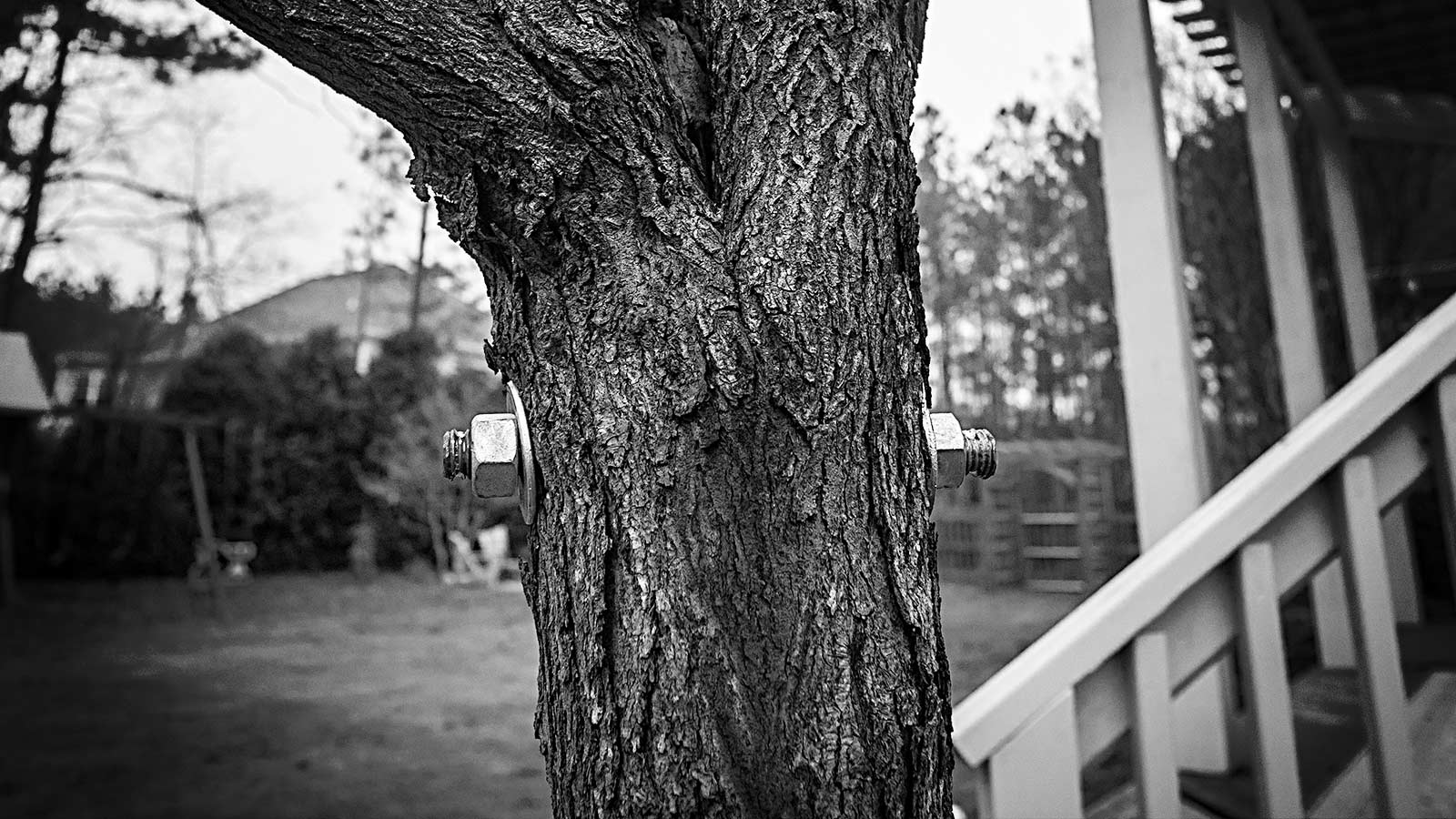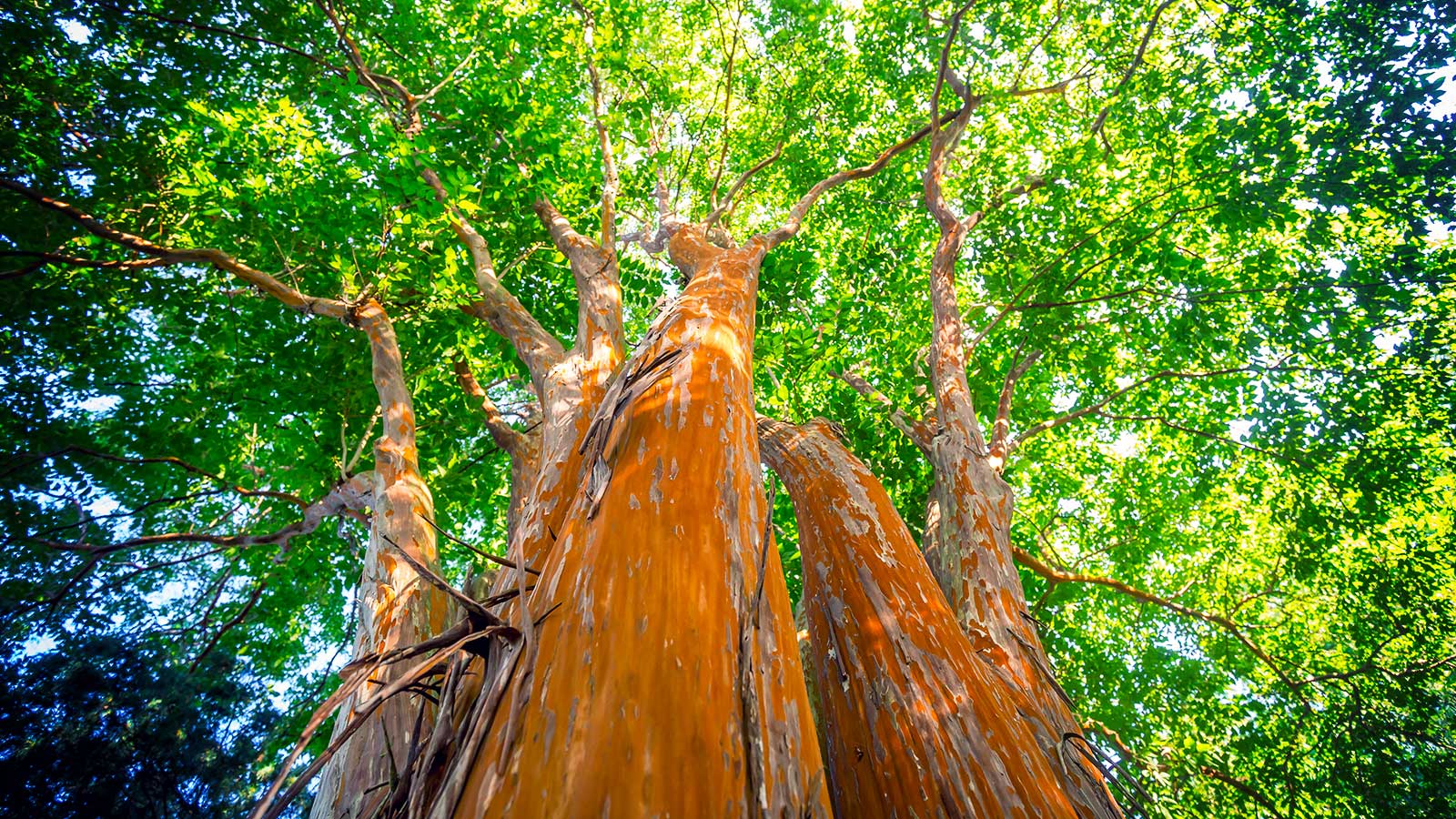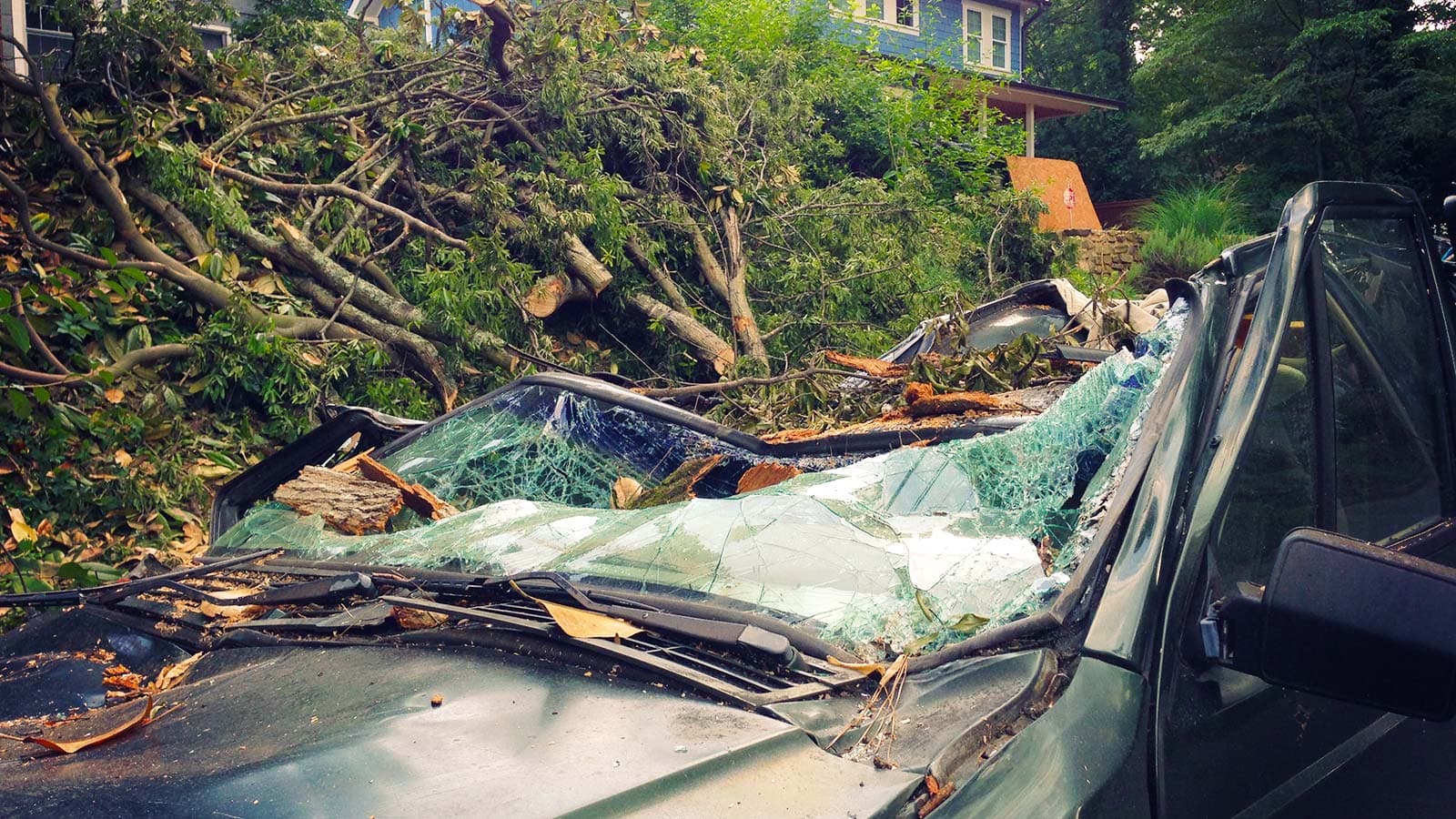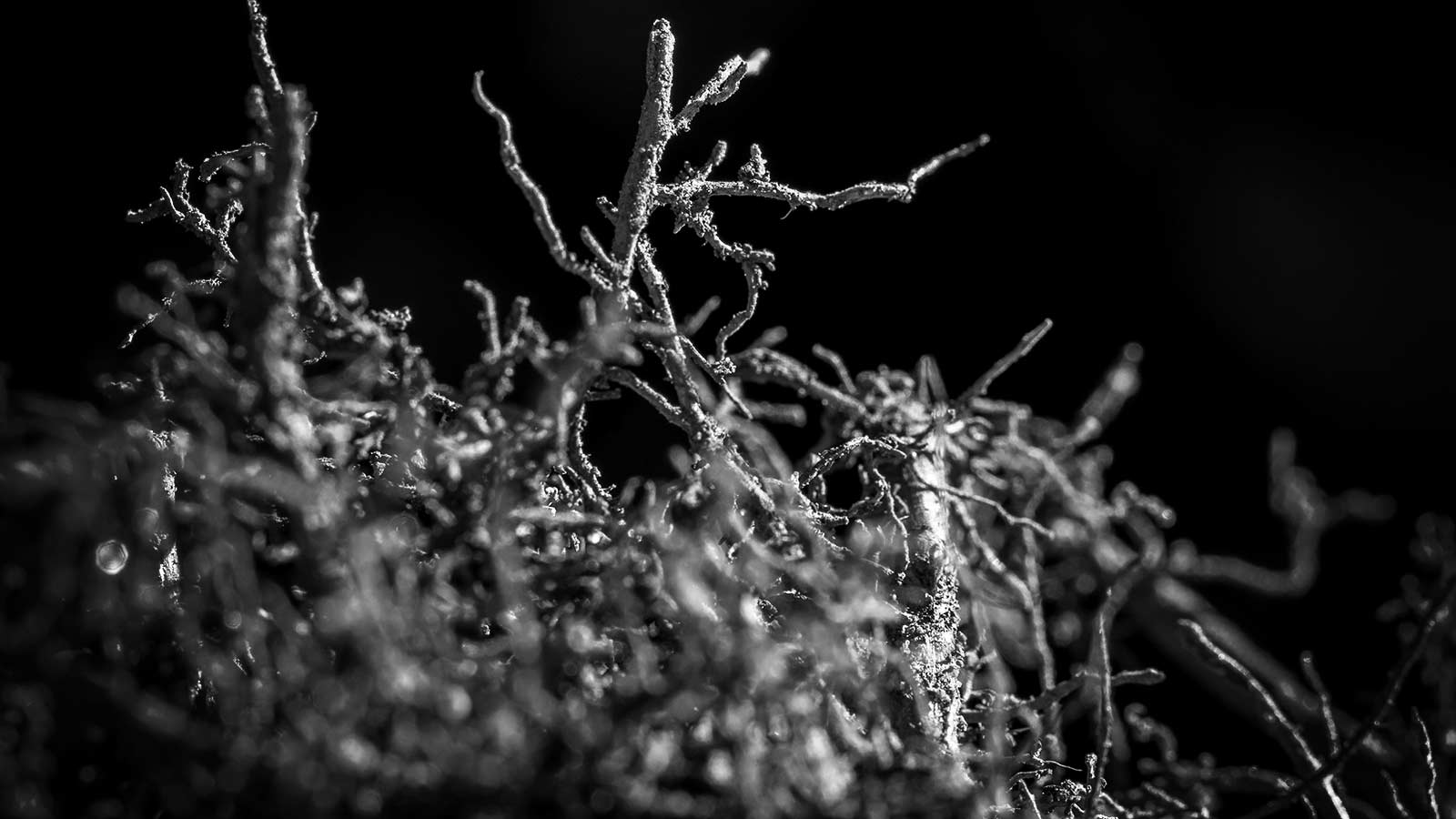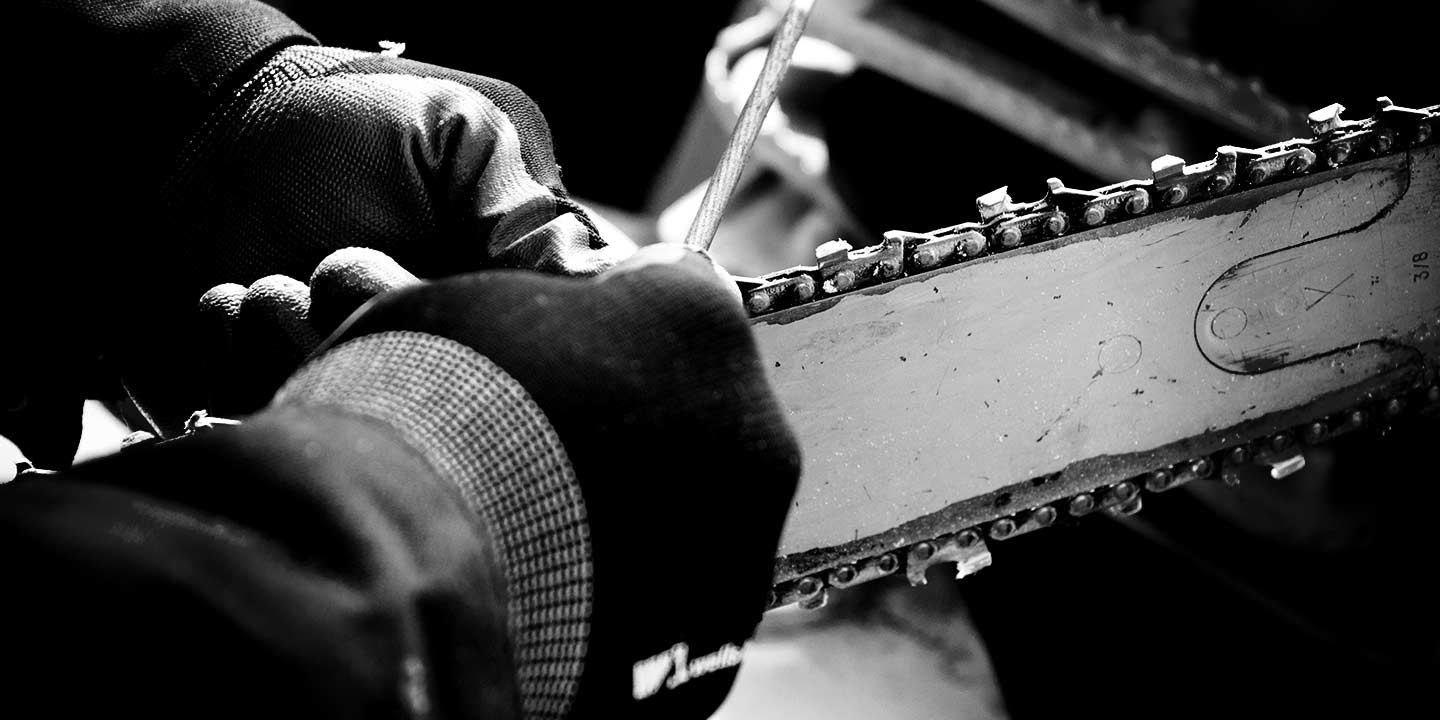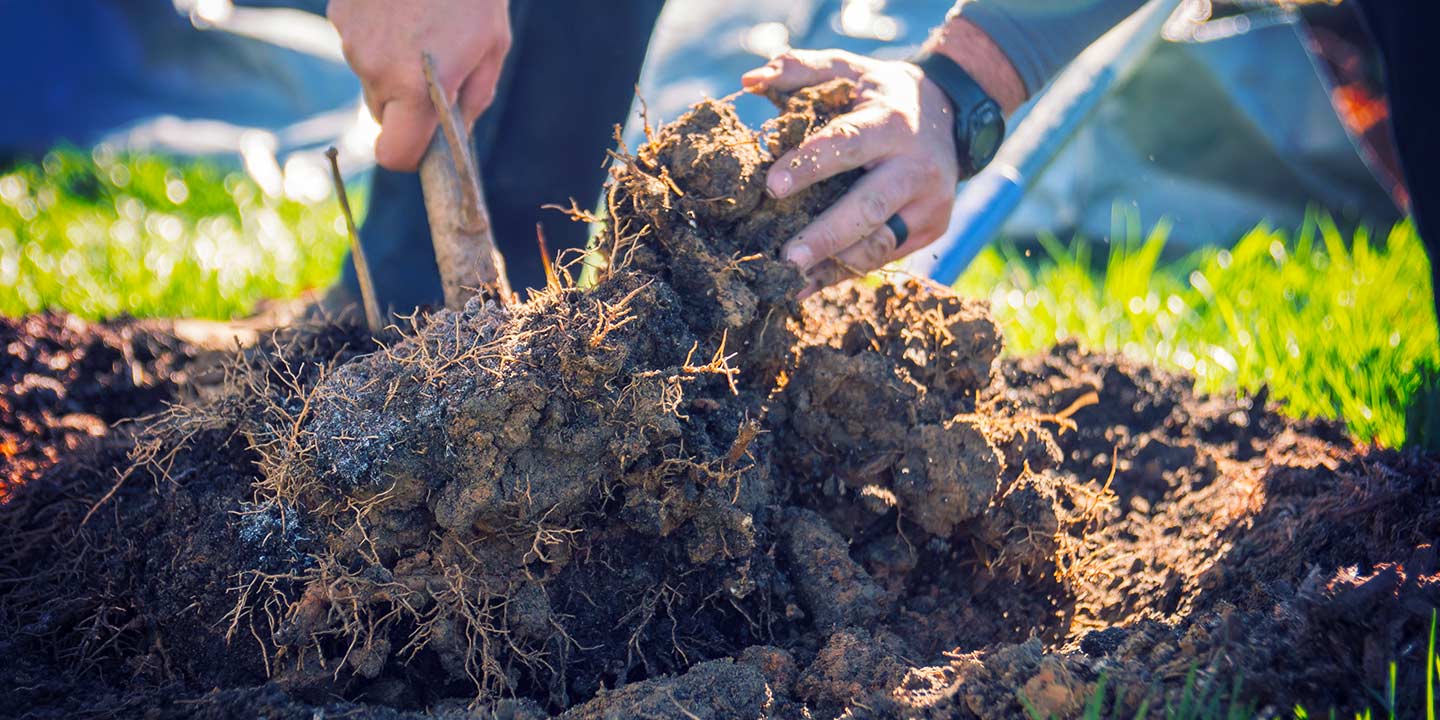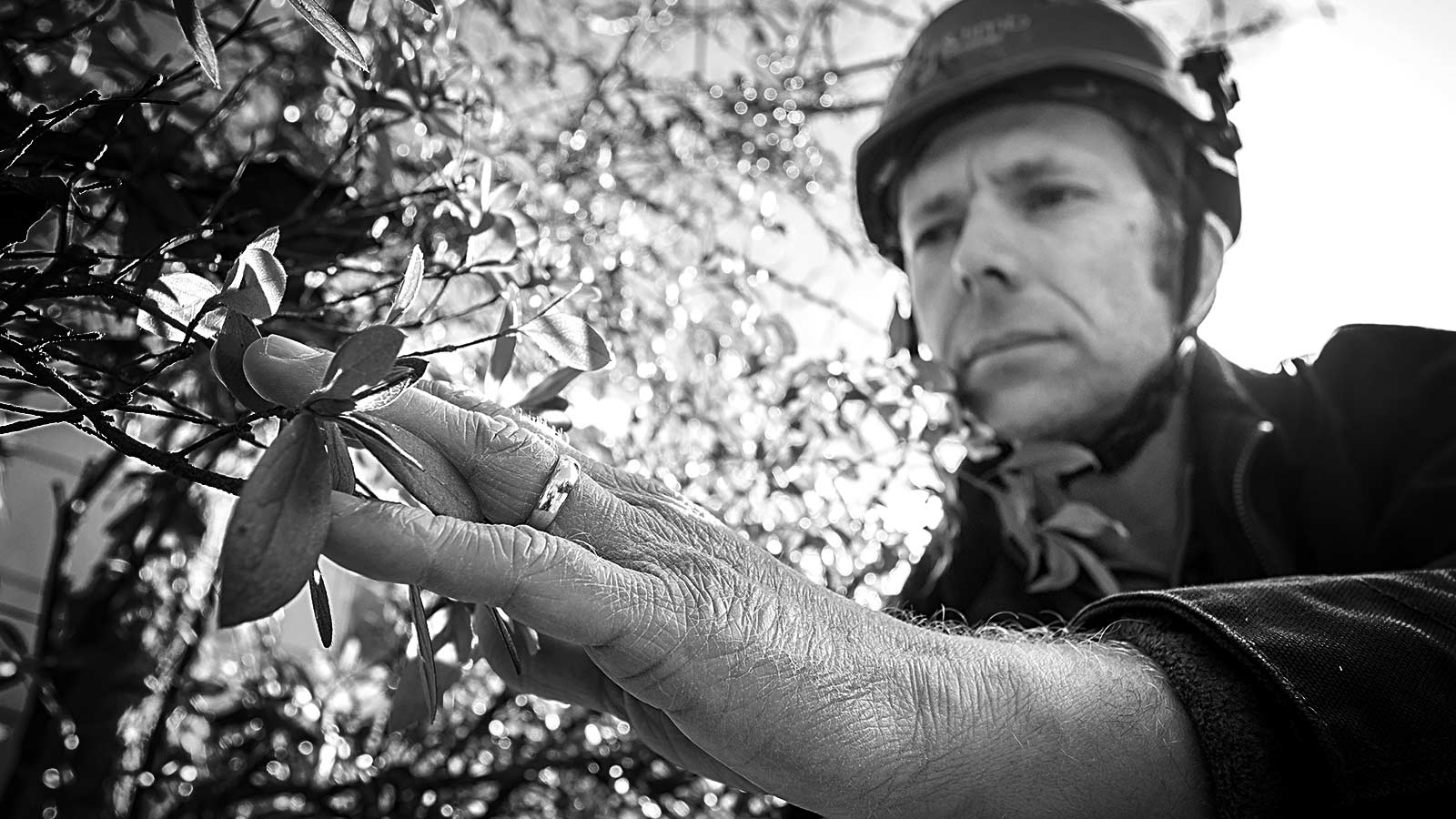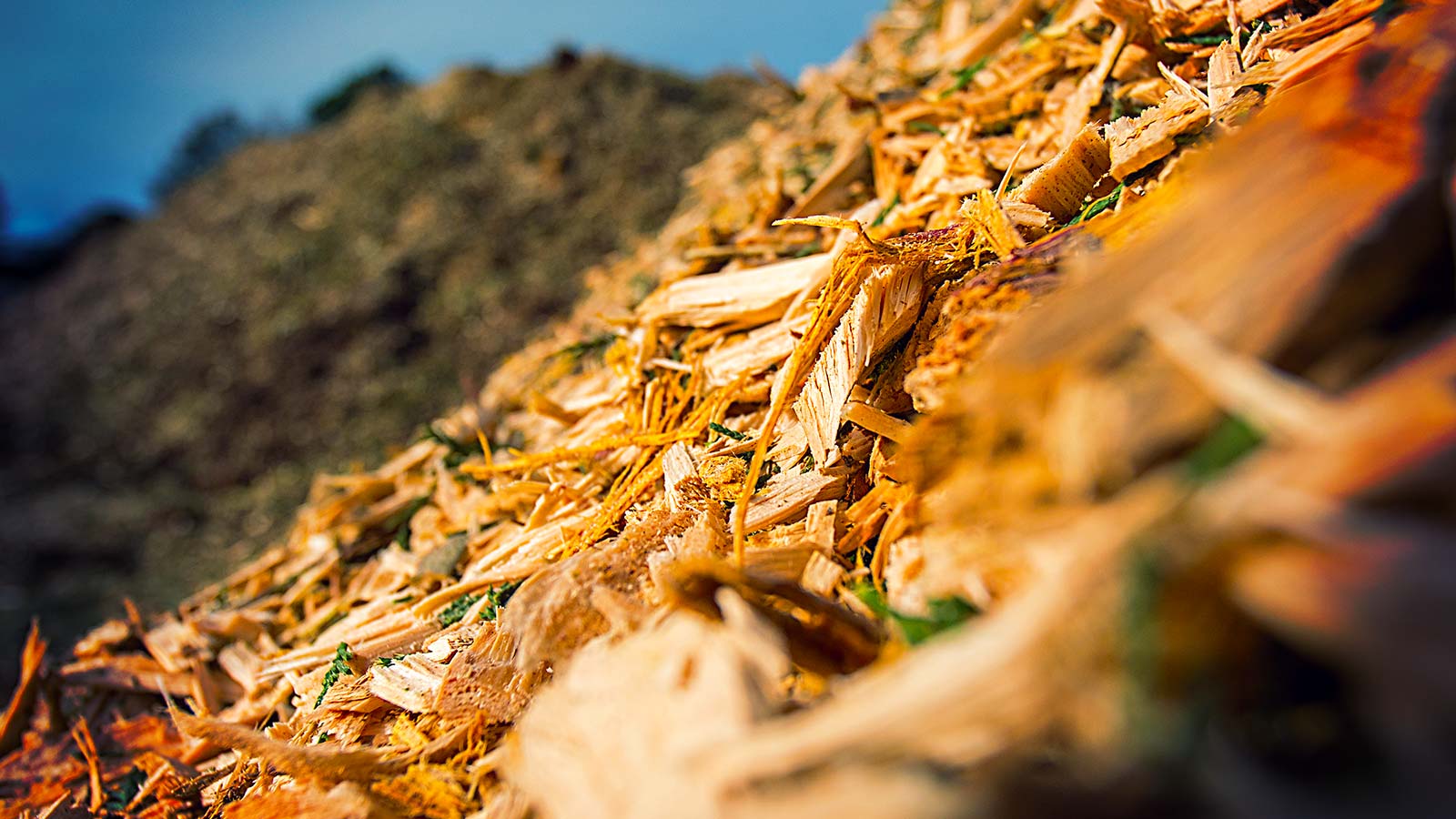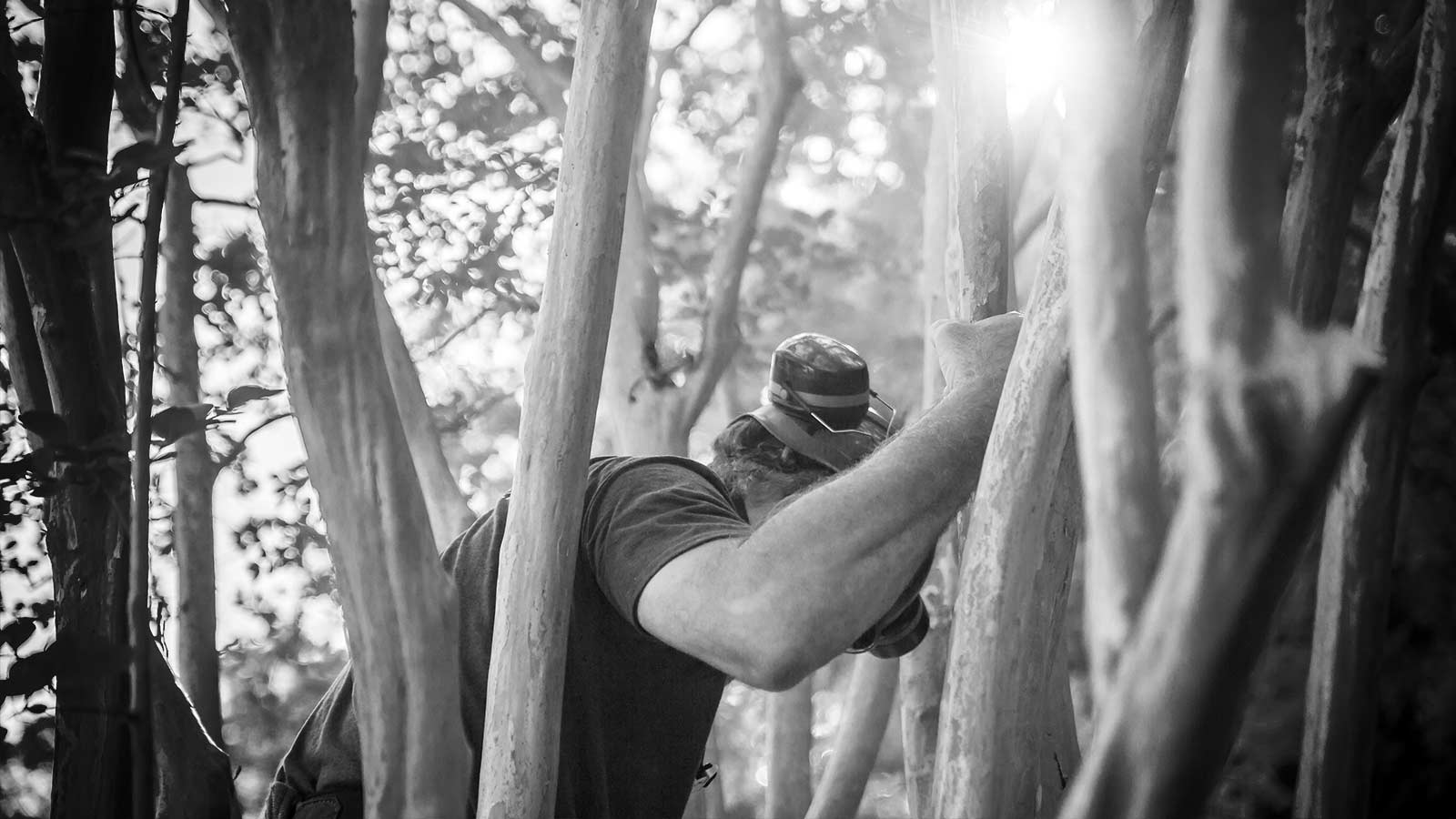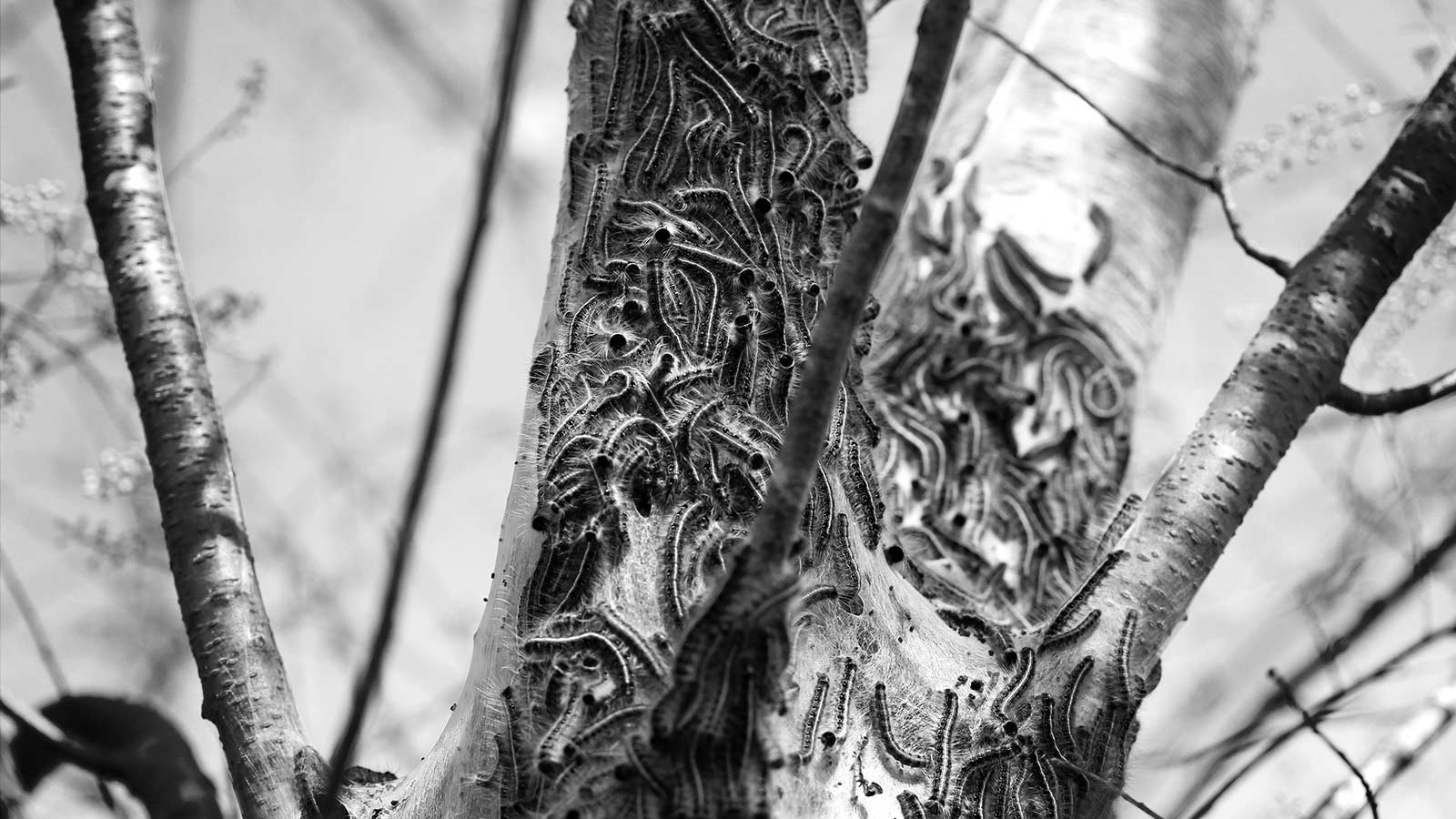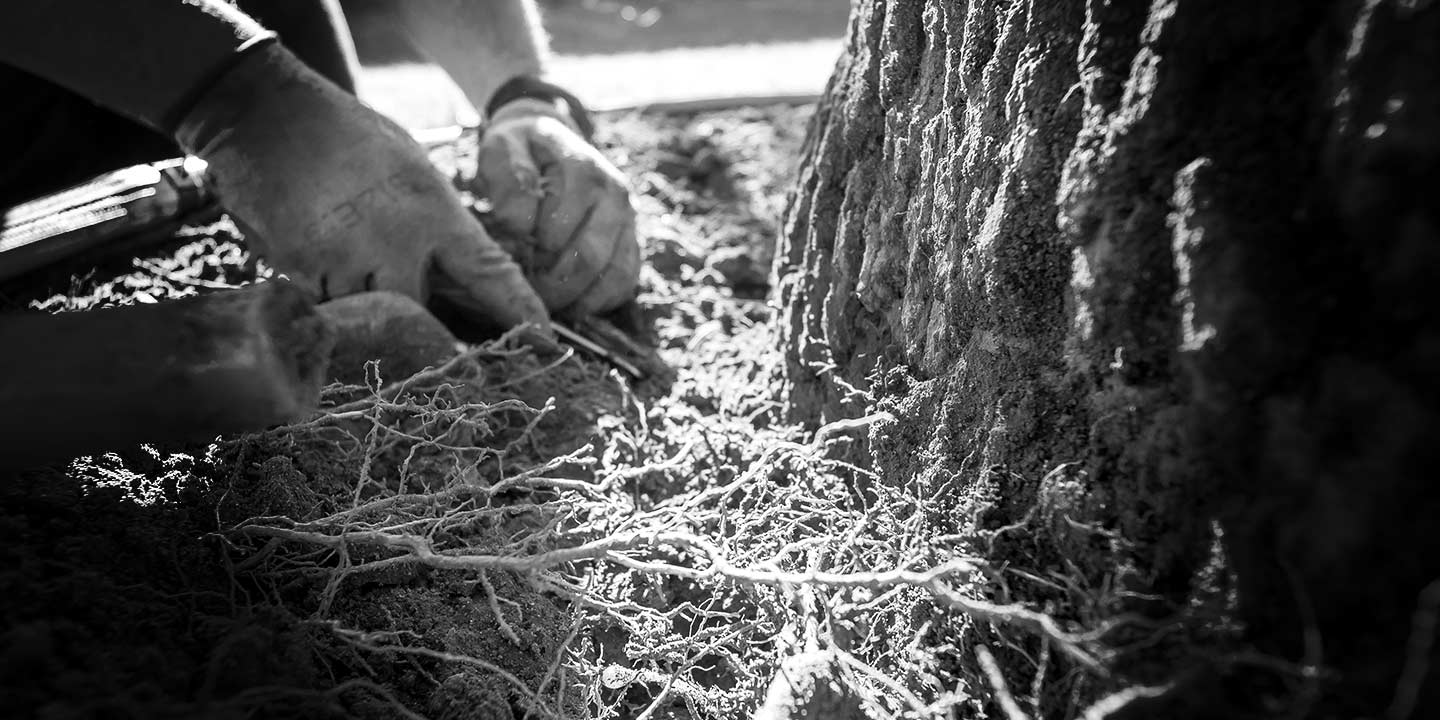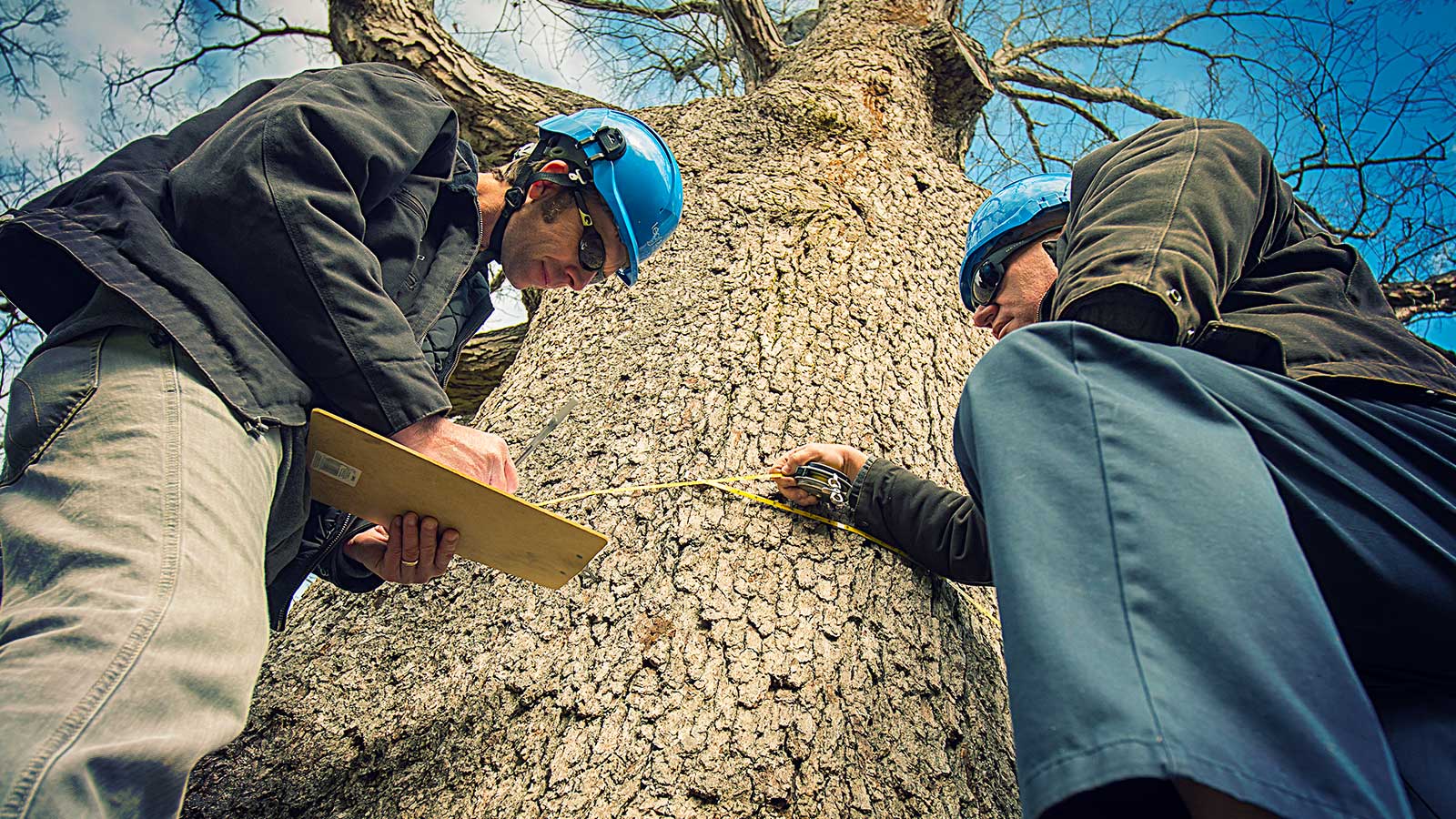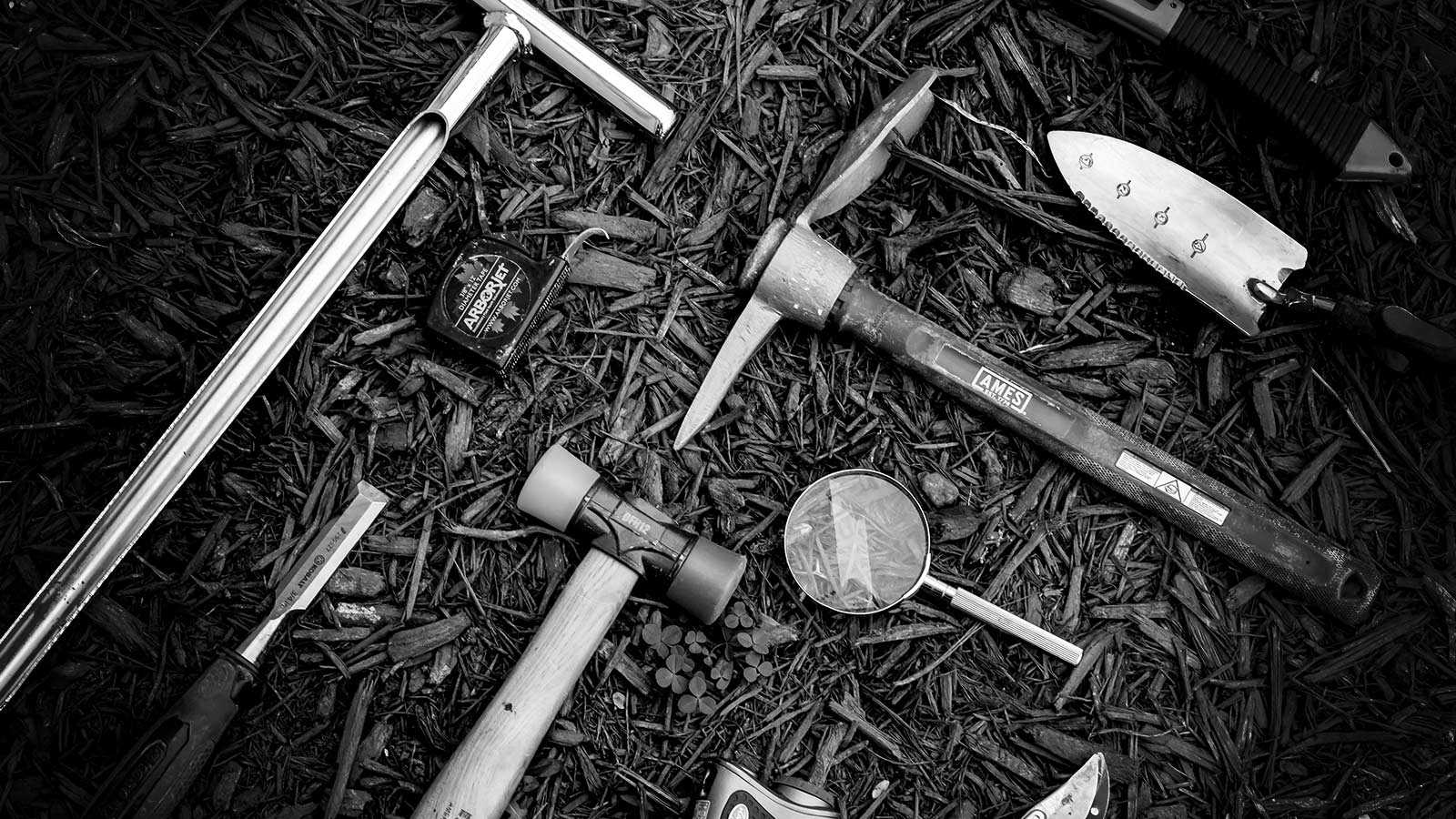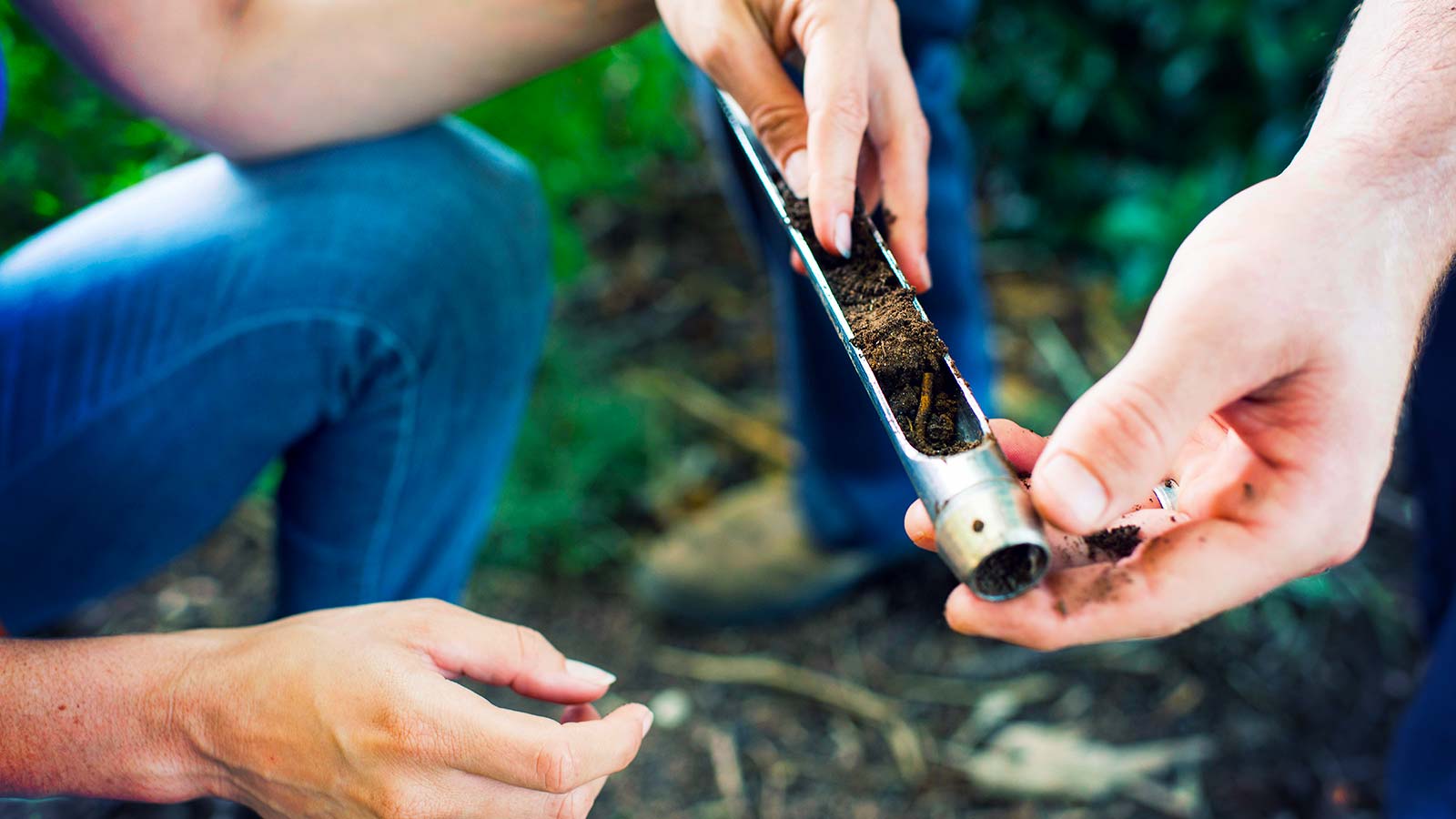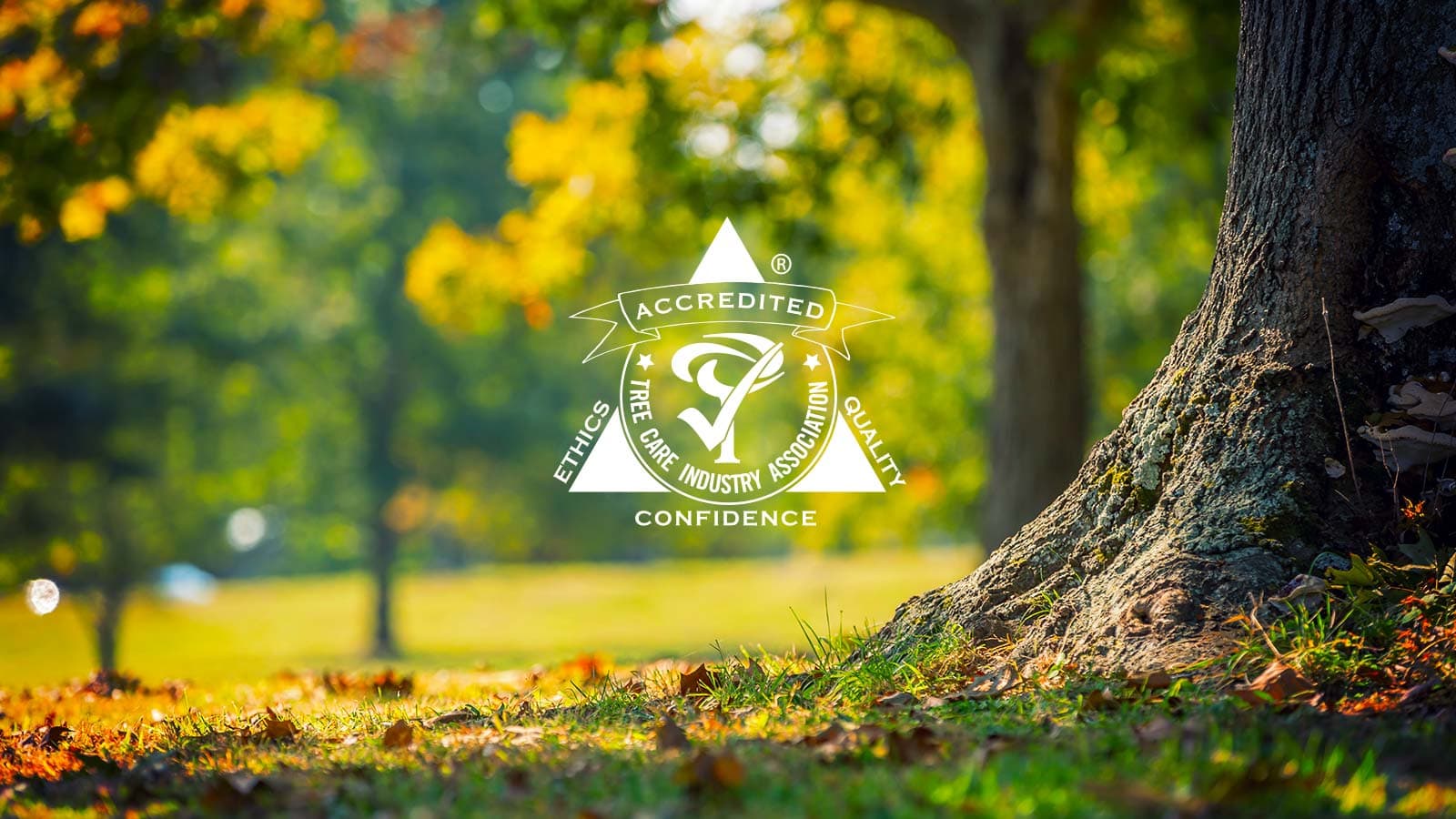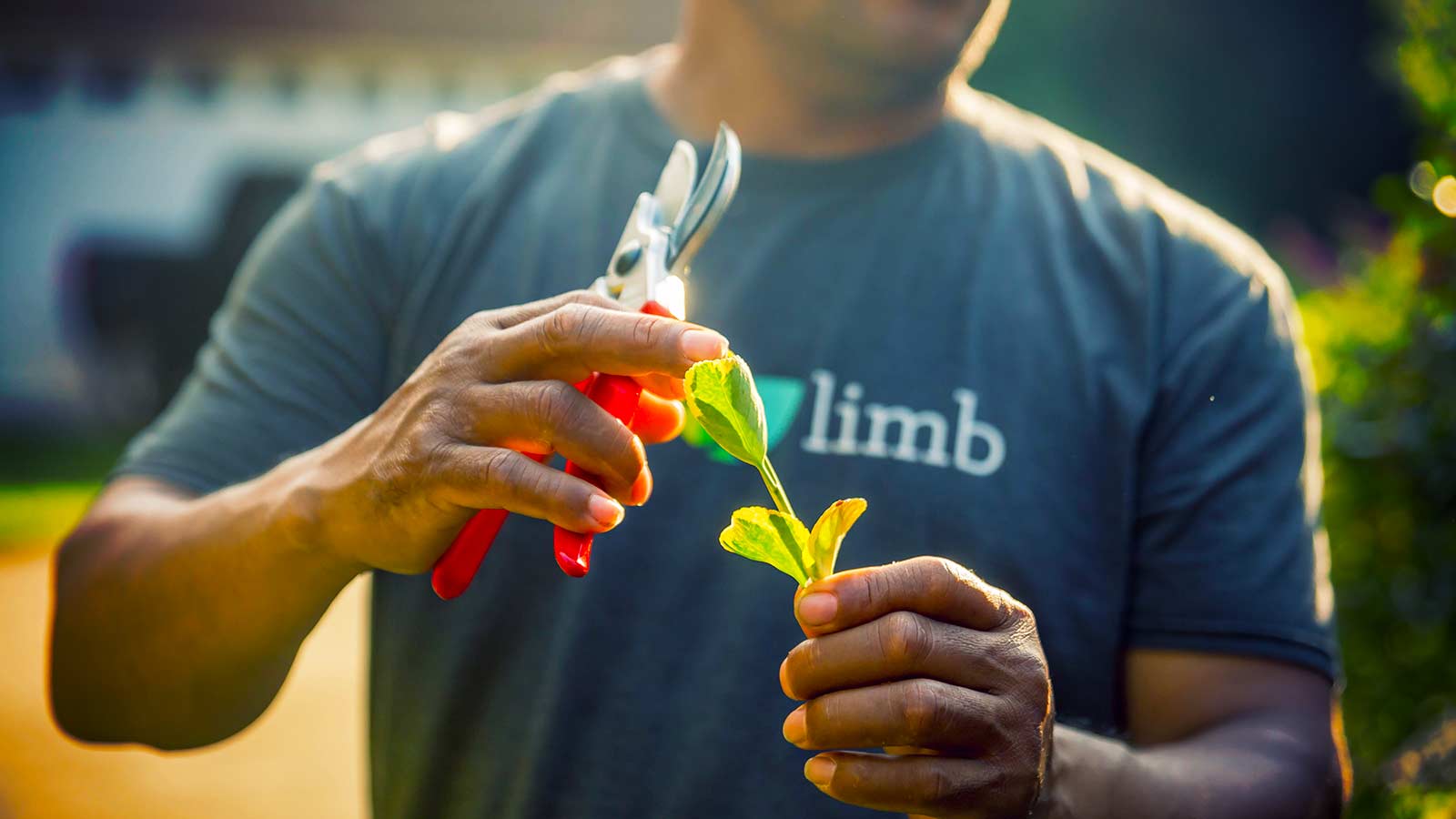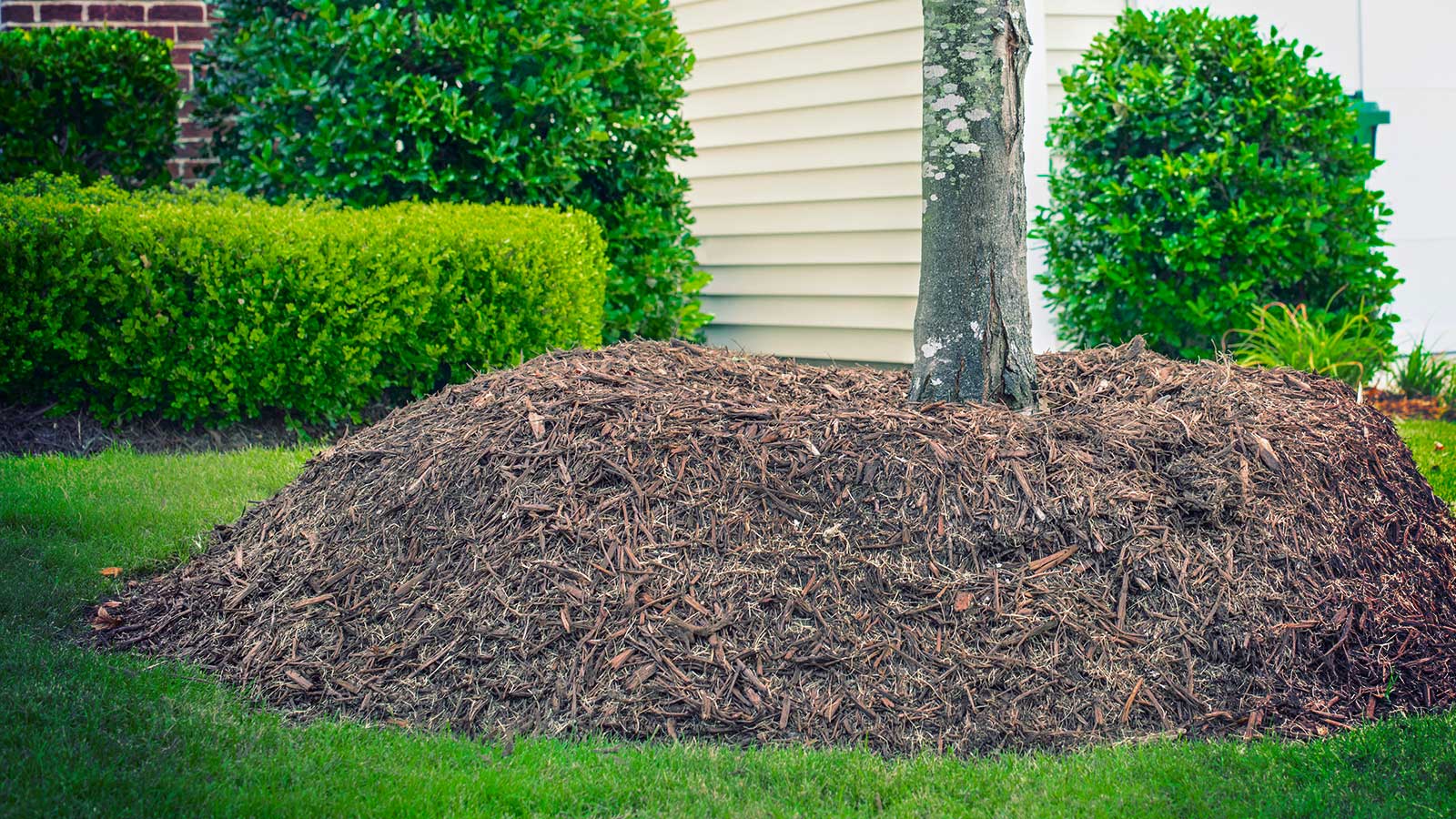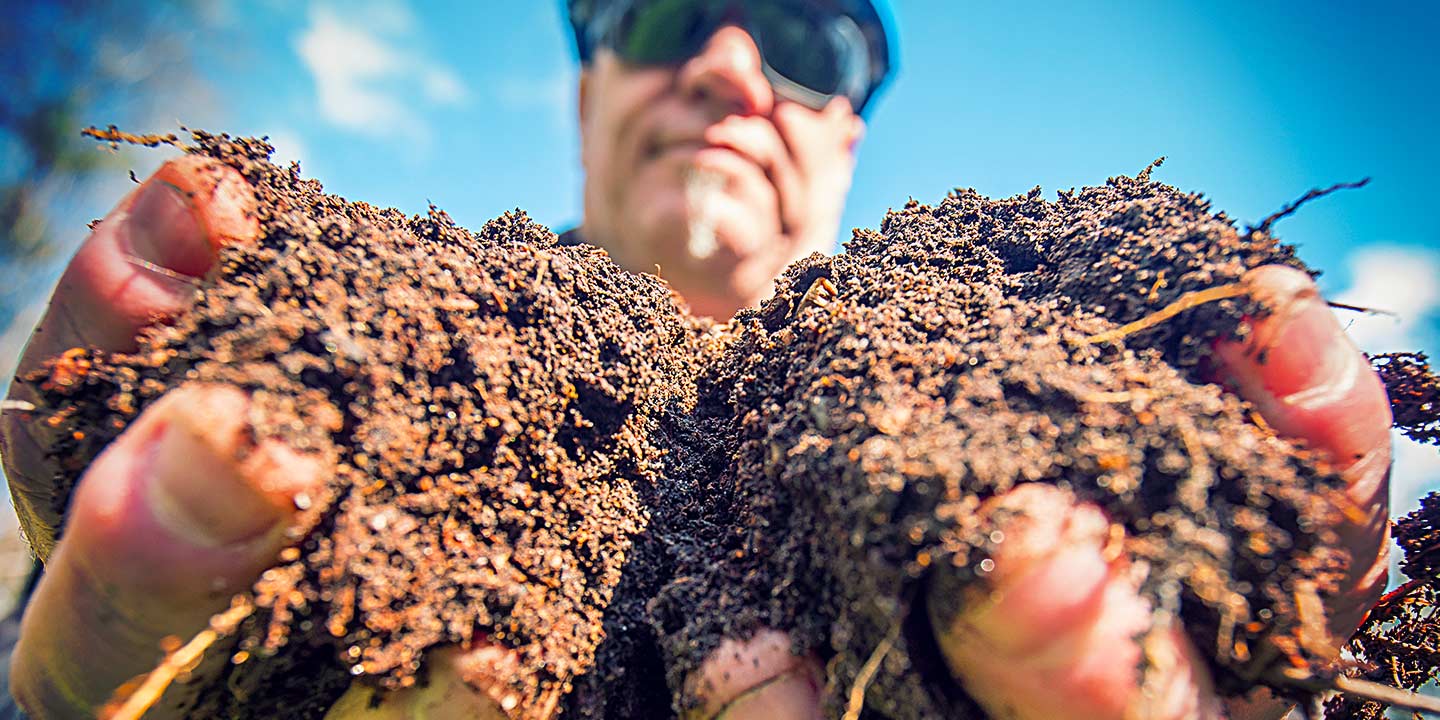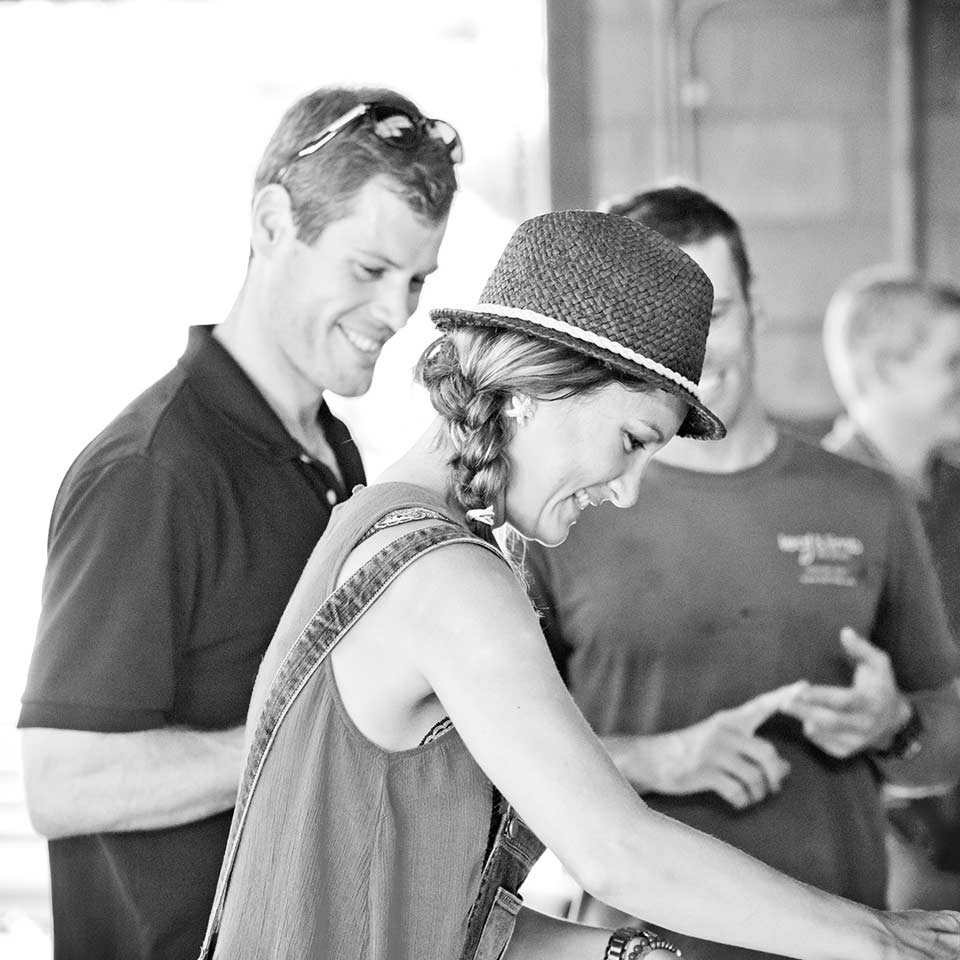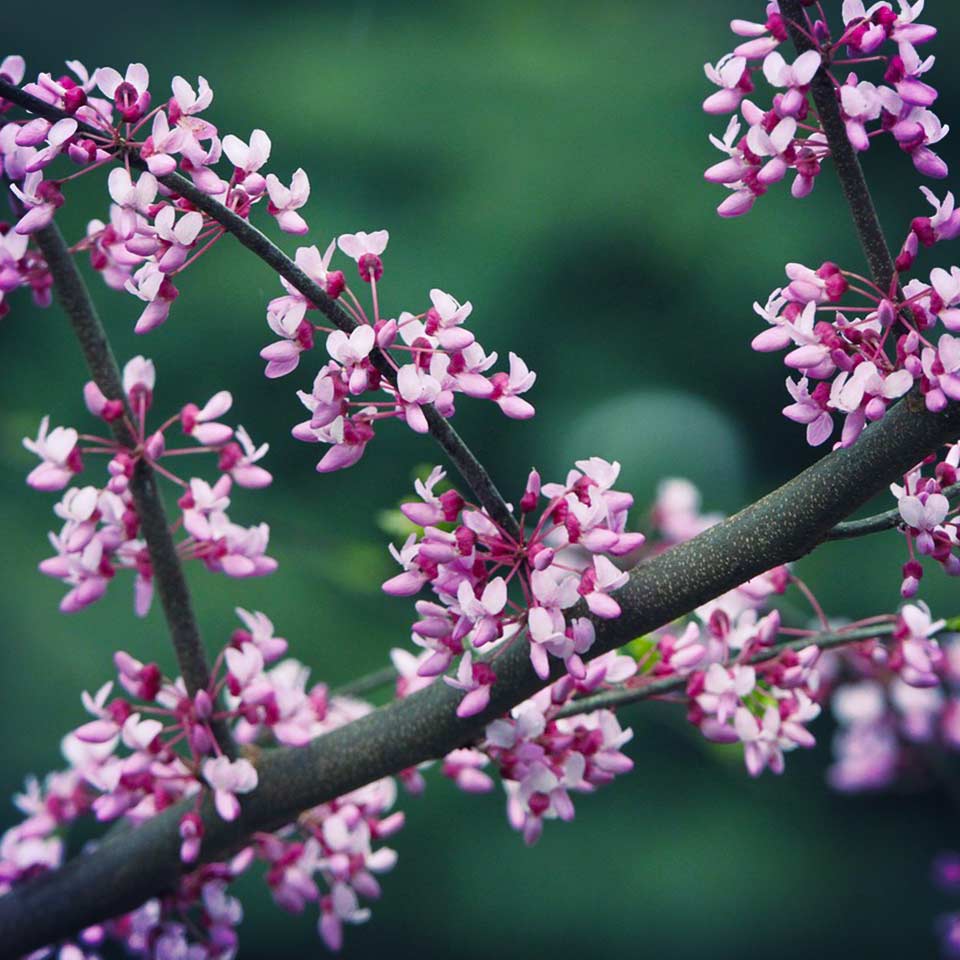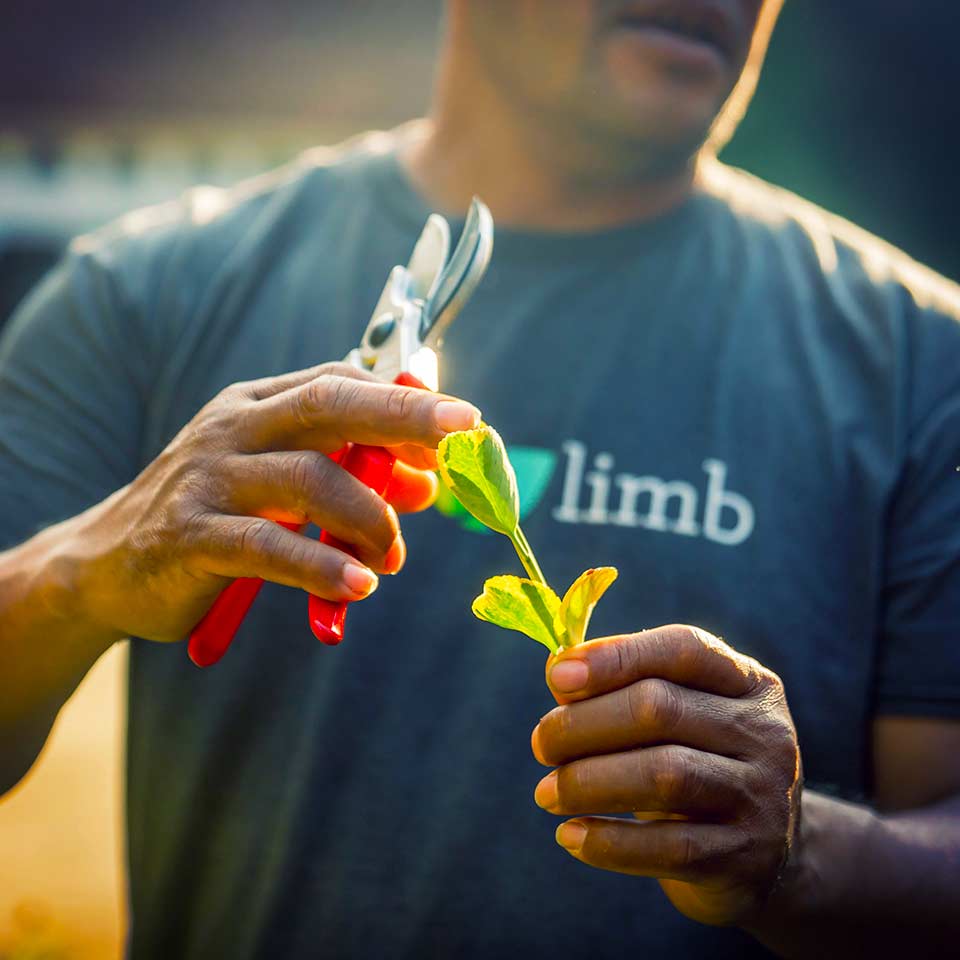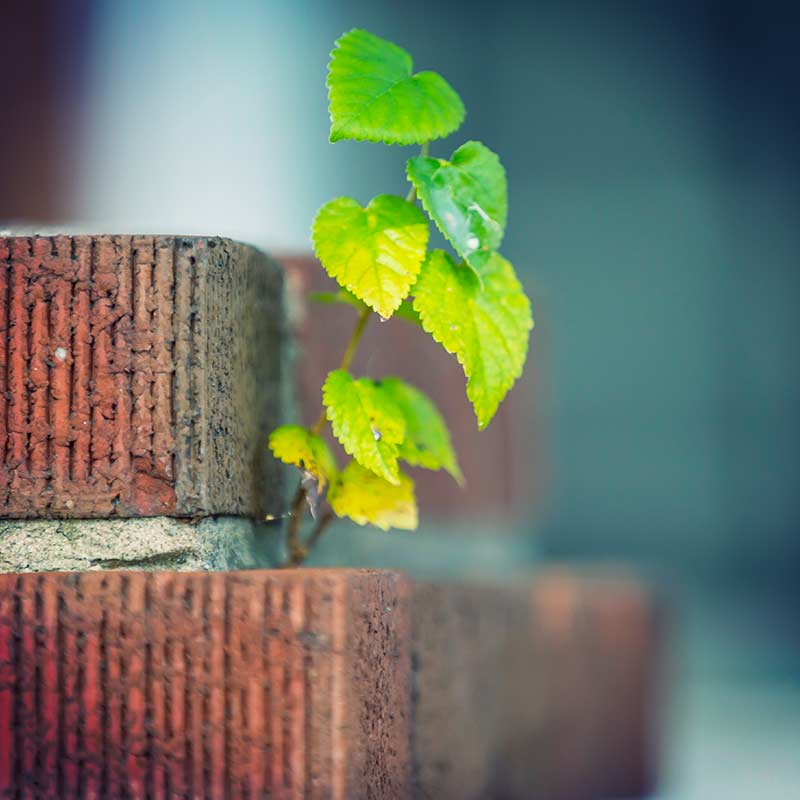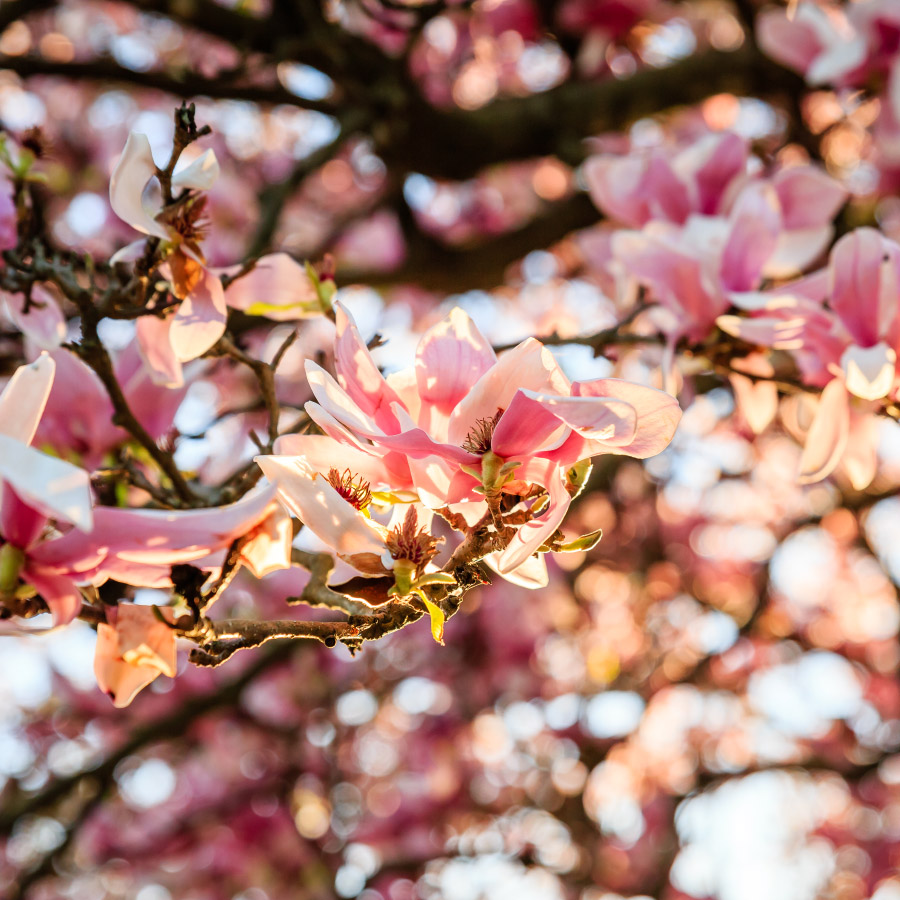Root Awakening: How Construction Projects Can Trouble Your Tree
A guide to understanding how construction activities impact your tree's roots and what to do about it.
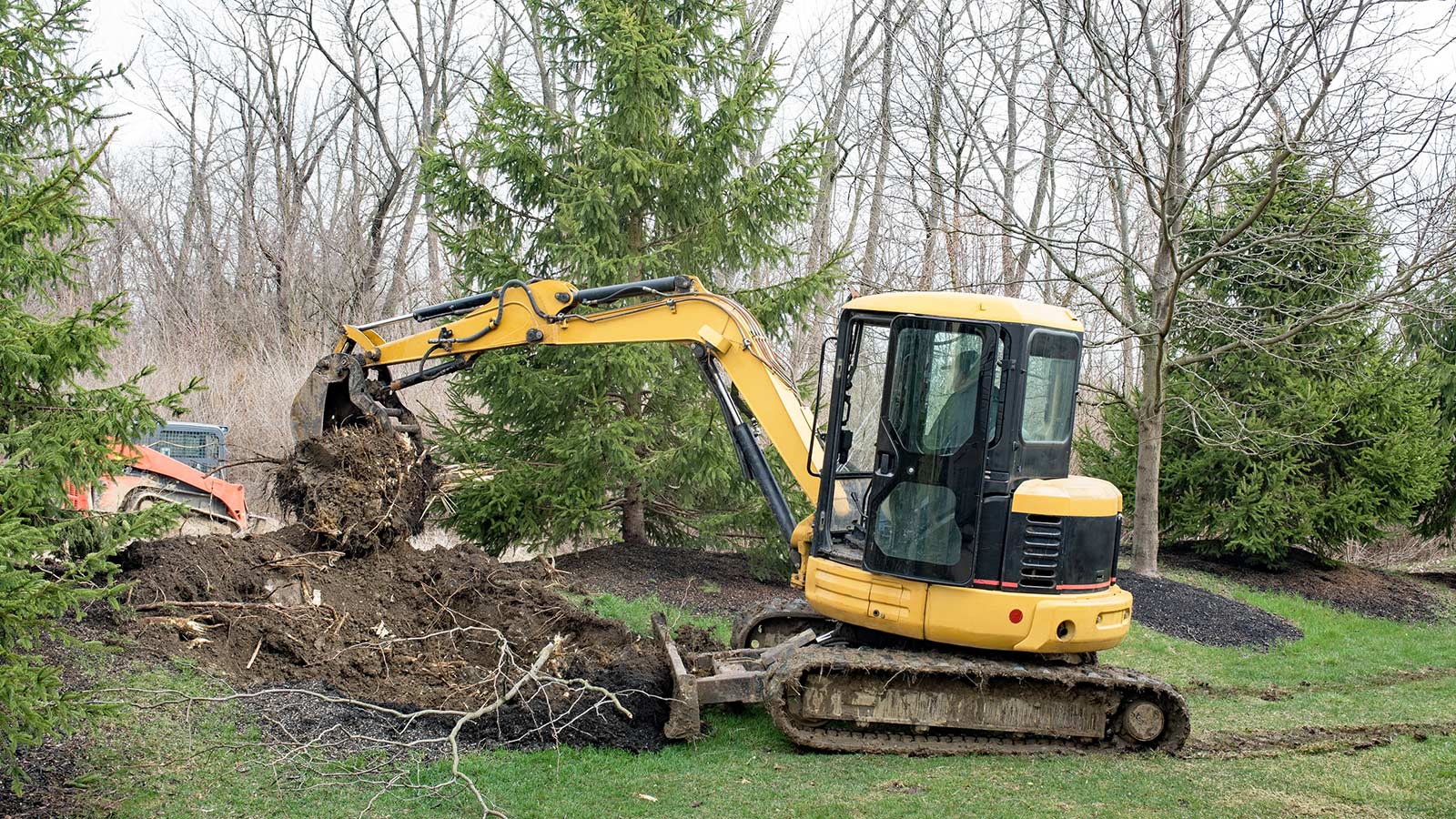
Tree roots are one of the most vital and most vulnerable parts of a tree. Though hidden underground, they play a crucial role in providing stability, absorbing nutrients and water, and forming essential relationships with soil life. Unfortunately, they are also easily damaged, especially during construction projects. In this article, we’ll dig deeper (pun intended) into what tree roots really look like, how construction and landscaping activities can harm them (often unintentionally), and what steps you can take to protect them. By understanding how to preserve the root zone, you can help ensure your trees remain healthy, stable, and resilient for years to come.
Tree Root Systems: Shallow, Sprawling, and Seriously Important
The roots of your tree may account for about half of the mass of the entire tree, but they don’t extend as deeply down as your tree is high—far from it! Roots seldom reach deeper than 2 or 3 feet into the soil. However, if they don’t go deep, they do spread far. They can reach two or three times the diameter of the canopy, and not always evenly in all directions. The roots of large trees may extend well beyond your yard.
Roots not only support the tree but also provide it with nutrients, water, and oxygen. The large roots that emerge from the base of the trunk are the structural roots, forming the framework for the tree’s stability. Smaller roots are essential for collecting the nutrients, water, and oxygen needed for the tree to grow and remain healthy. When we interfere with the root zone, we may compromise a tree’s stability and its ability to stay healthy.
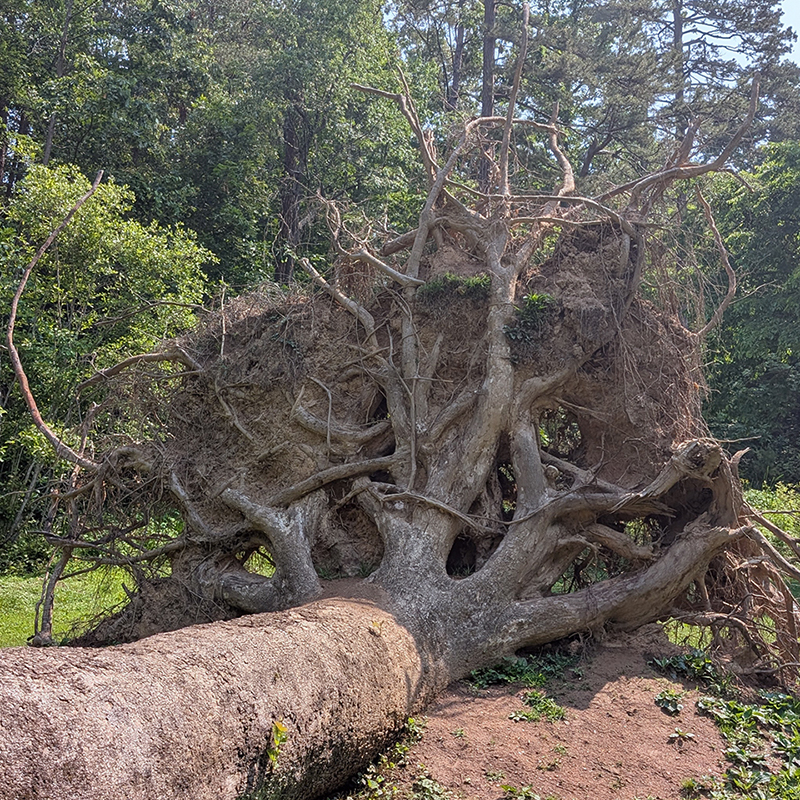
How Construction Damages Tree Roots (Even When You Don’t Mean To)
Out of sight, out of mind, right? This is how we too often treat the part of our tree that we don’t see: the roots. In a way, this is great because often the best thing we can do for our tree’s roots is to leave them alone. But we humans are busy creatures, and we always have plans!
Whether you are a homeowner or a builder, trees often play a significant role in our plans, and our results improve when we can preserve important nearby trees. We might want to construct a patio, a retaining wall, an extension to our home, or even an entire community. Alternatively, we may face drainage issues that require some re-grading. These activities can damage roots in both obvious and not so obvious ways. One obvious way we impact our trees’ roots is by cutting them to create space for foundations or other structures. When we cut roots, we can seriously compromise the tree's stability. Not only could this lead to a loss of structural integrity, but rot introduced through the cut can further weaken the root and trunk. Ultimately, the above-ground portion of the tree that depends on this root may decline and die. It would be a sad irony if our attempts to improve our property and garden resulted in a damaged roof due to limb or complete tree failure.
A less obvious way we harm our trees when we interfere with the root zone is by re-grading the soil for any number of reasons and piling it over the root zone or against the trunk. Soil piled against the trunk encourages rot, which can then spread up the trunk or into the roots. Most of a tree’s feeder roots exist in the top 6 inches of soil because this is where the majority of nutrients, water, and oxygen are found. If roots suddenly find themselves buried under a foot of dumped earth, they may suffocate, struggle to perform their function, and eventually rot and die. It’s the metaphorical equivalent of slapping a pillow over the face of a sleeping human and holding it down. Nobody intends that kind of violence!
One of the least obvious ways we harm our trees’ roots is by compacting the soil over the root zone with heavy machinery. This is just as damaging, and often worse than that metaphorical pillow, because compacted soils quickly become depleted of the nutrients, water, and oxygen that sustain life. Consequently, the roots, along with the countless critters in the soil that support and partner with them, cannot fulfill their roles, leading to their decline.
Where to Draw the Line: Mapping Tree Root Safety Zones
So, how can we make changes to our homes or yards without harming our trees? Surely, there’s a compromise. How close is too close?
We can use a method to define two important root zones using some simple math.
The area beneath the canopy roughly encompasses the critical root zone (CRZ). To define a minimum CRZ, we begin by measuring the trunk's diameter at 54 inches from the ground. This measurement is referred to as diameter at breast height (DBH), which is the standard way of expressing trunk diameter. Measure this in feet.
Now, multiply this by 18. If your tree has a DBH of 1 foot, pace off or measure 1 ft X 18 ft from the edge of the trunk. If your tree has a DBH of 2 feet, you will measure 2 X 18, which equals 36 feet from the edge of the trunk. Then, extend that distance to define a circle around the tree. The area inside this circle is the minimum critical root zone.
There’s one more root area to define and measure. Do this in the same way but multiply your DBH by 6 instead of 18. The area inside this circle is the structural root zone. Cutting roots within the SRZ could destabilize the tree.
Watch this short video to get a visual of this process.
Here's a simplified formula:
- Measure trunk diameter at 54" from the ground (aka the DBH).
- CRZ: Multiply DBH (in feet) × 18 = radius in feet
- SRZ: Multiply DBH × 6 = radius in feet
Draw a circle using this measurement from the trunk to mark each area.
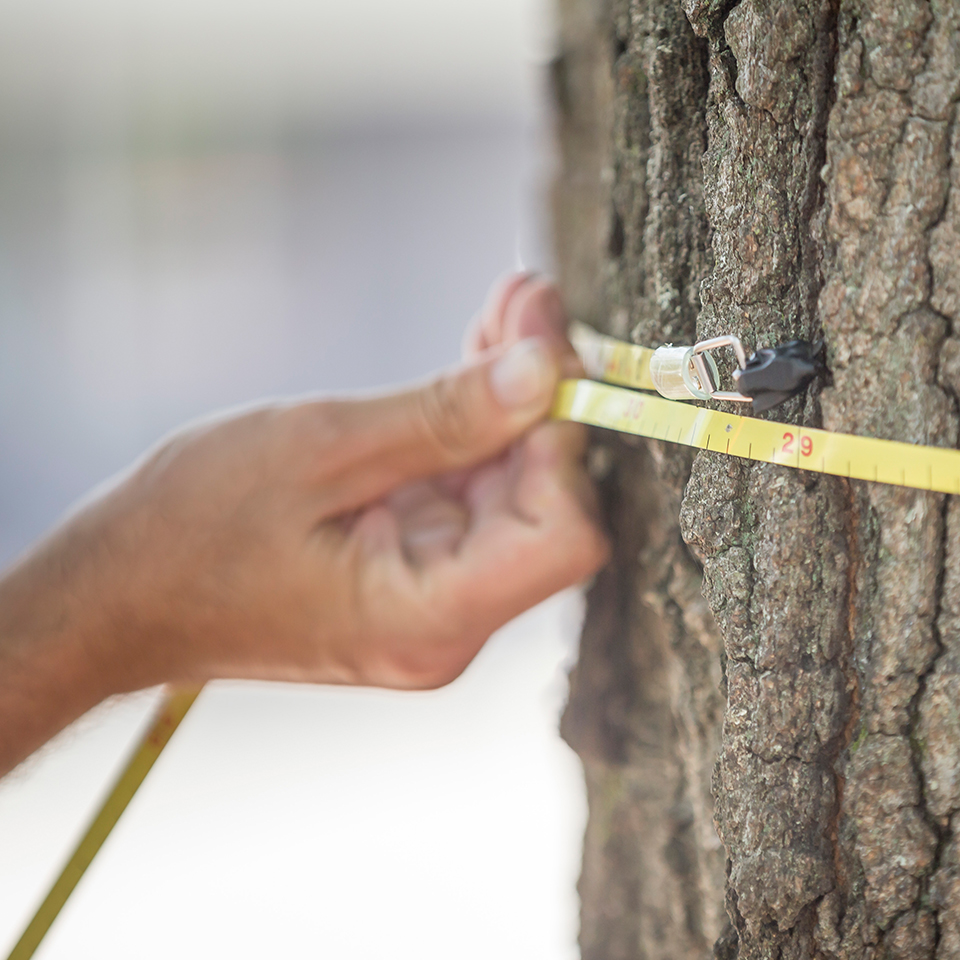
The area outside the SRZ but still within the CRZ is where cutting or burying roots or compacting the soil could damage the tree’s health, although it likely won’t affect the tree's stability. Since trees grow roots wherever they please and don’t do math, we can’t know for sure where they are when planning work. Read on to find out what we can do.
Tree Protection Plan: How to Build Without Hurting the Roots
Meet with one of our treecologists or a qualified professional in your area before beginning construction. They can assist you in determining acceptable distances and amounts of root encroachment, and in making plans for tree care before, during, and after construction. It is crucial that the crews performing the work understand and follow the plan. A well-crafted plan could include the following components:
- Measure the CRZ and SRZ and fence them off before construction, if possible. Use metal fence panels, as thin plastic fencing isn’t respected as a serious barrier.
- Install 12 inches of wood chip mulch everywhere where traffic or machinery will drive over the CRZ. This will ease root compaction.
- Water root zones with 10 to 20 gallons per inch of trunk diameter each week and apply monthly compost or compost tea infusions during construction.
- Where construction requiring root cutting occurs within the CRZ, expose the roots with air tools and ensure they are cut properly rather than being ripped up by an excavator. Call us to help you with this!
- Ensure that no excavated soil or dirt is piled up within the CRZ
- After construction, ensure the soil within the CRZ is improved, de-compacted, and that fresh mulch is applied. We can also do this!
While you’re waiting, read pages 88 to 91 in our free Ebook “From Wasteland to Wonder.” You will discover in more detail why these things matter. You can take other actions as well, depending on what your project involves and how close construction comes to tree roots. Call us before starting a project, and one of our treecologists can help you devise a plan that will protect your trees.
Tree Roots in Pipes: Myth, Misunderstanding, or Menace?
It’s well-known that tree roots can plug up water and sewer pipes. How this happens is often misunderstood. Roots grow where water, nutrients, and oxygen are found. They cannot “drill” through pipes. What they can do is to exploit existing cracks in pipes where plenty of (ahem) nutrients, water and oxygen are provided every time we flush. Check out more with this informative video.
